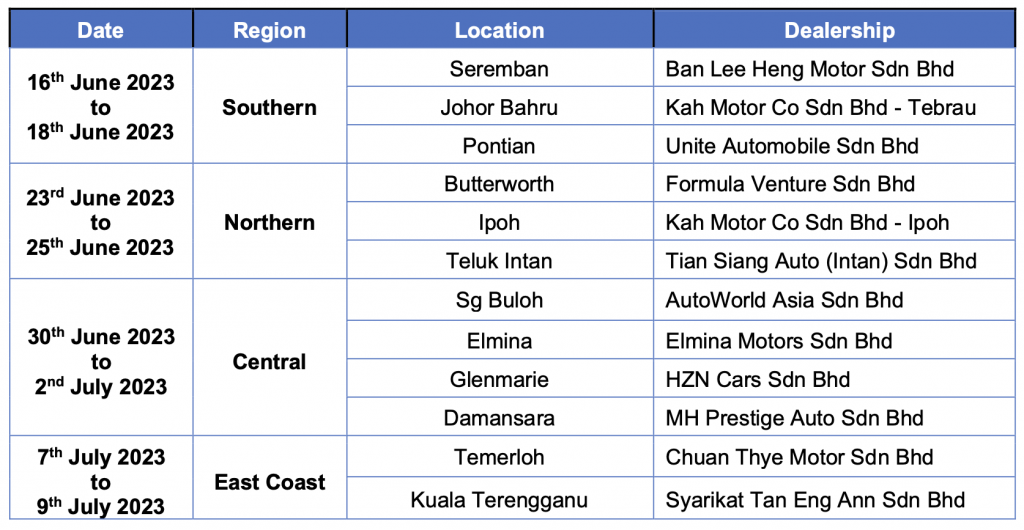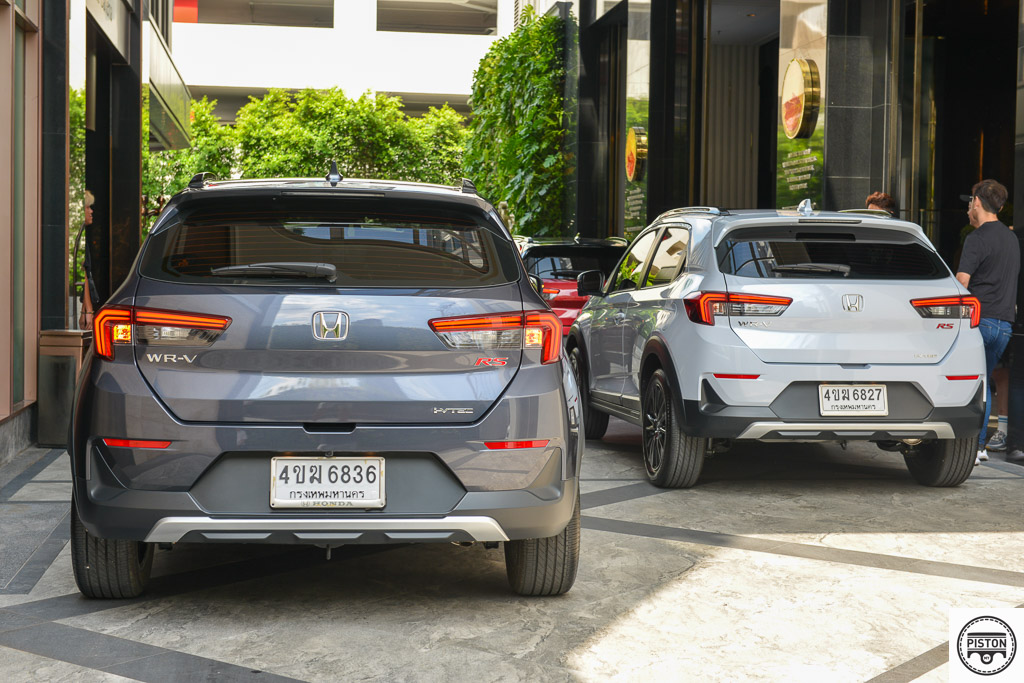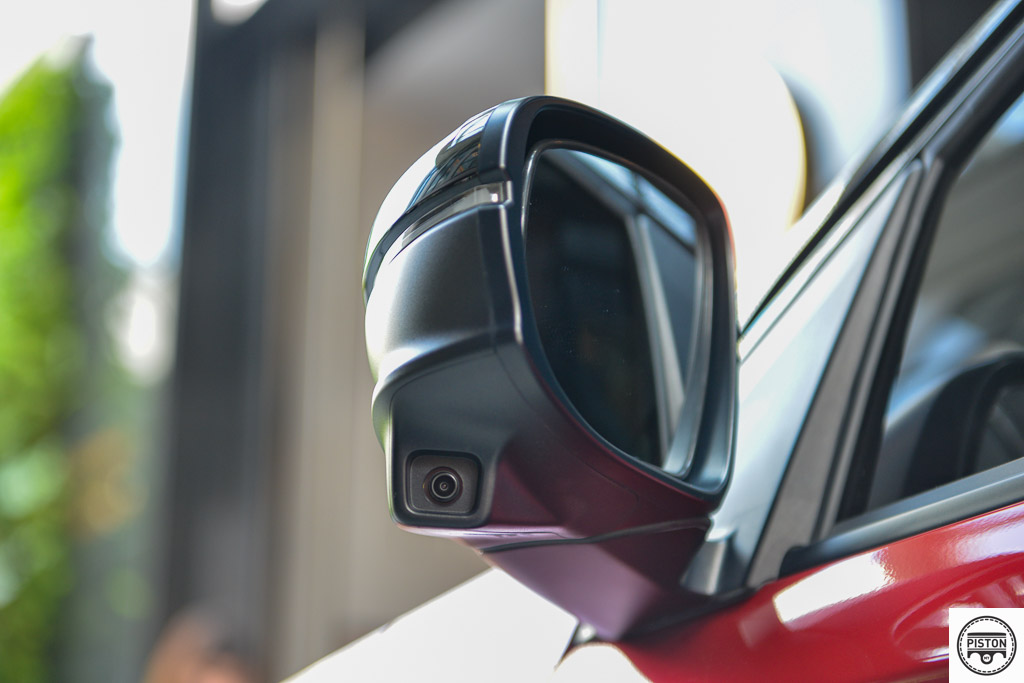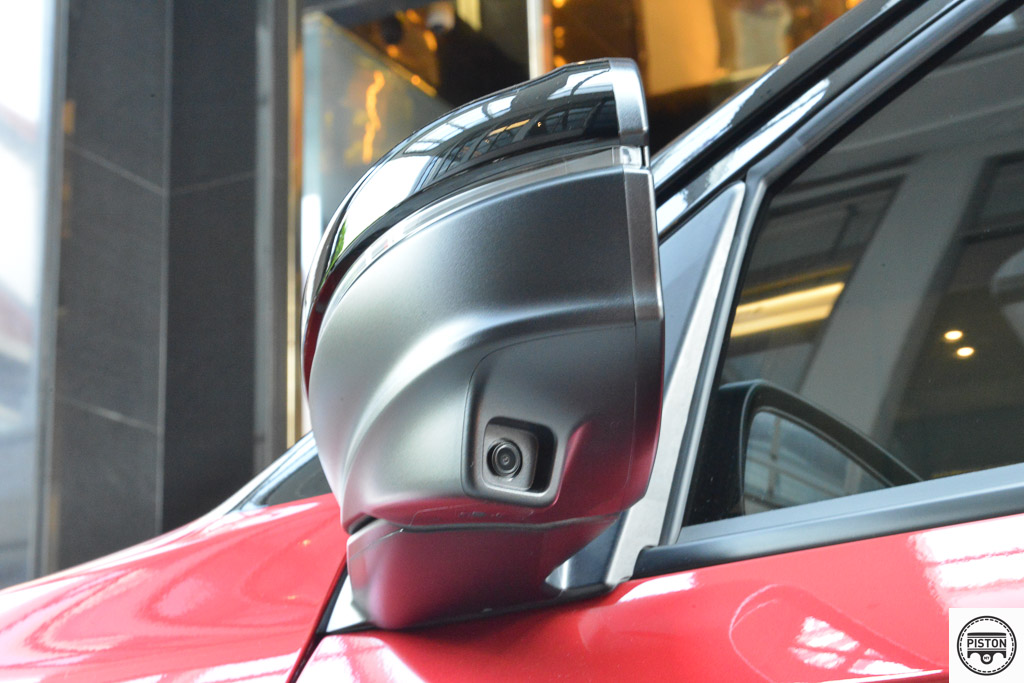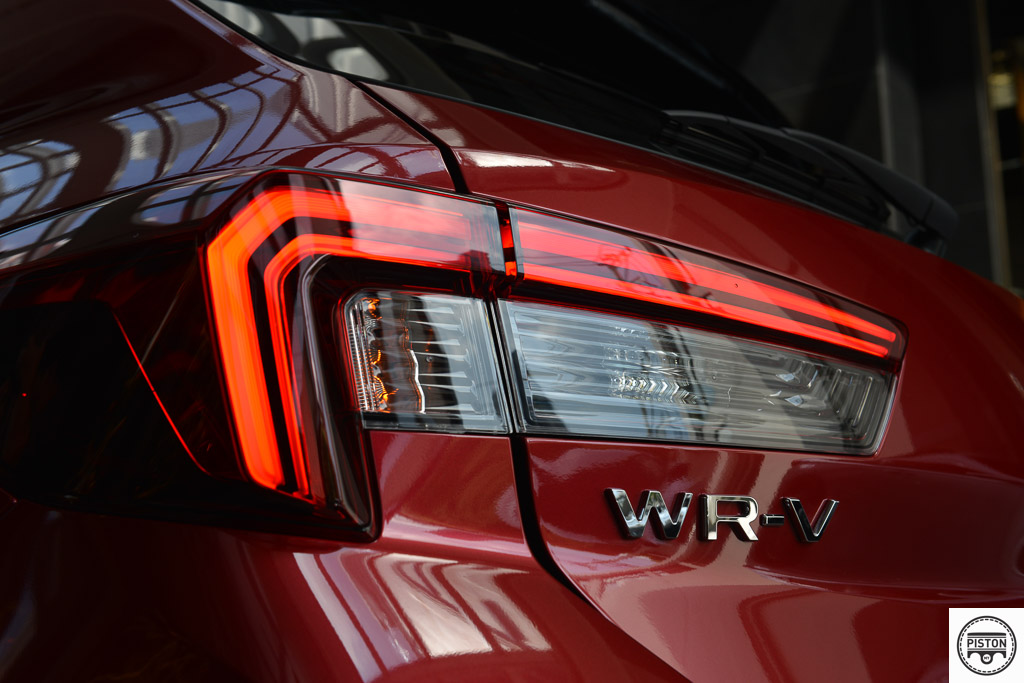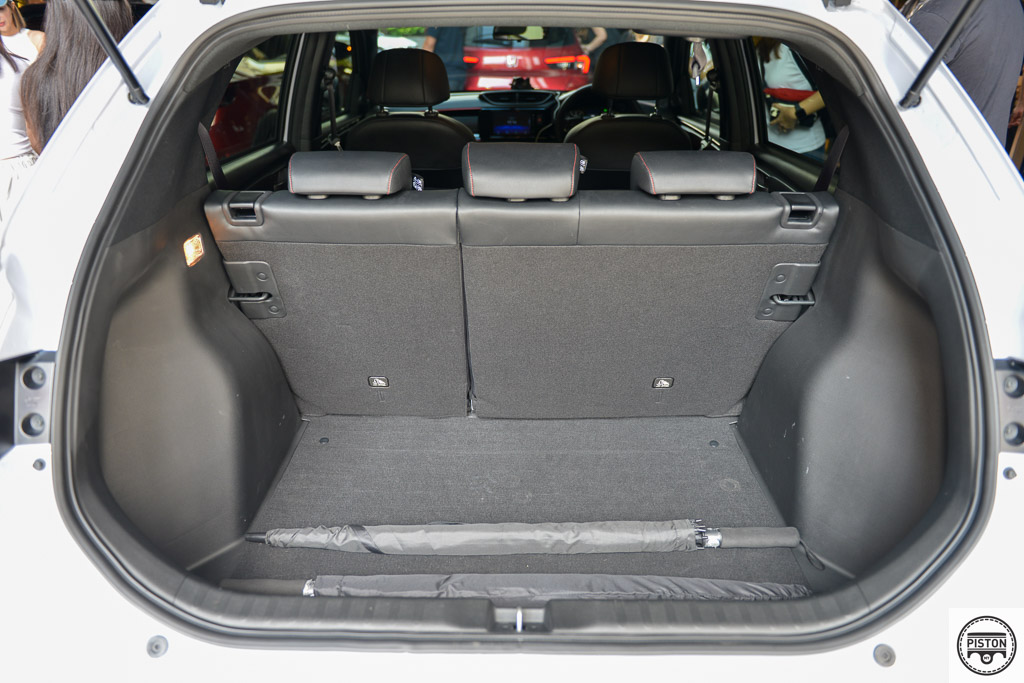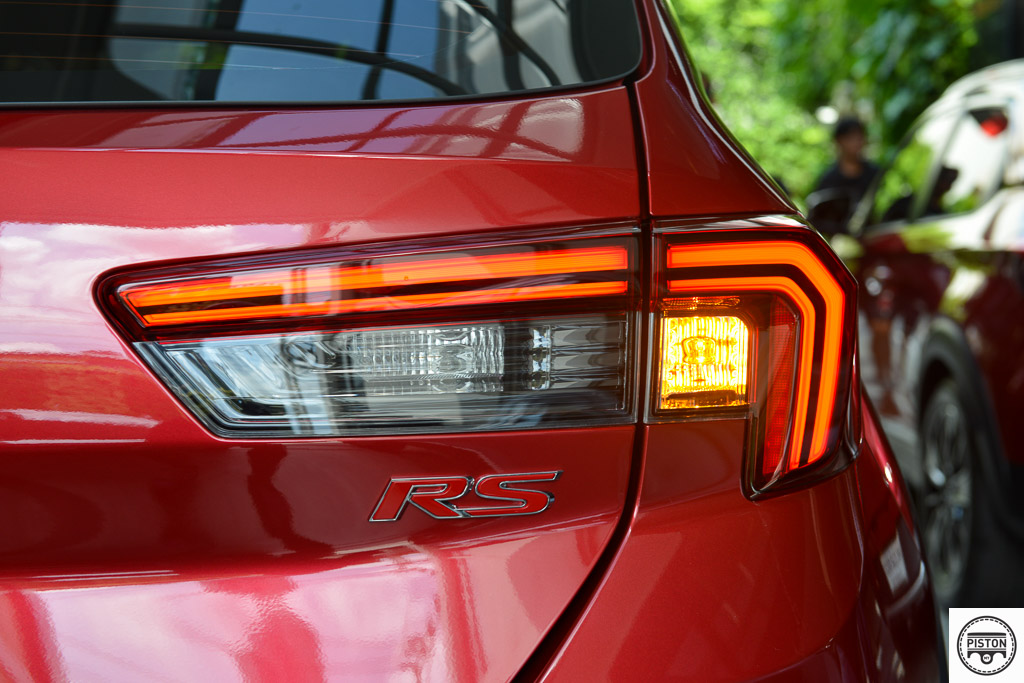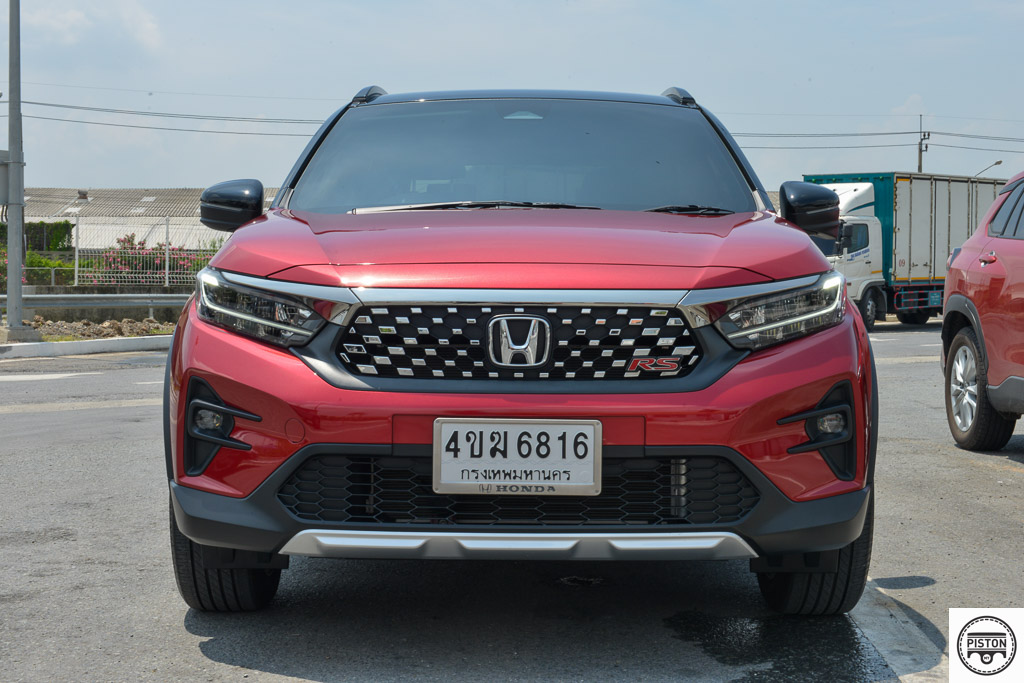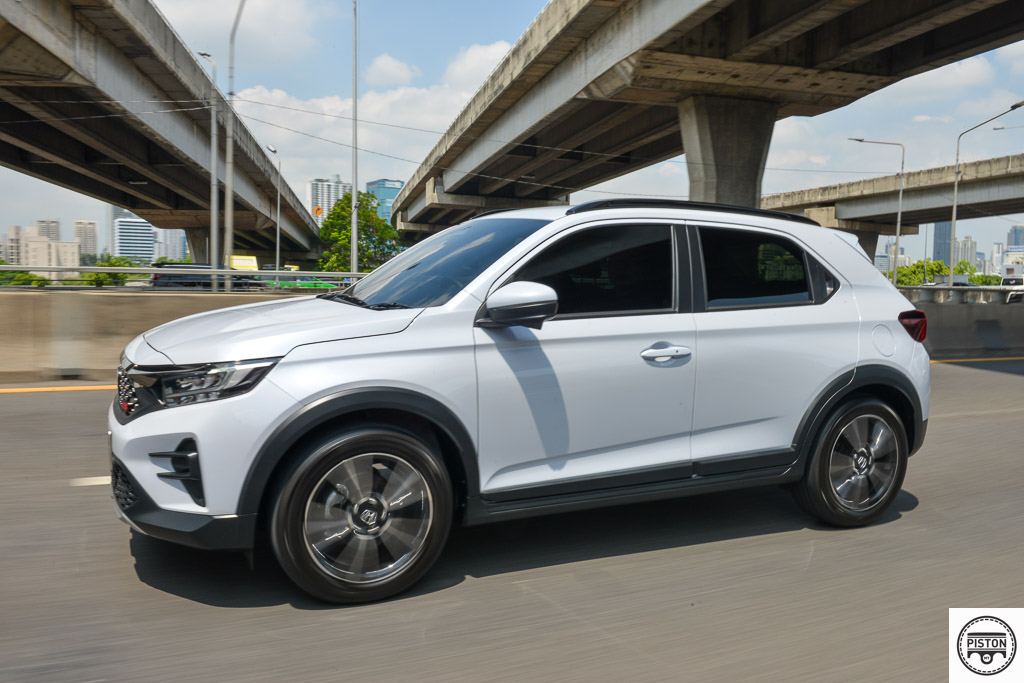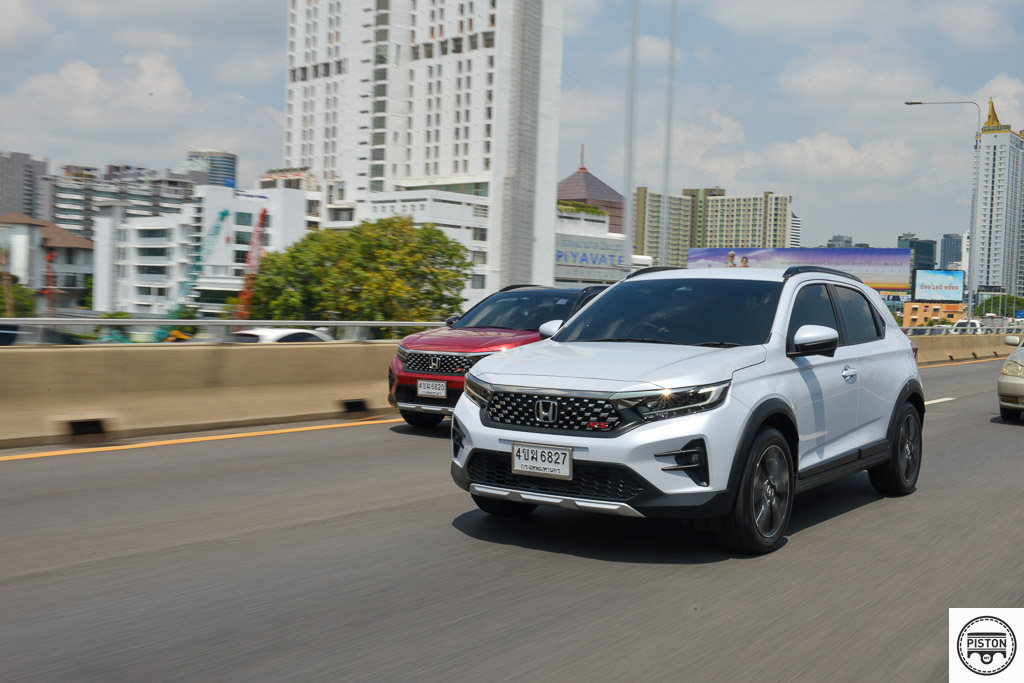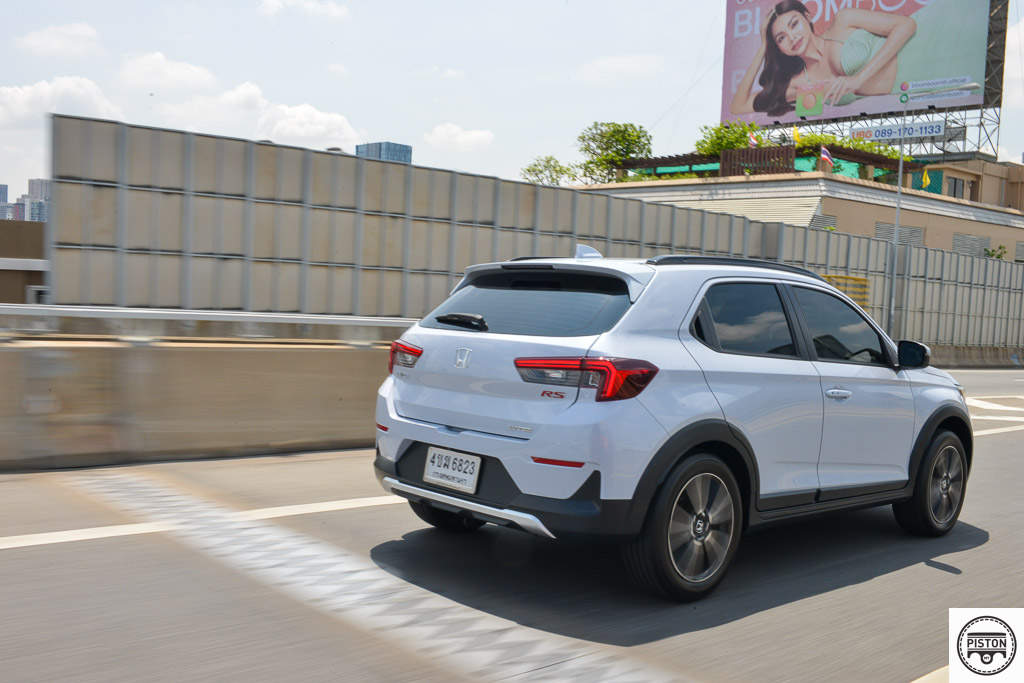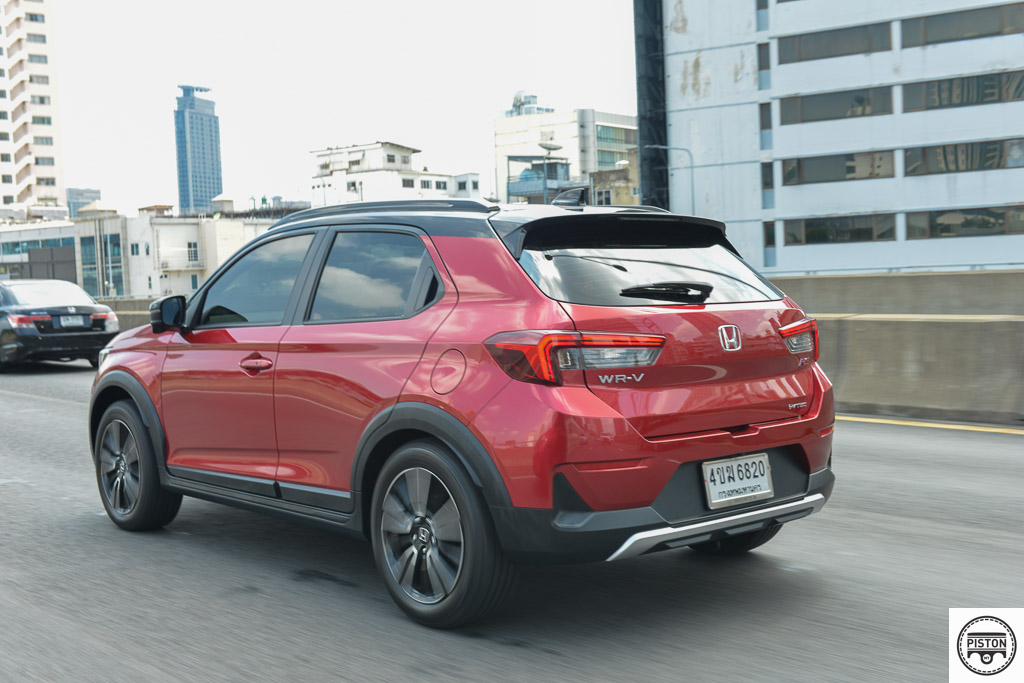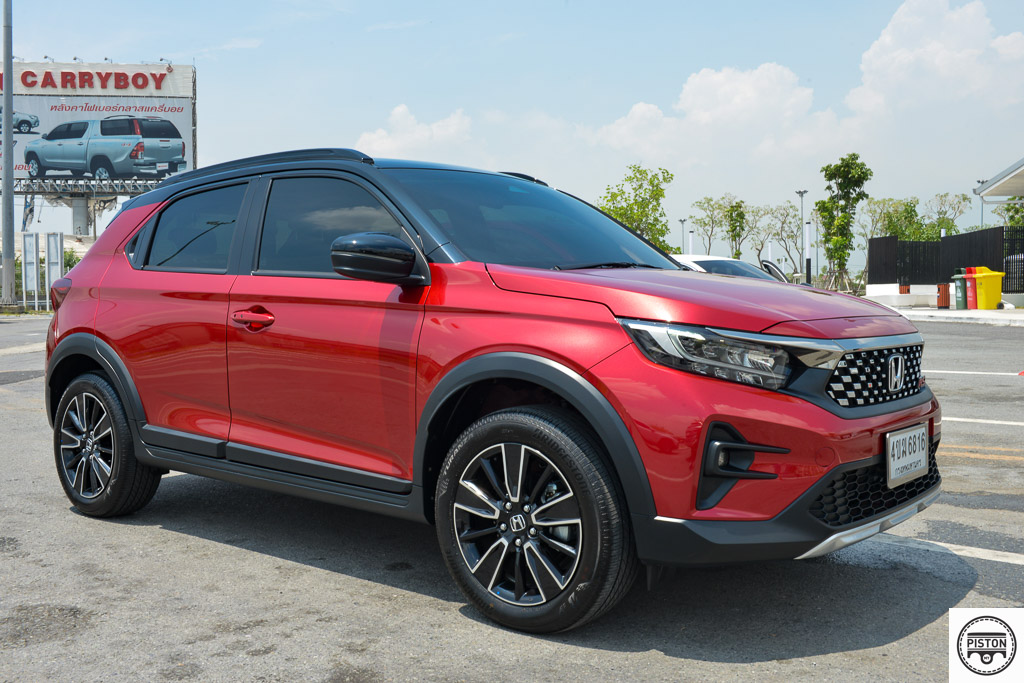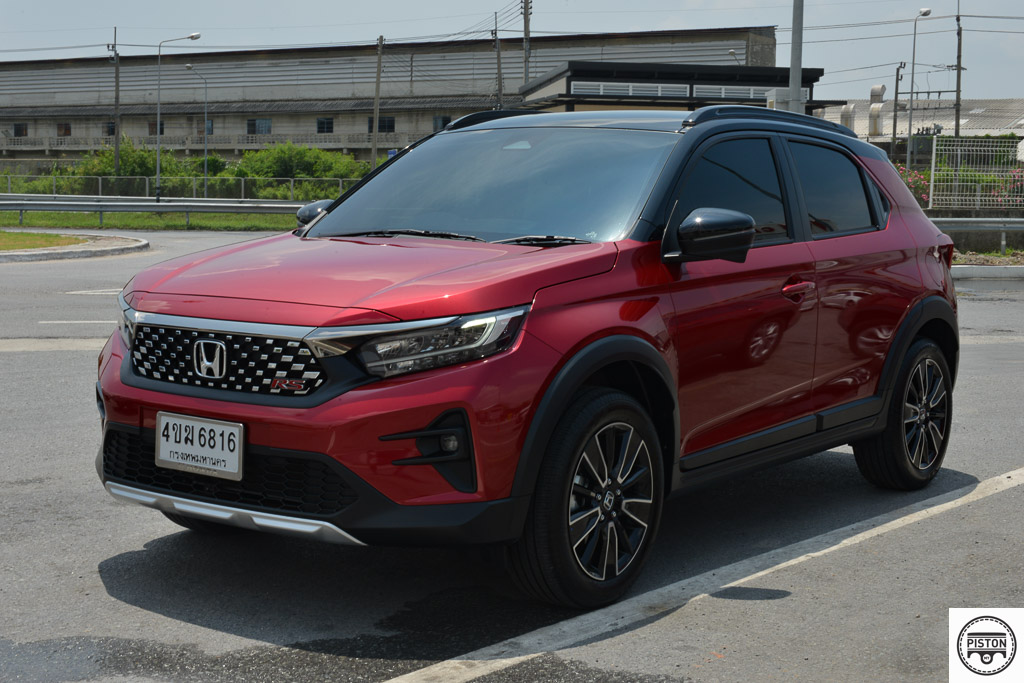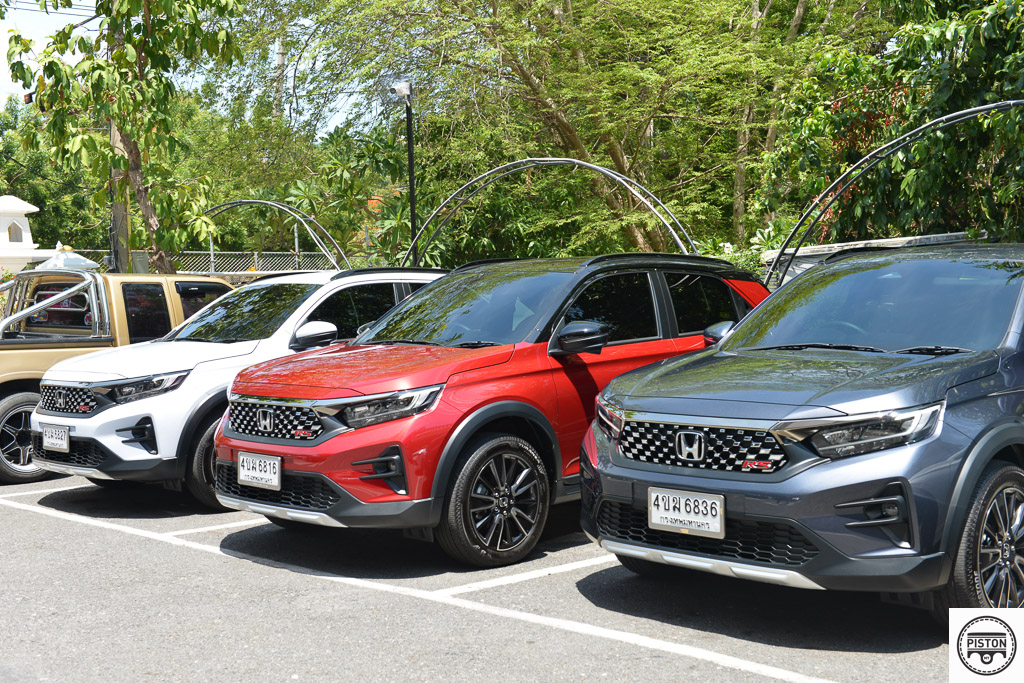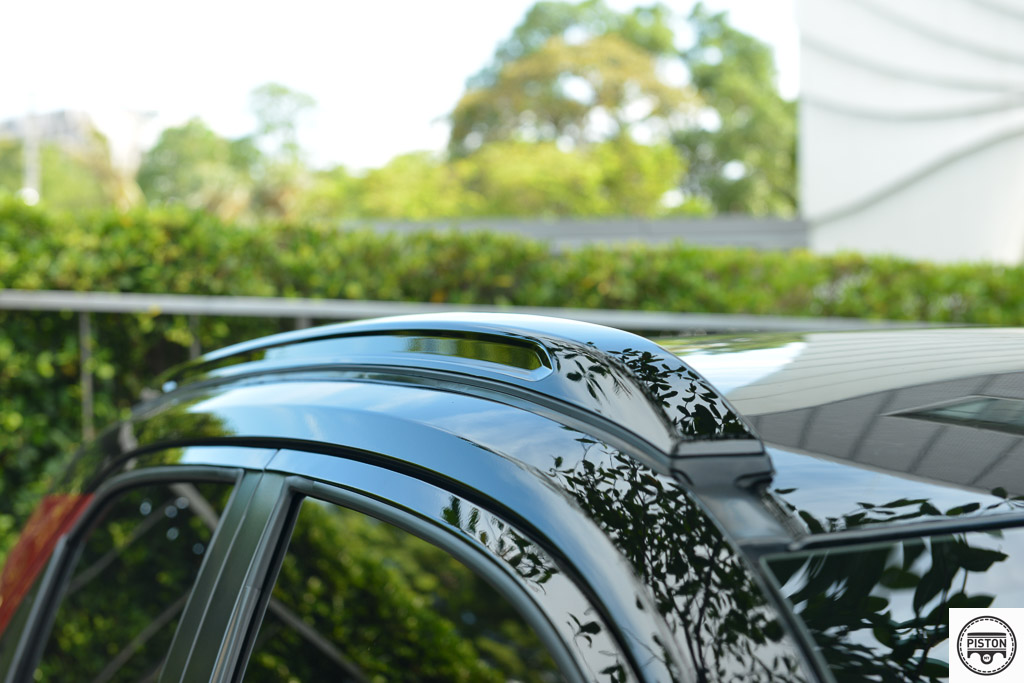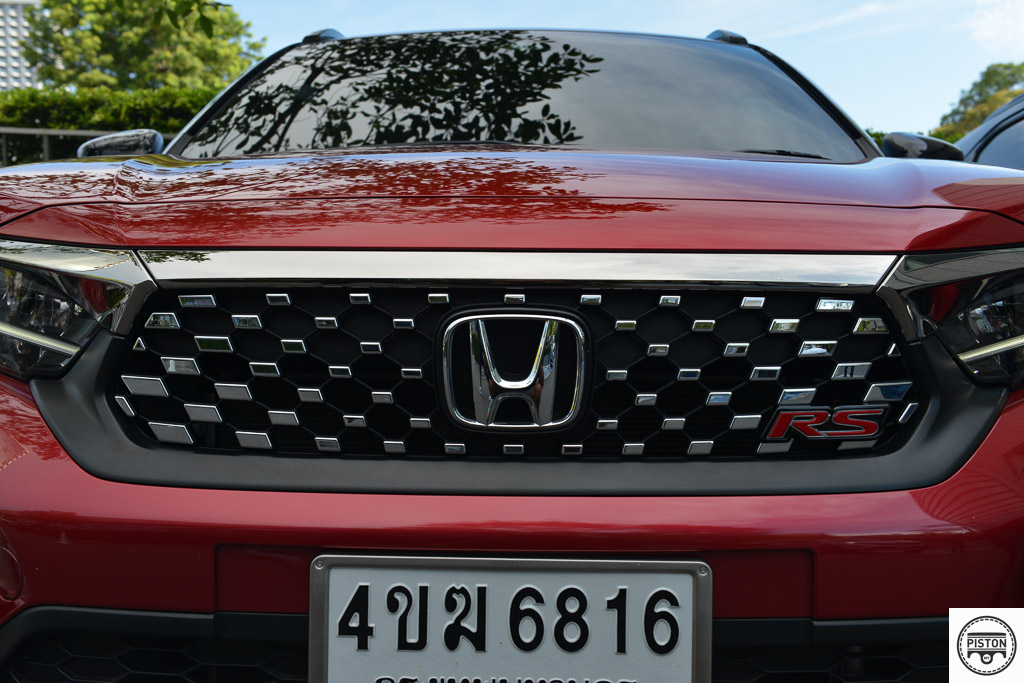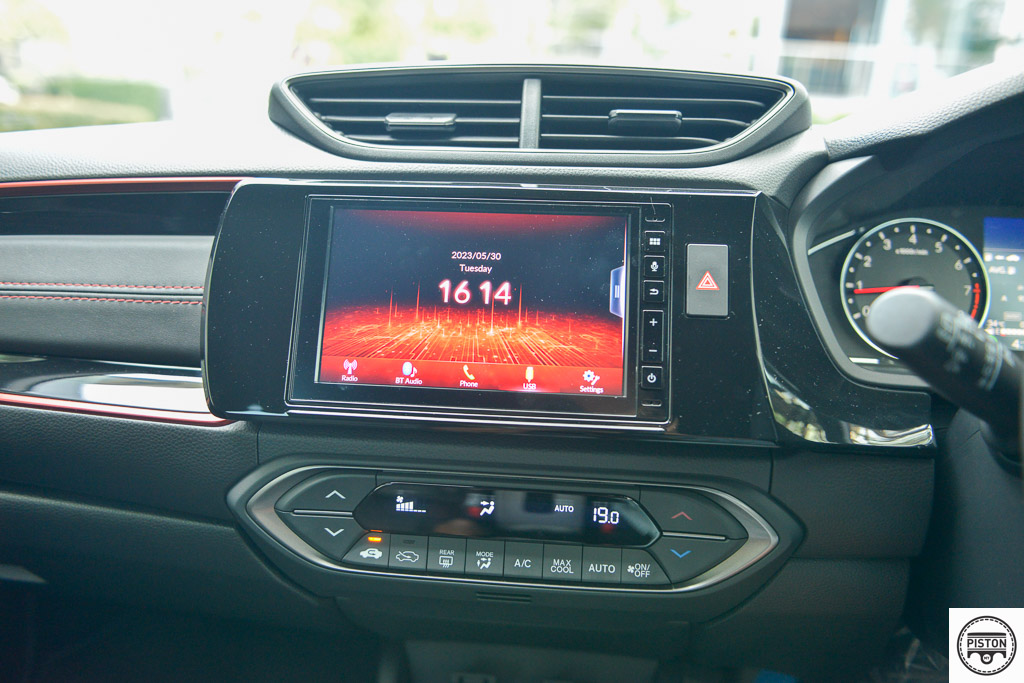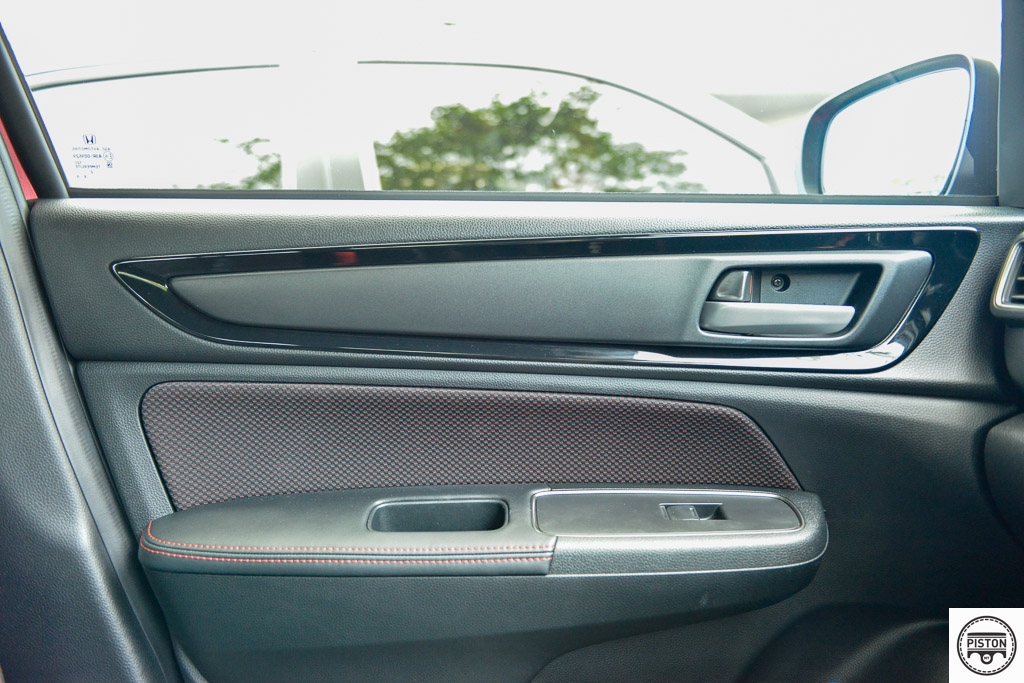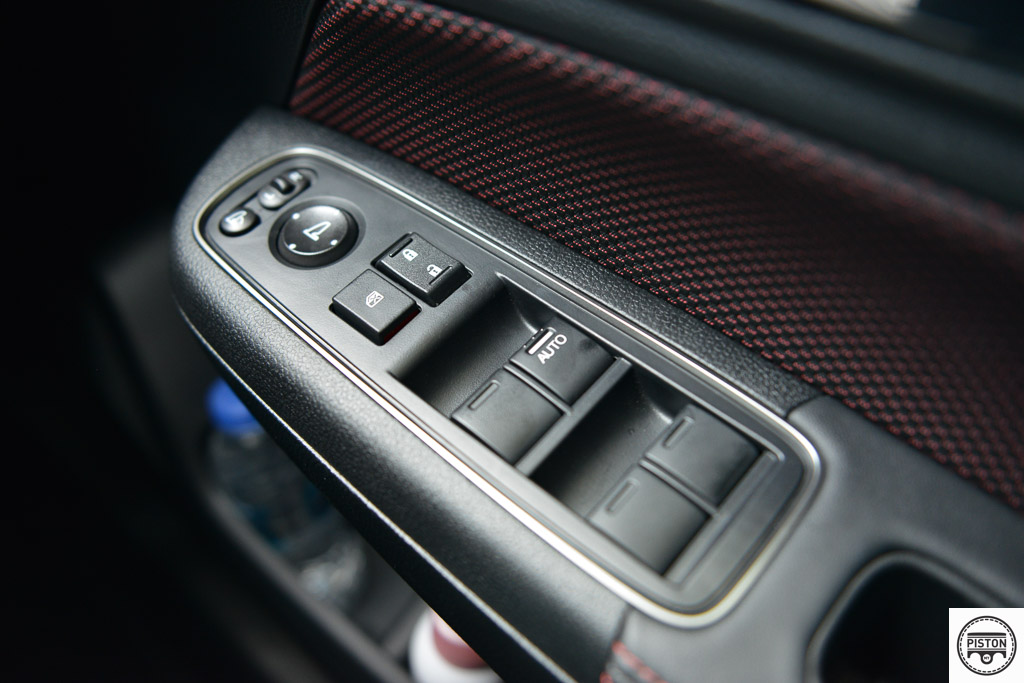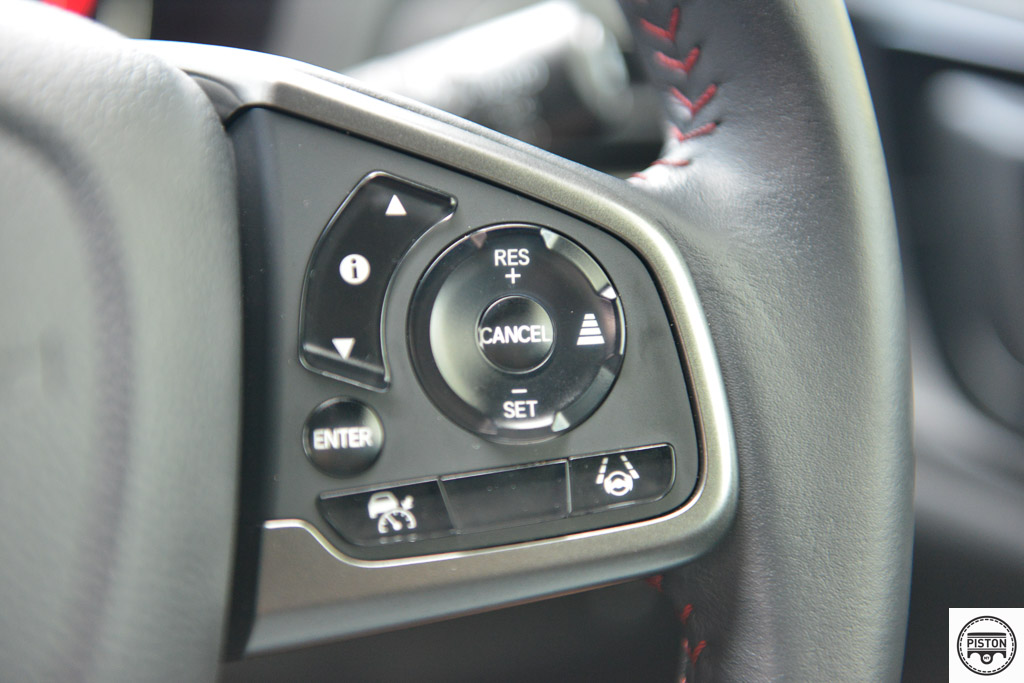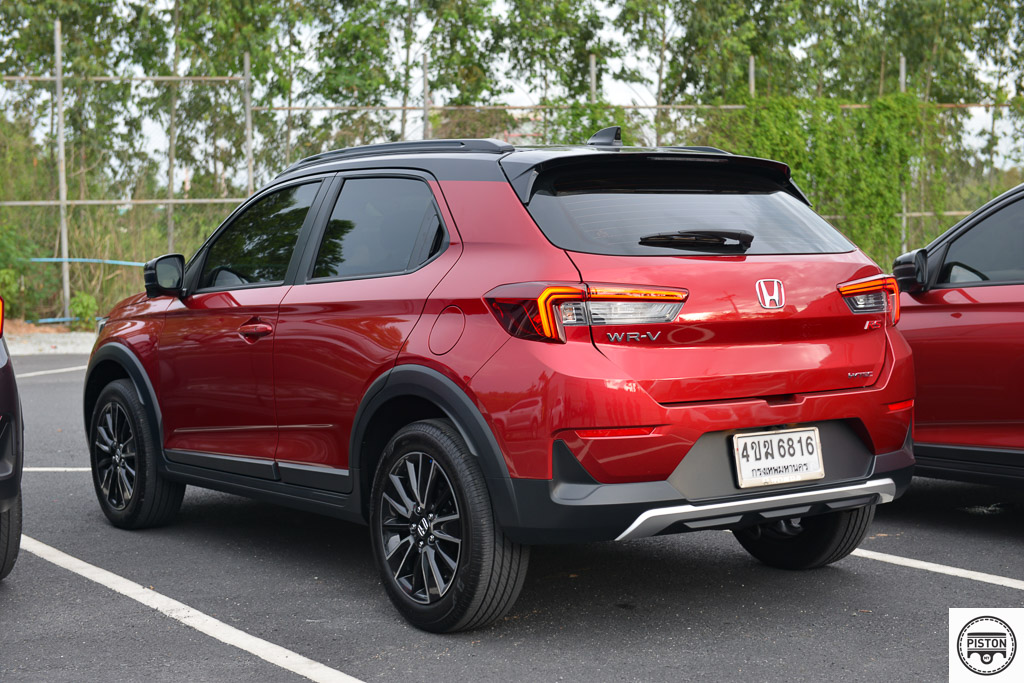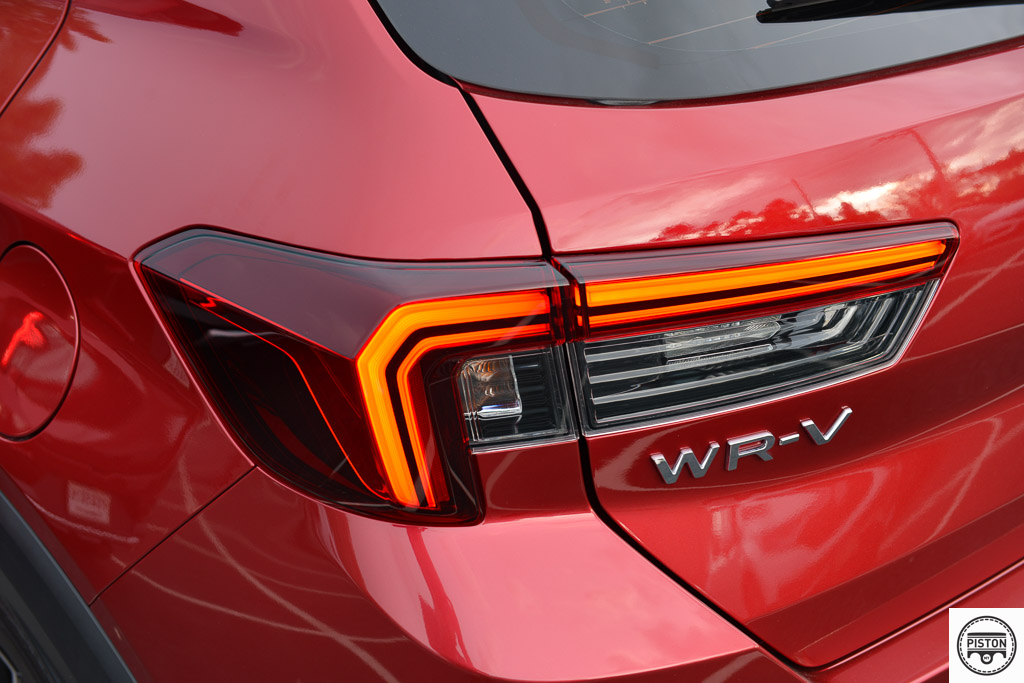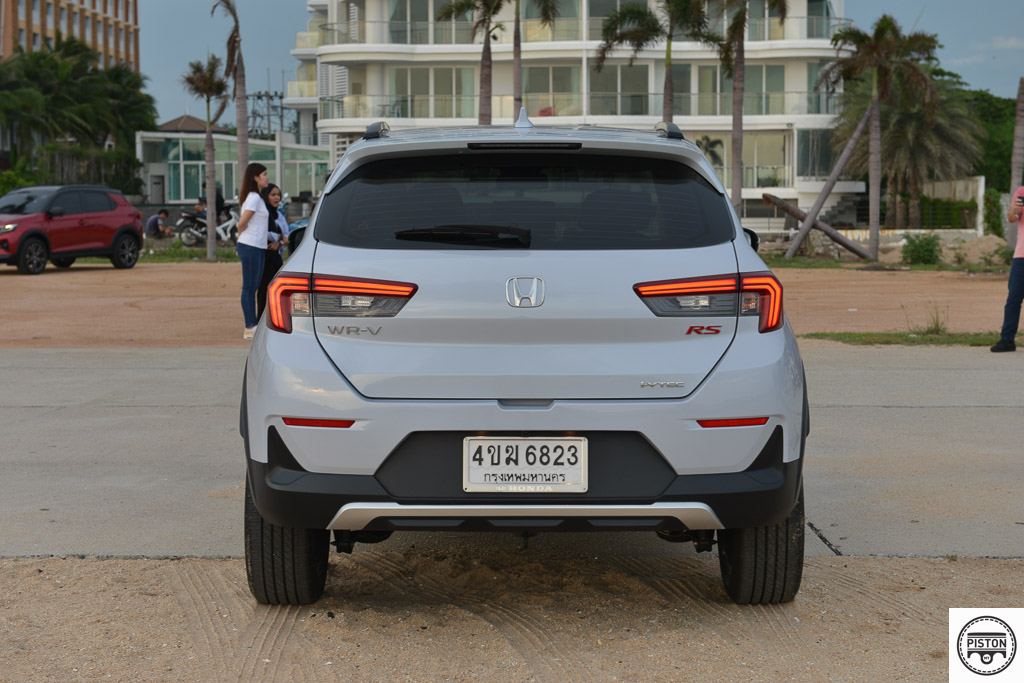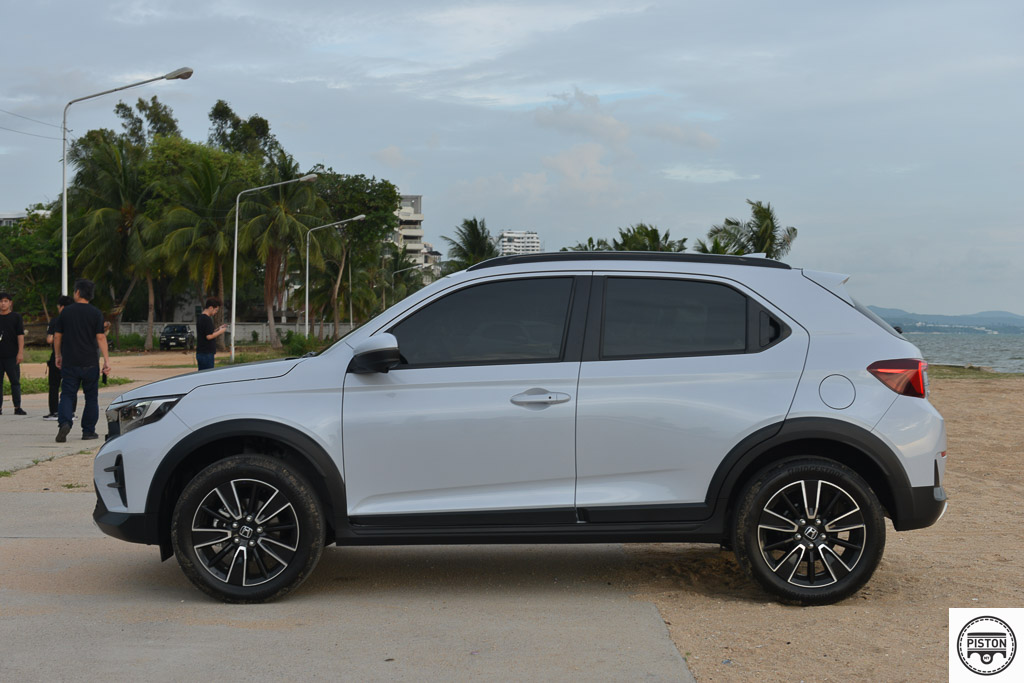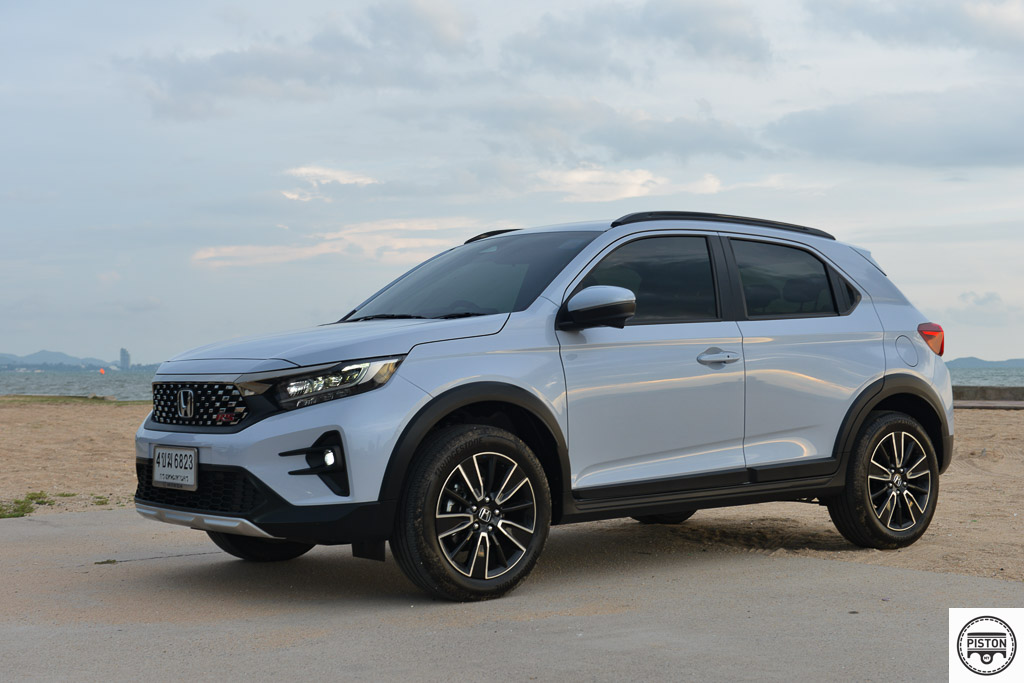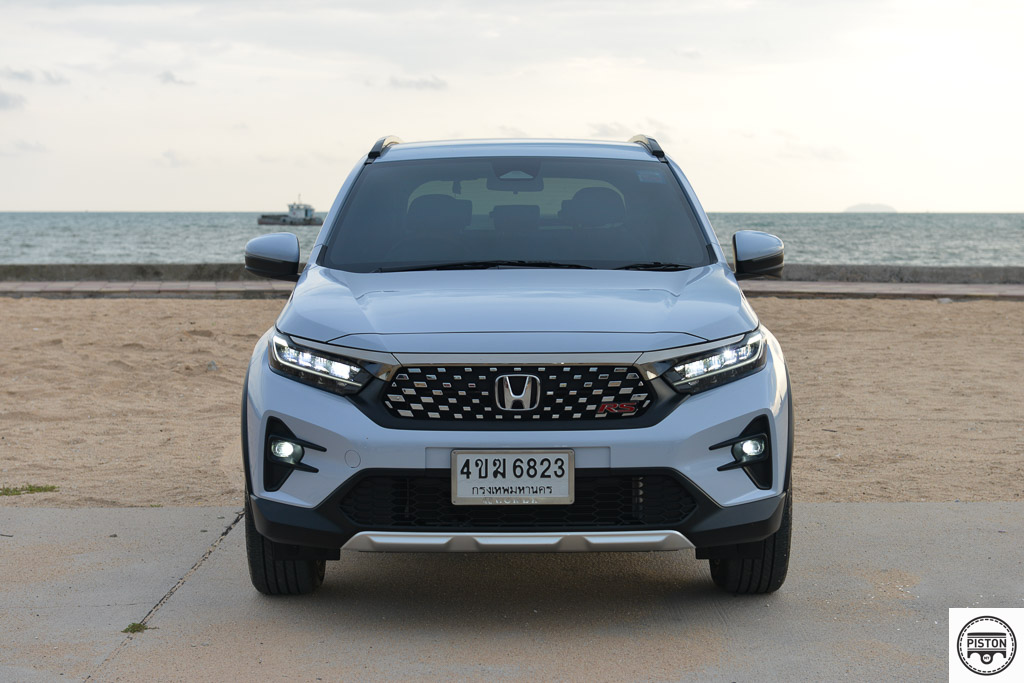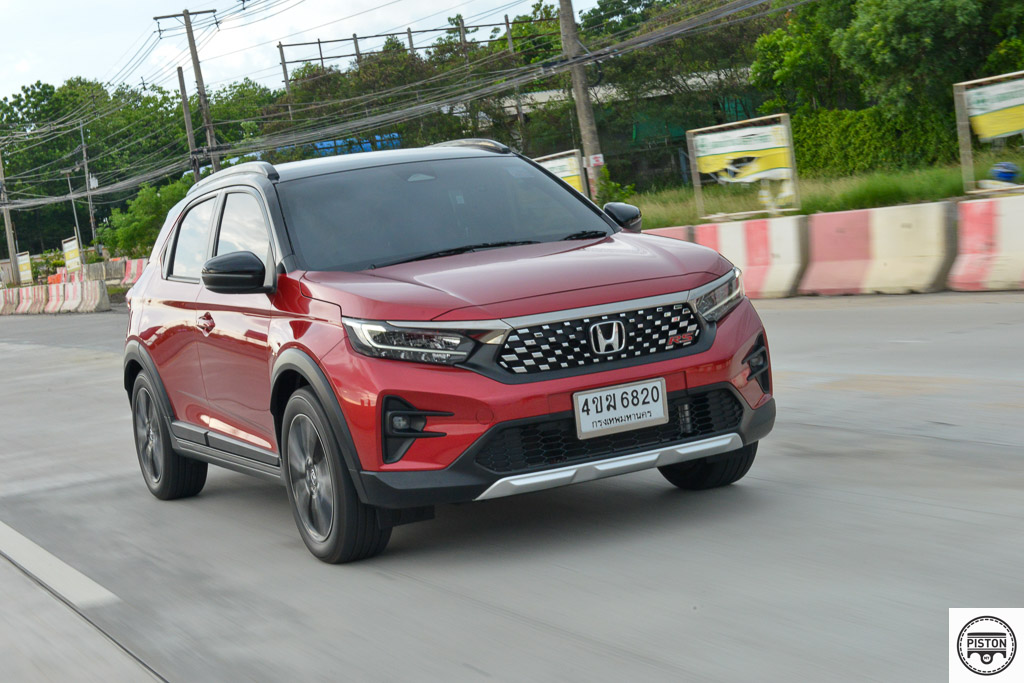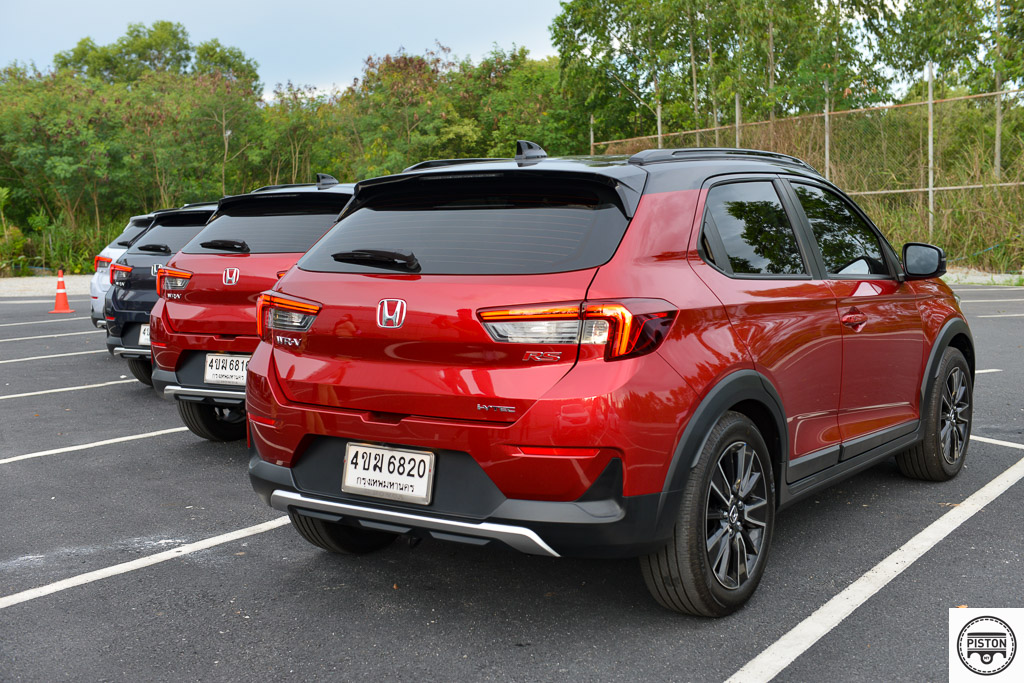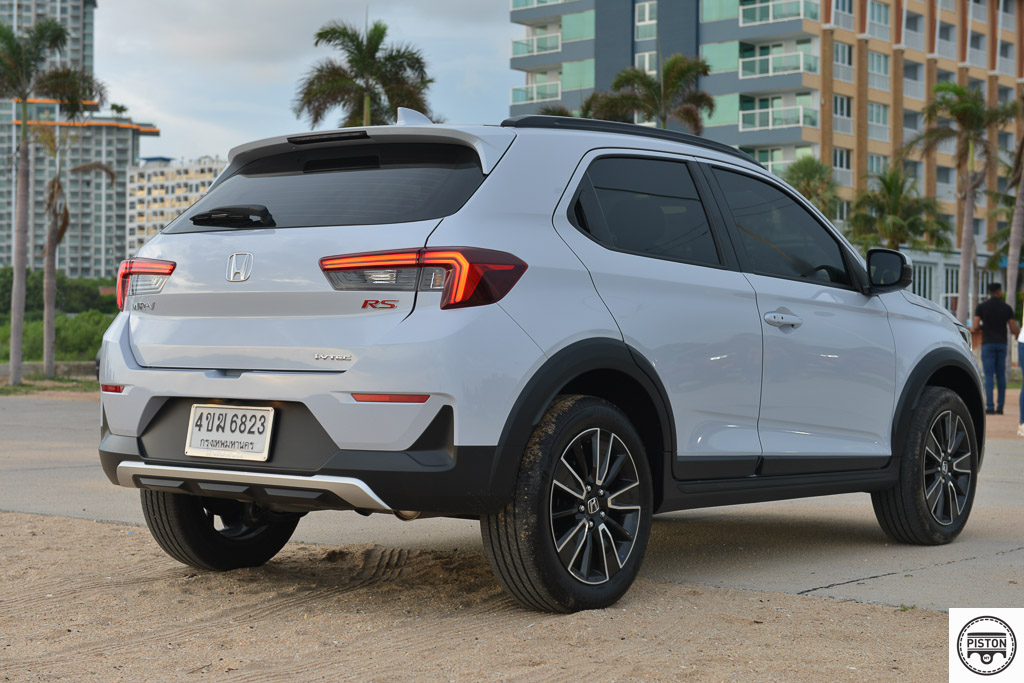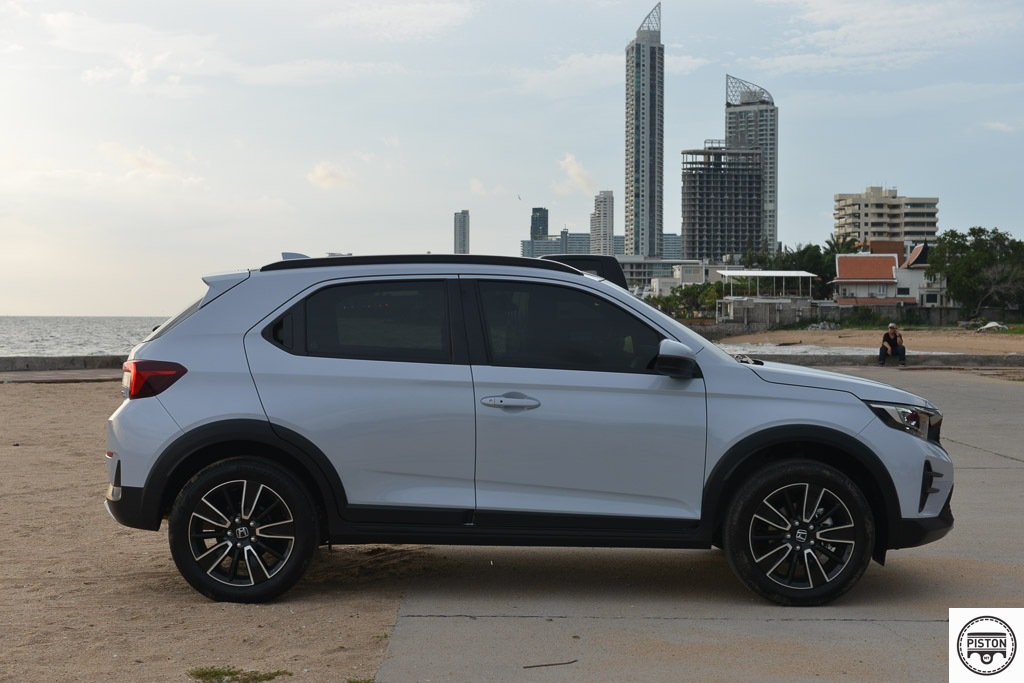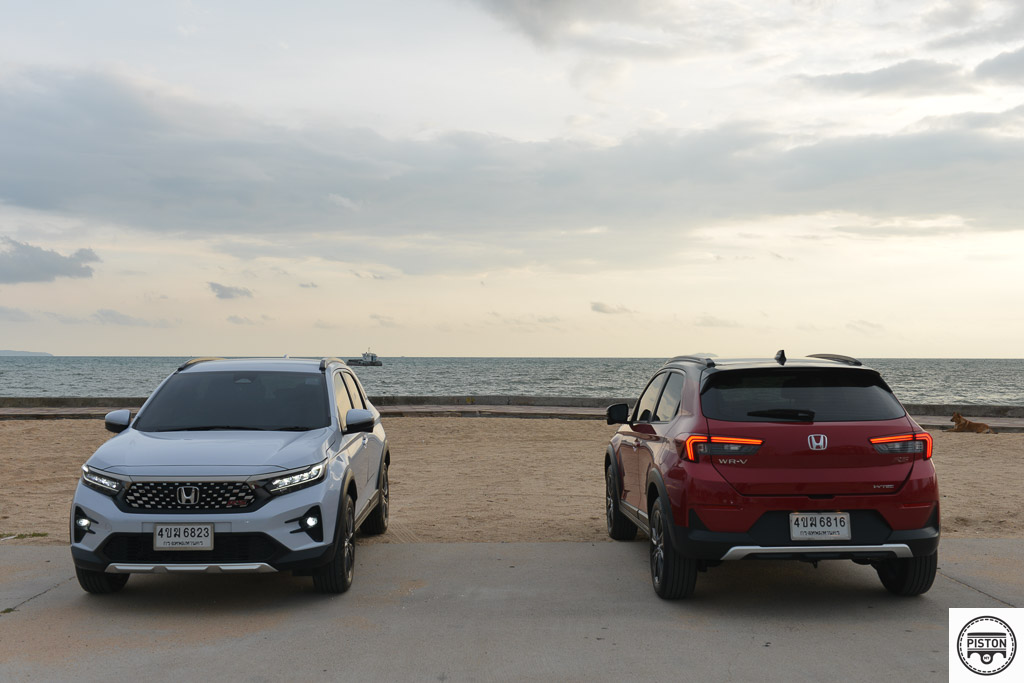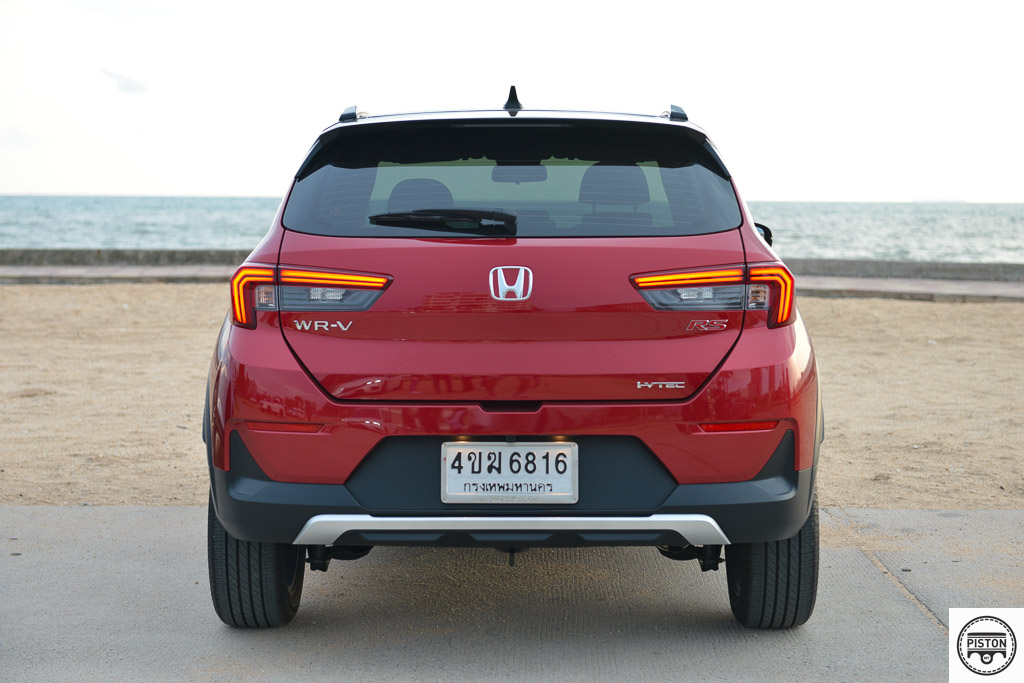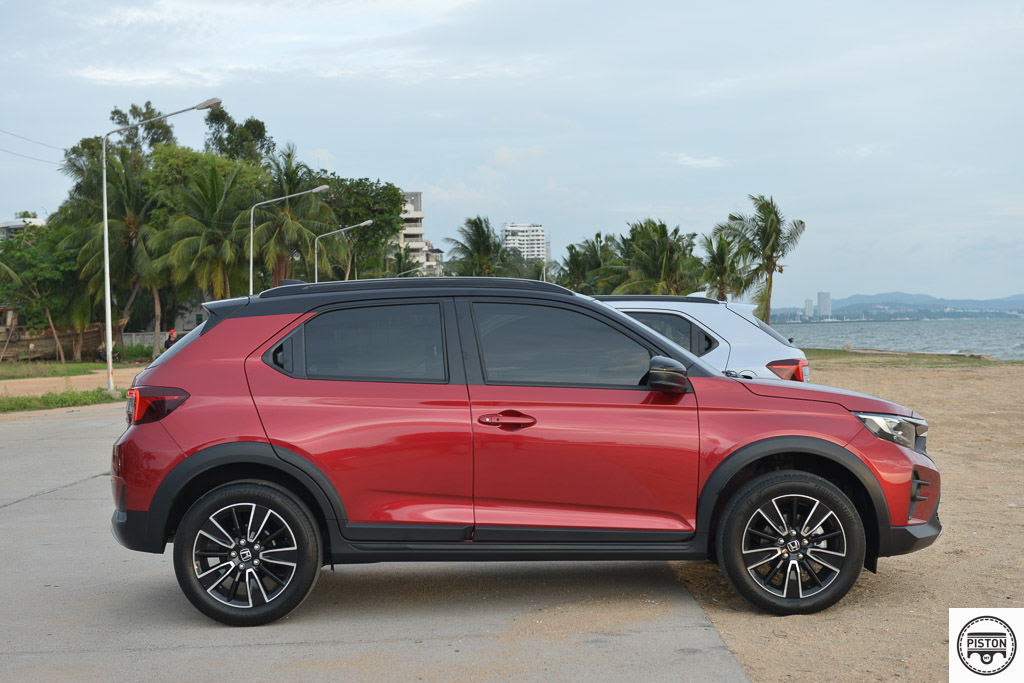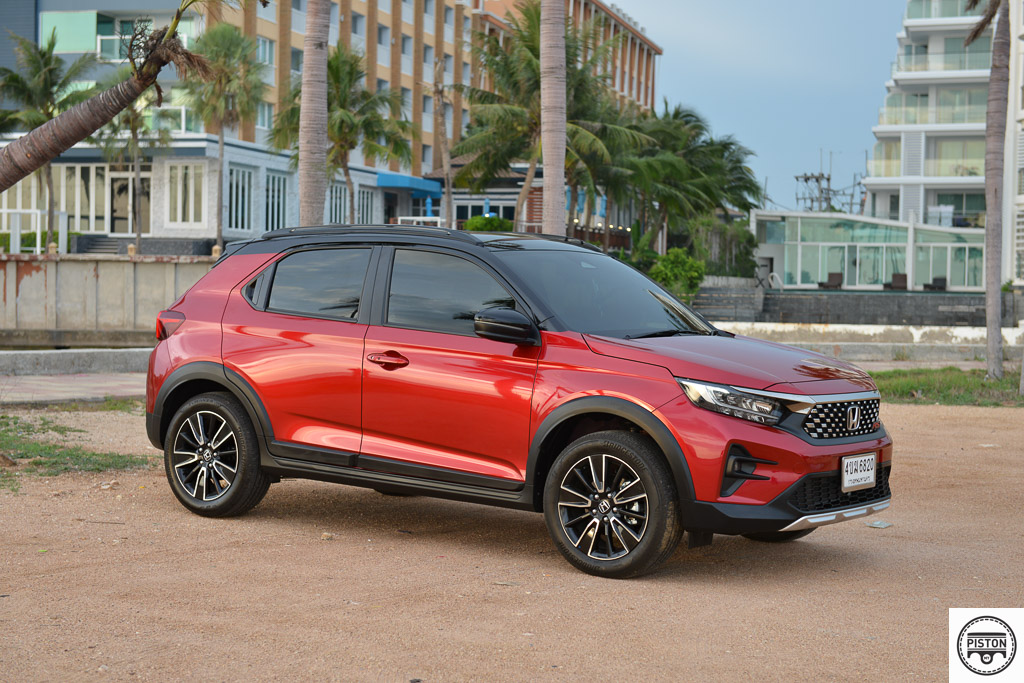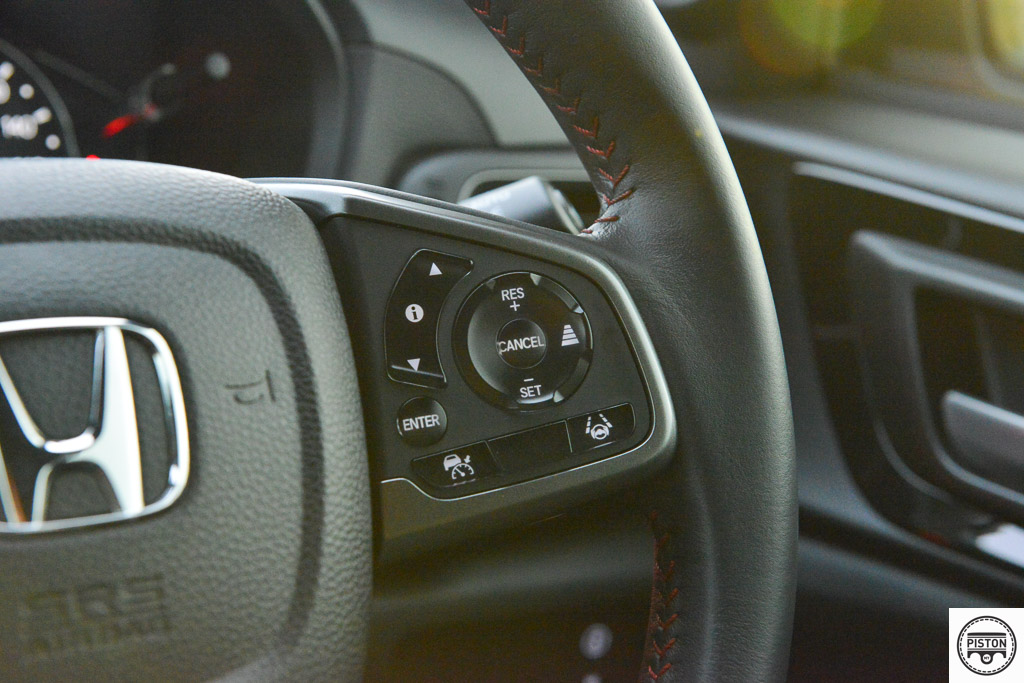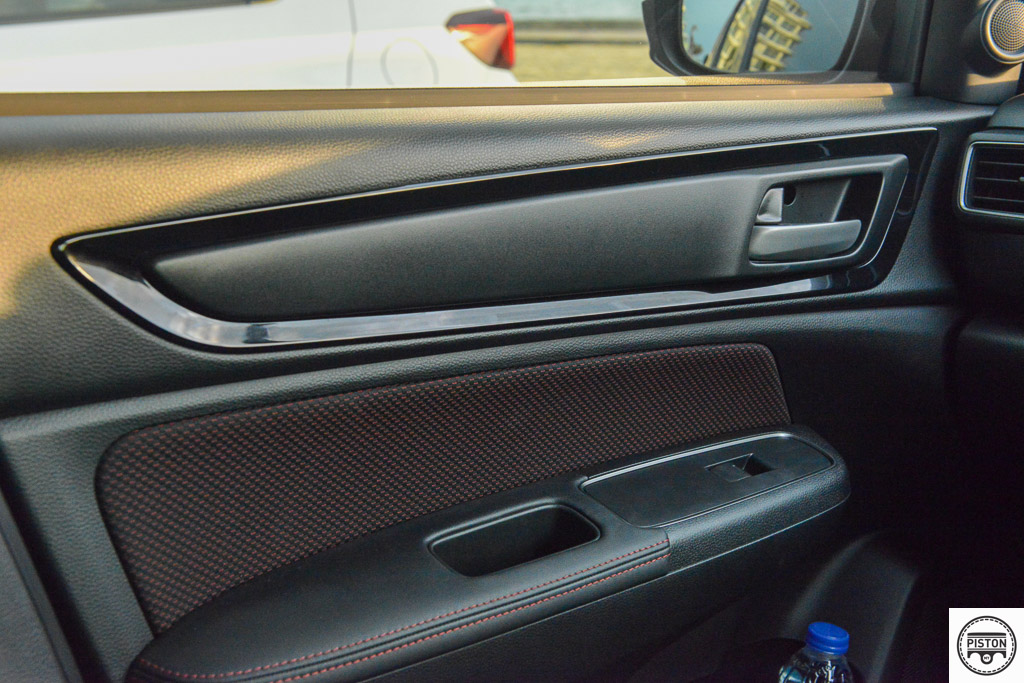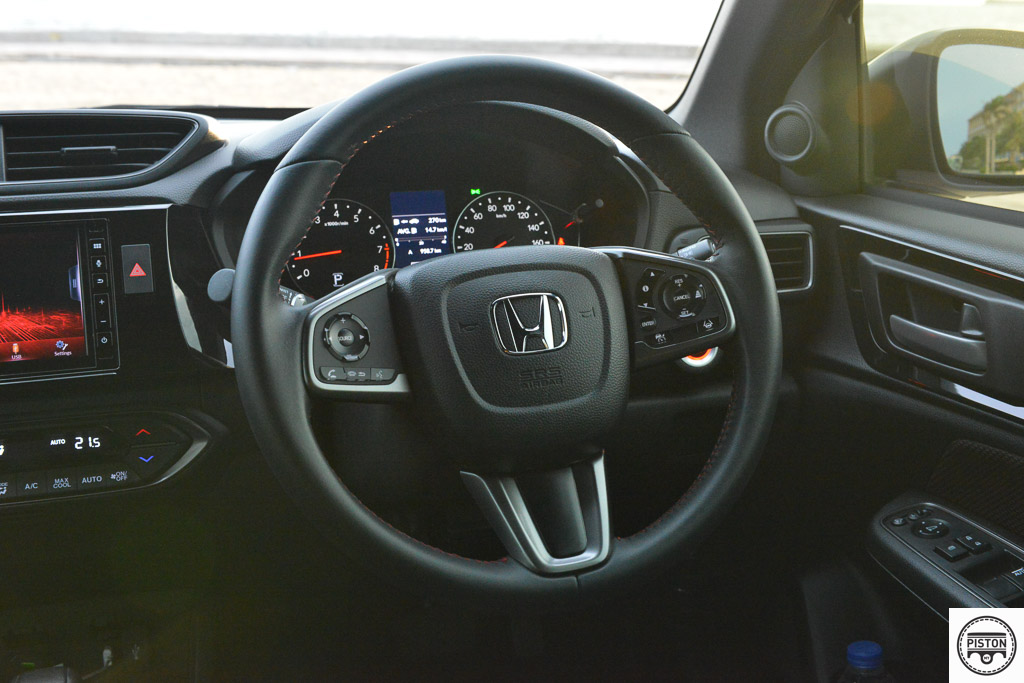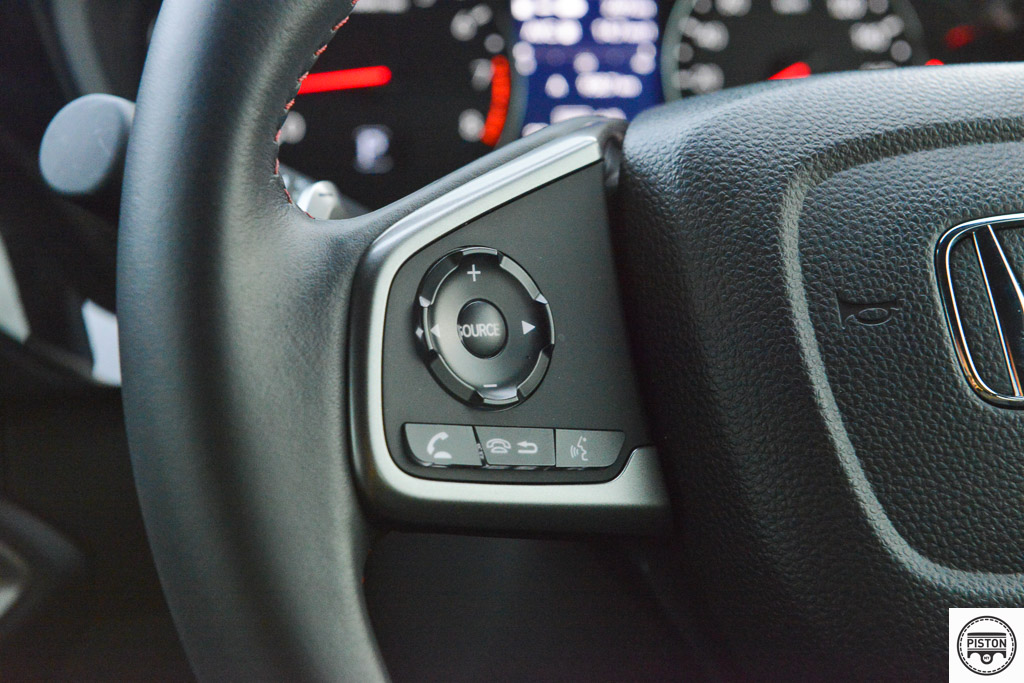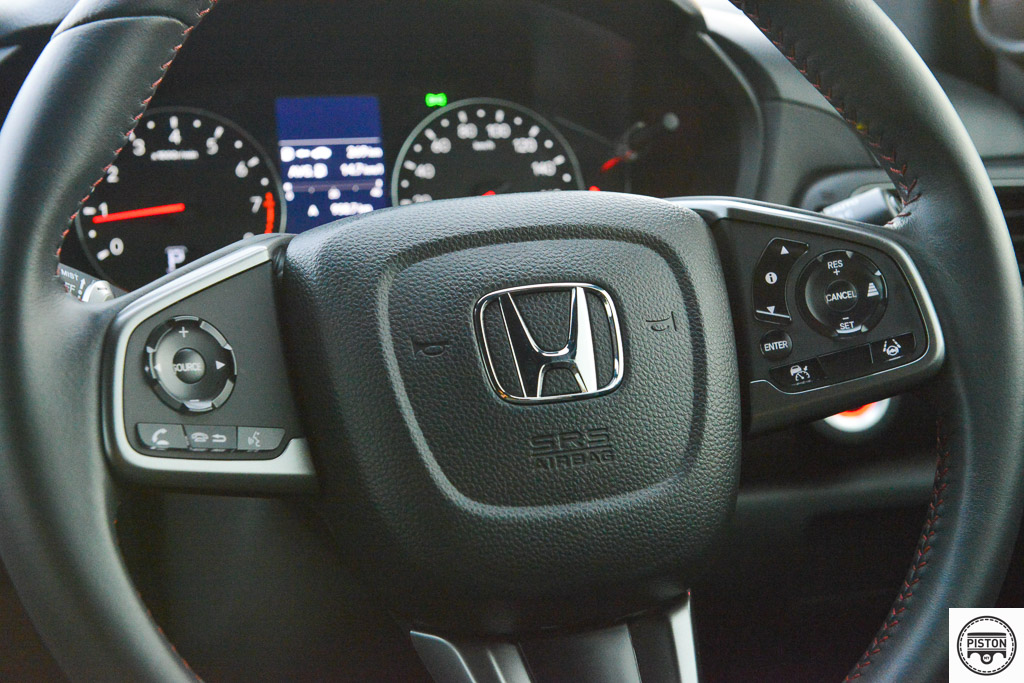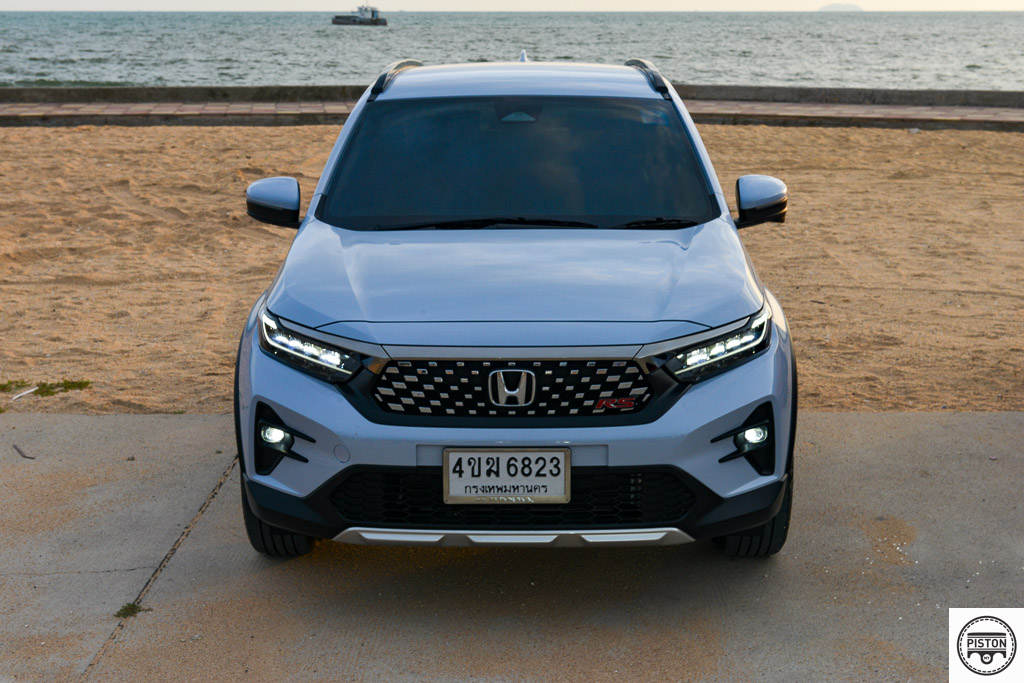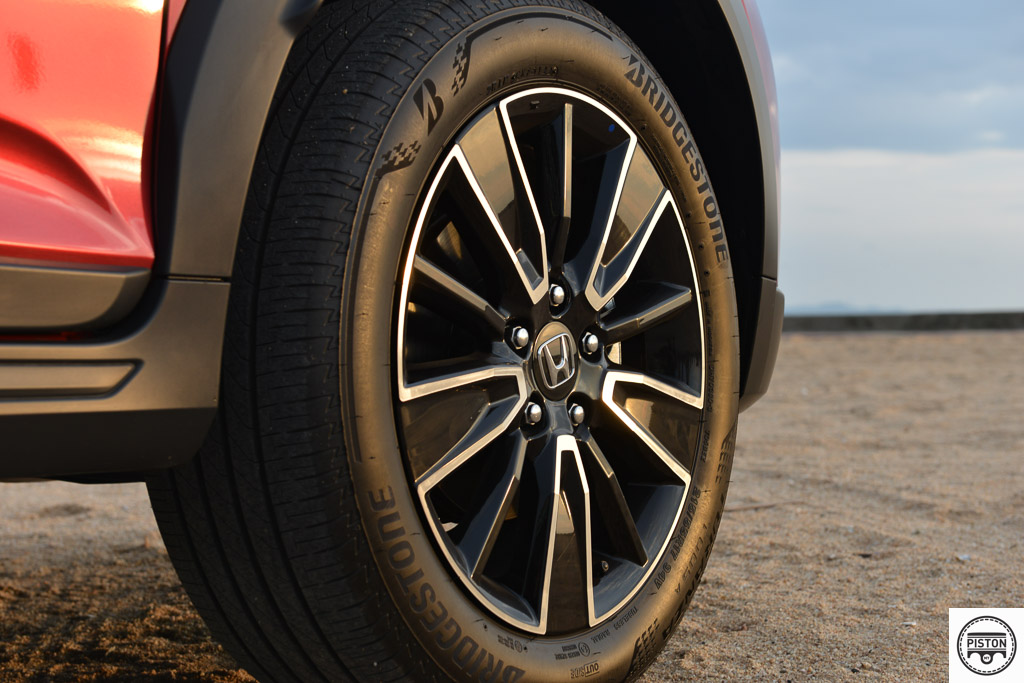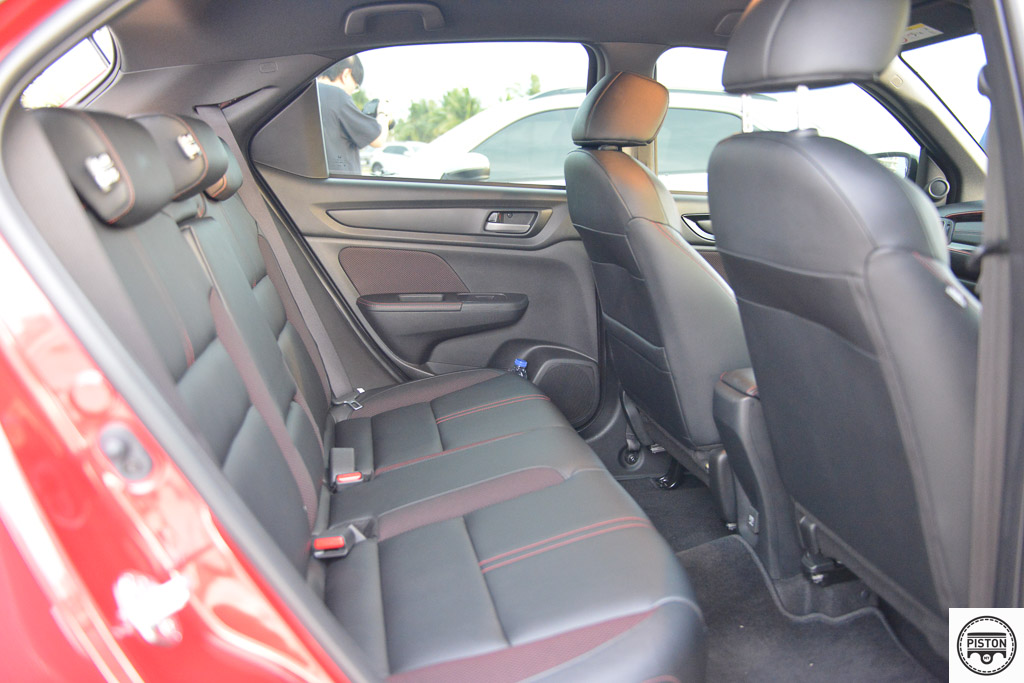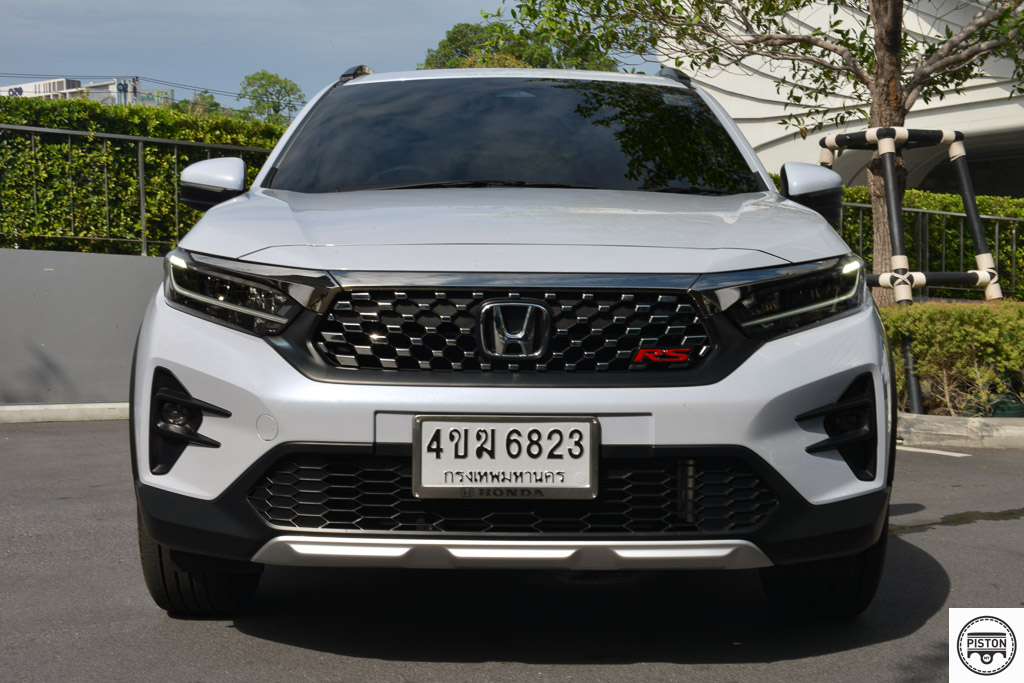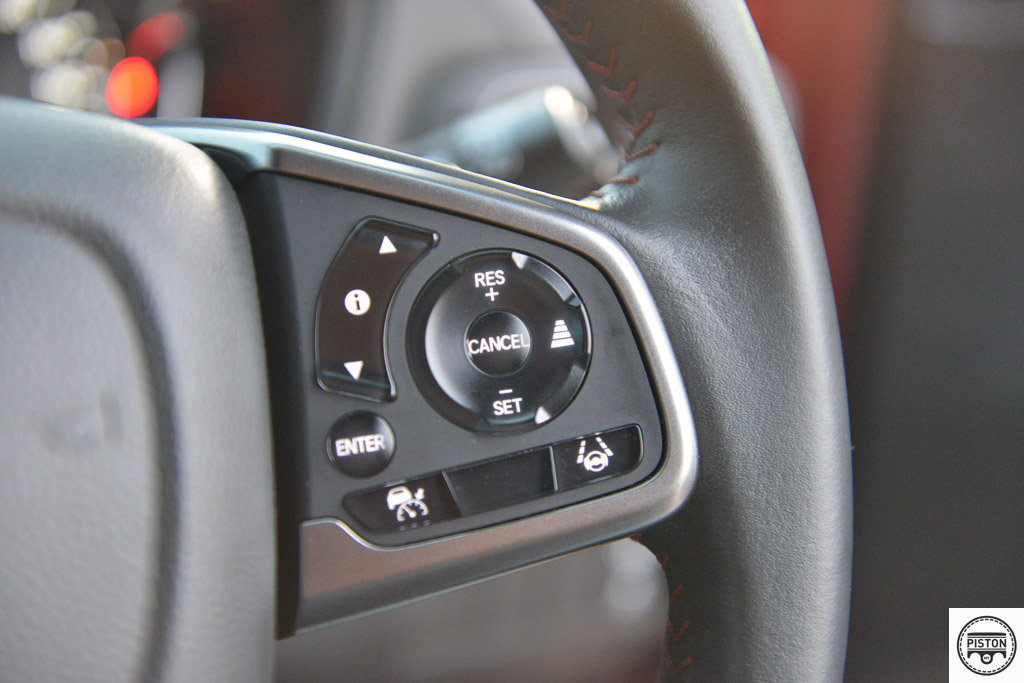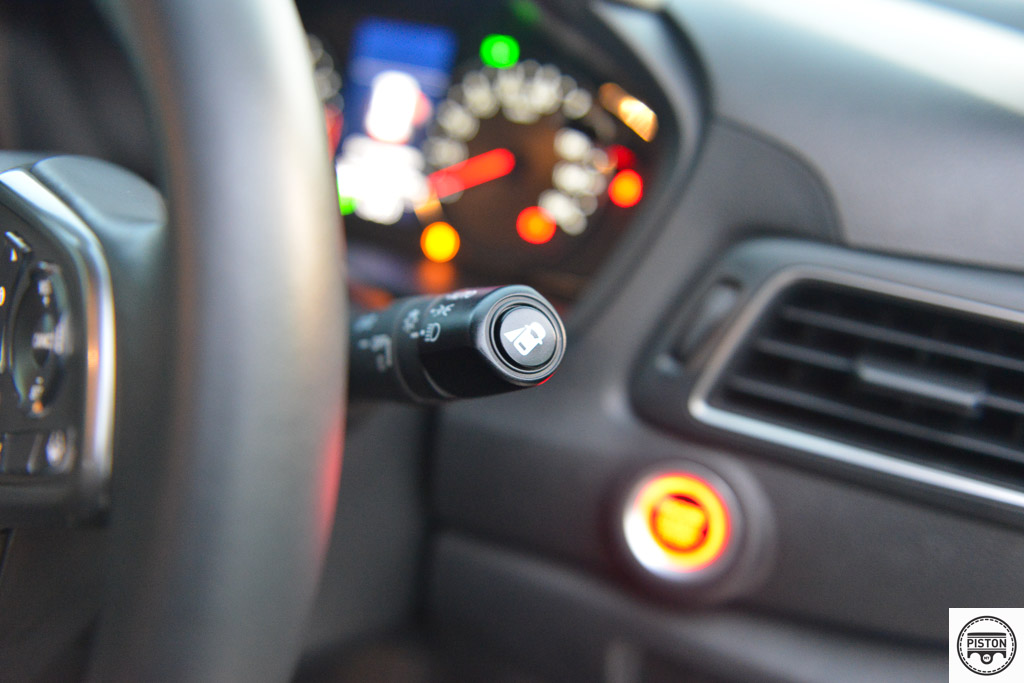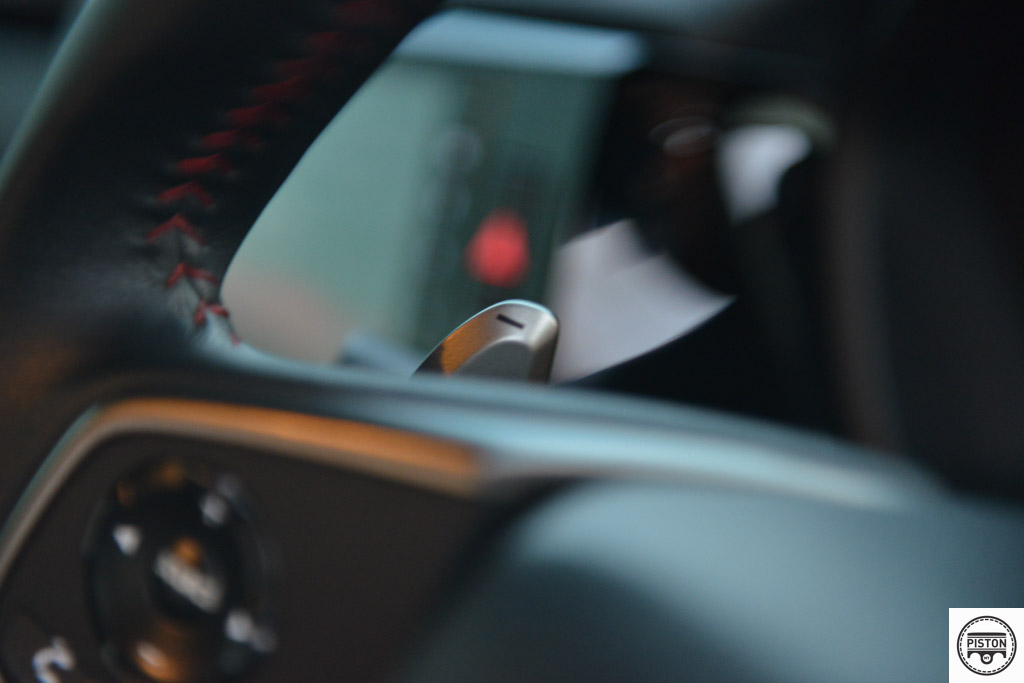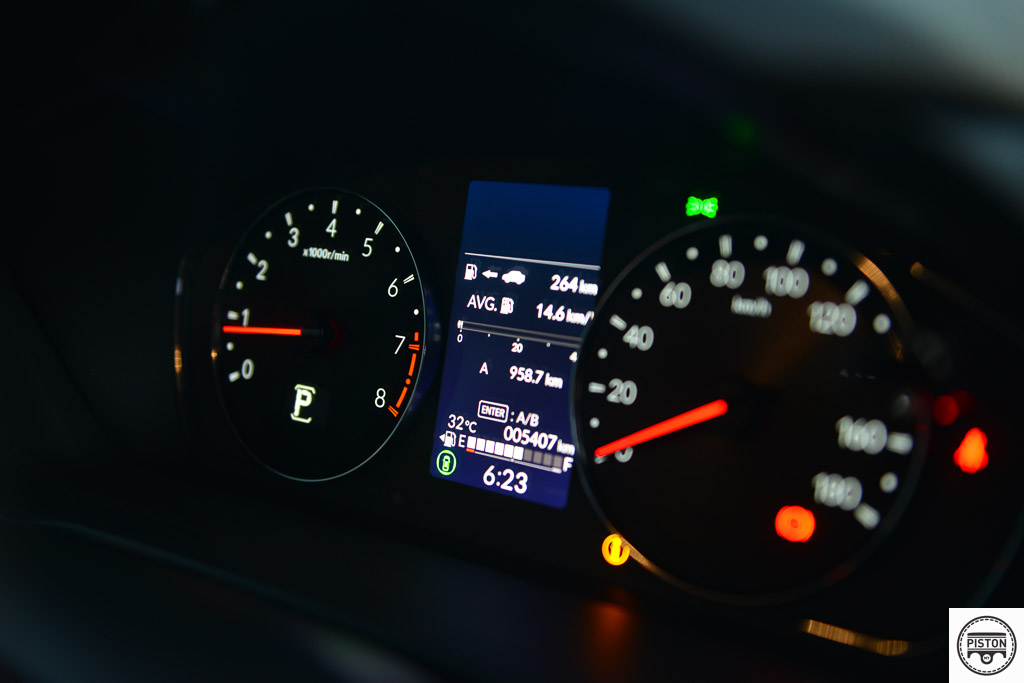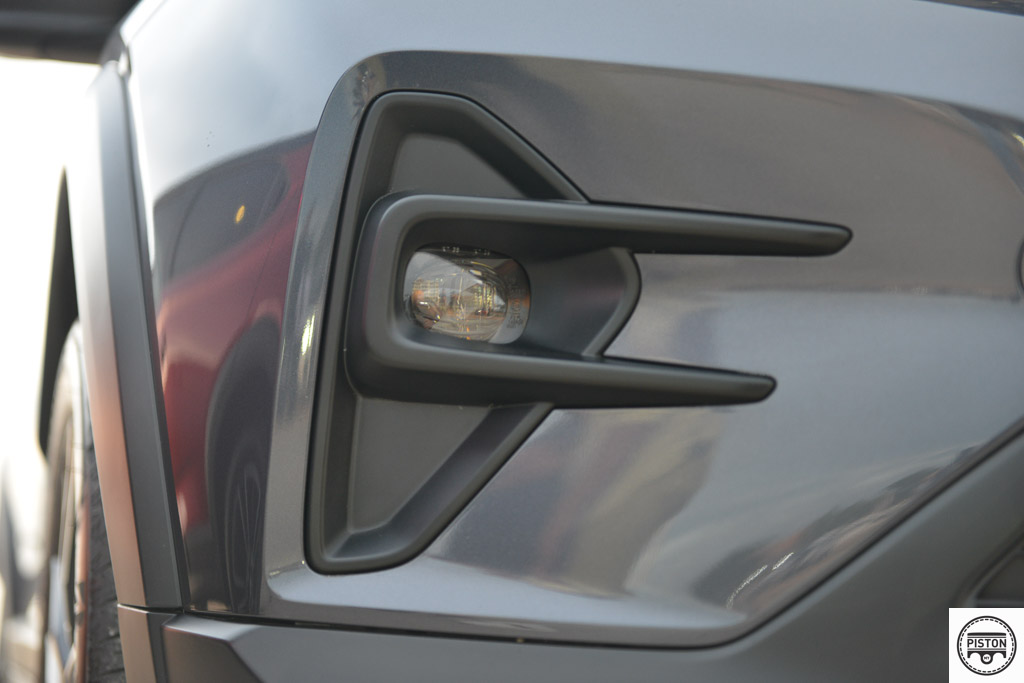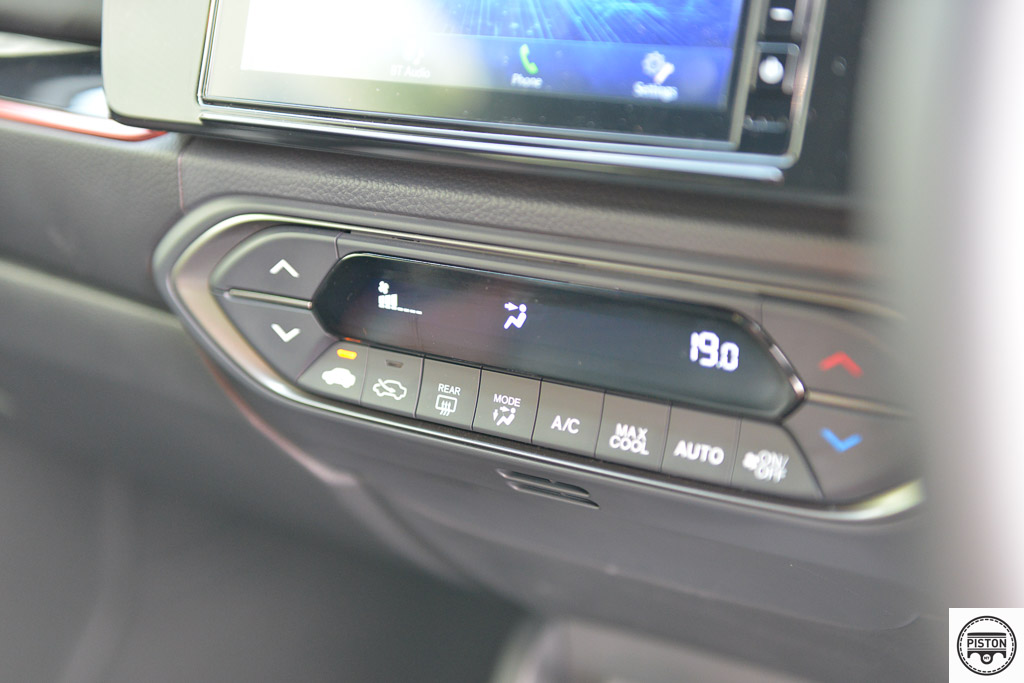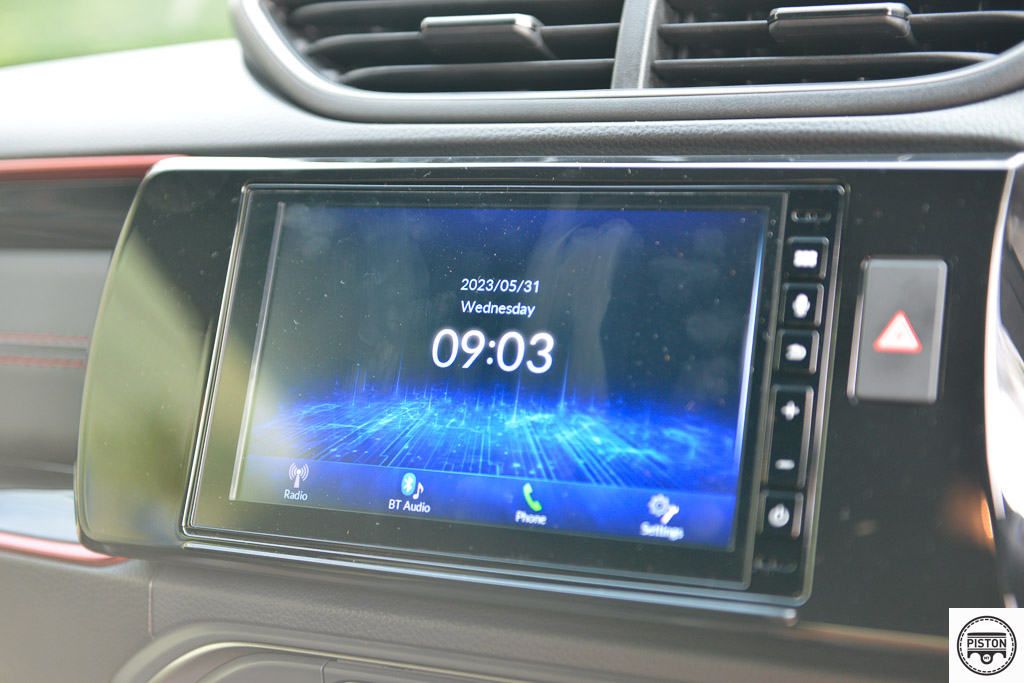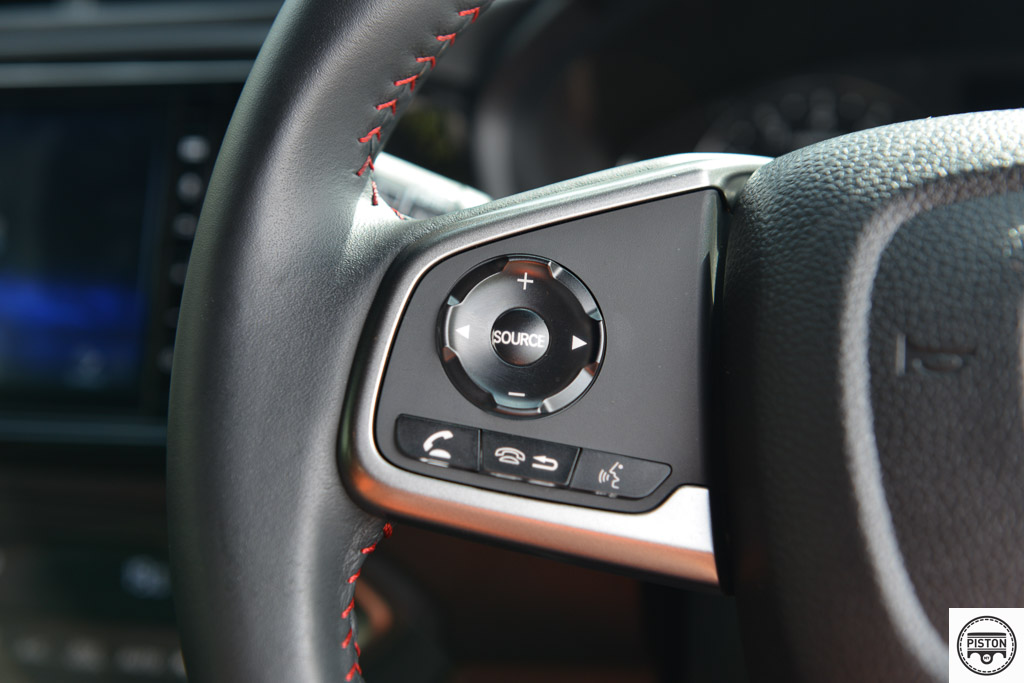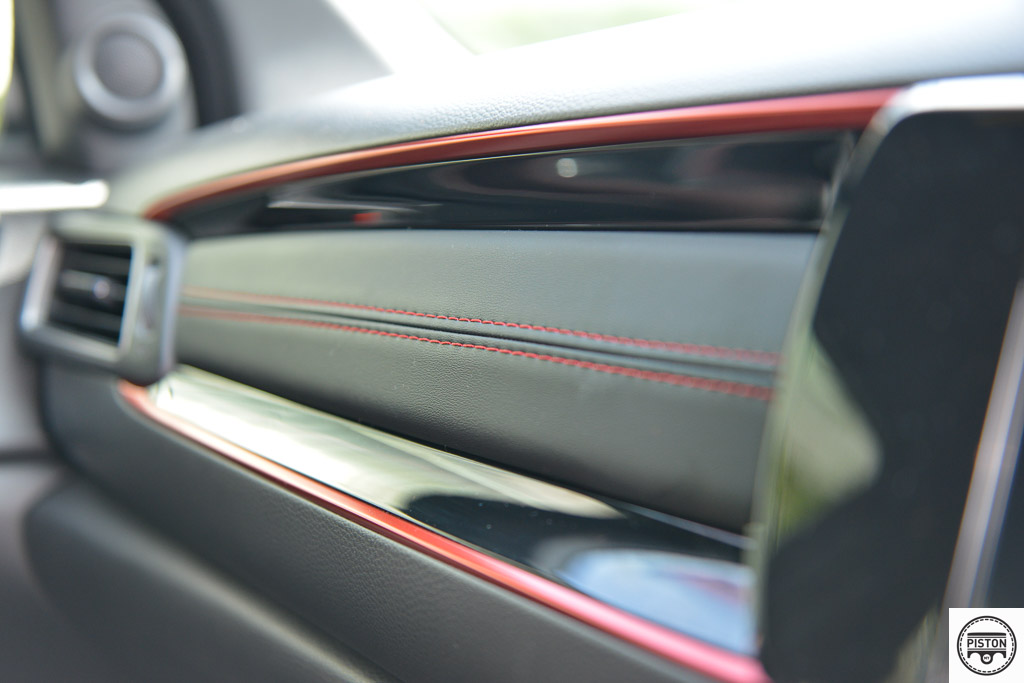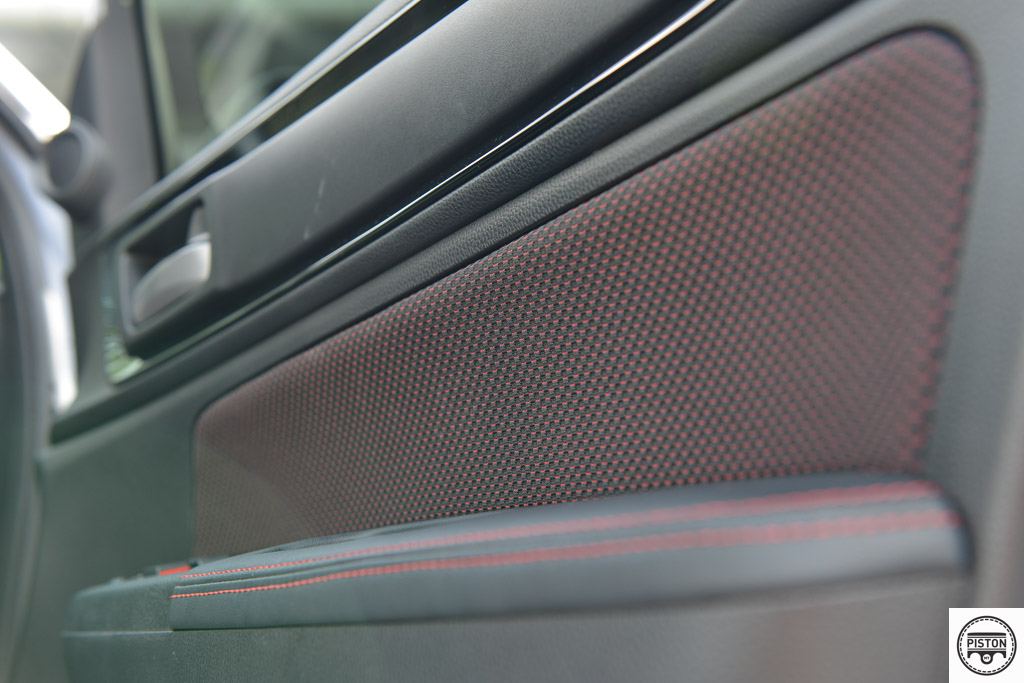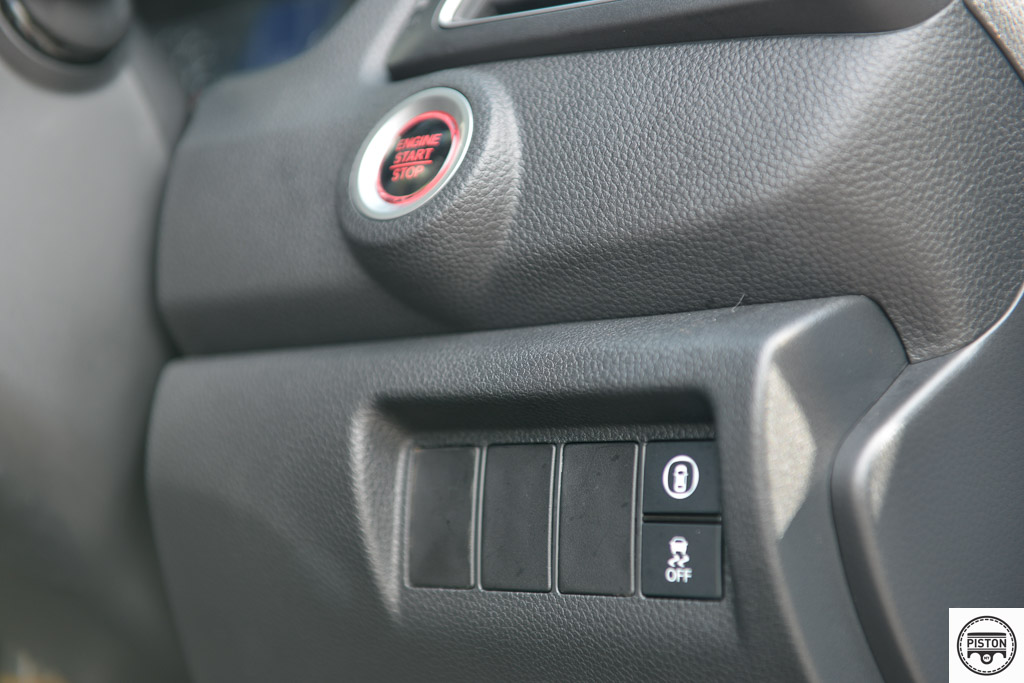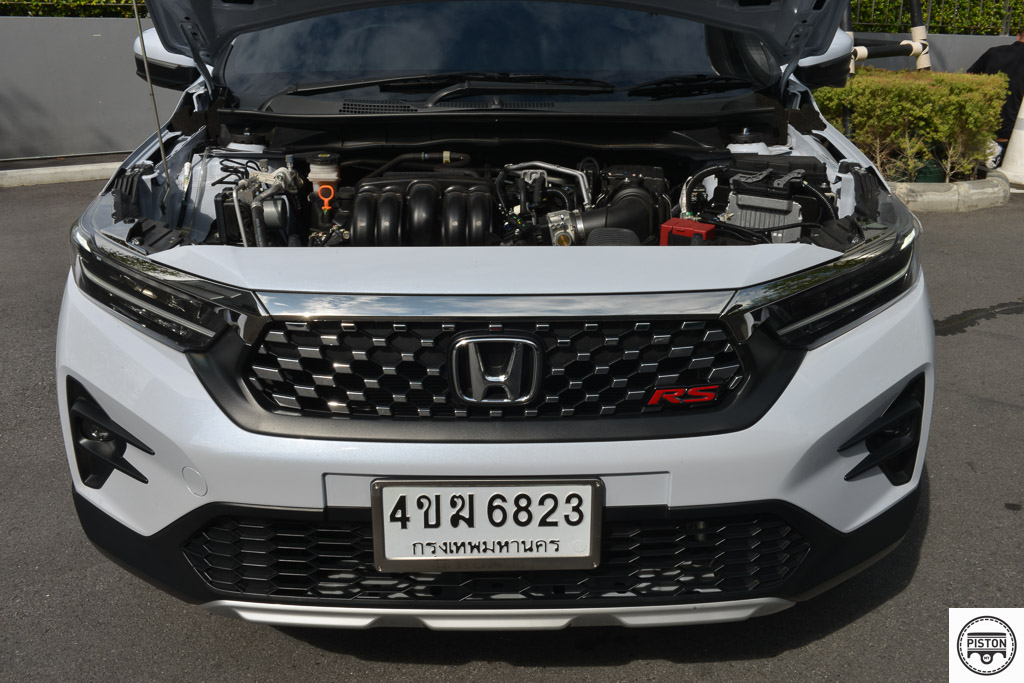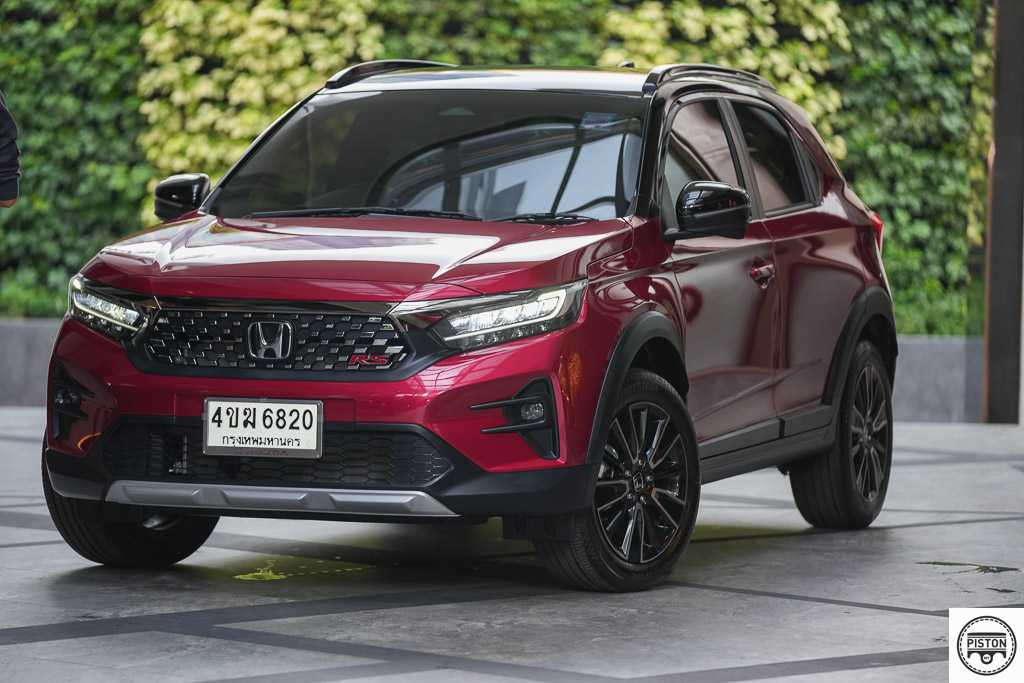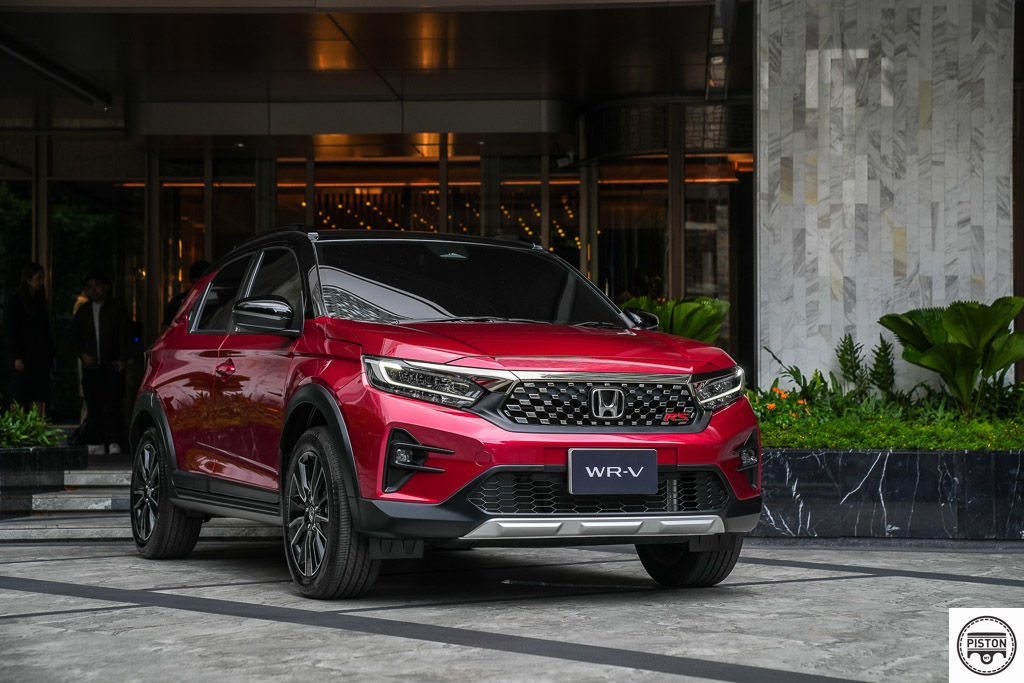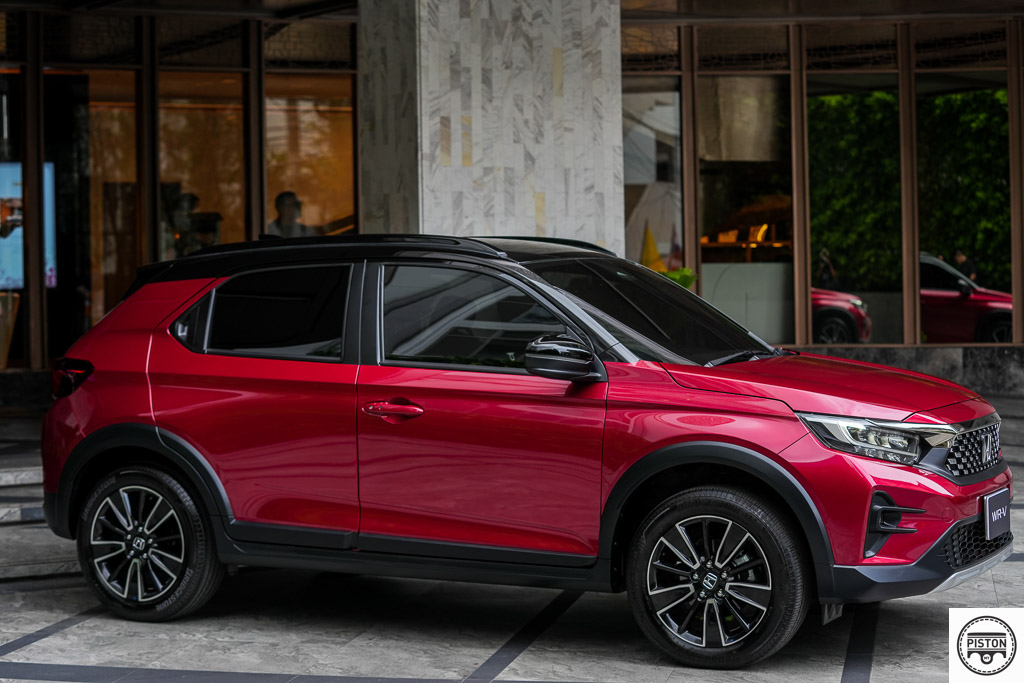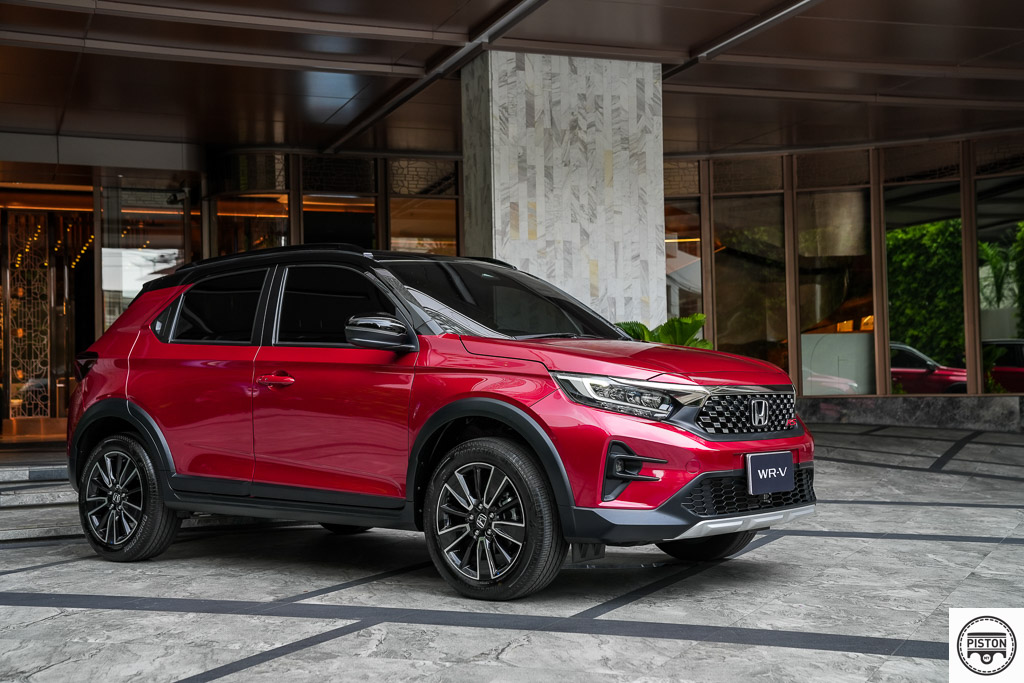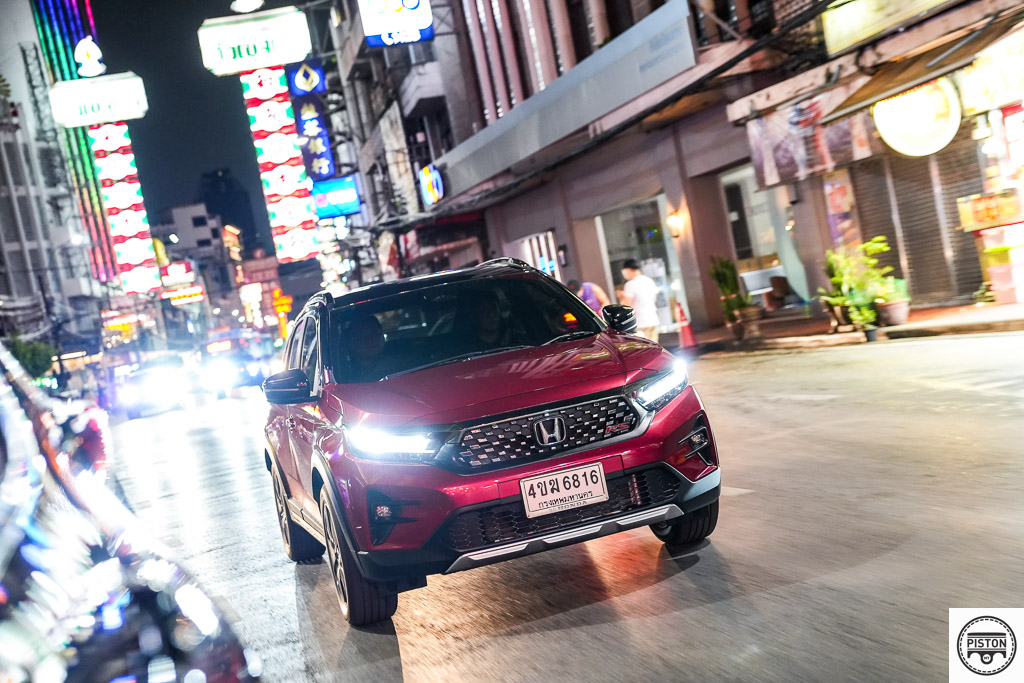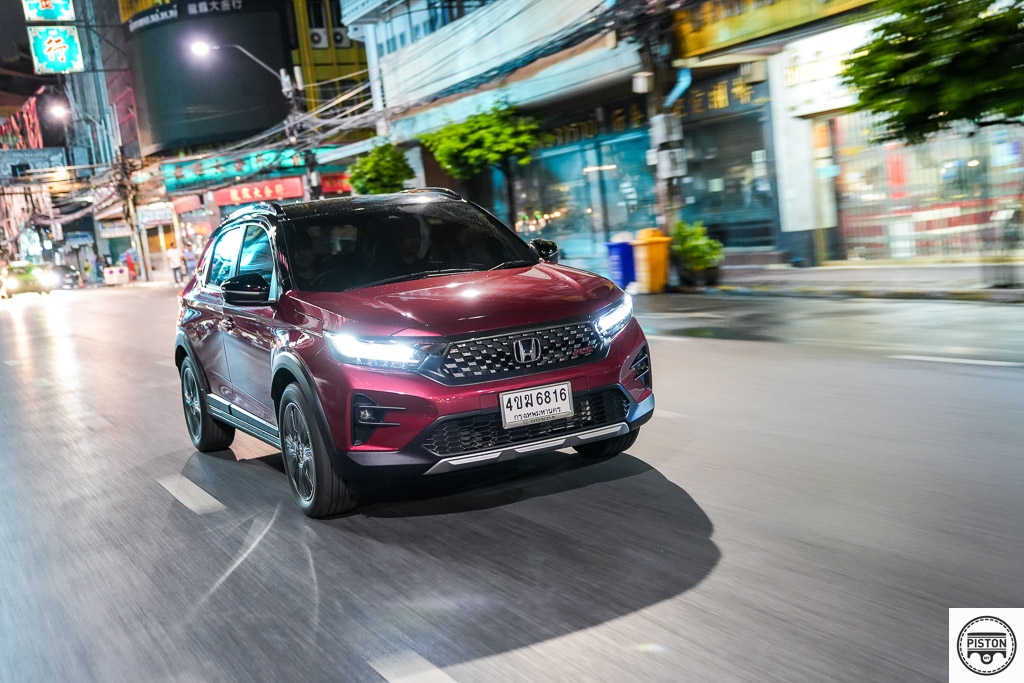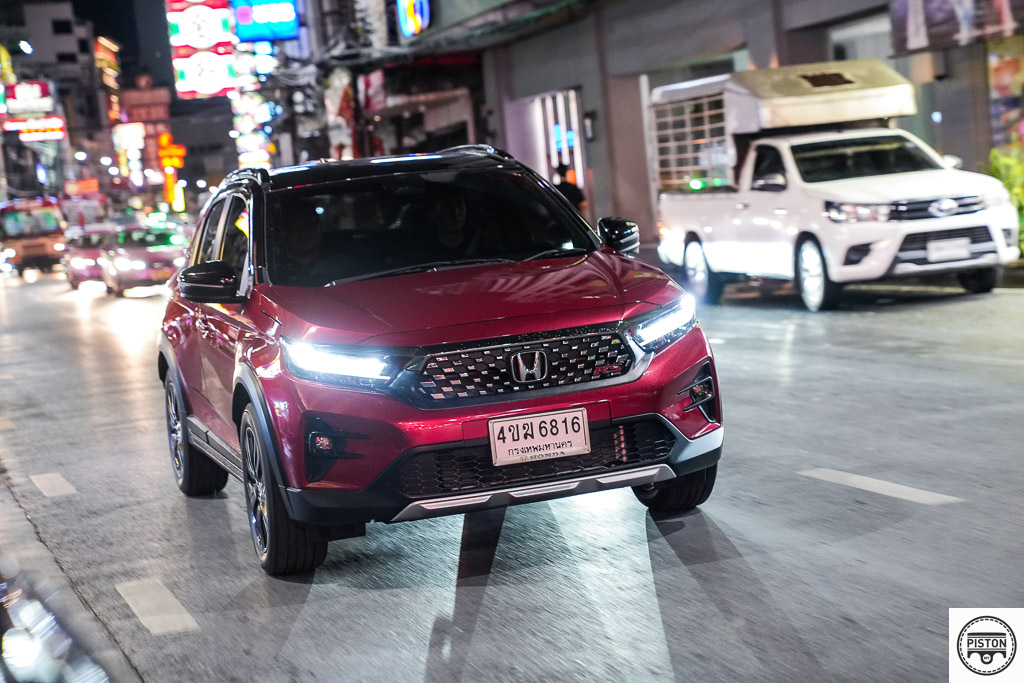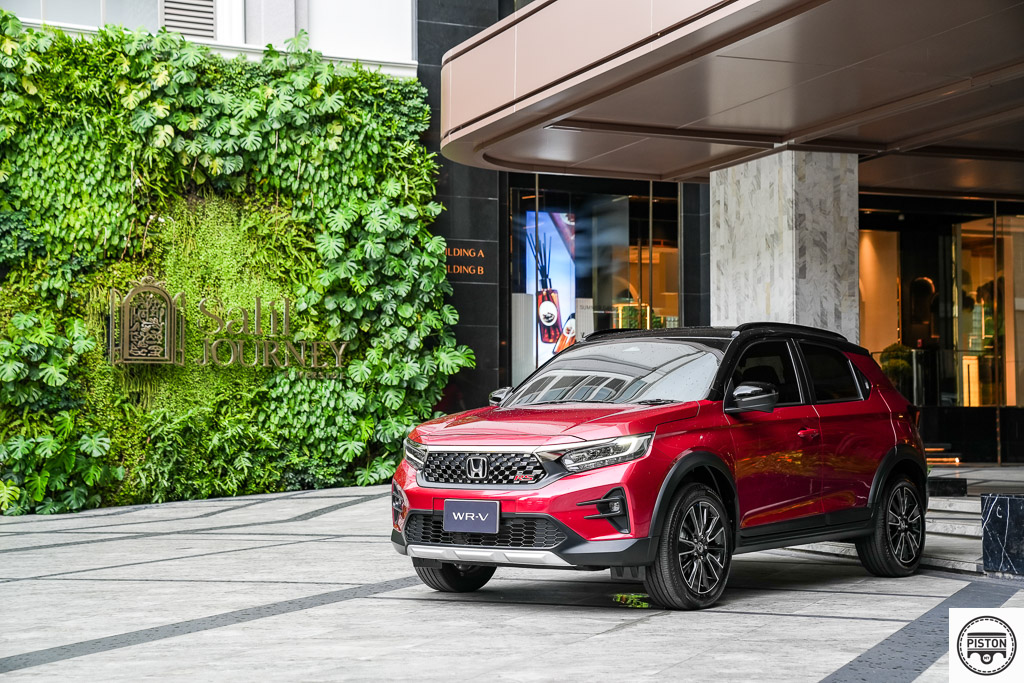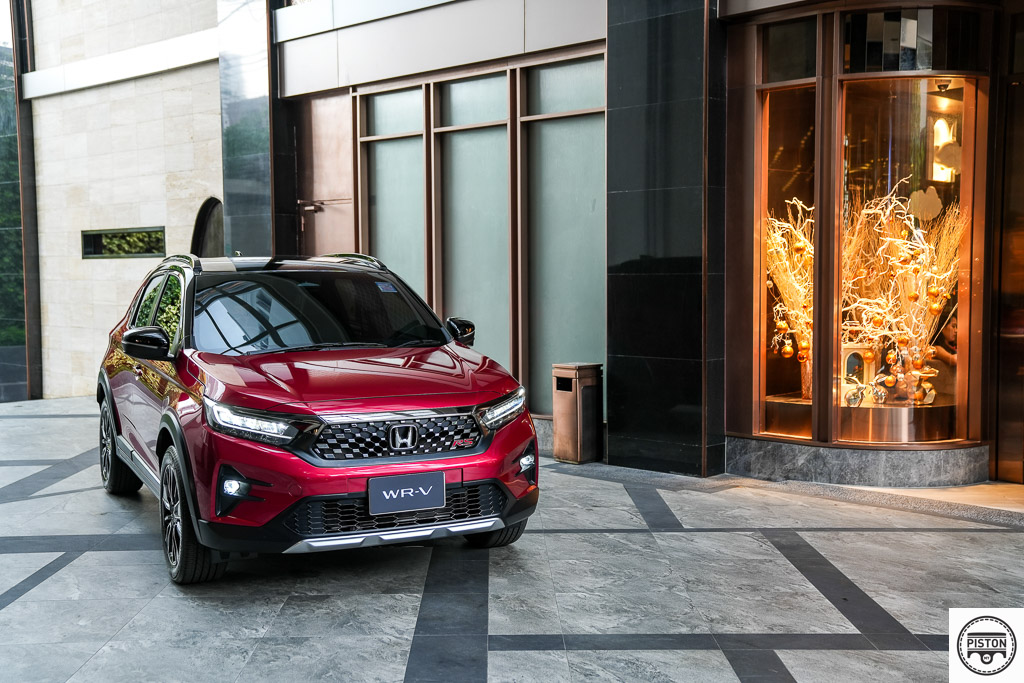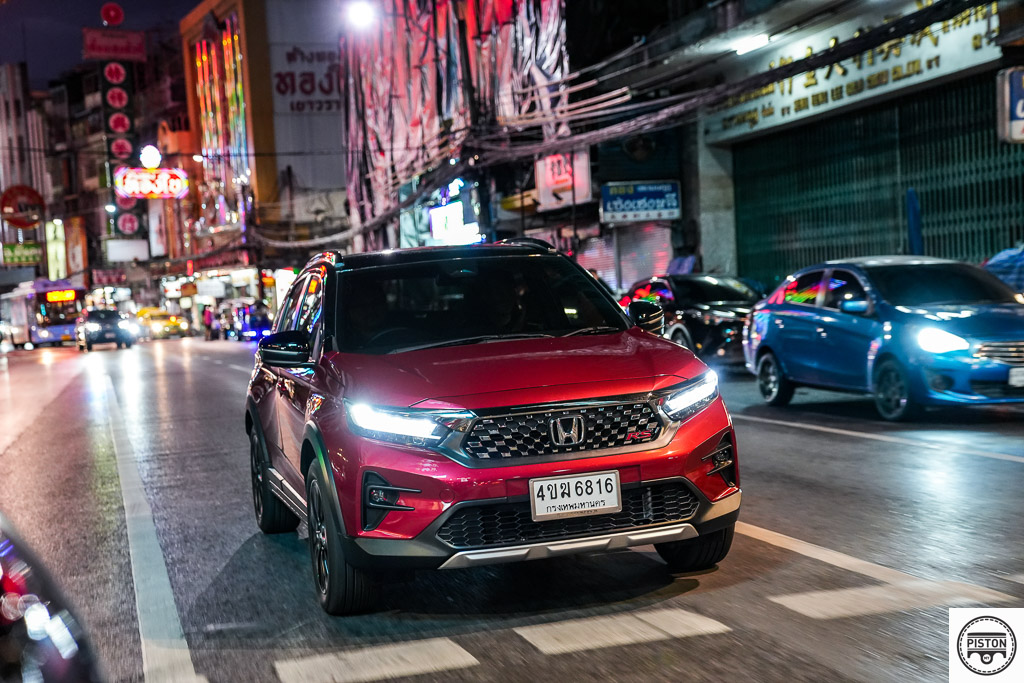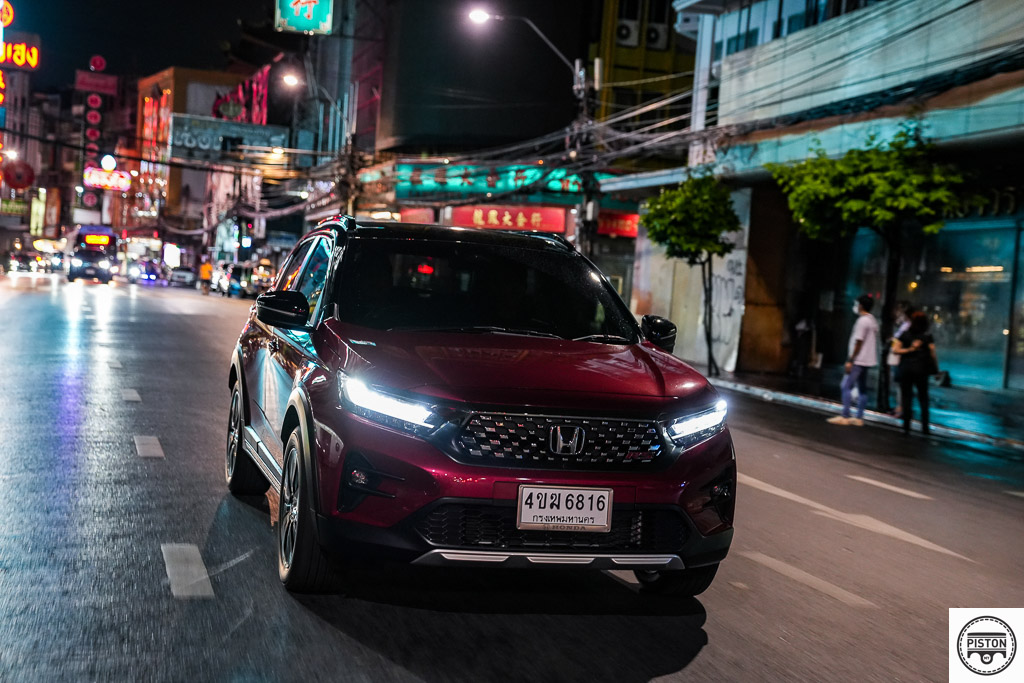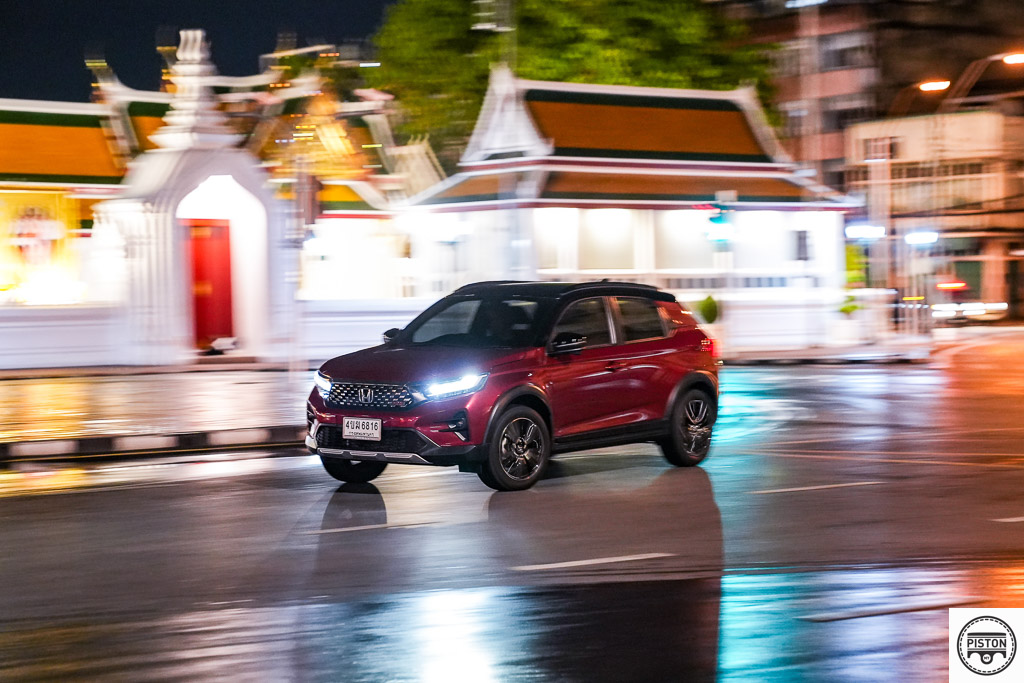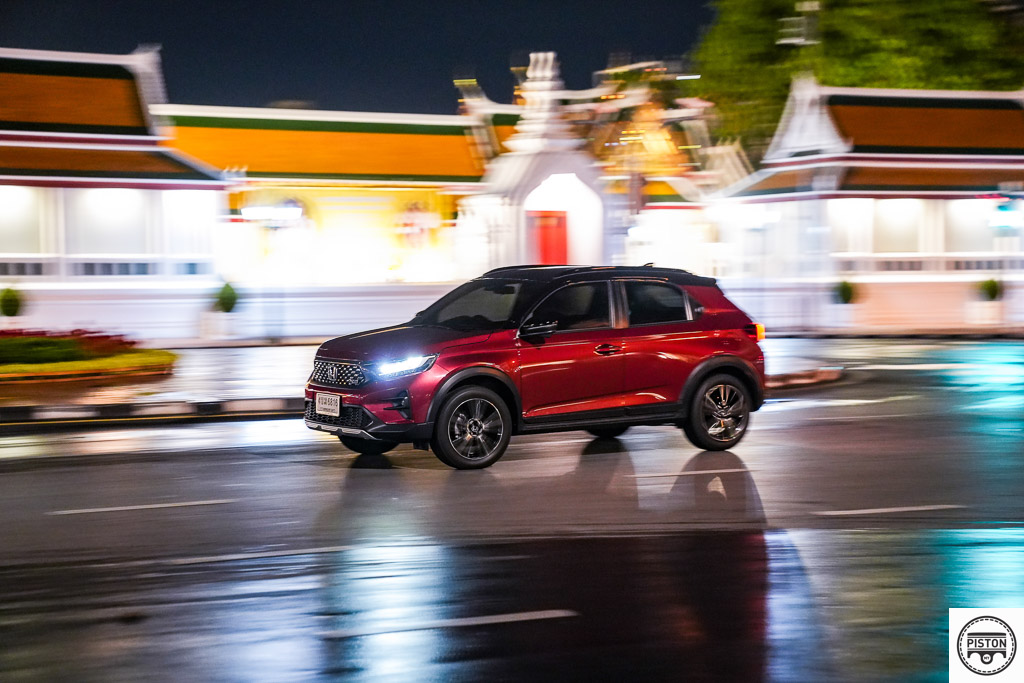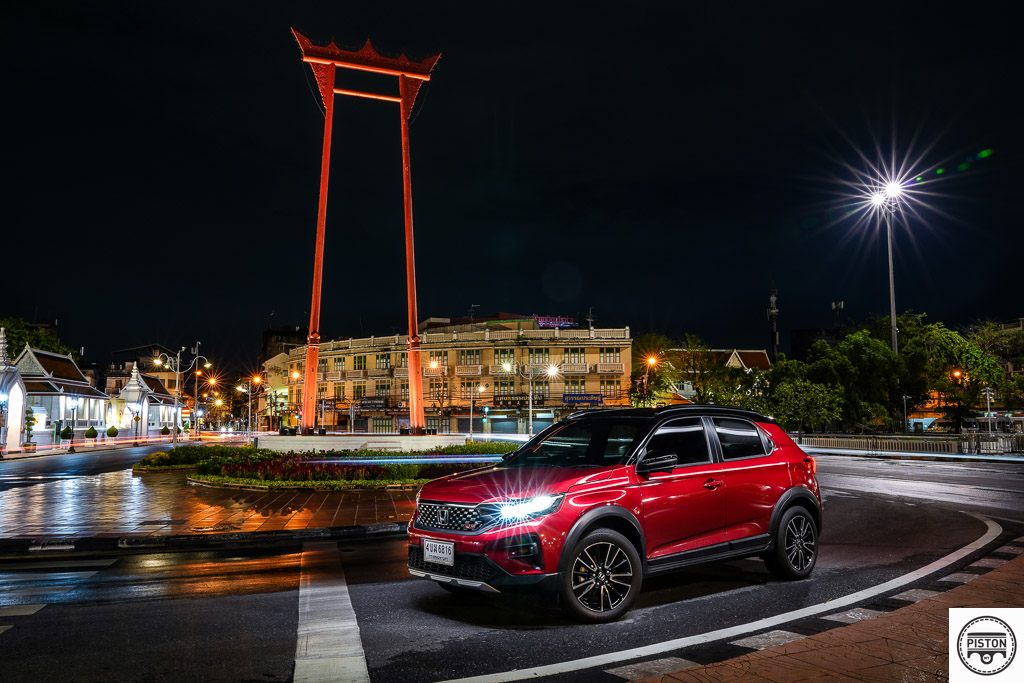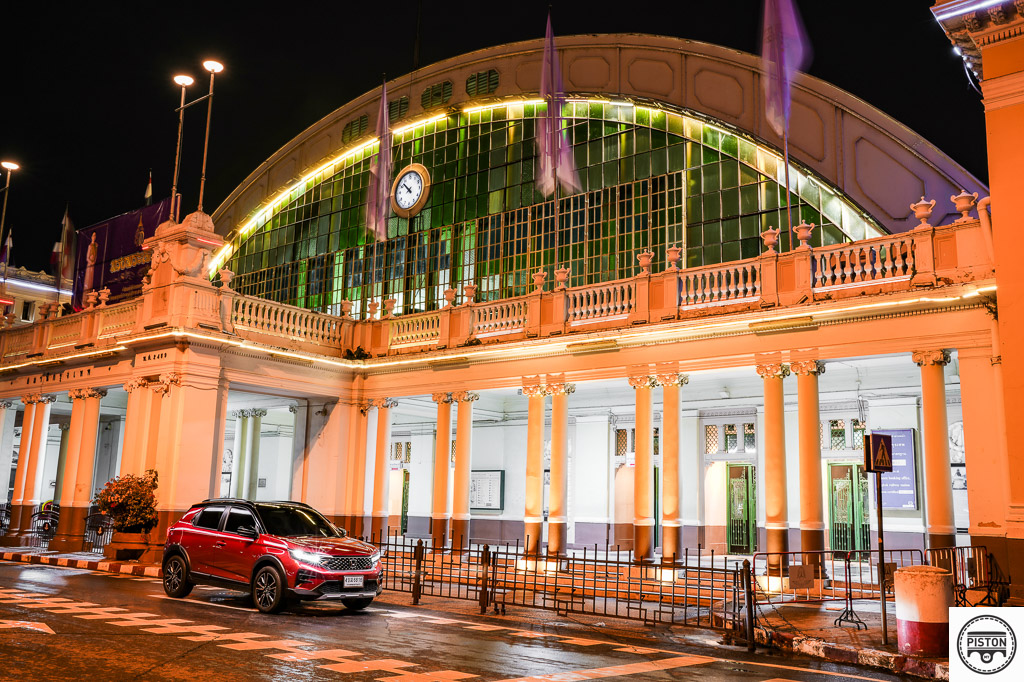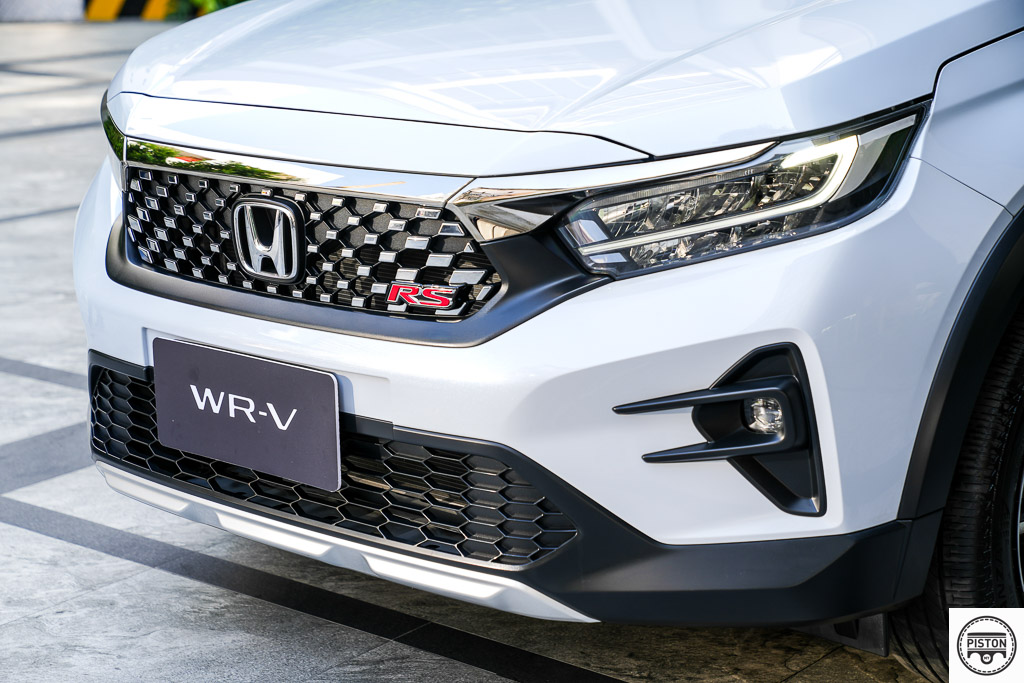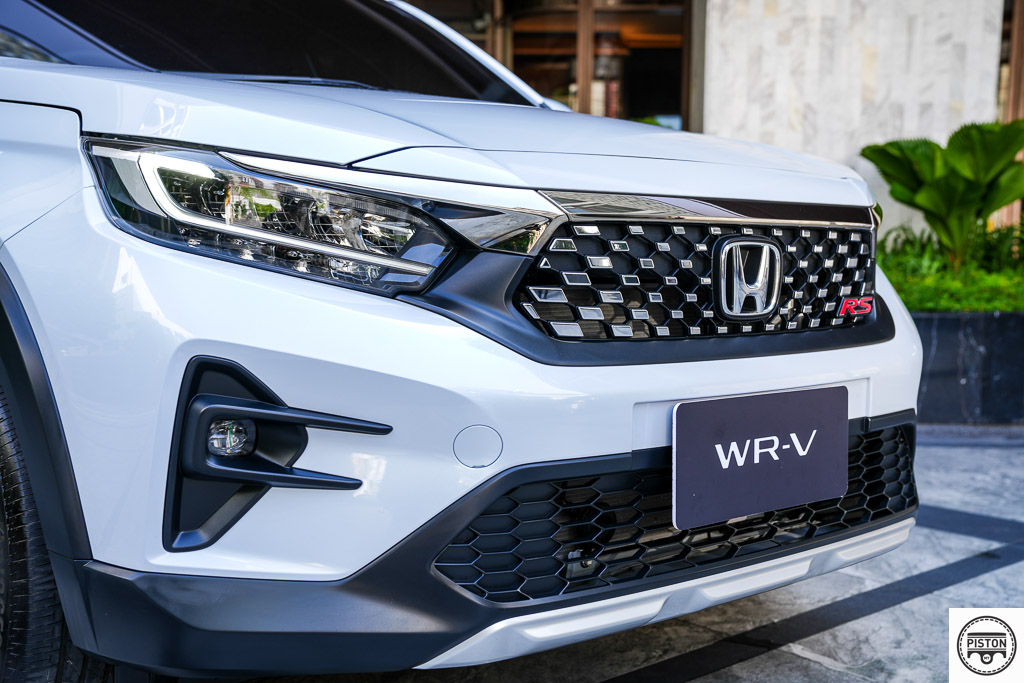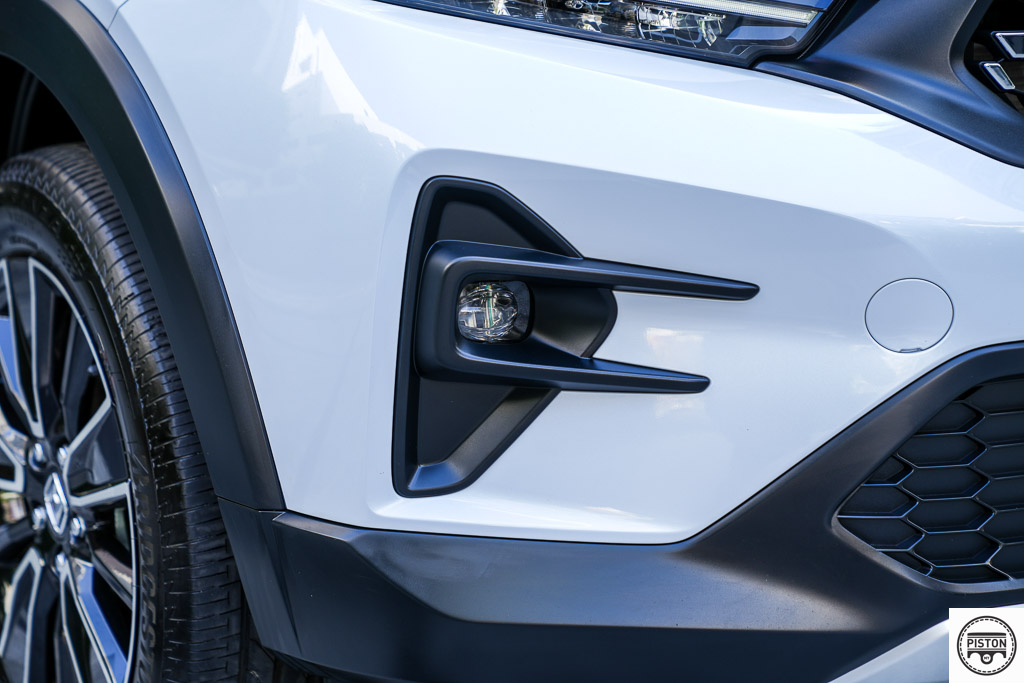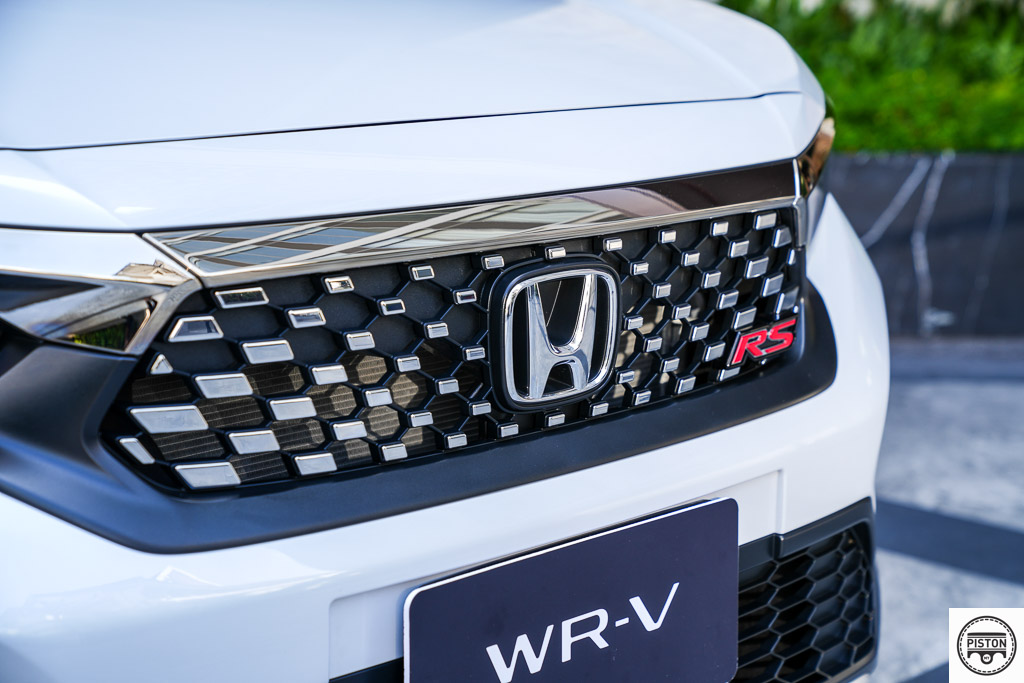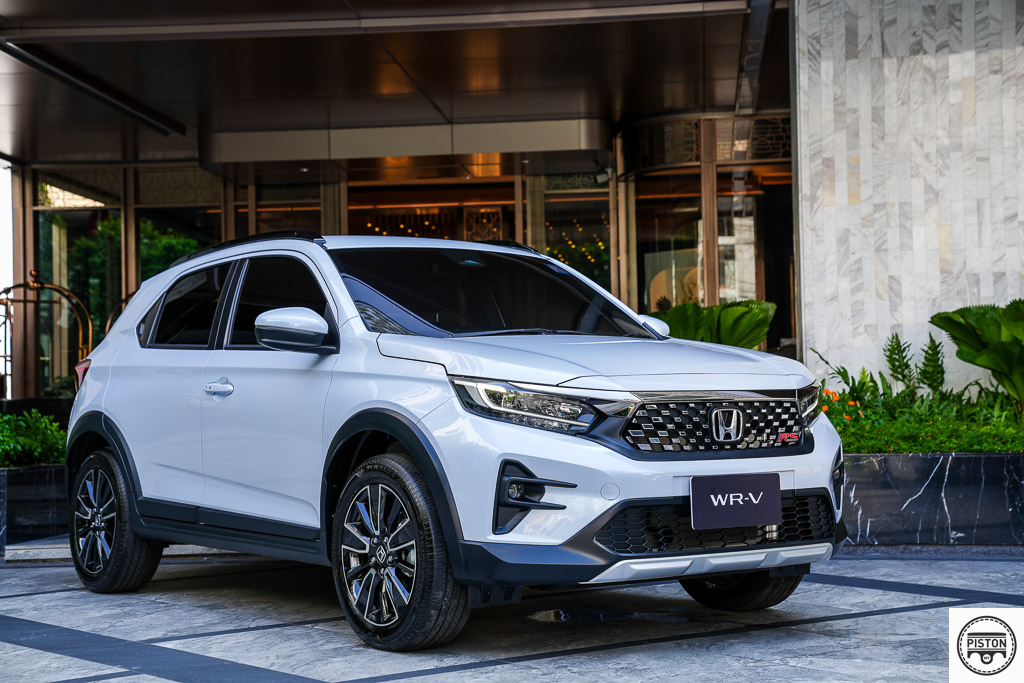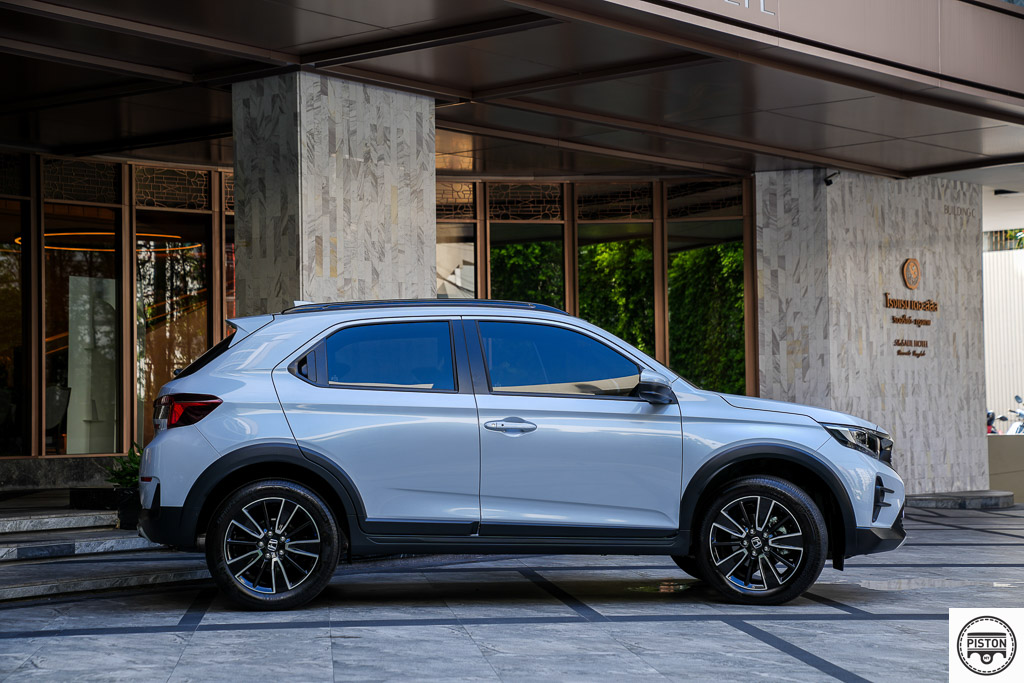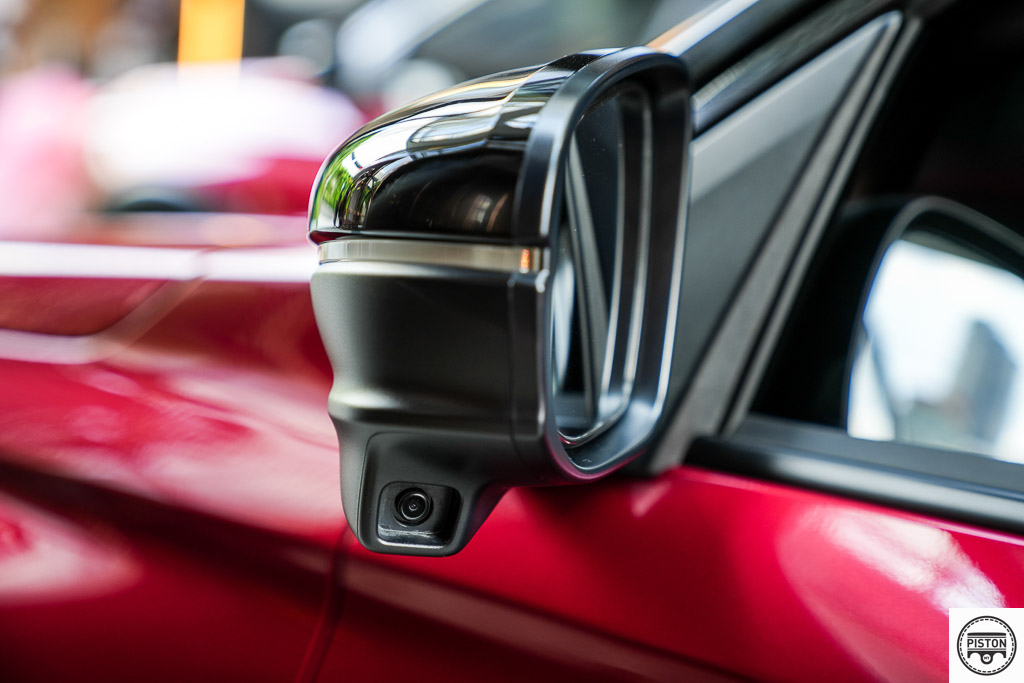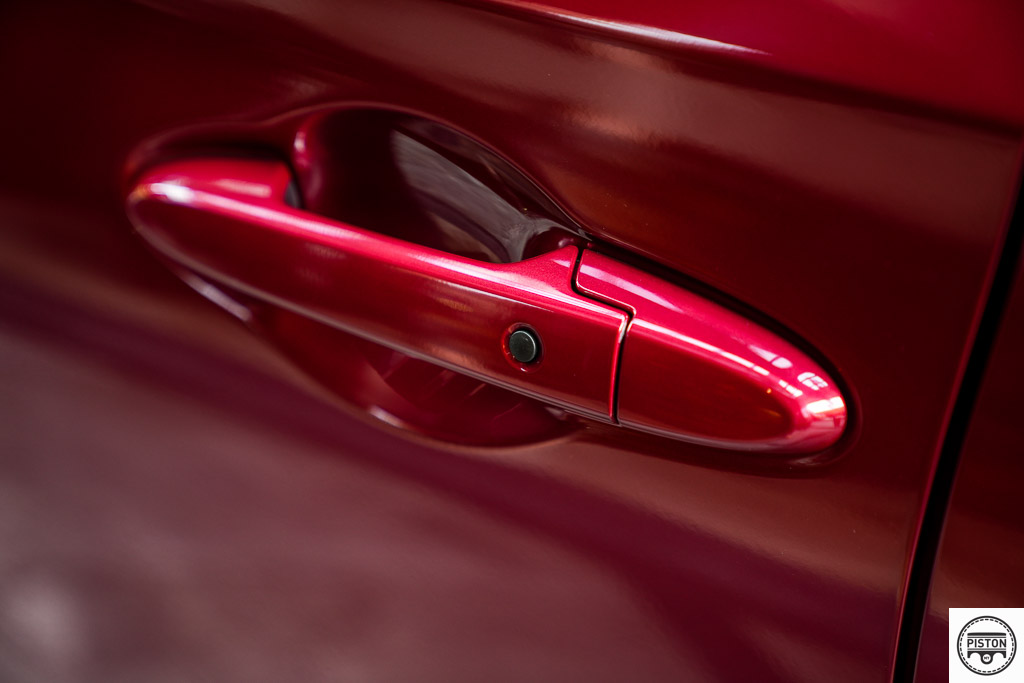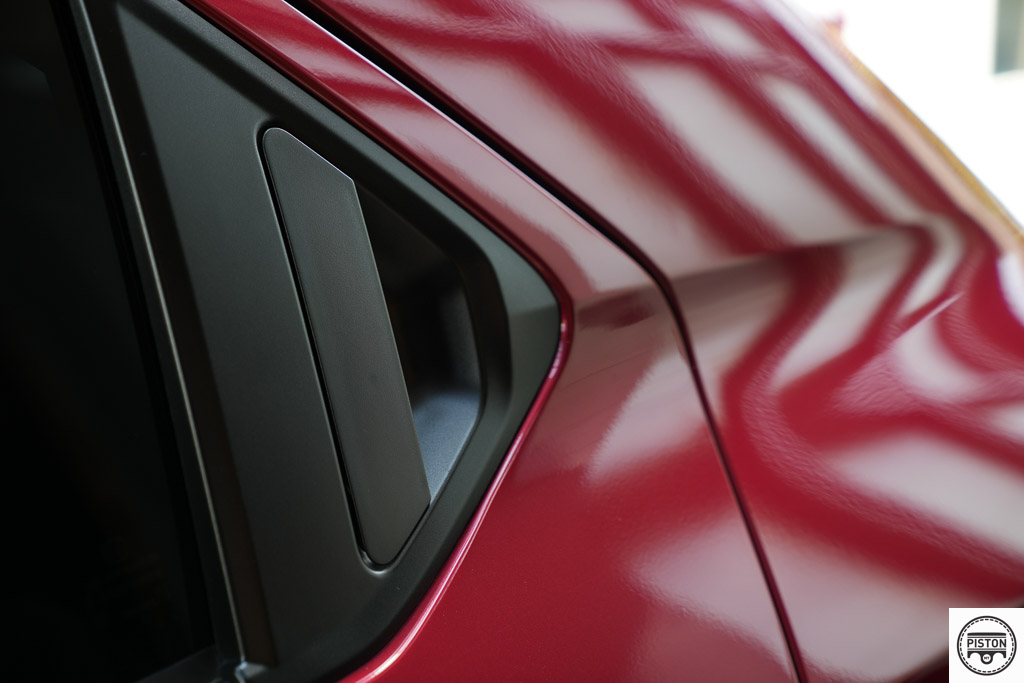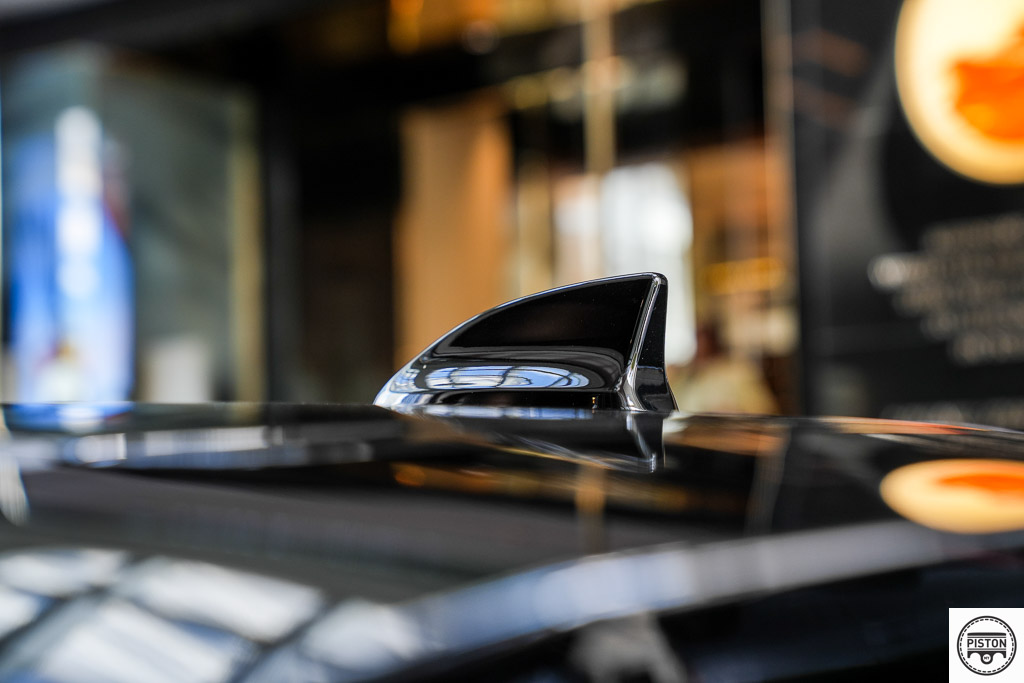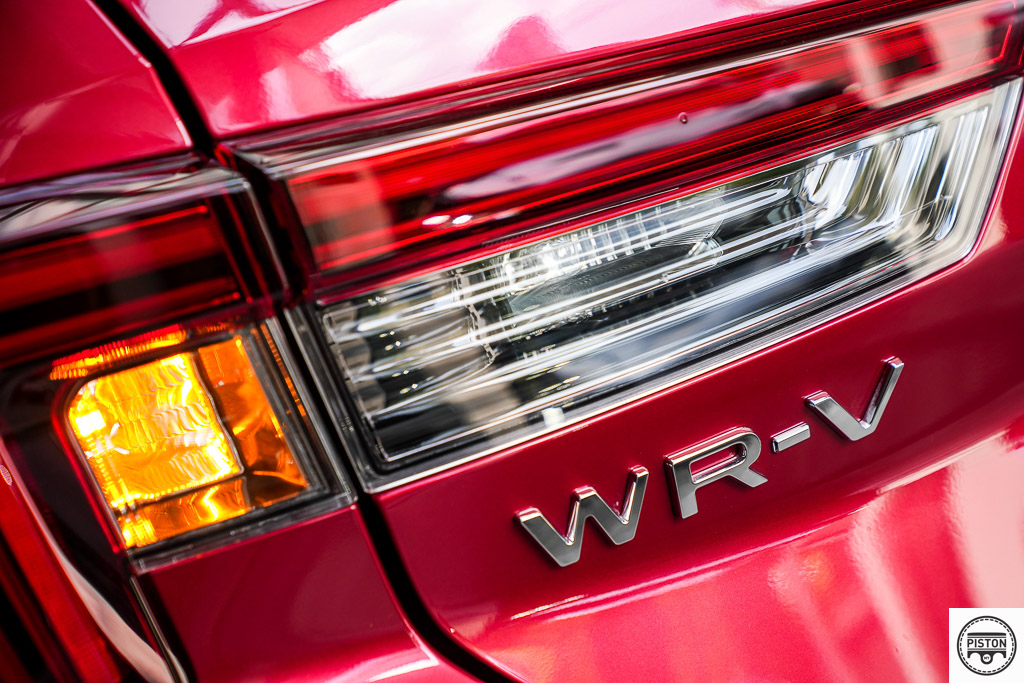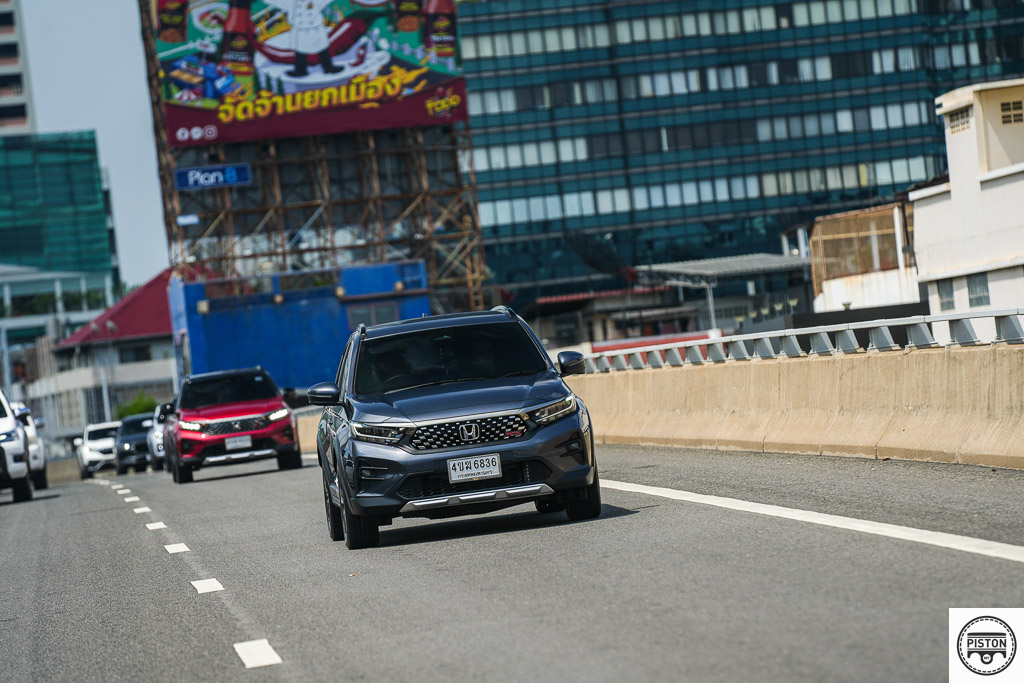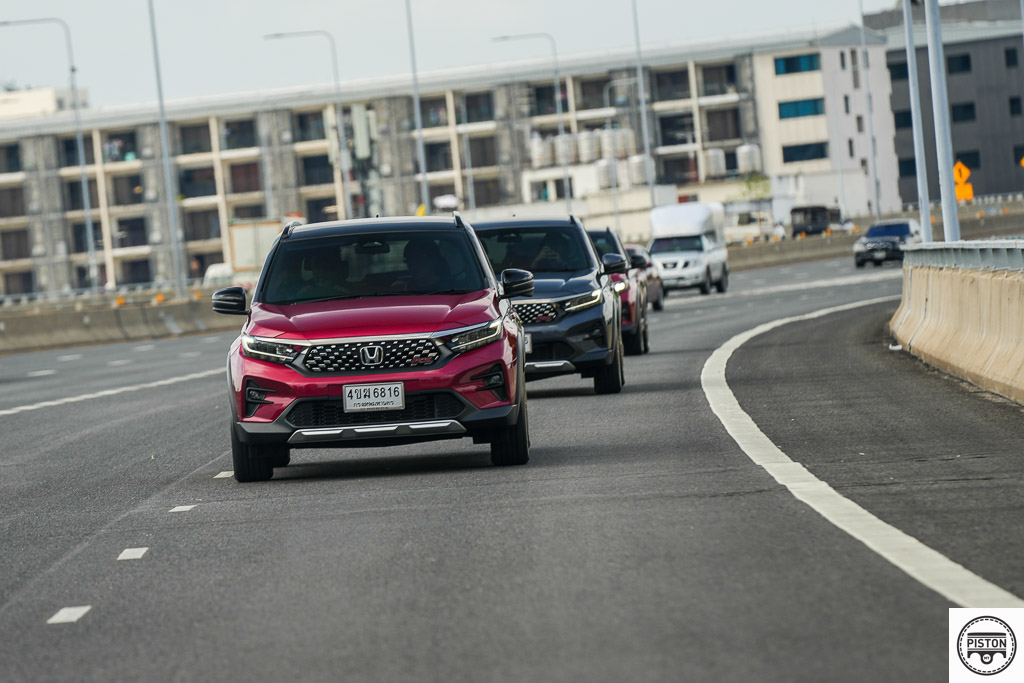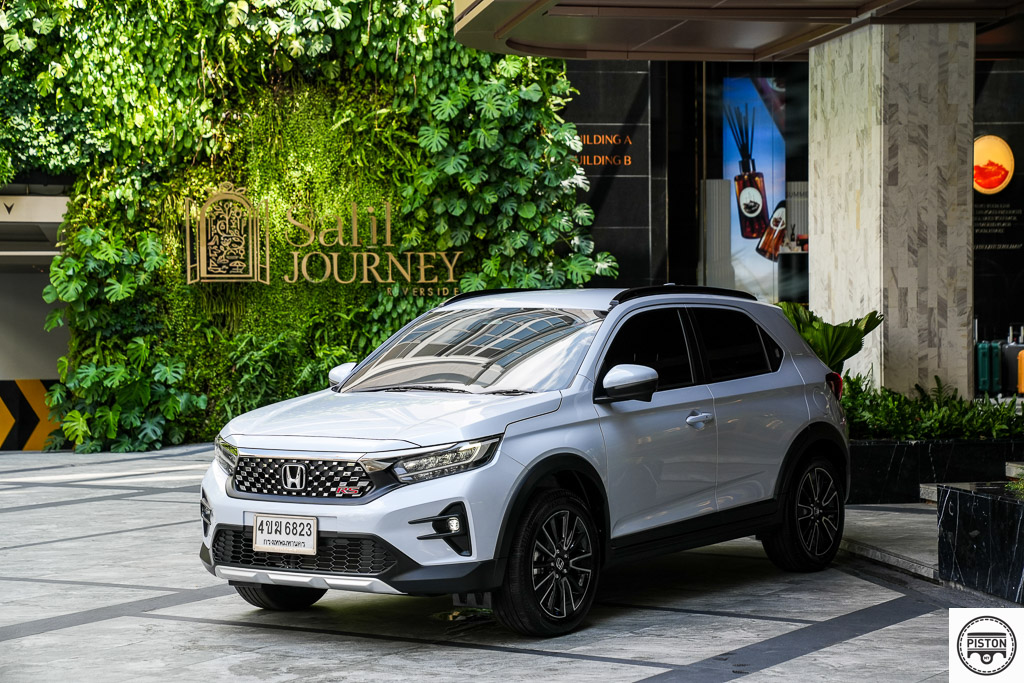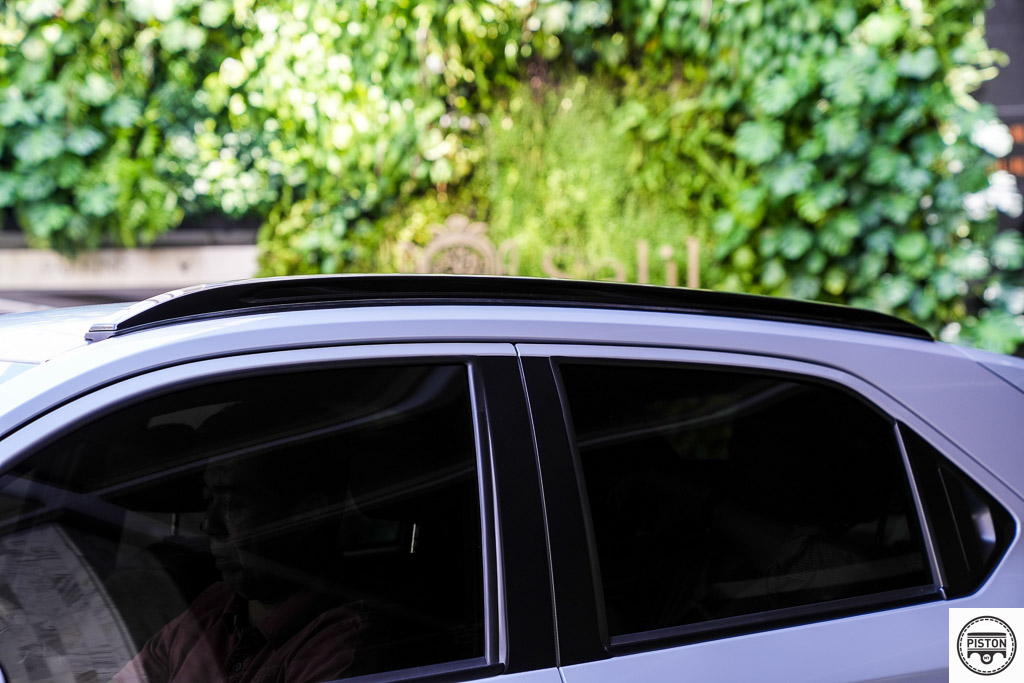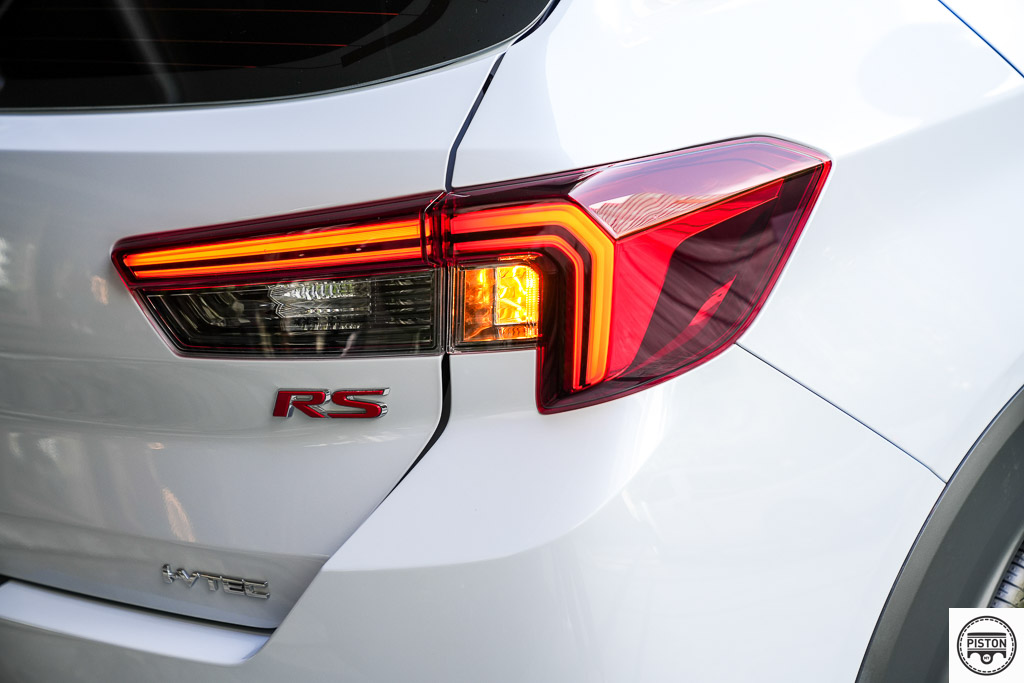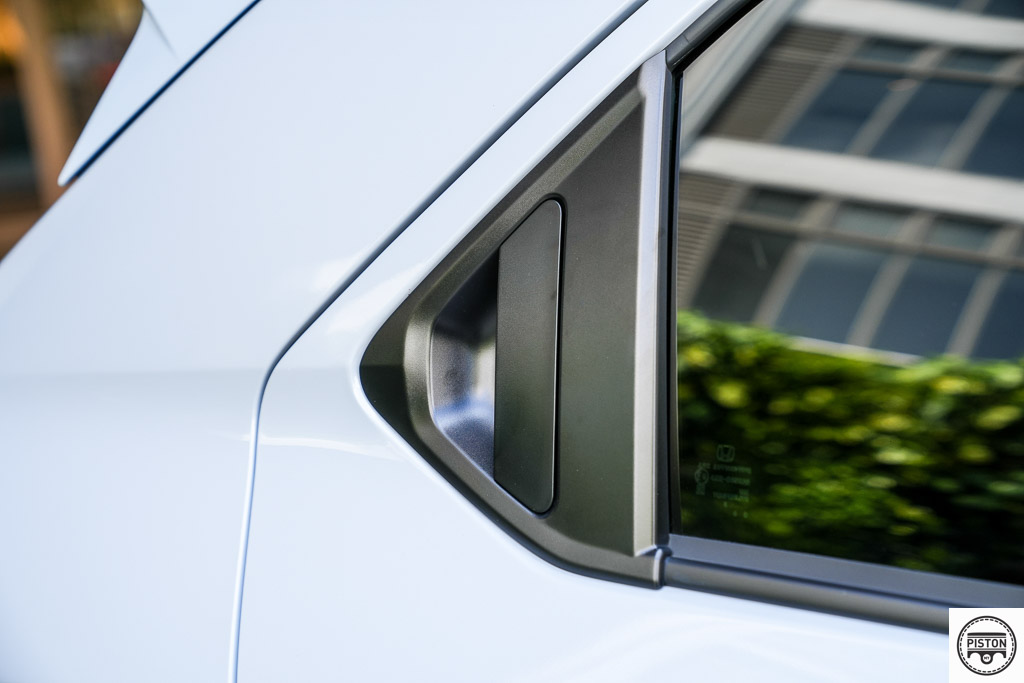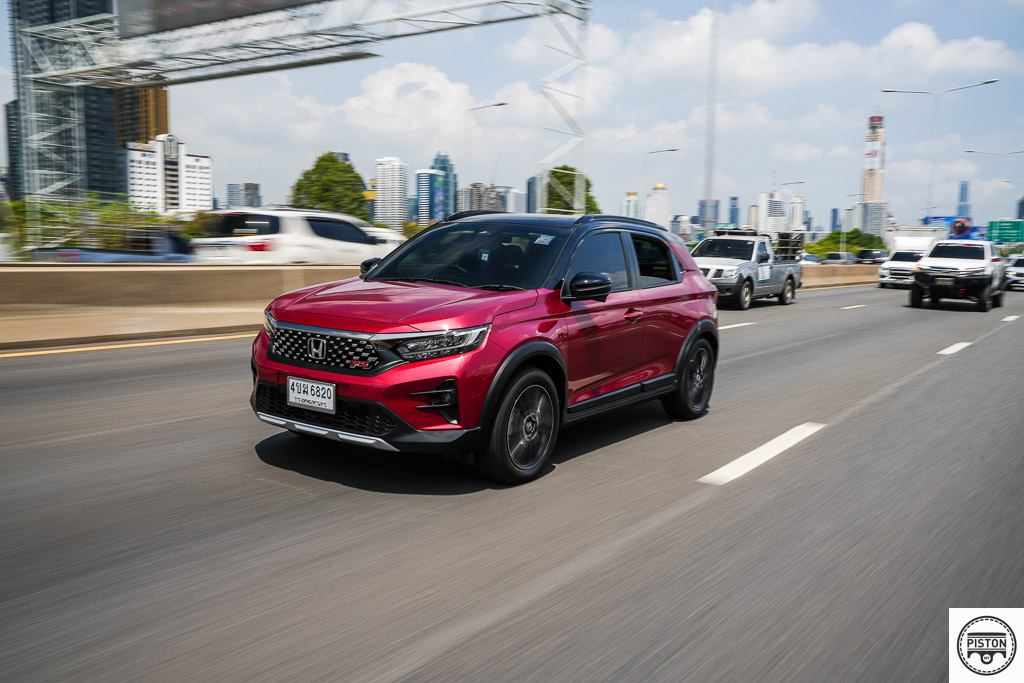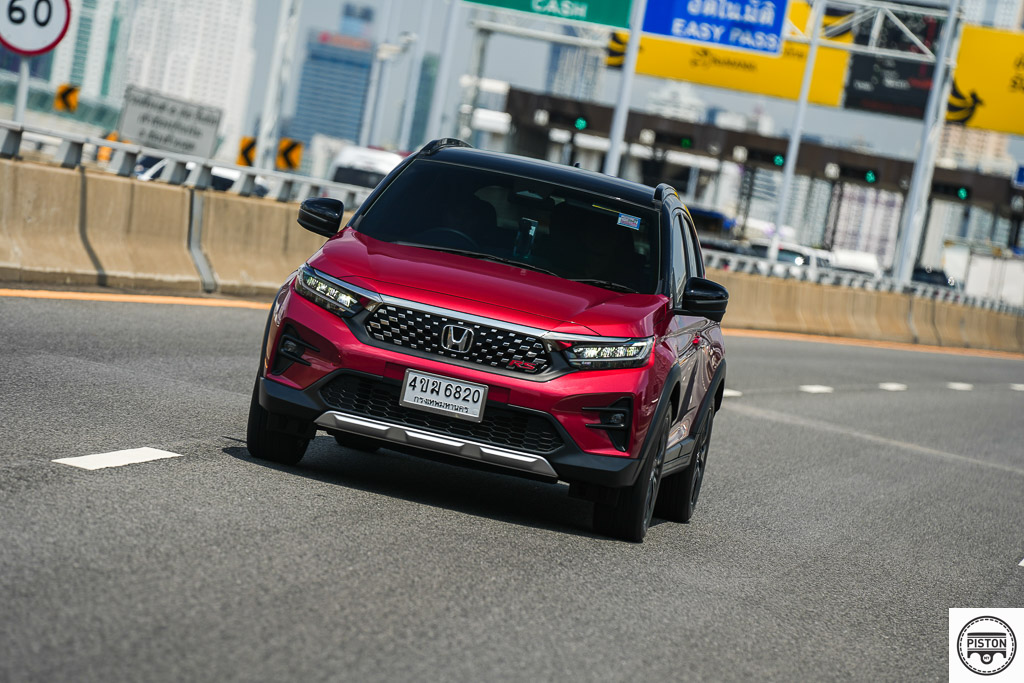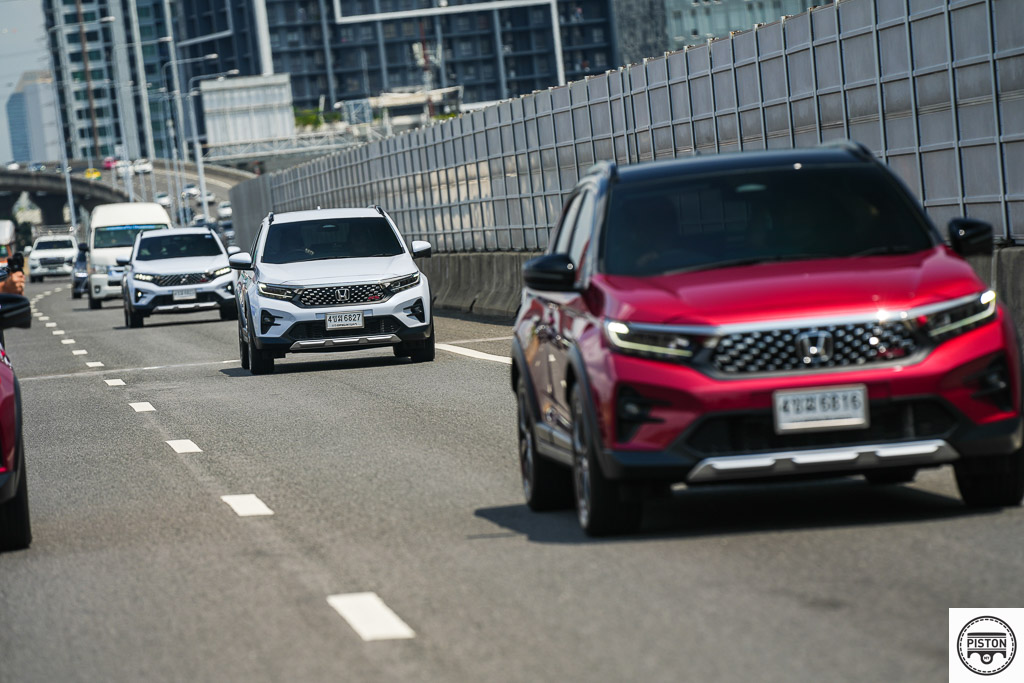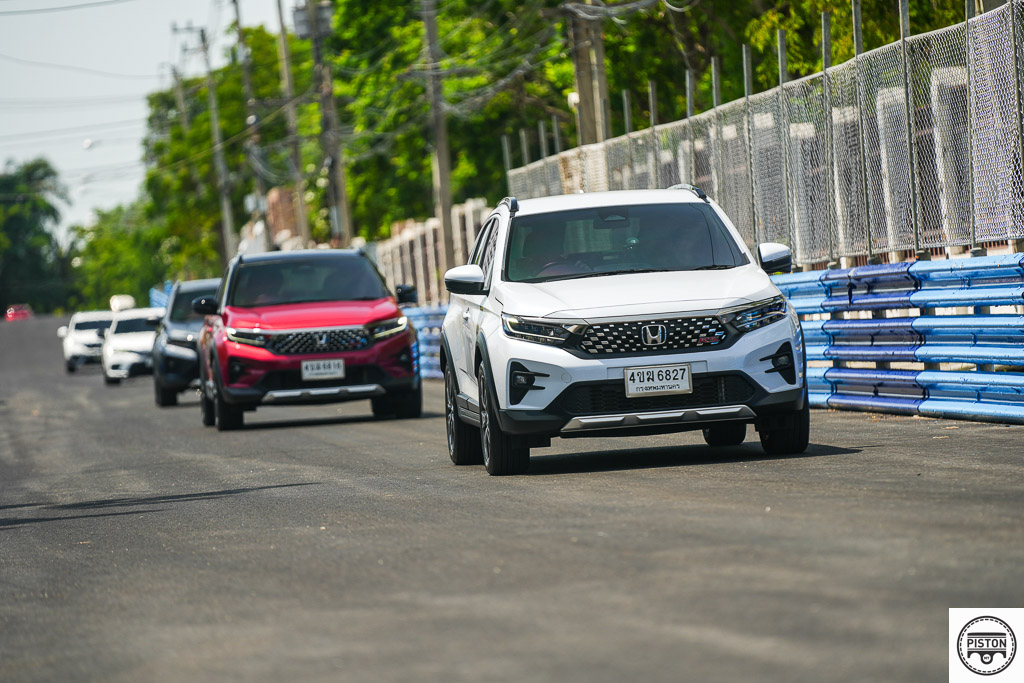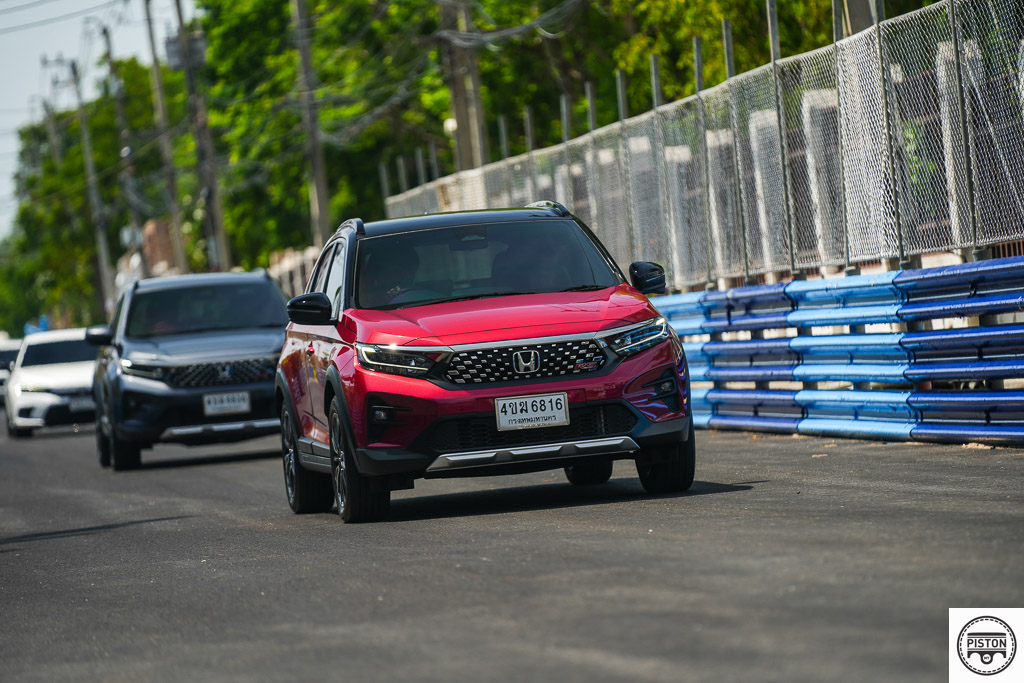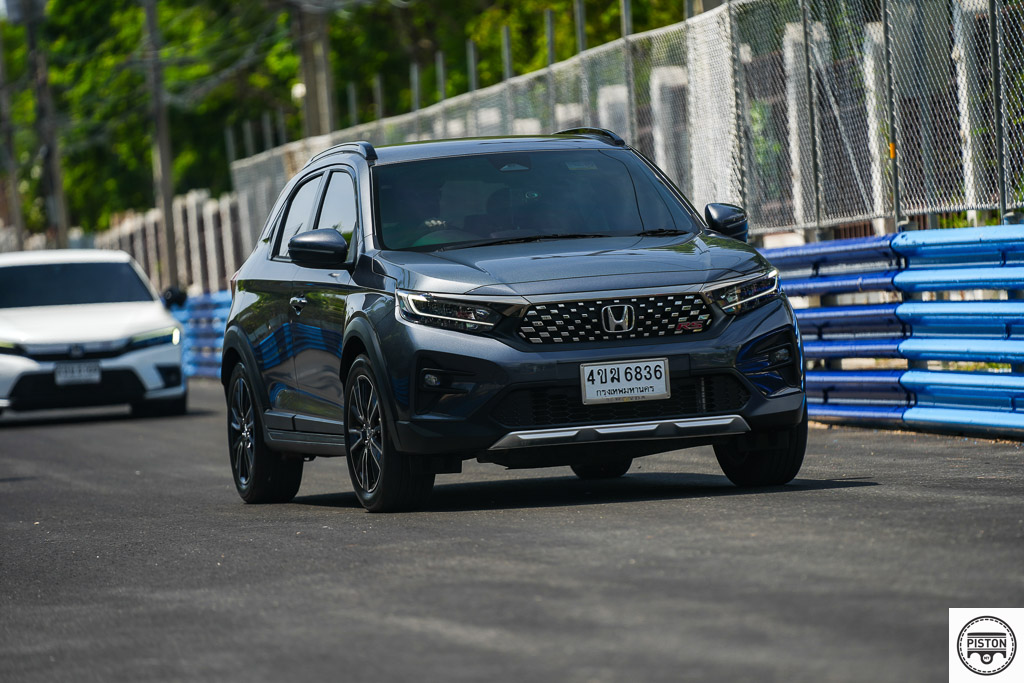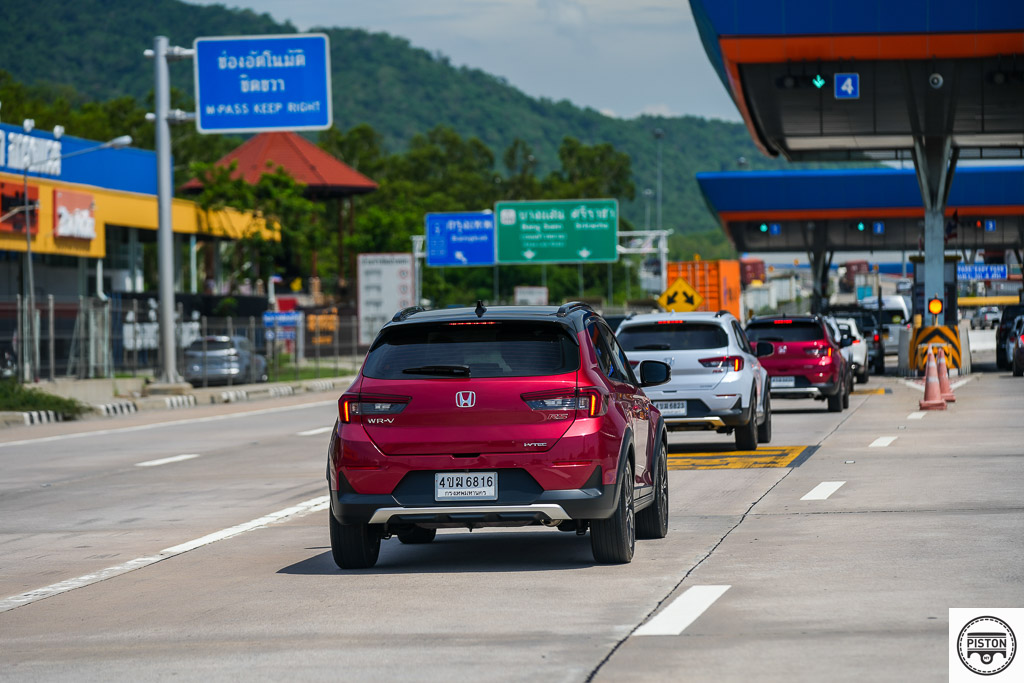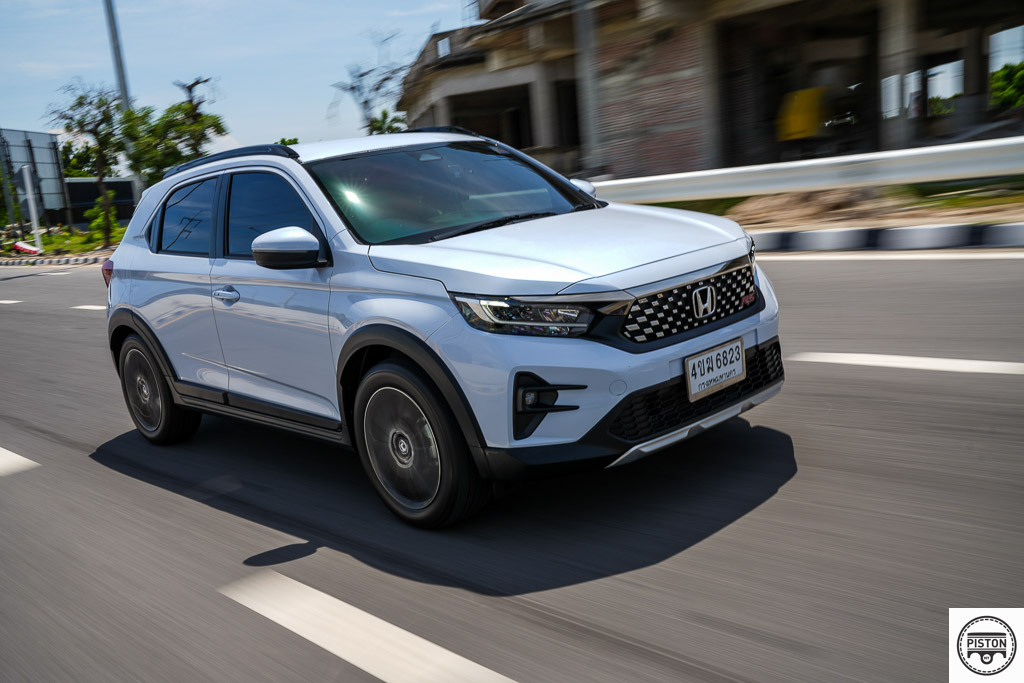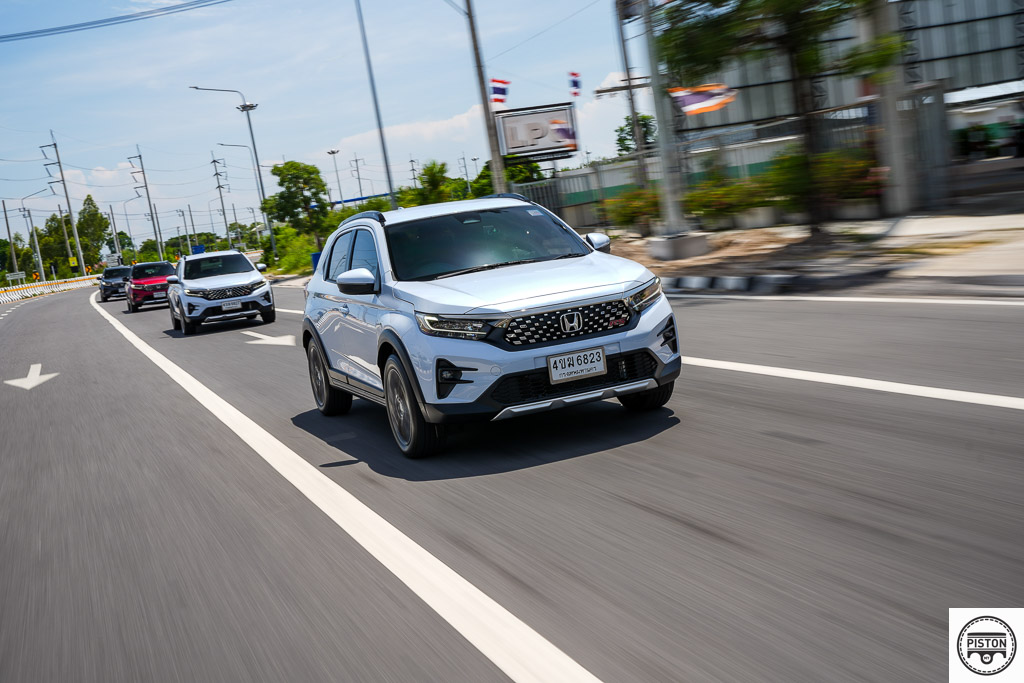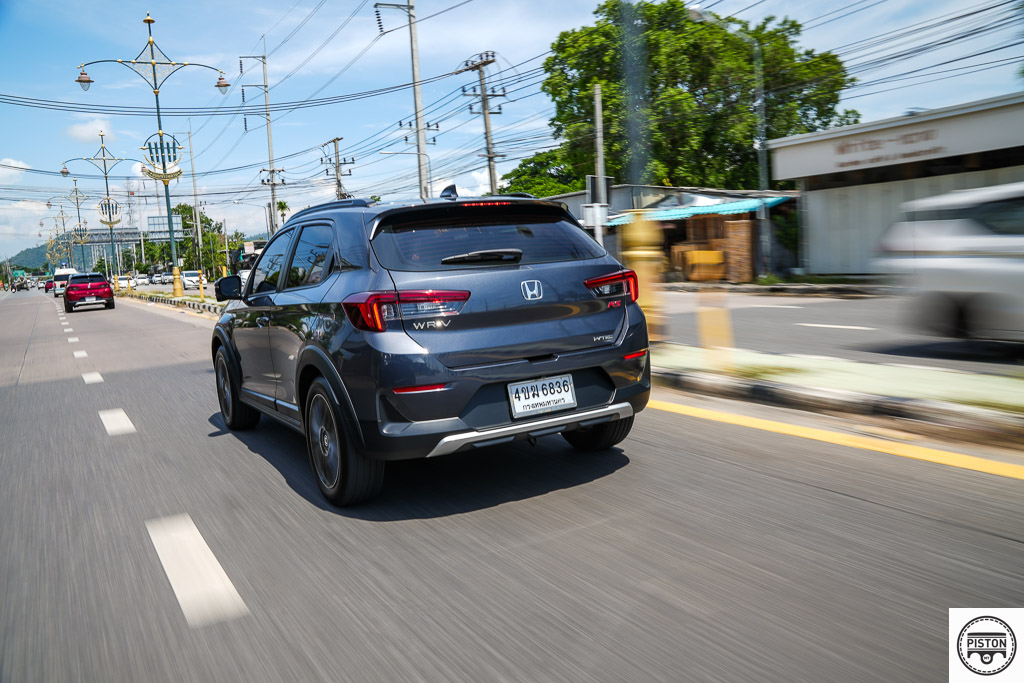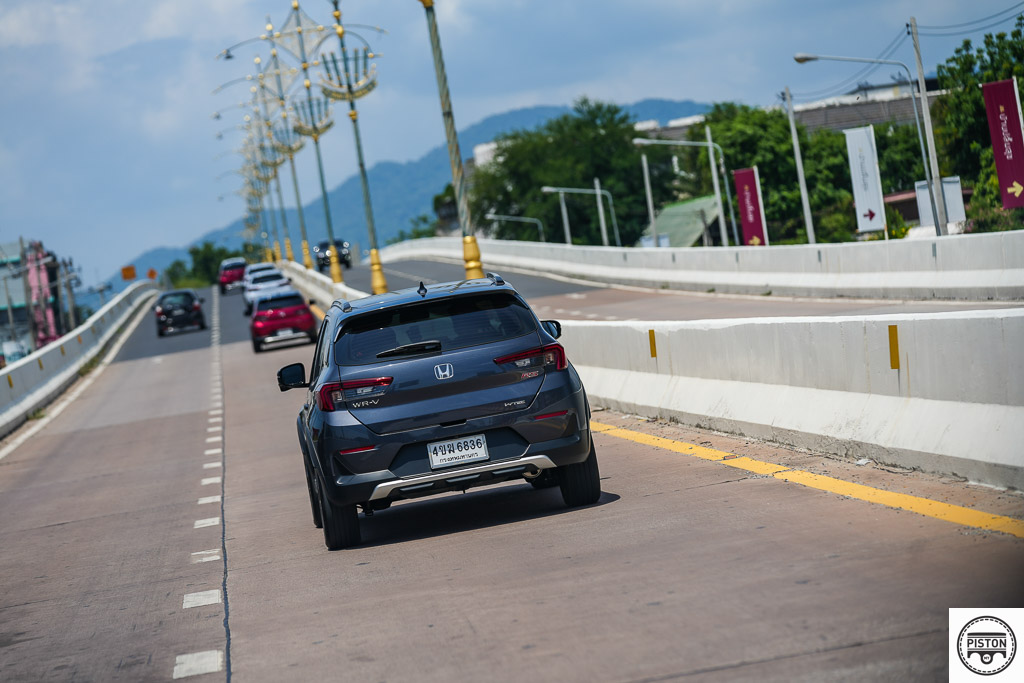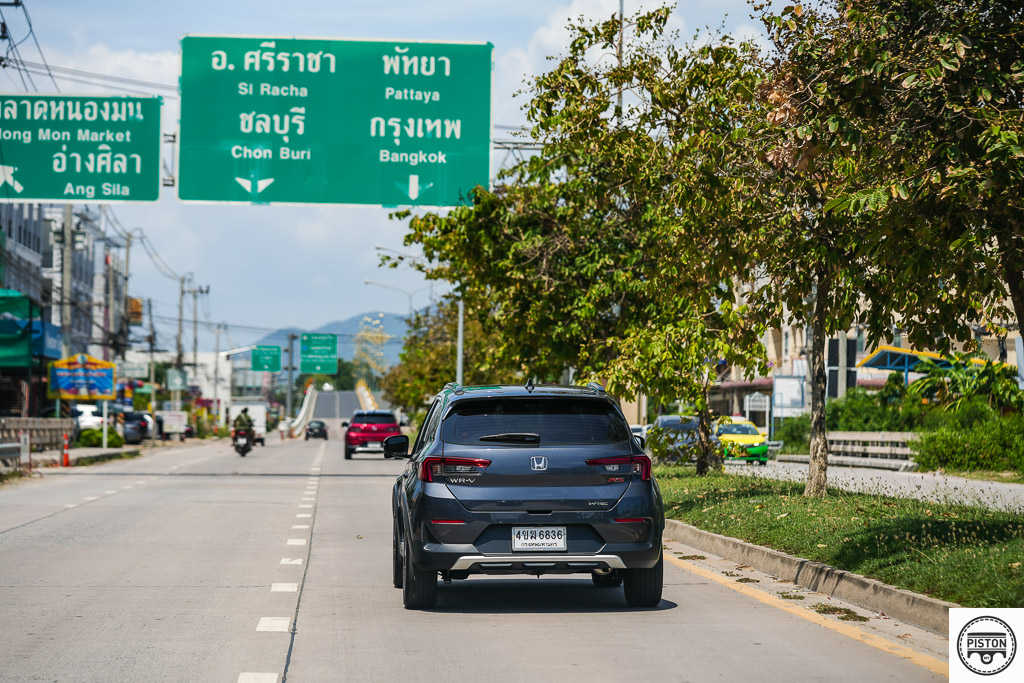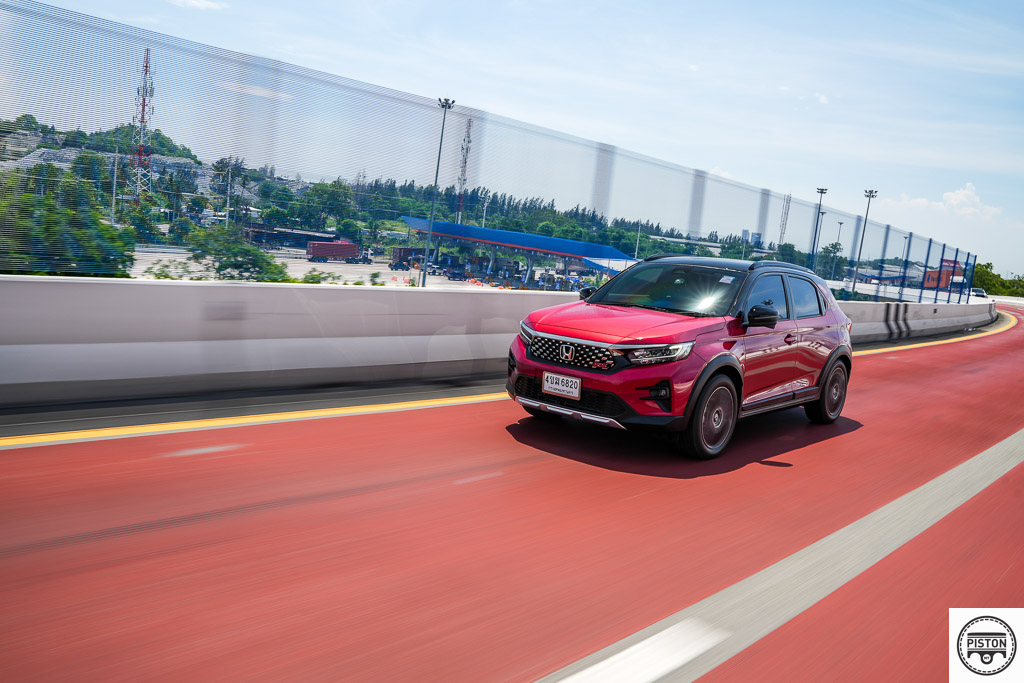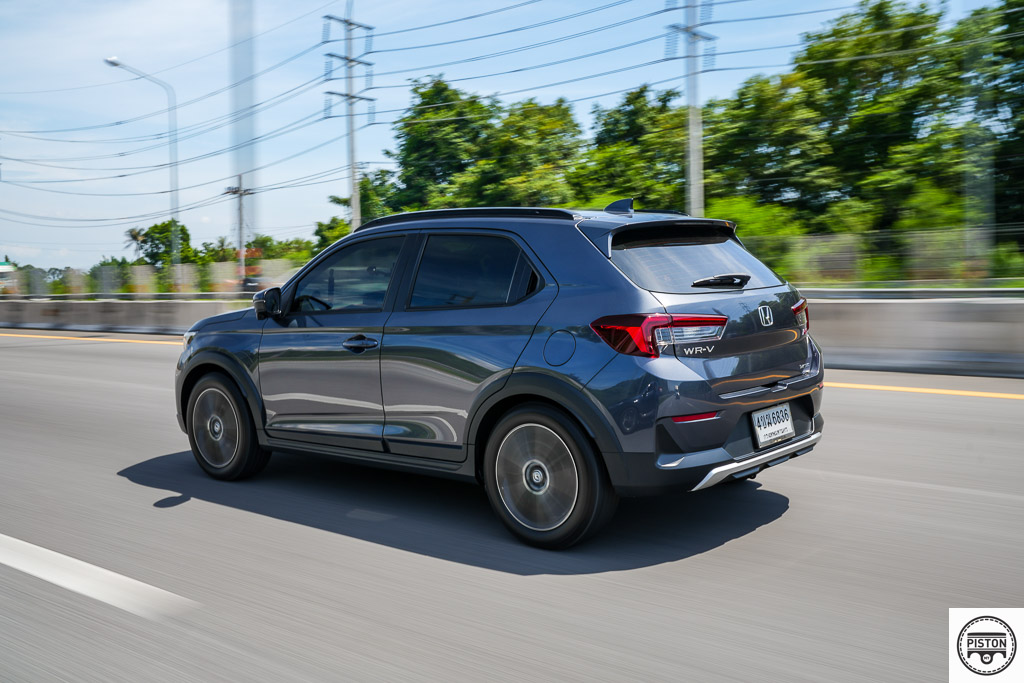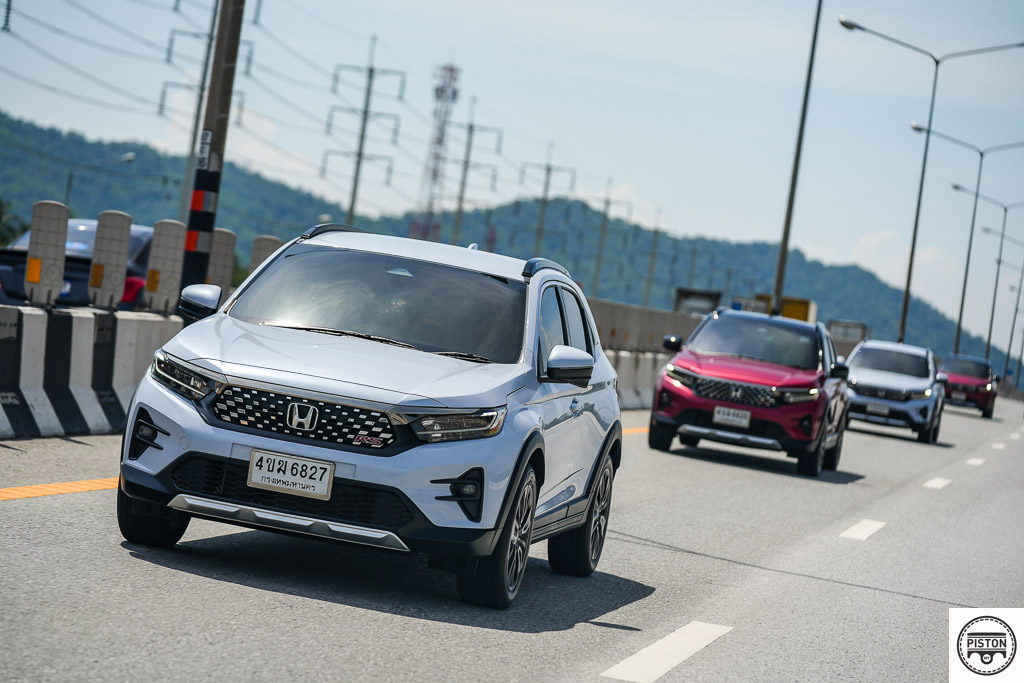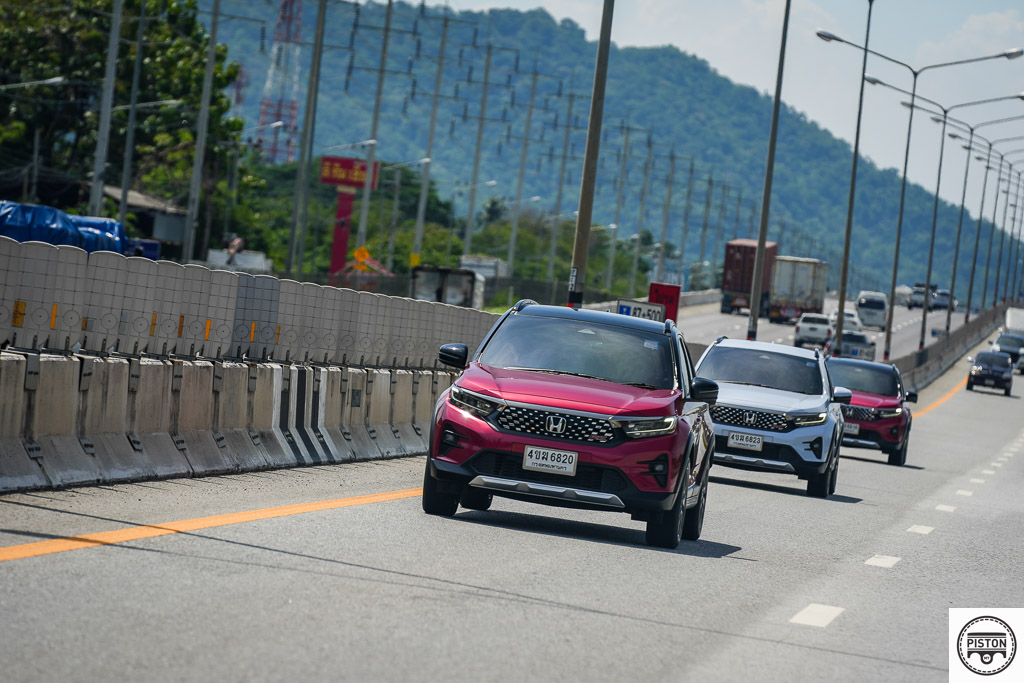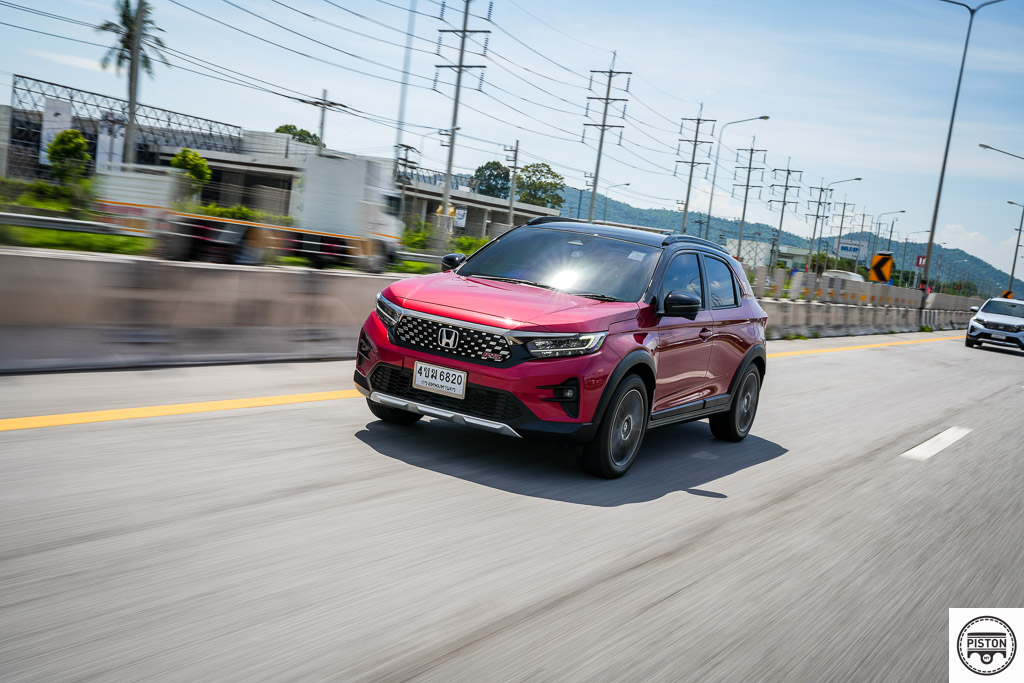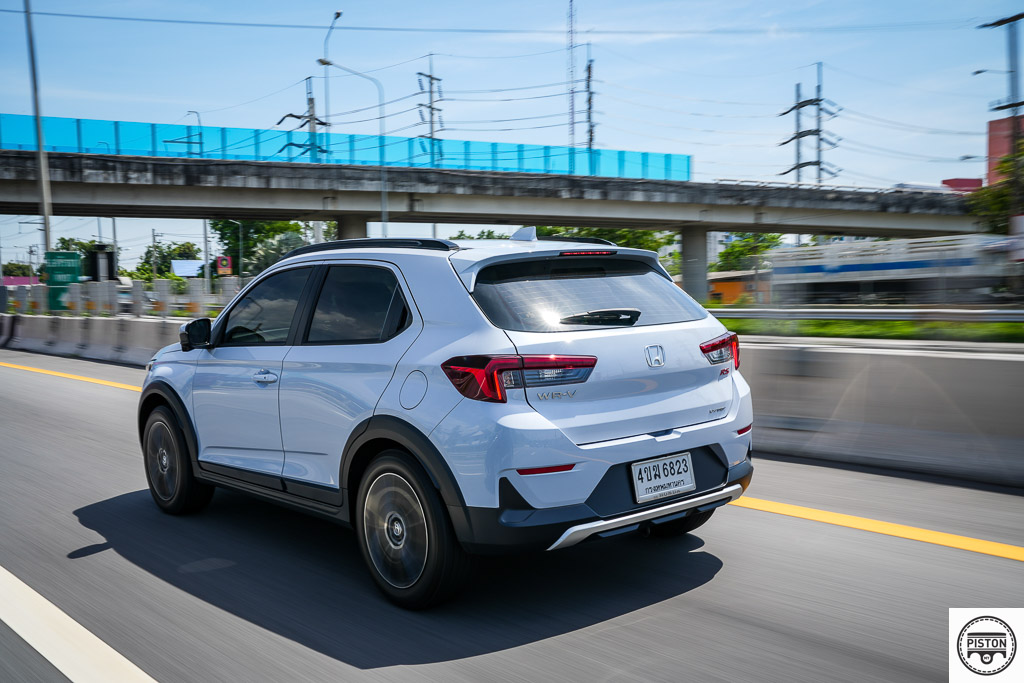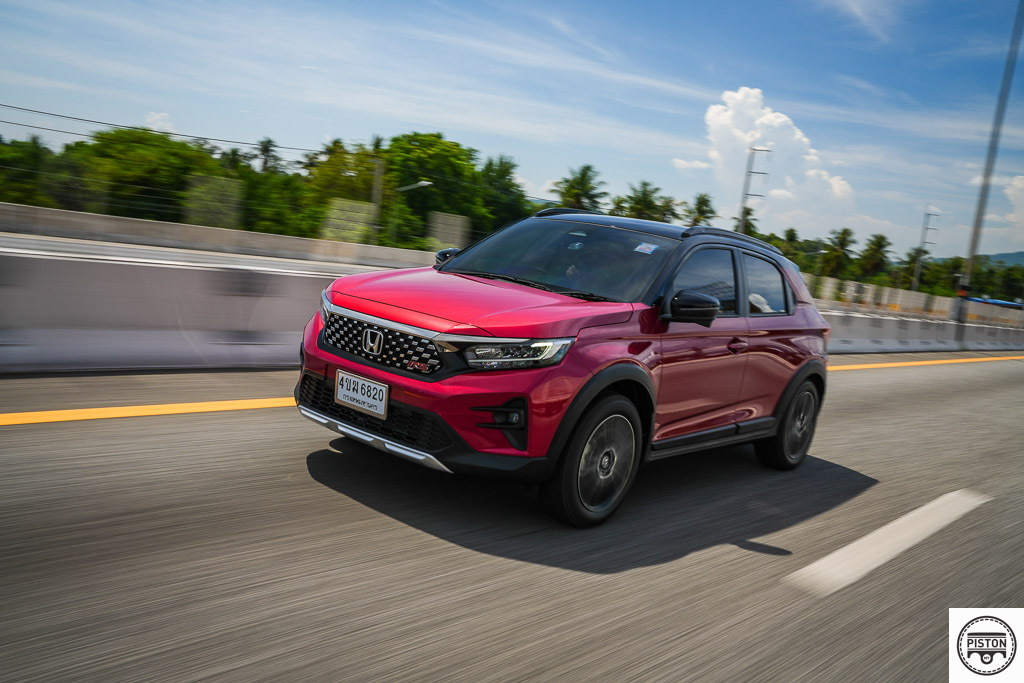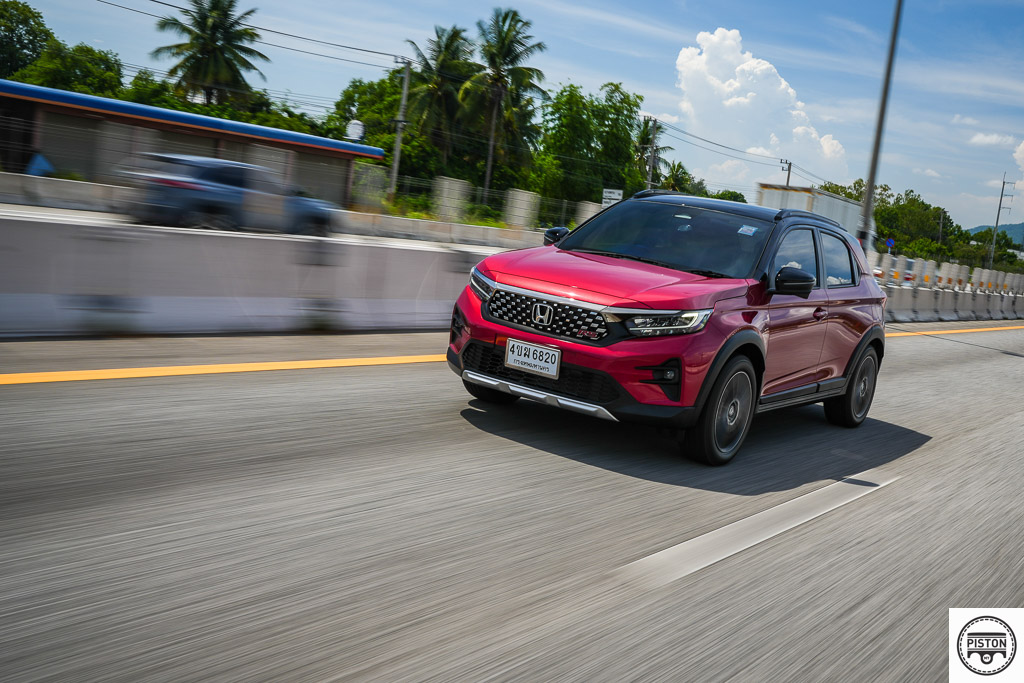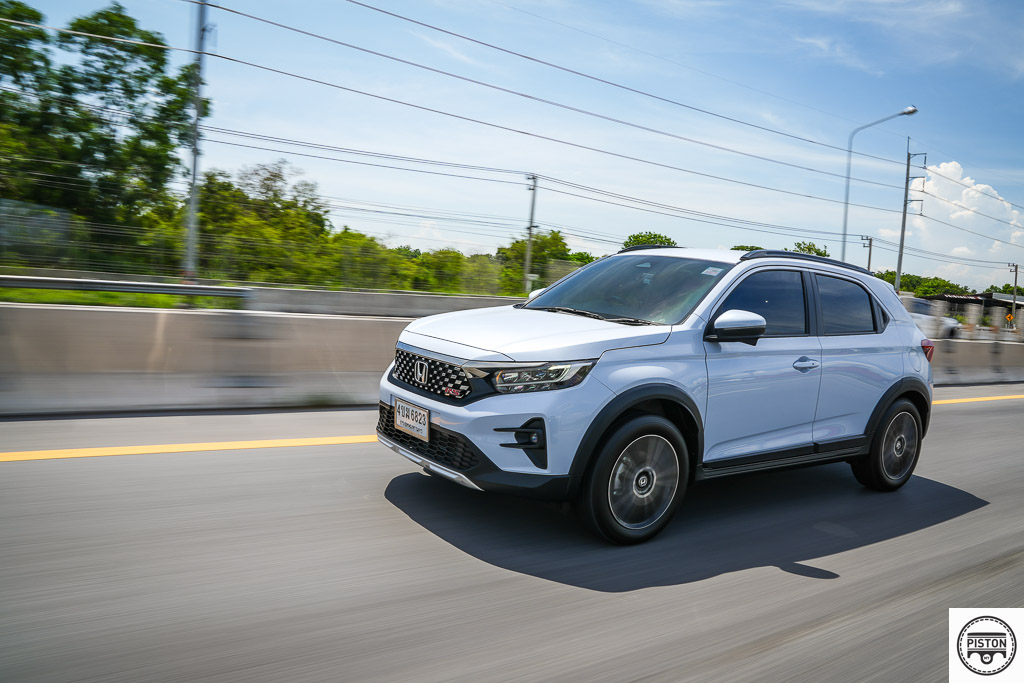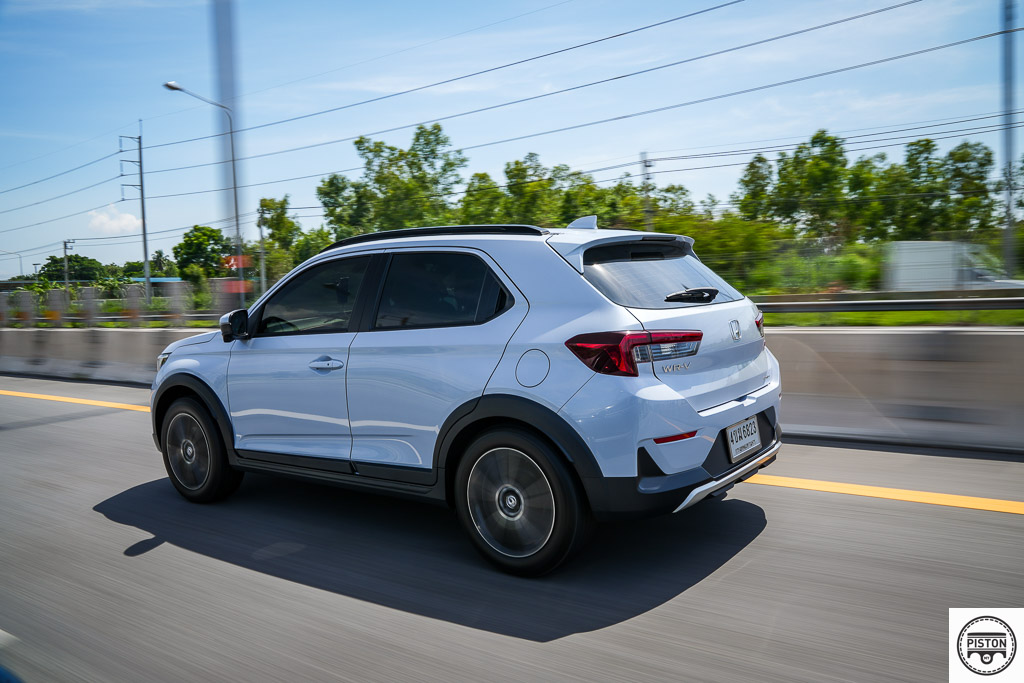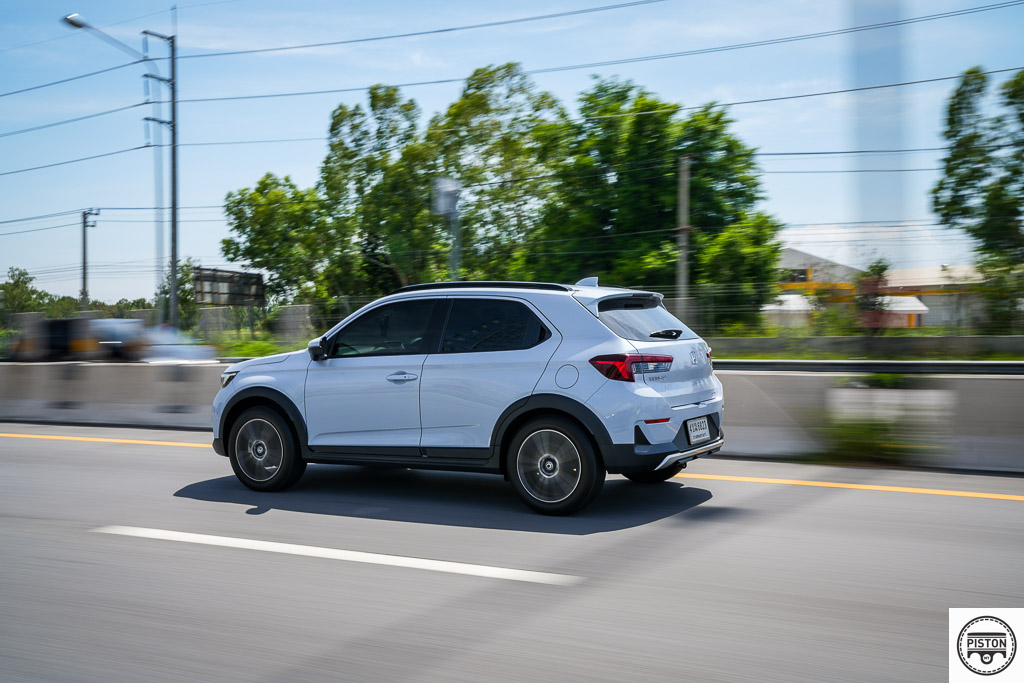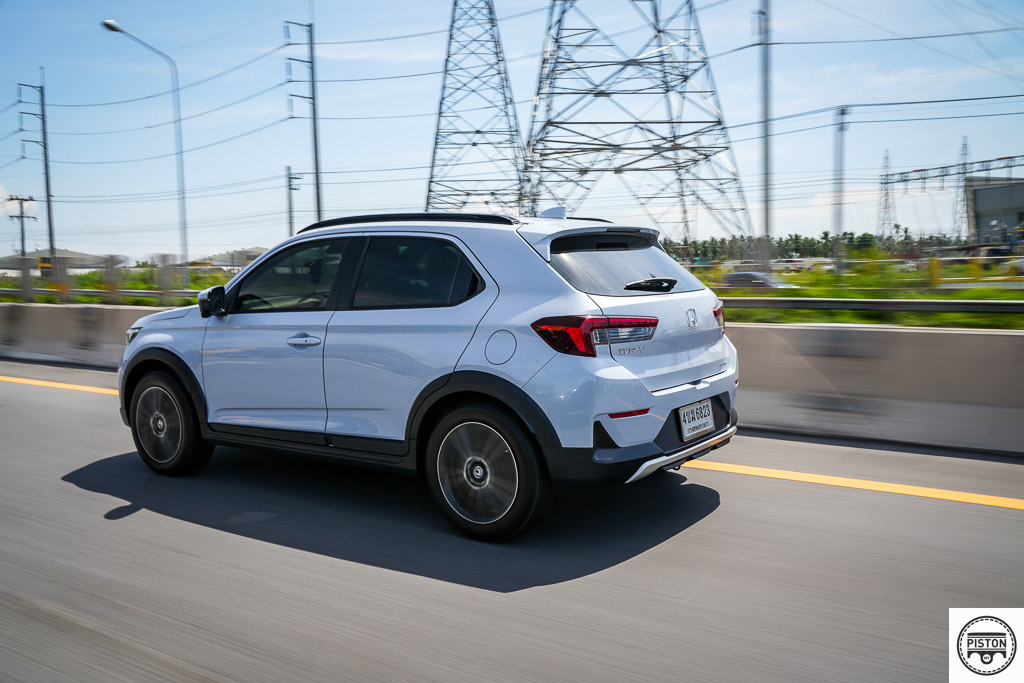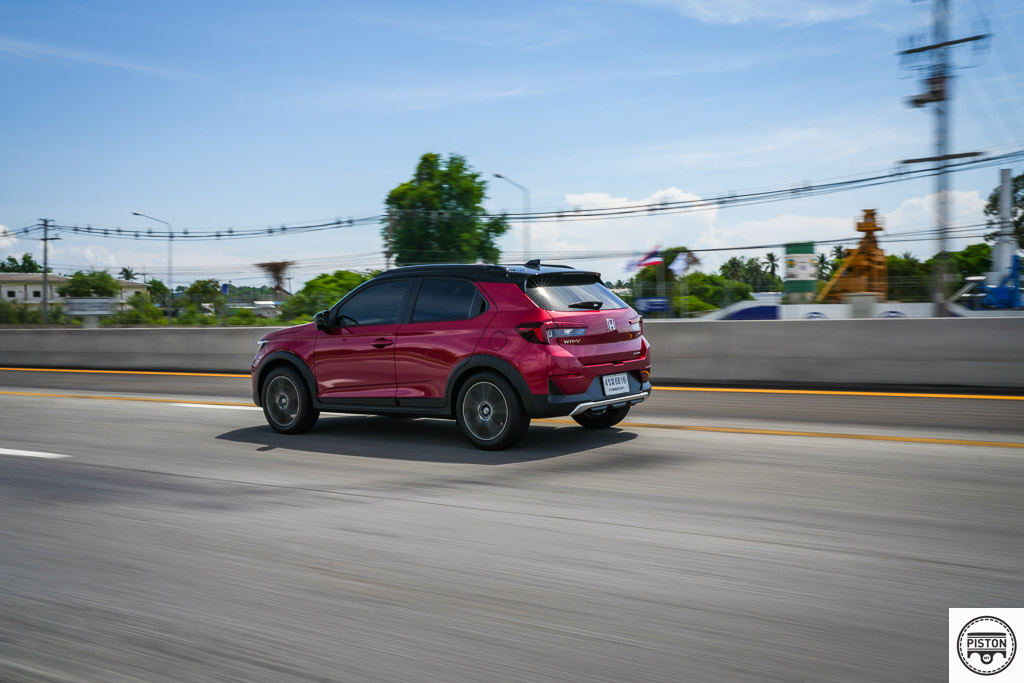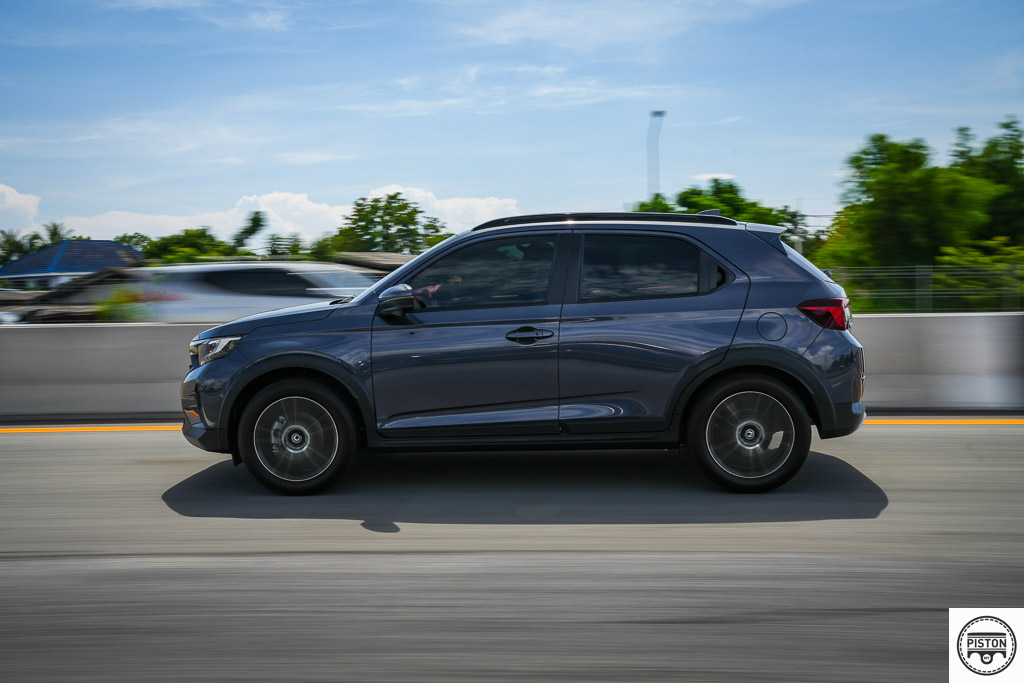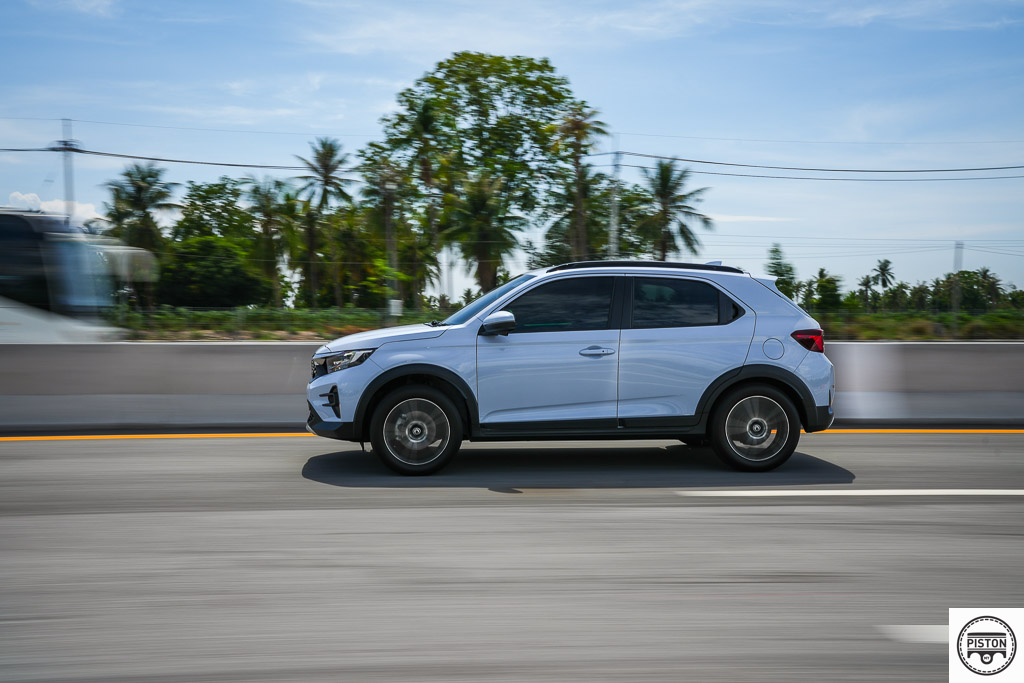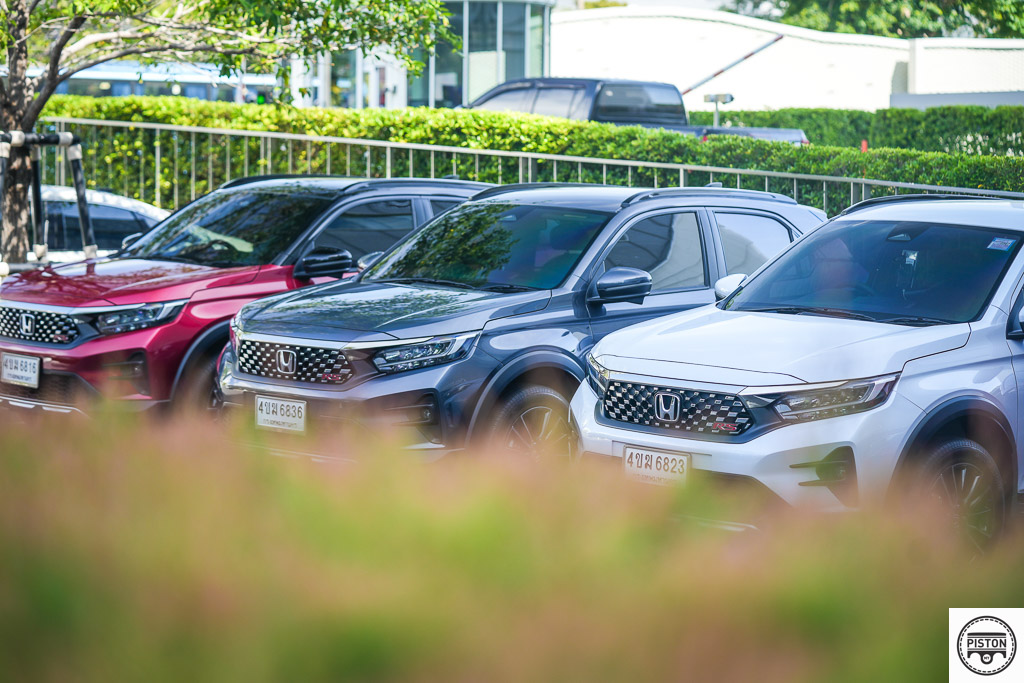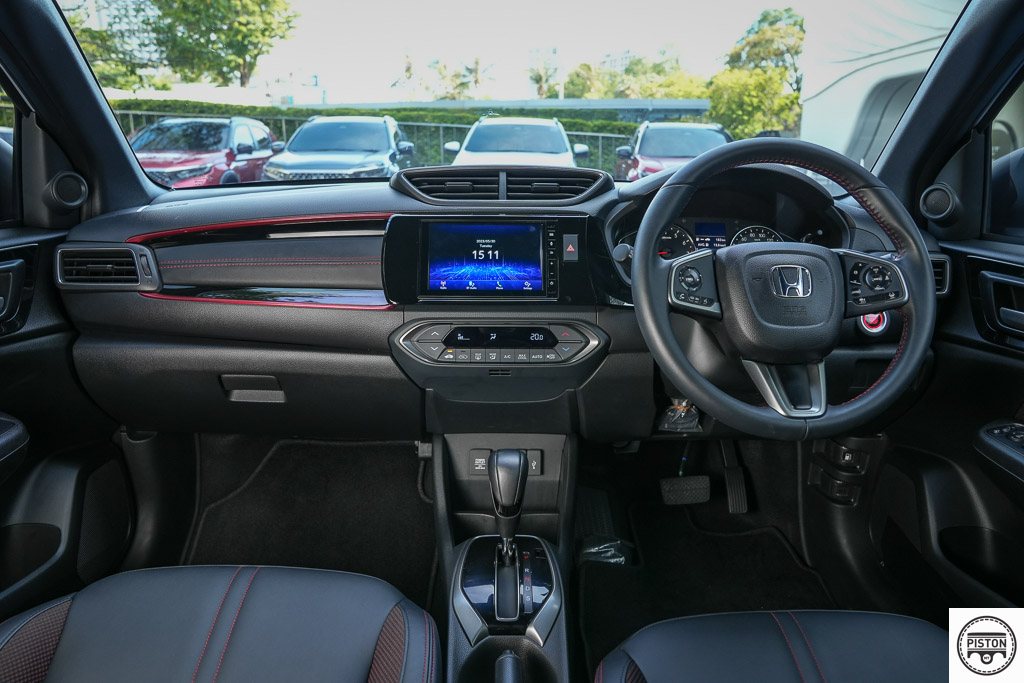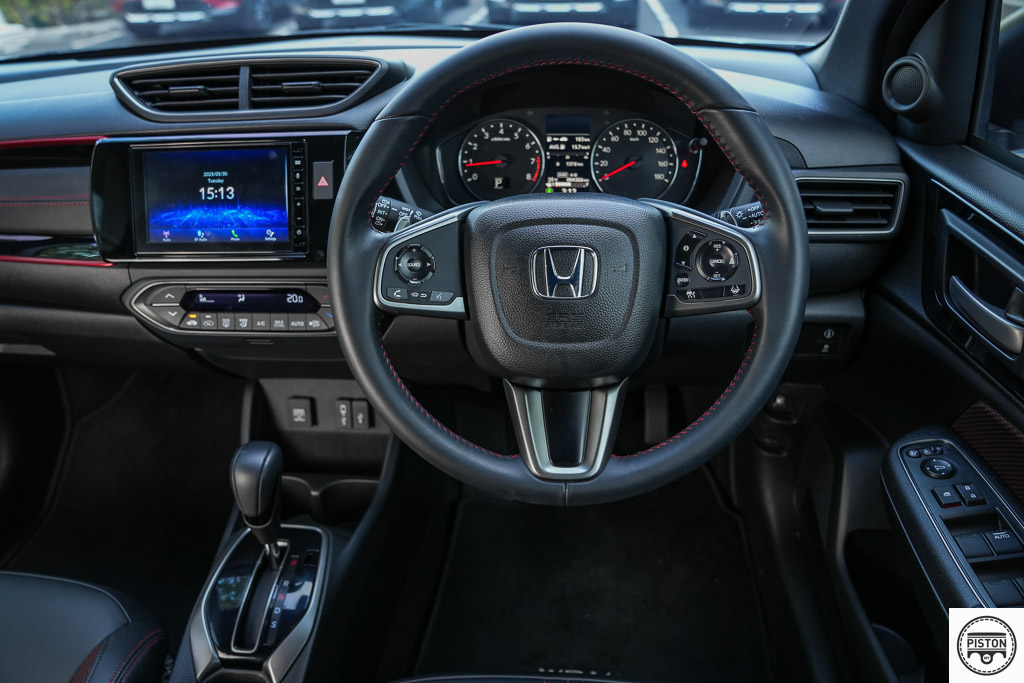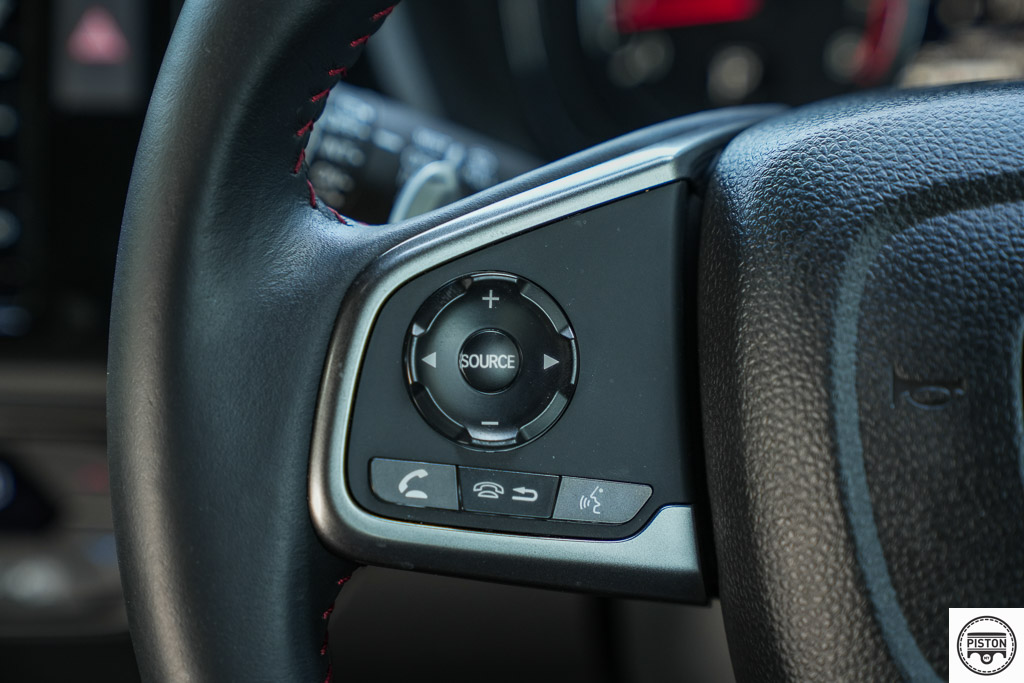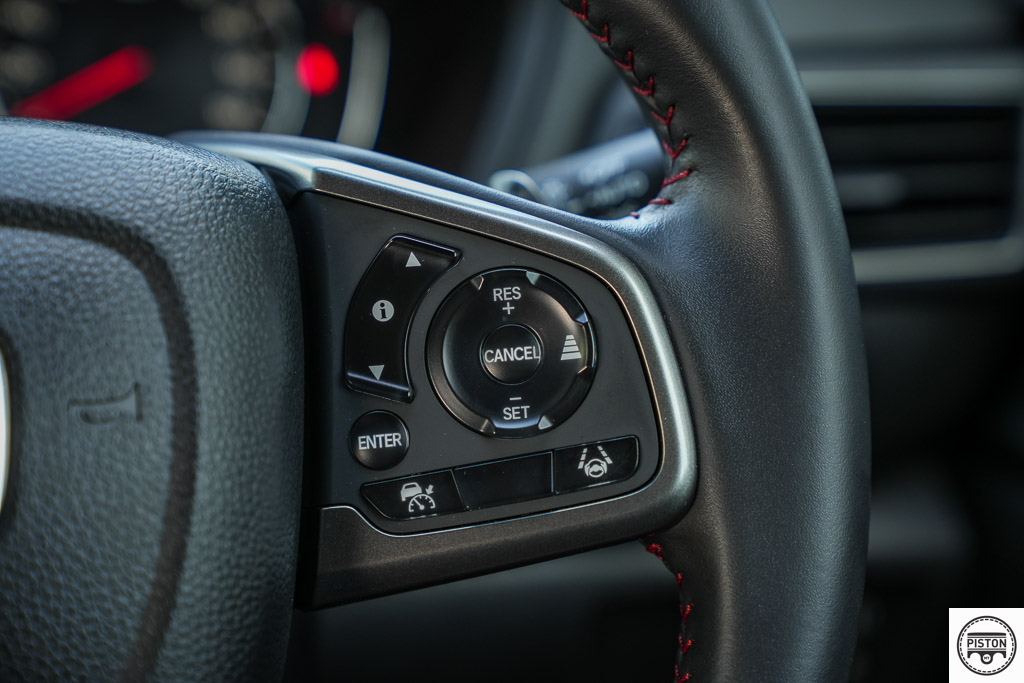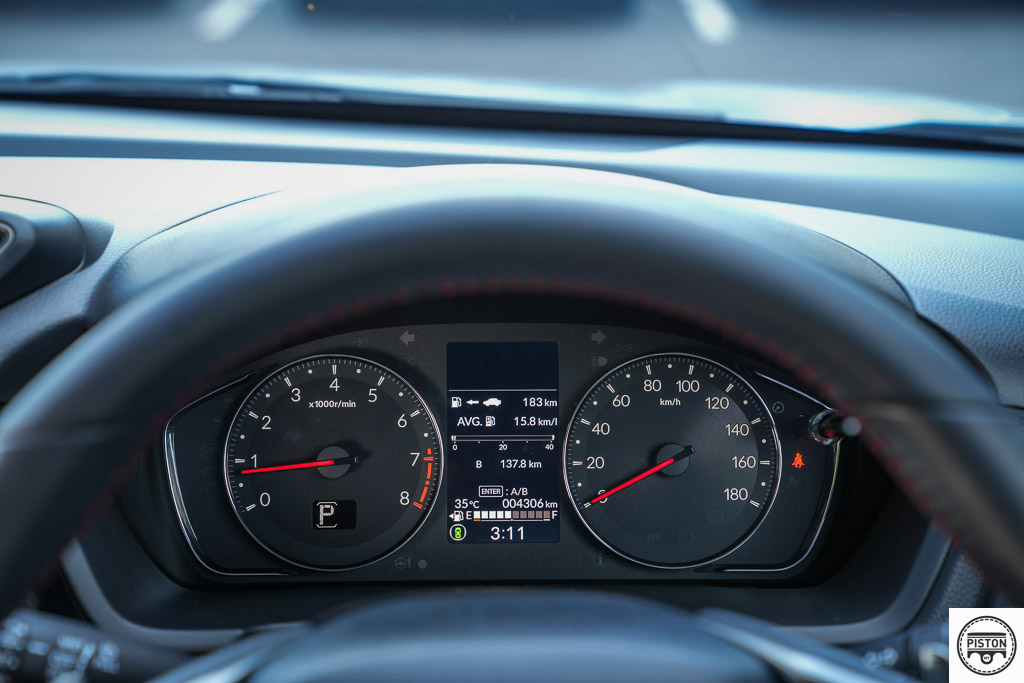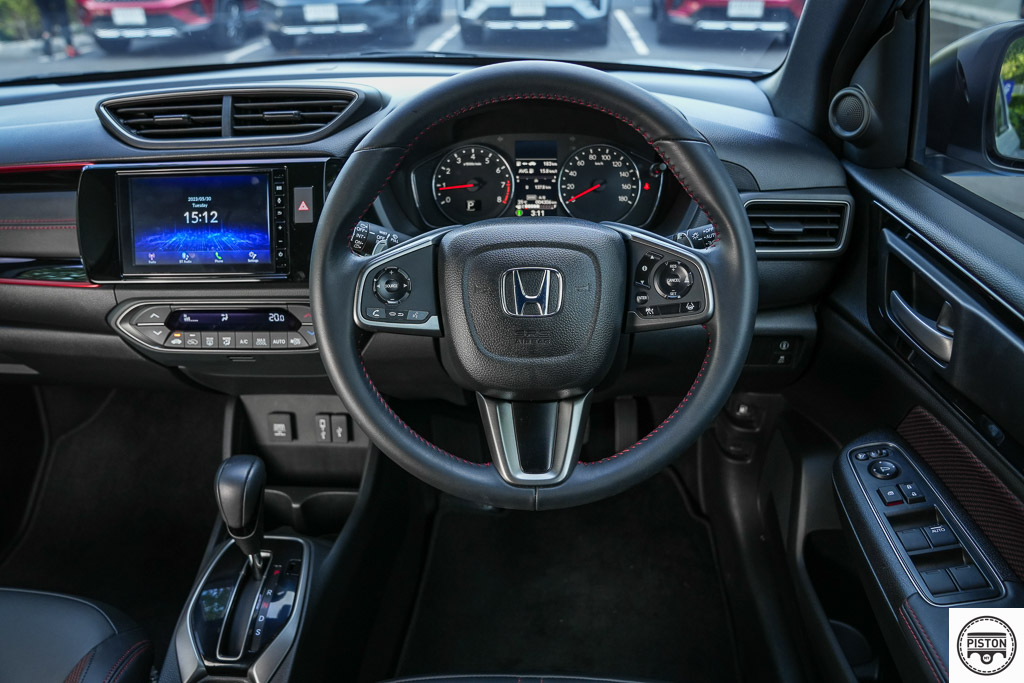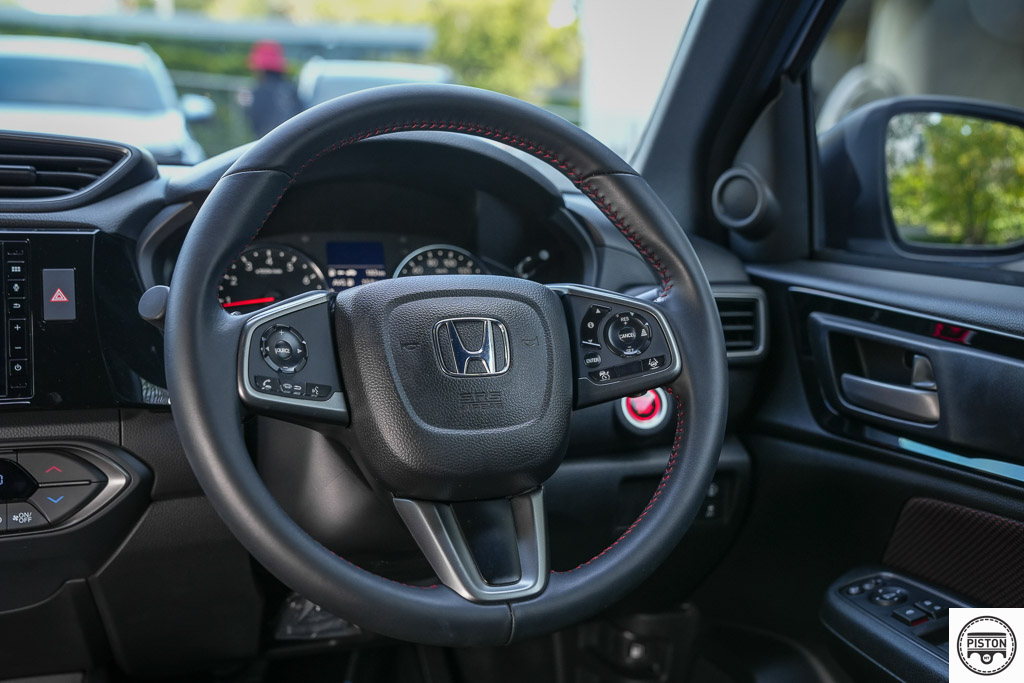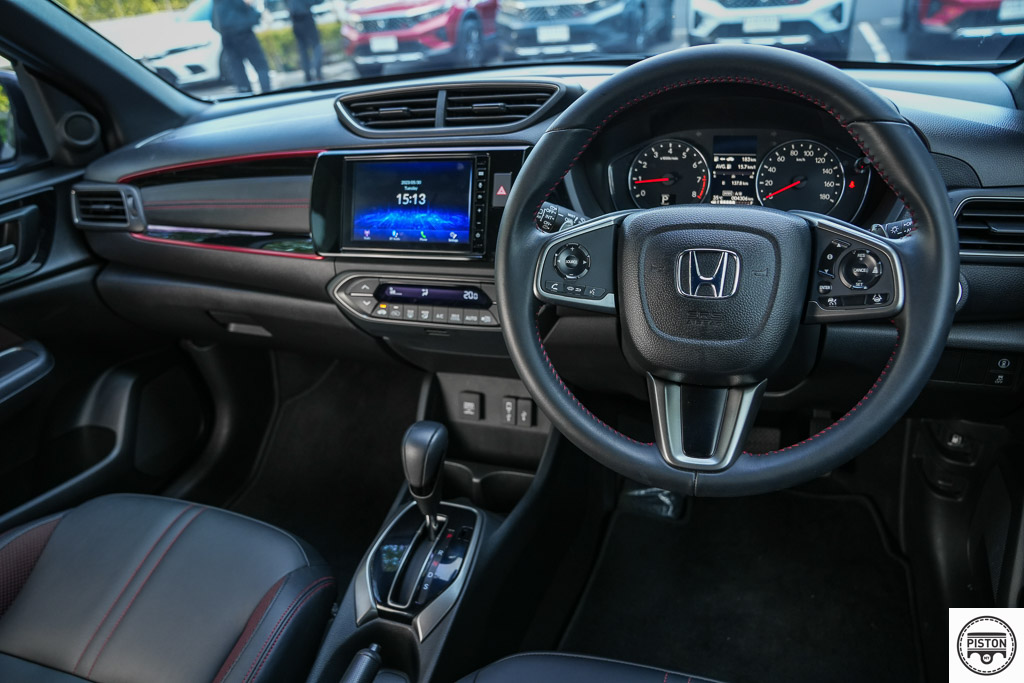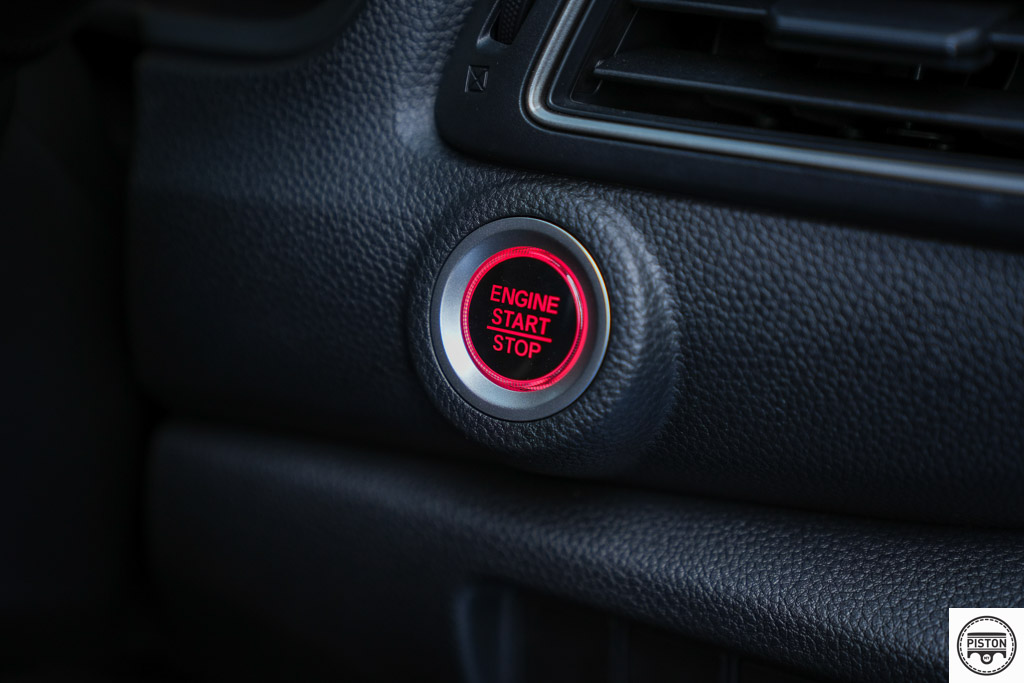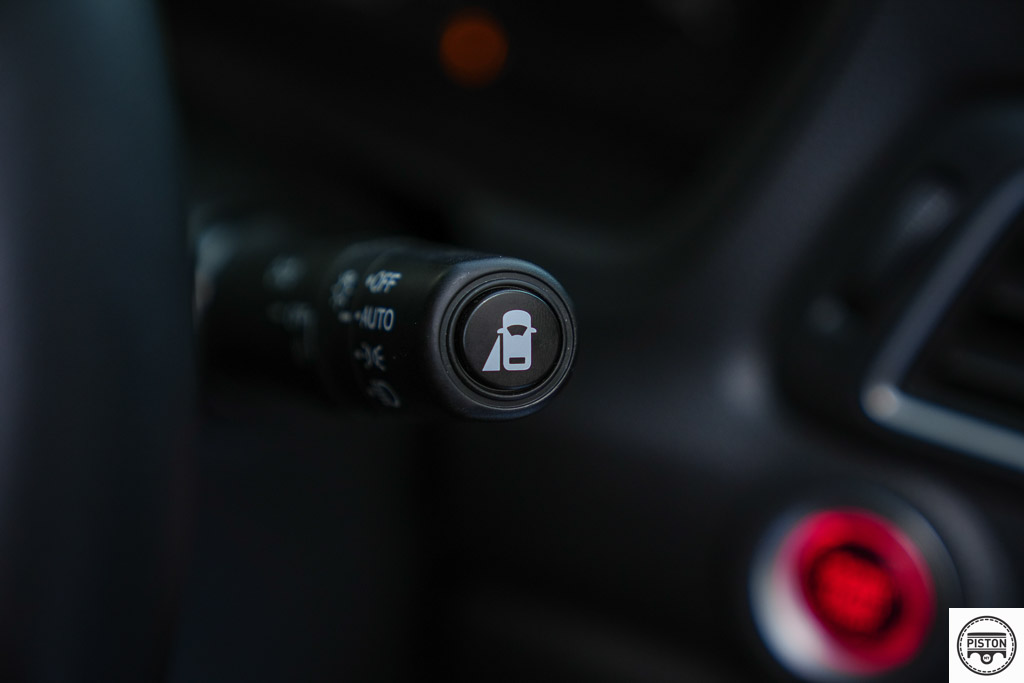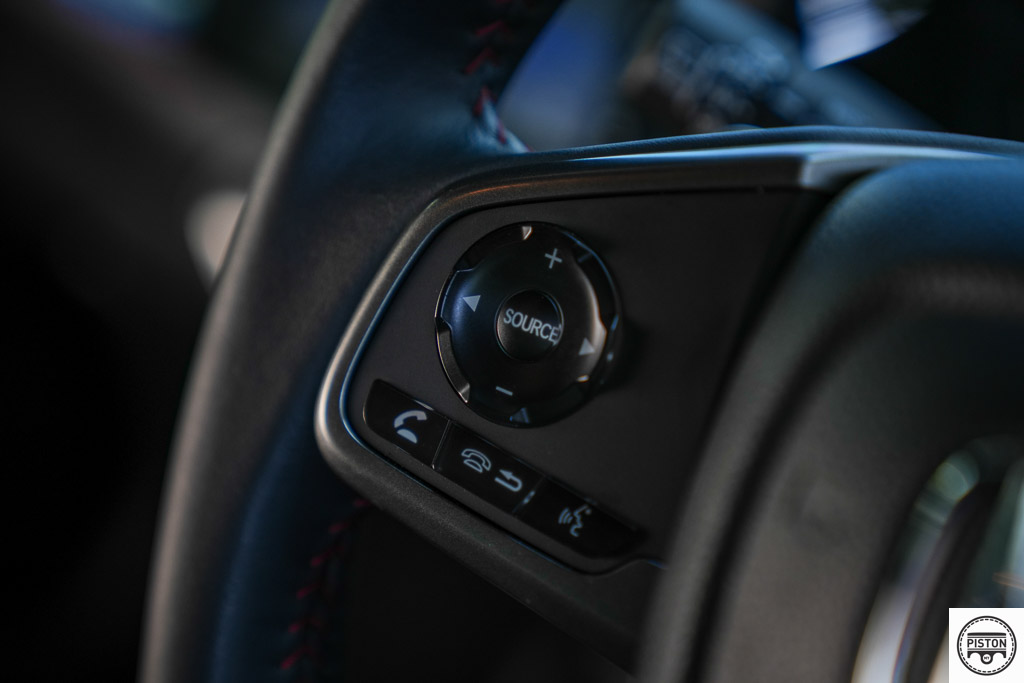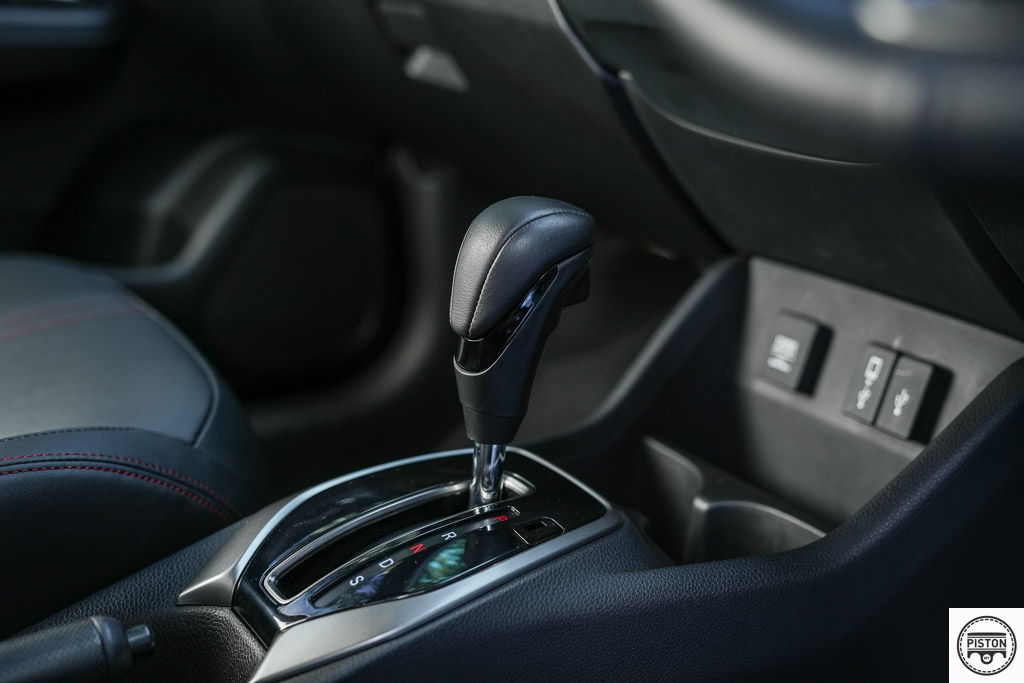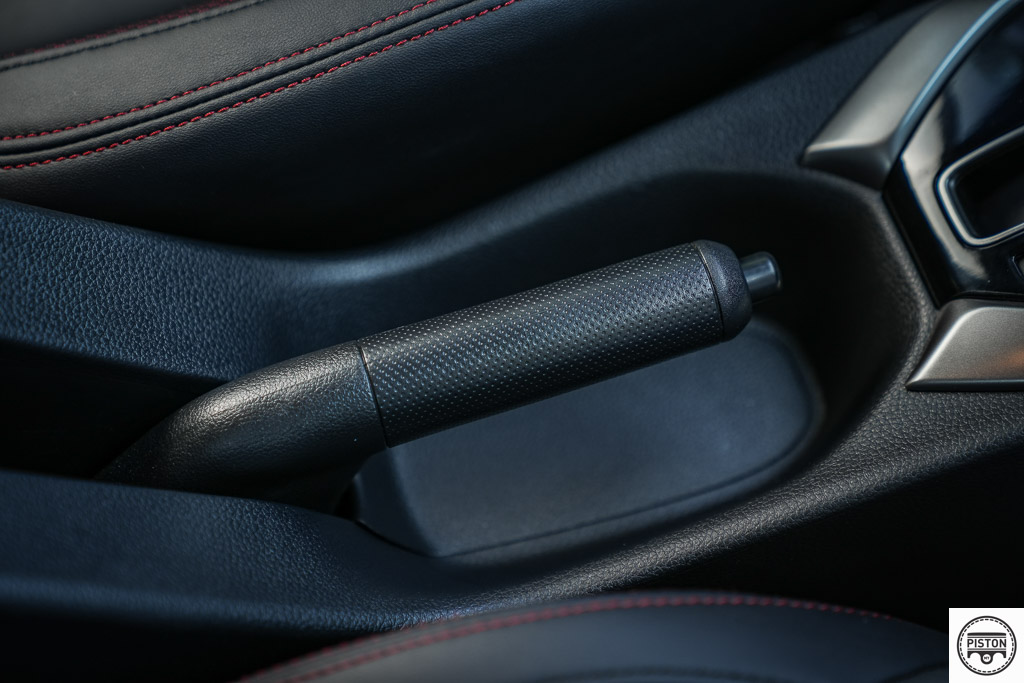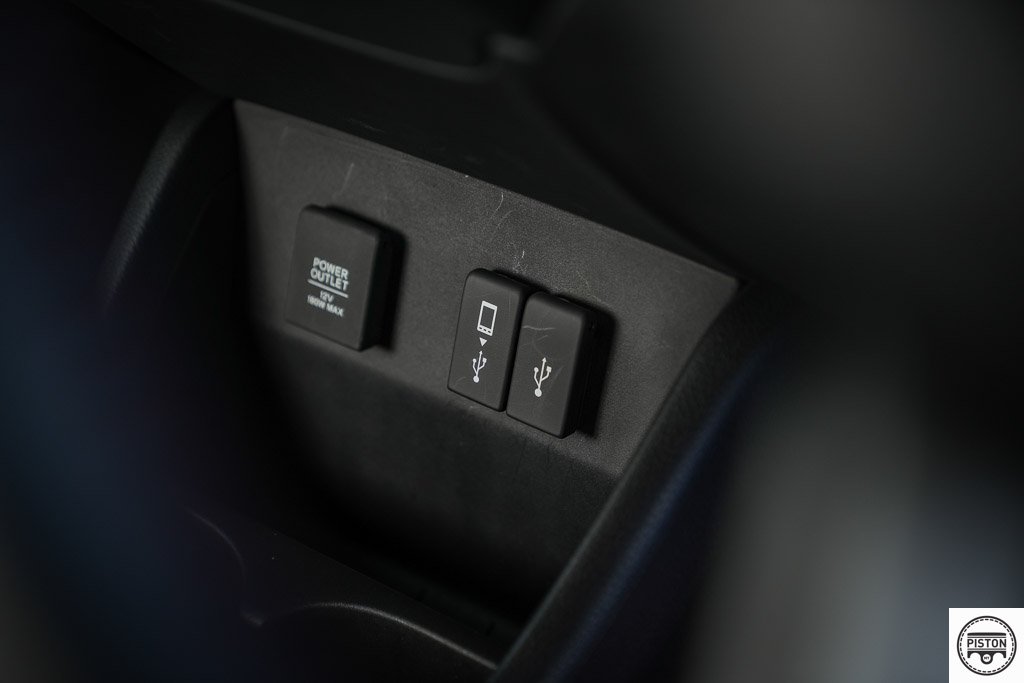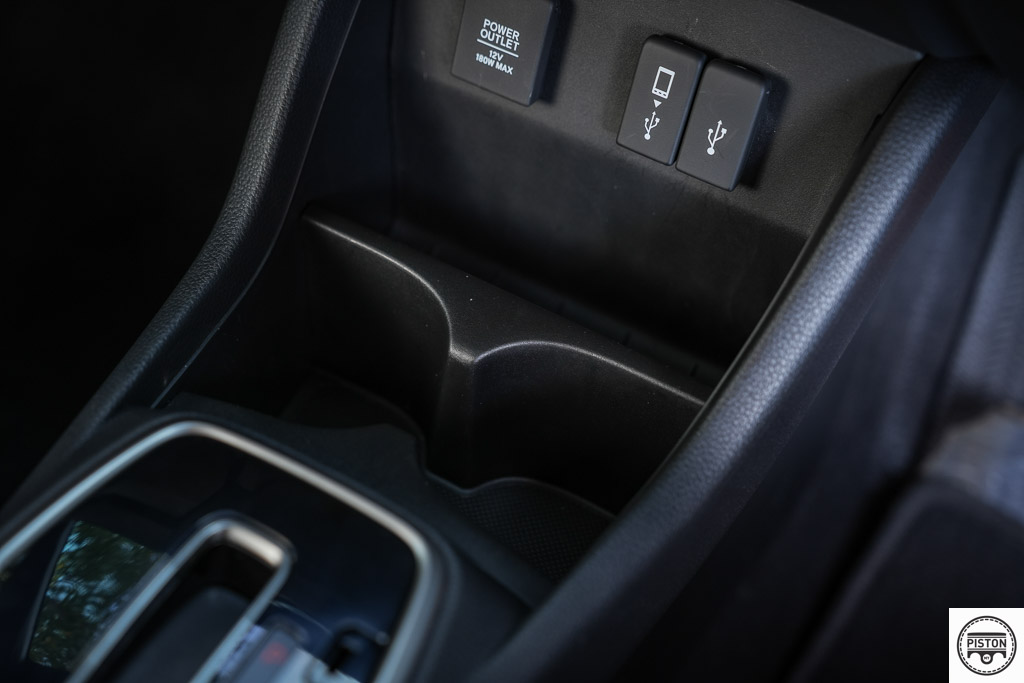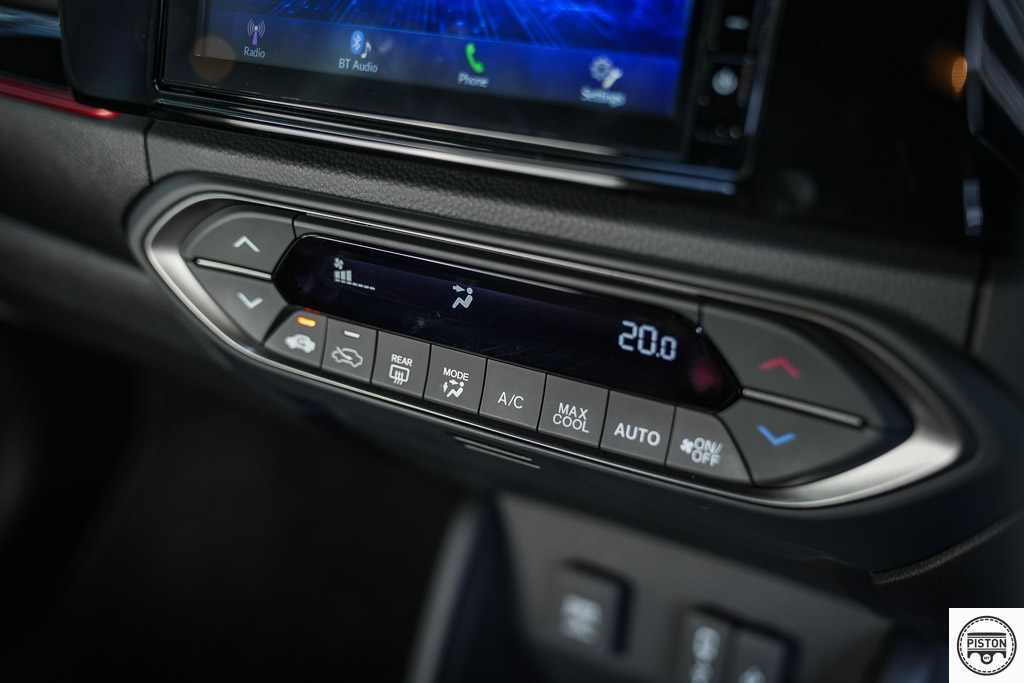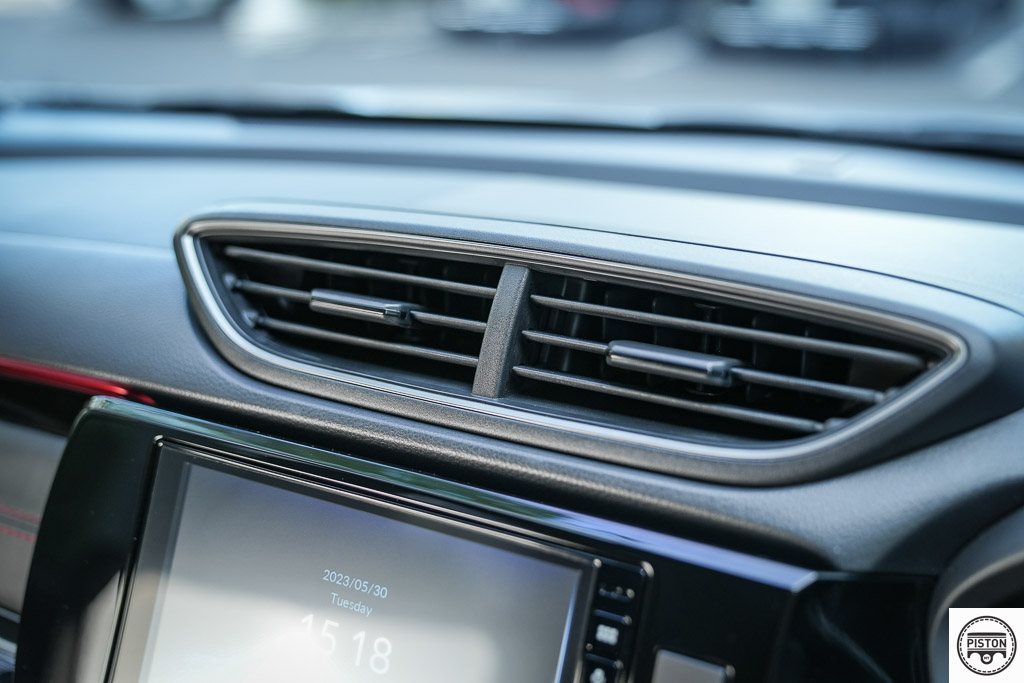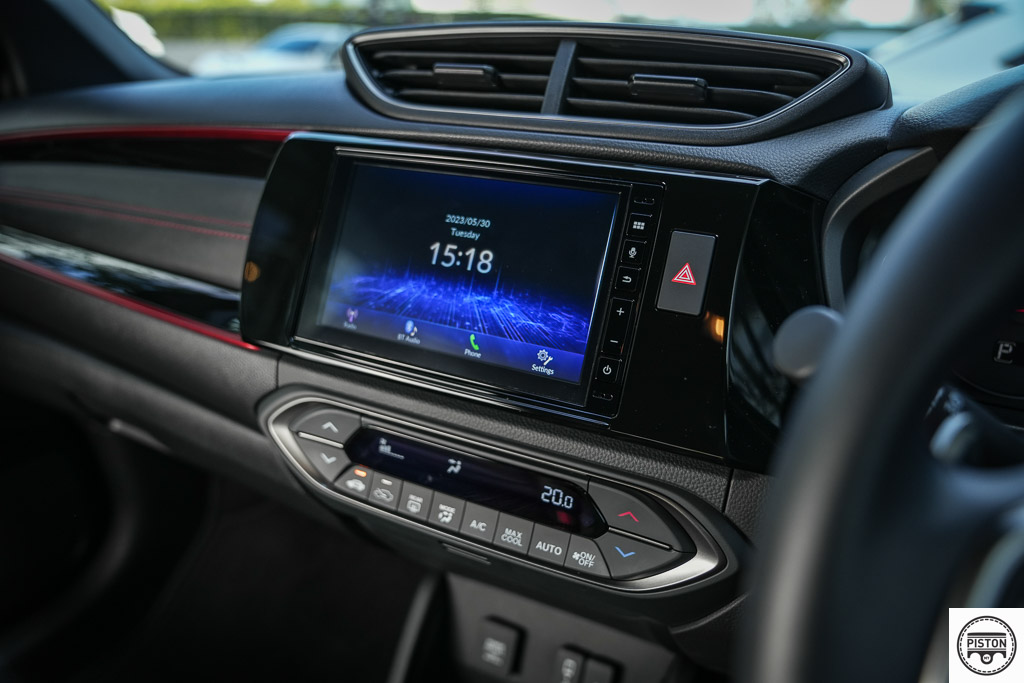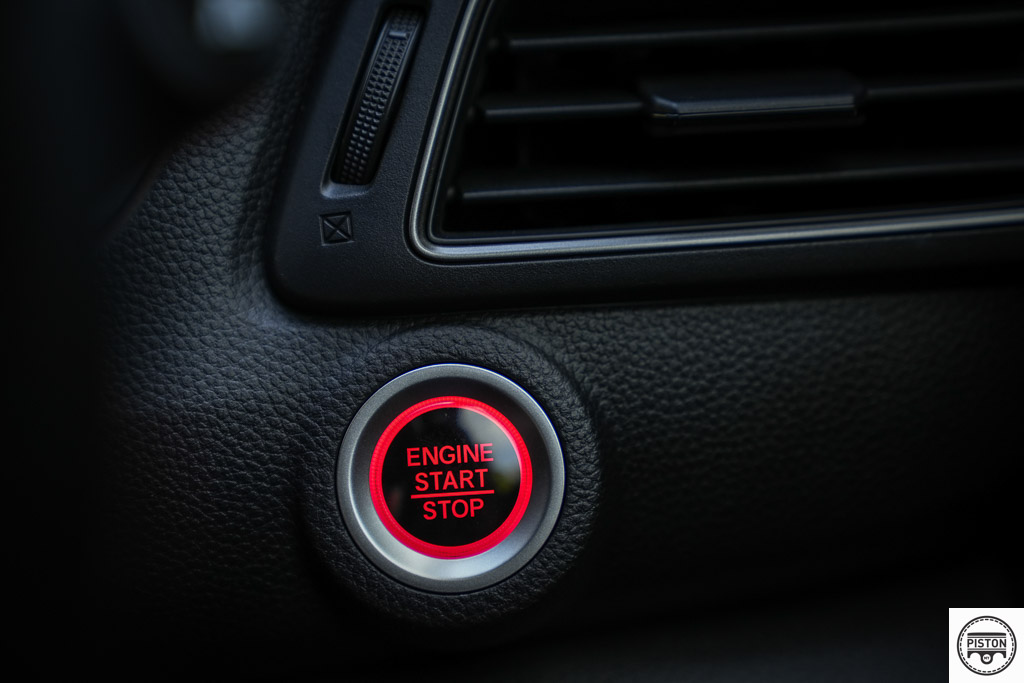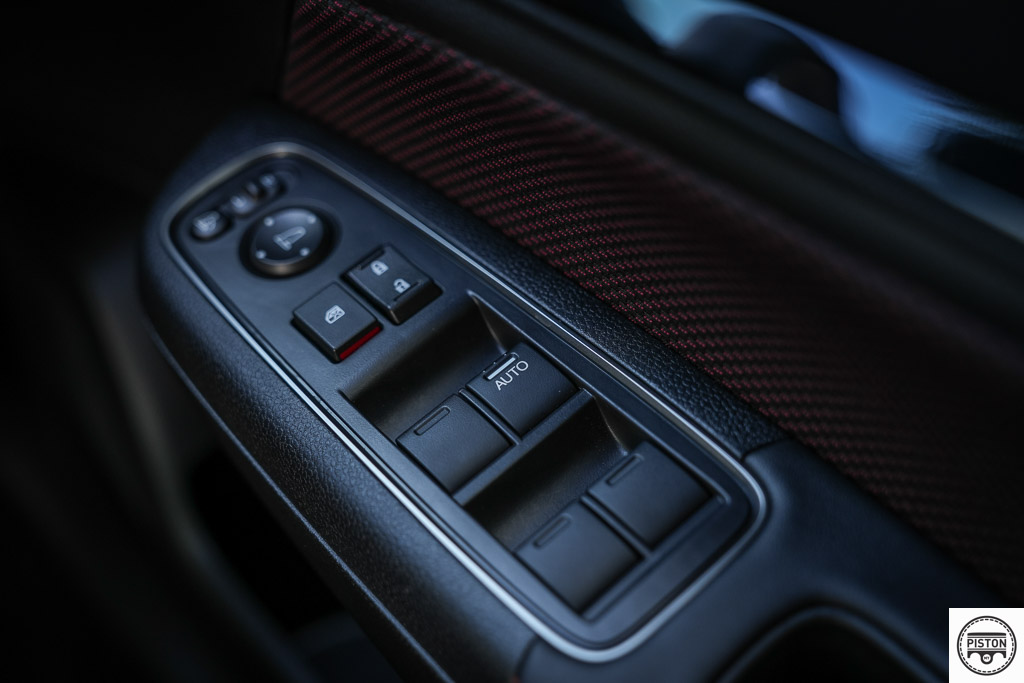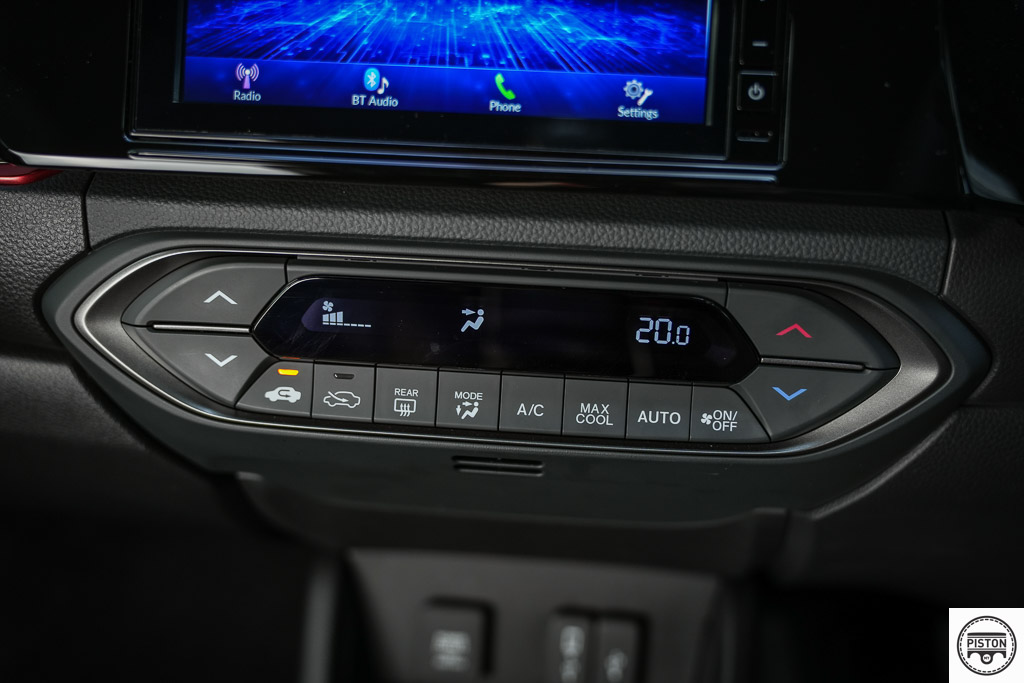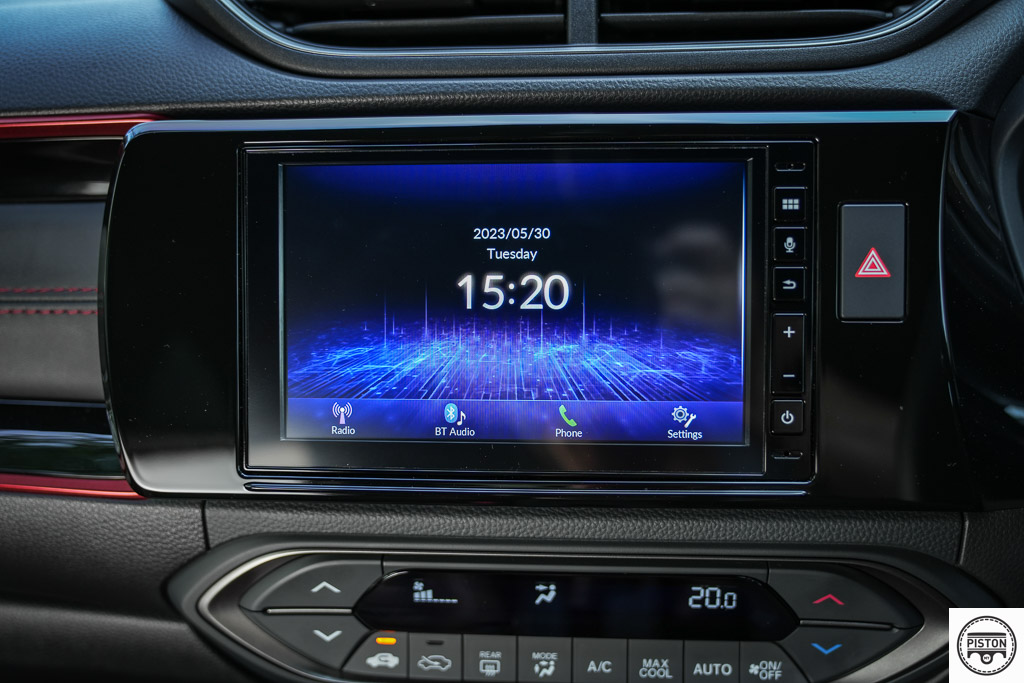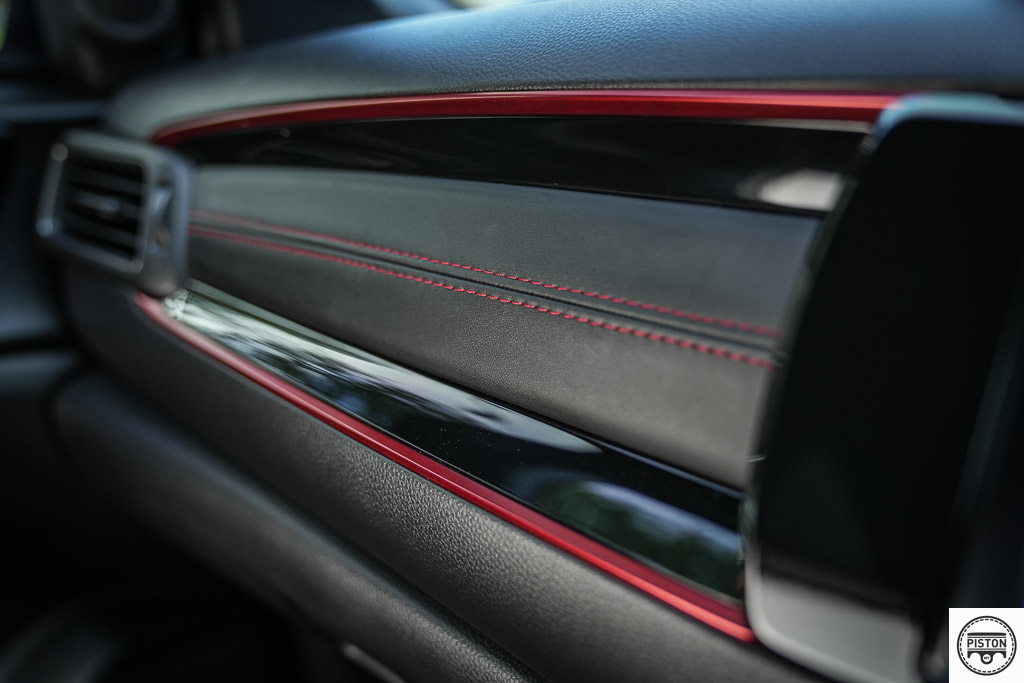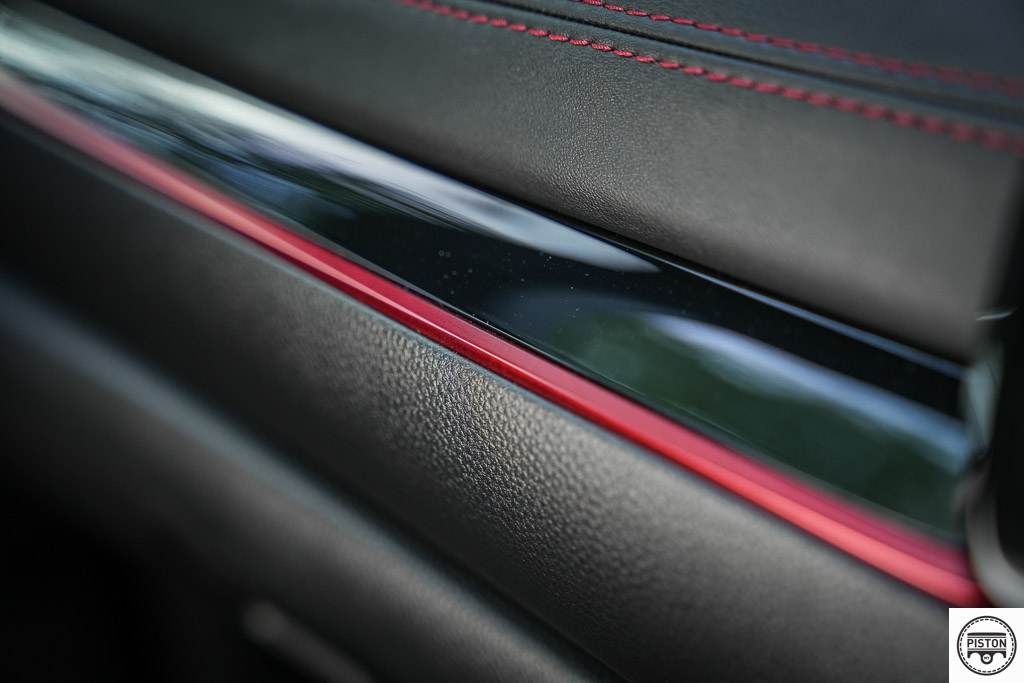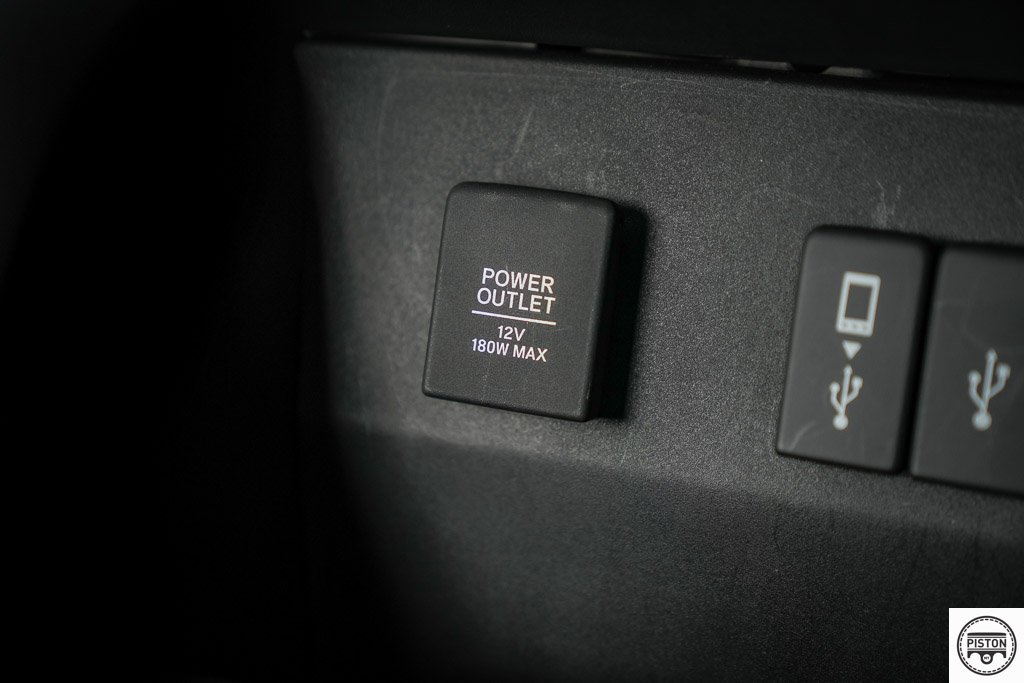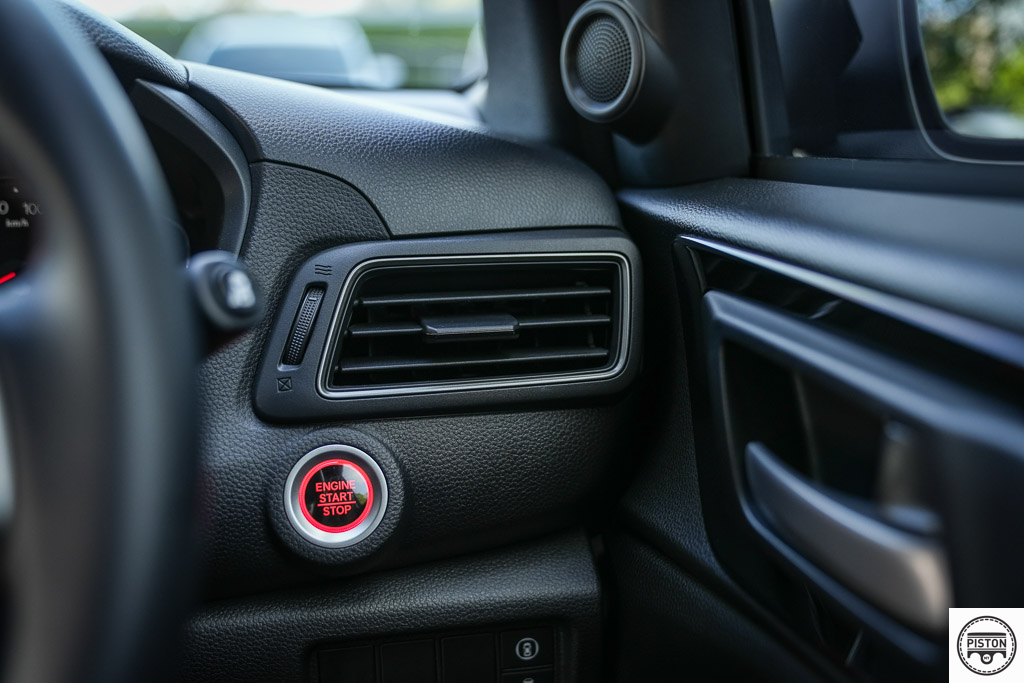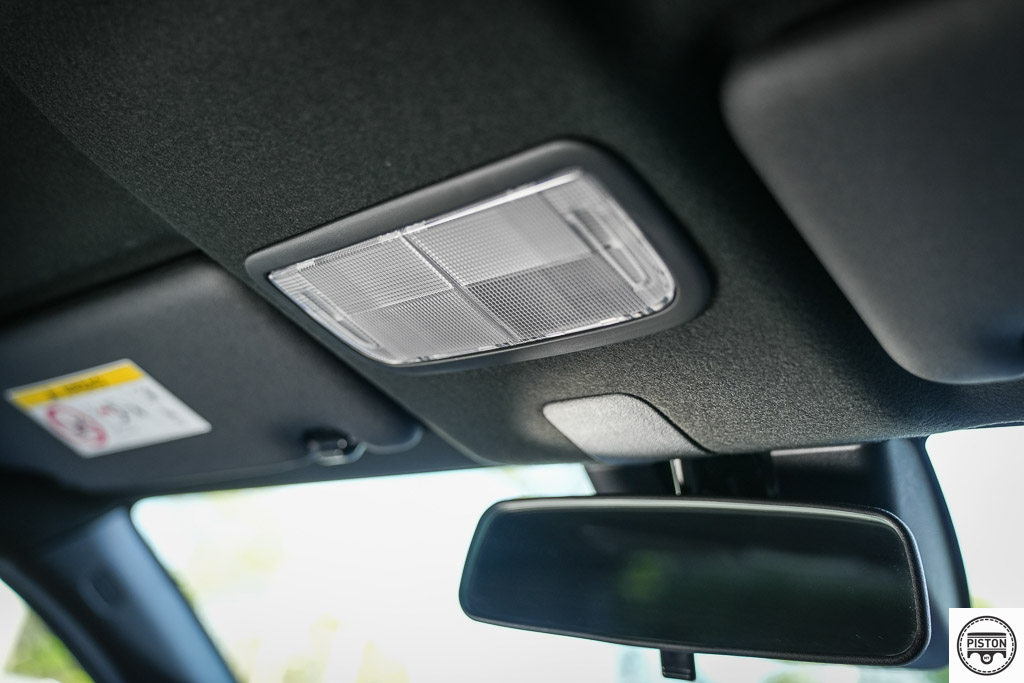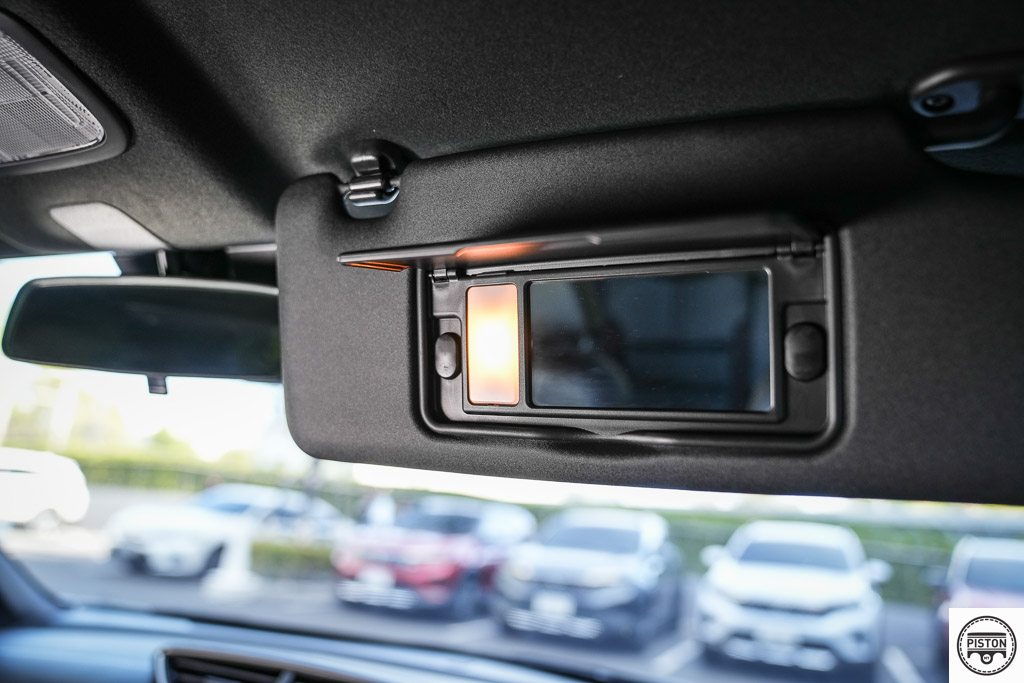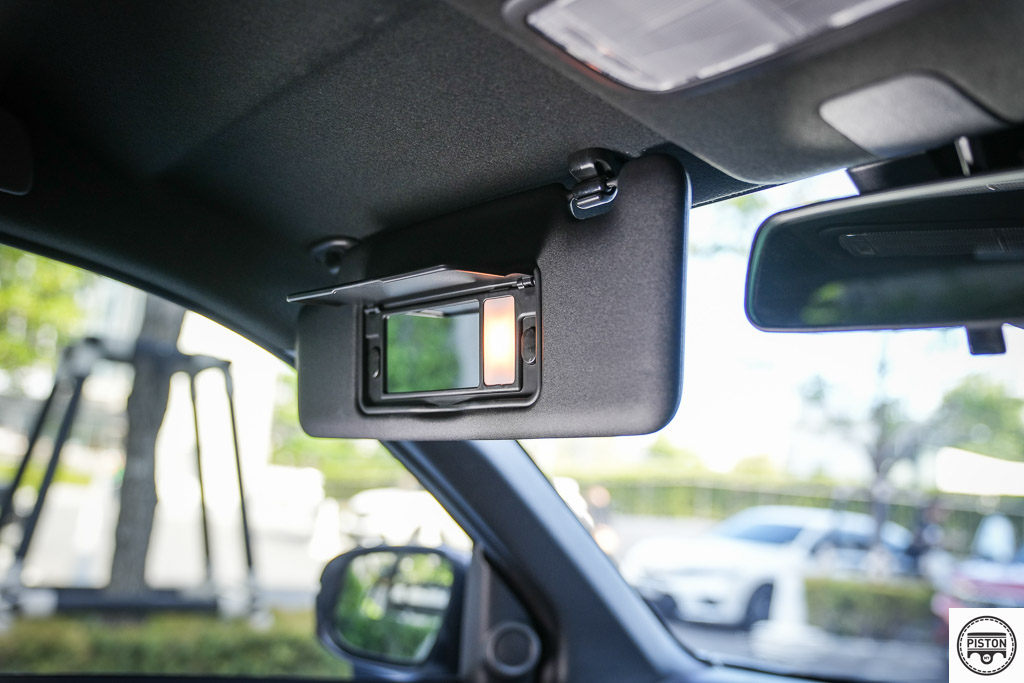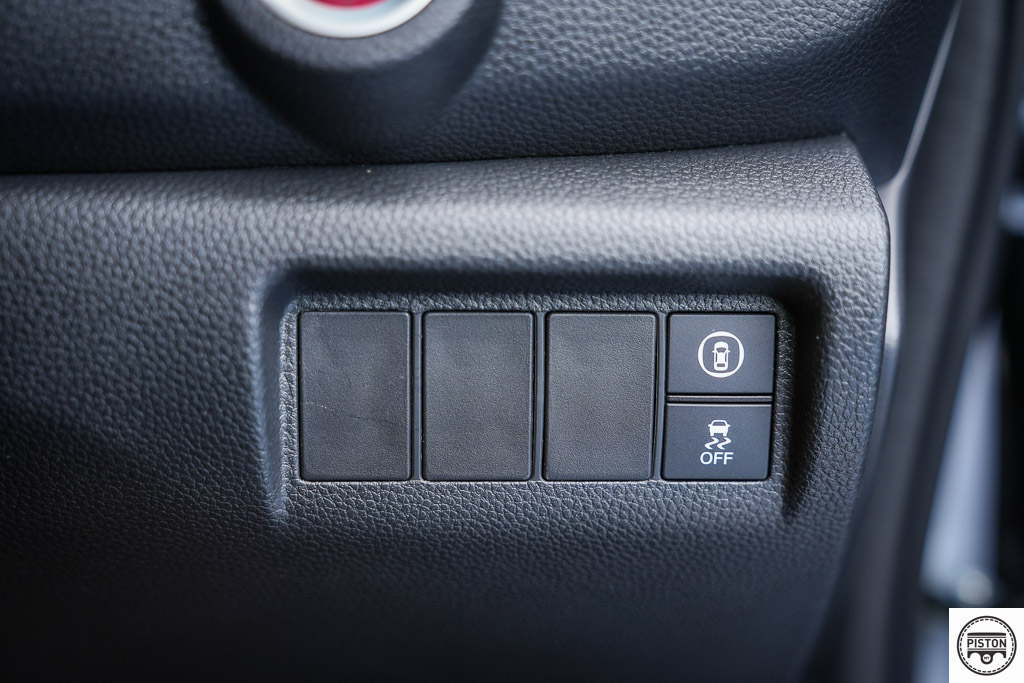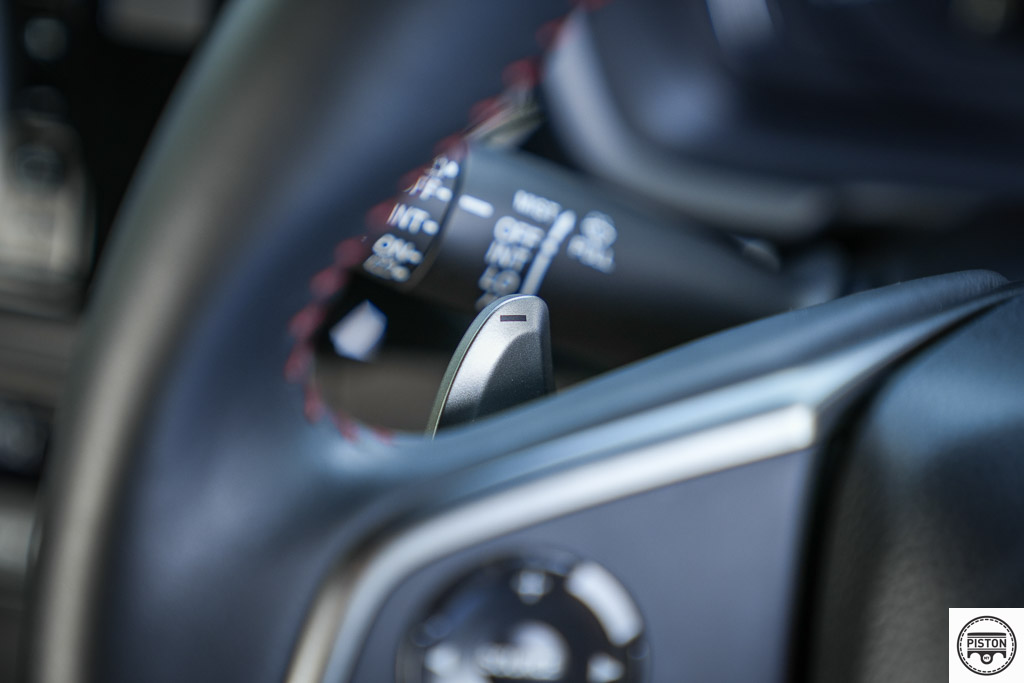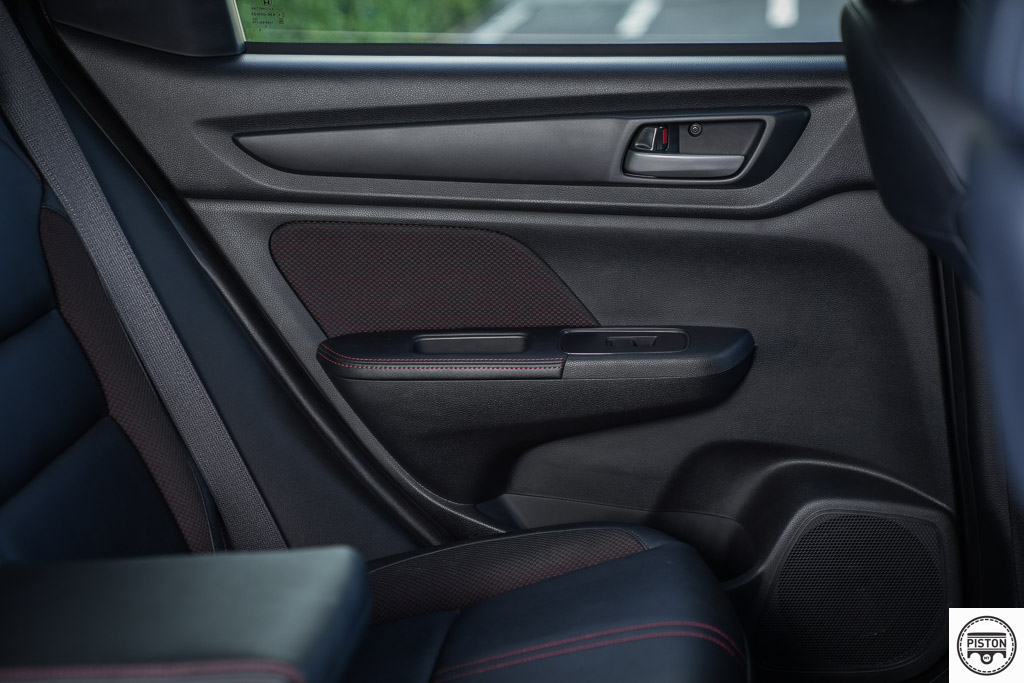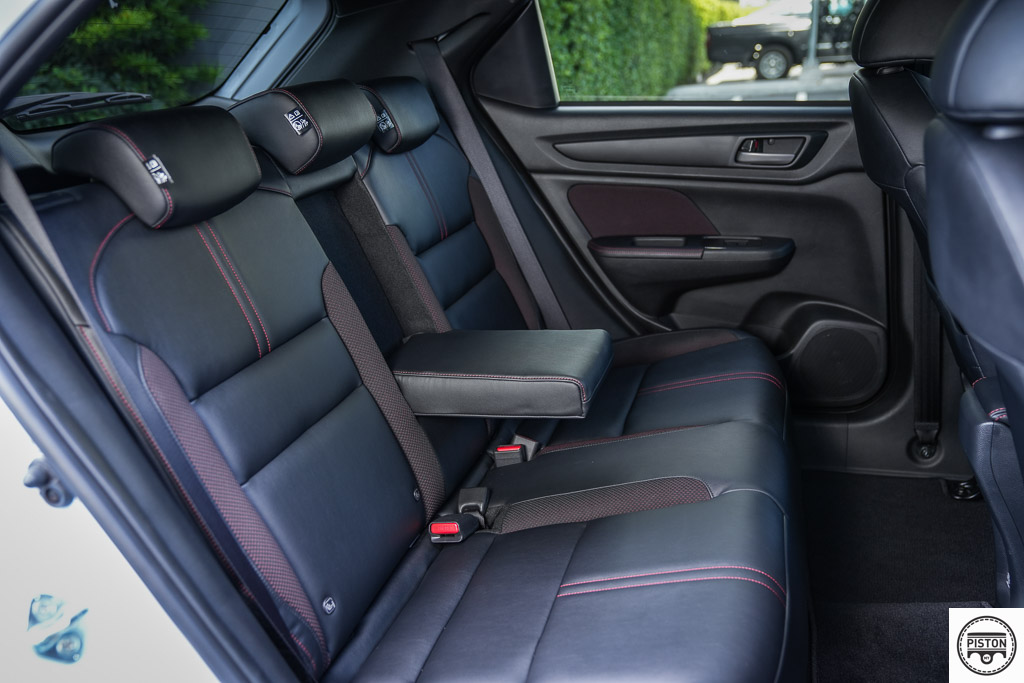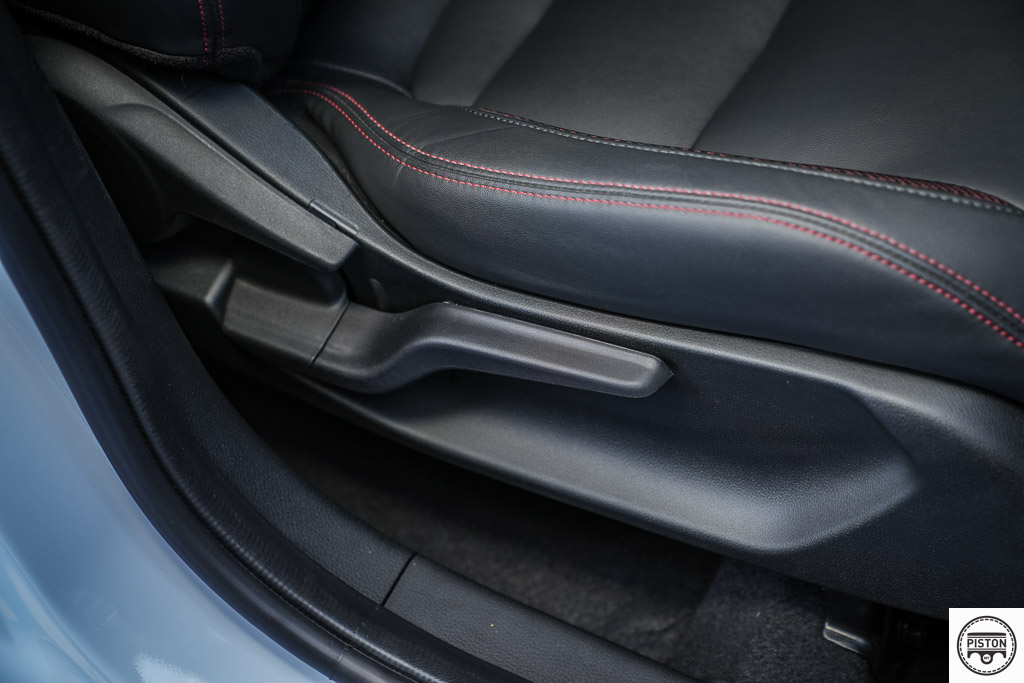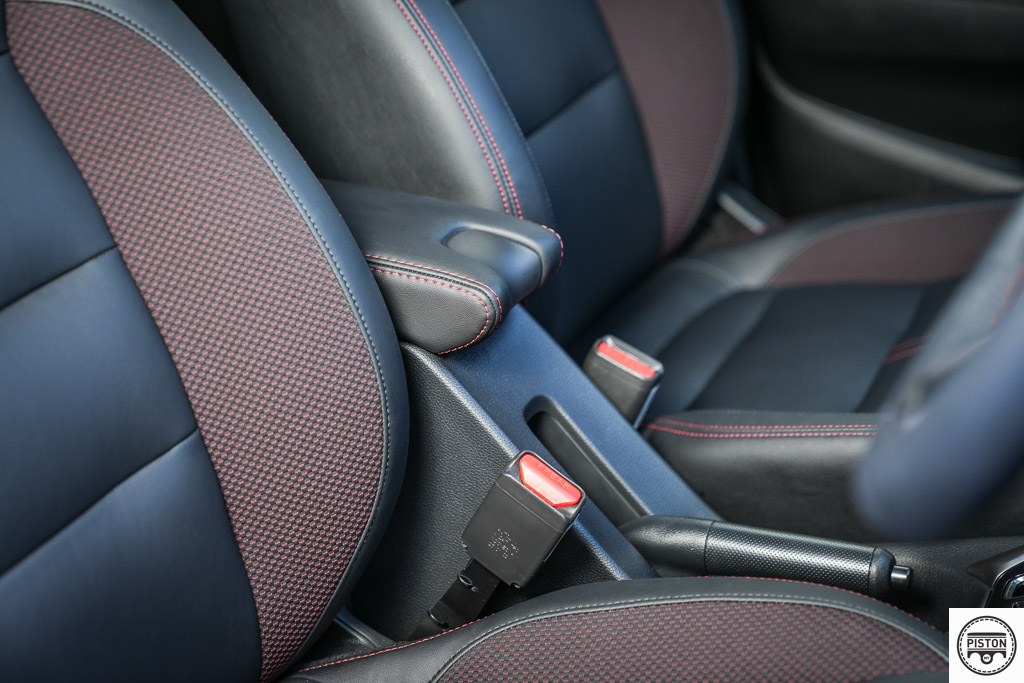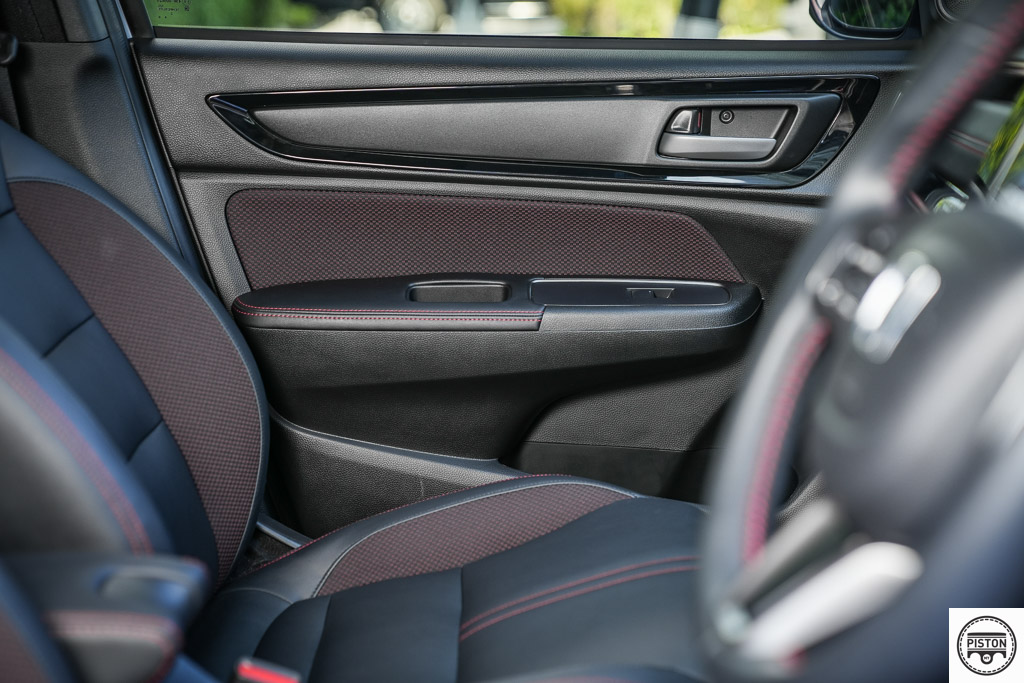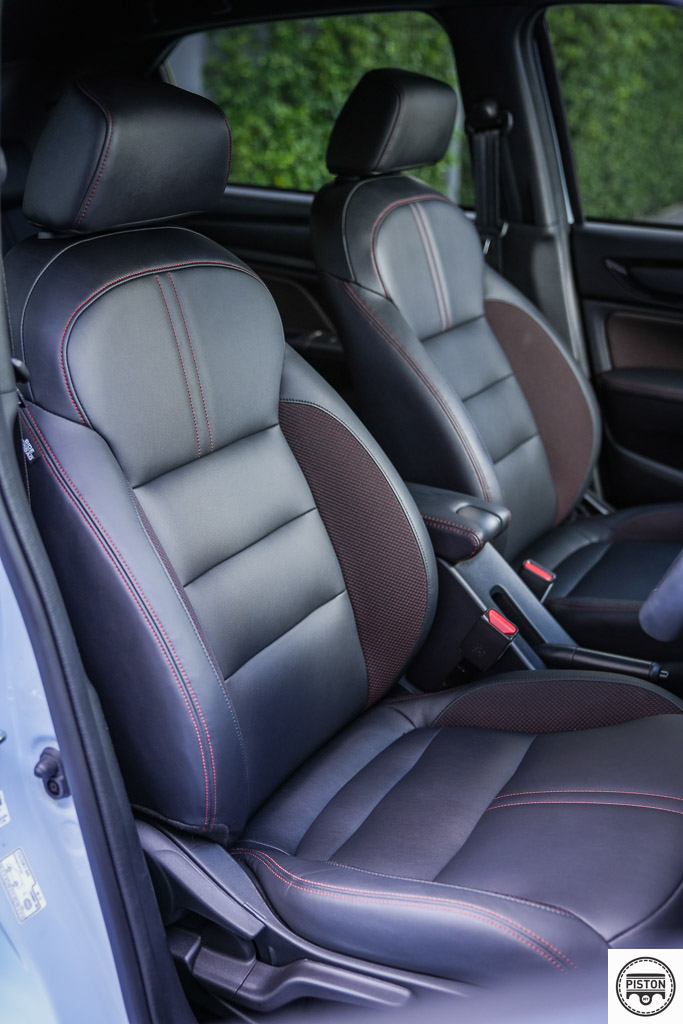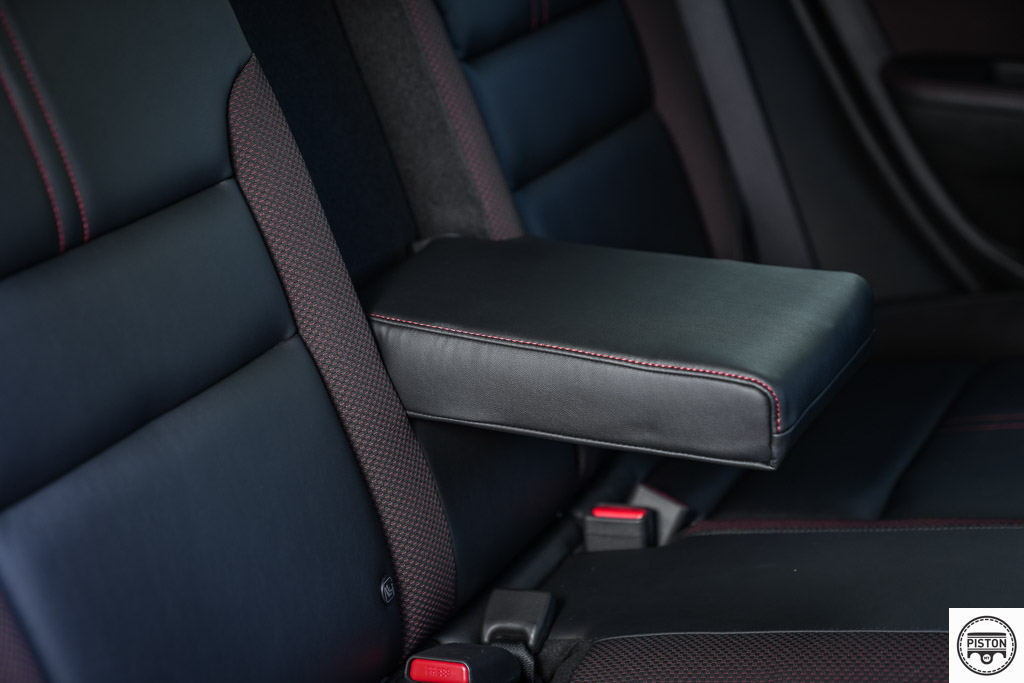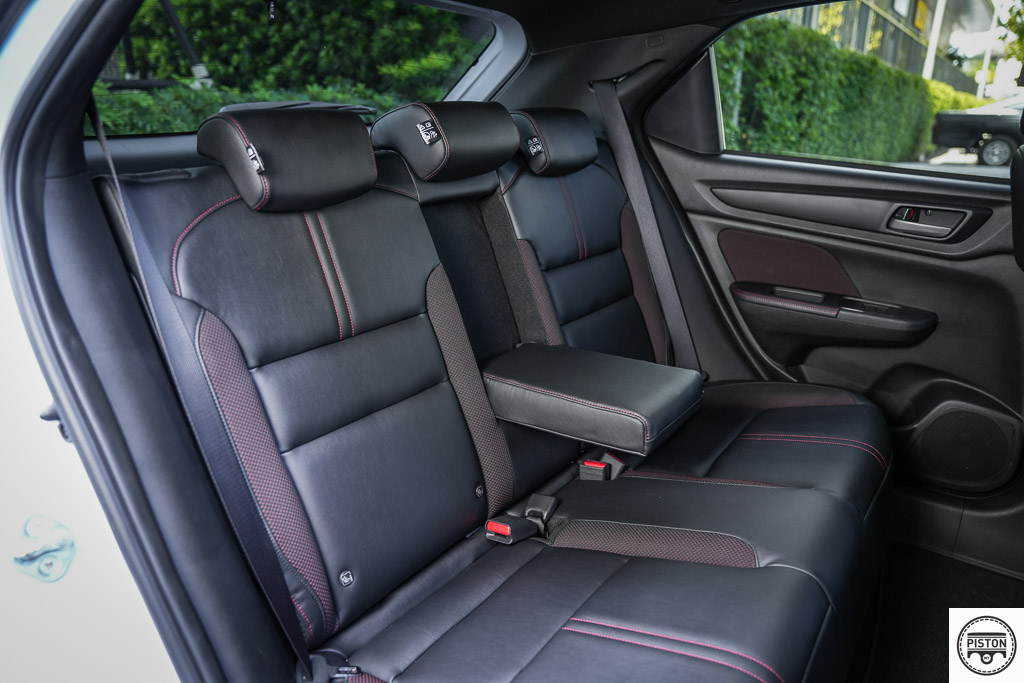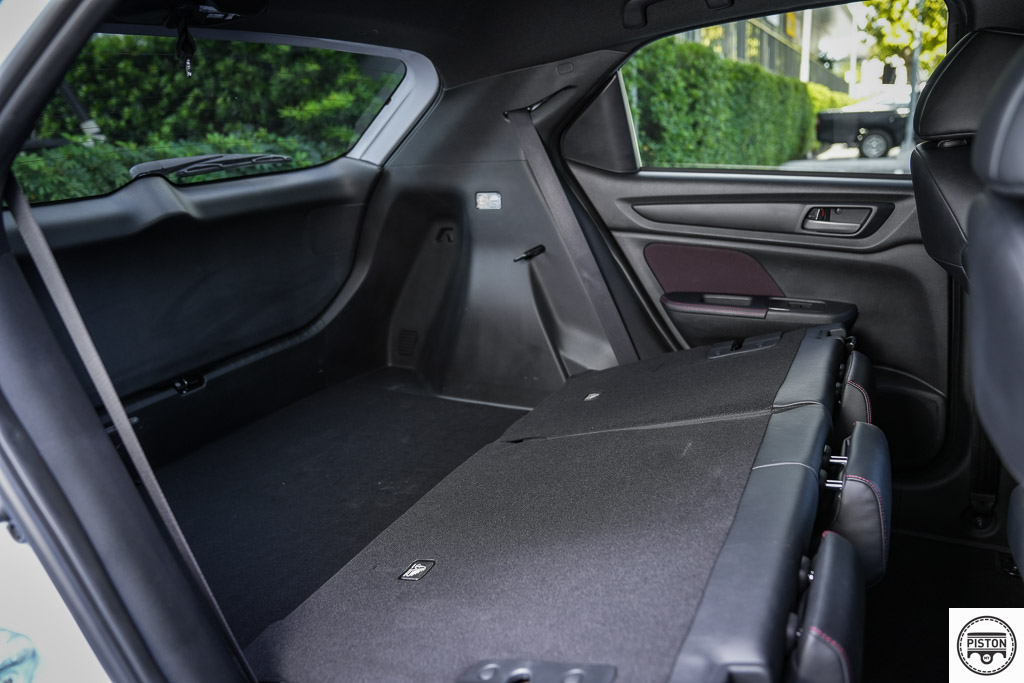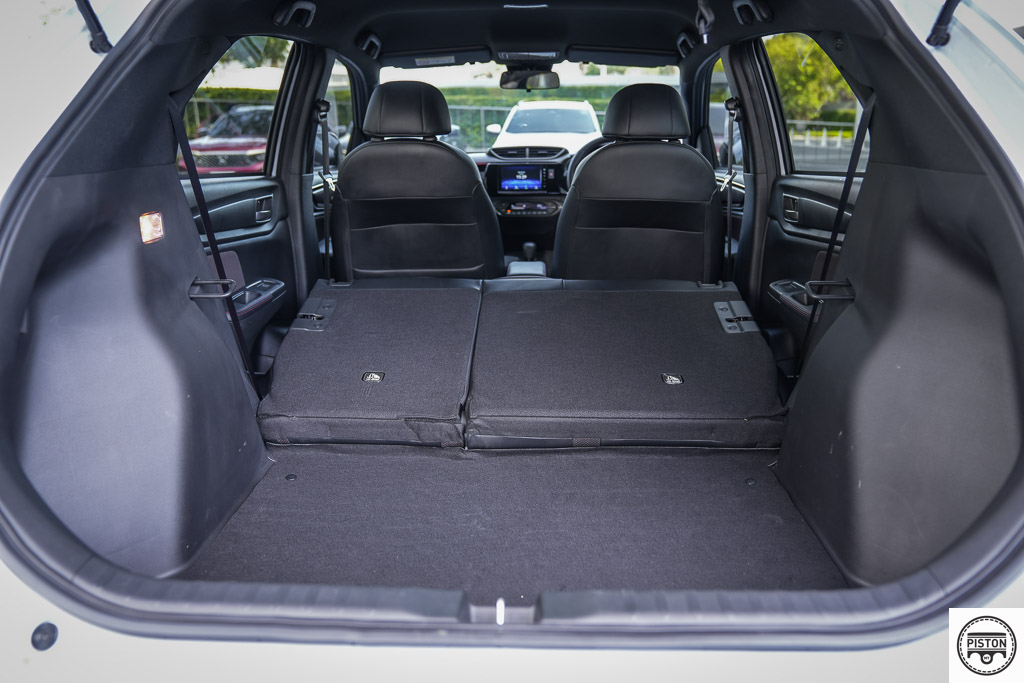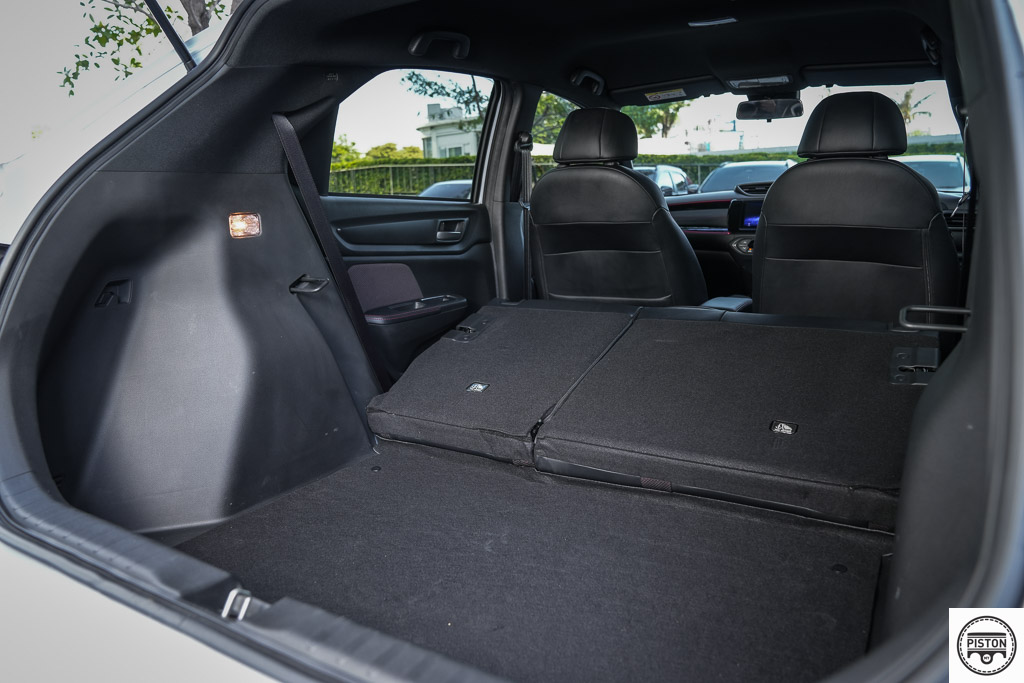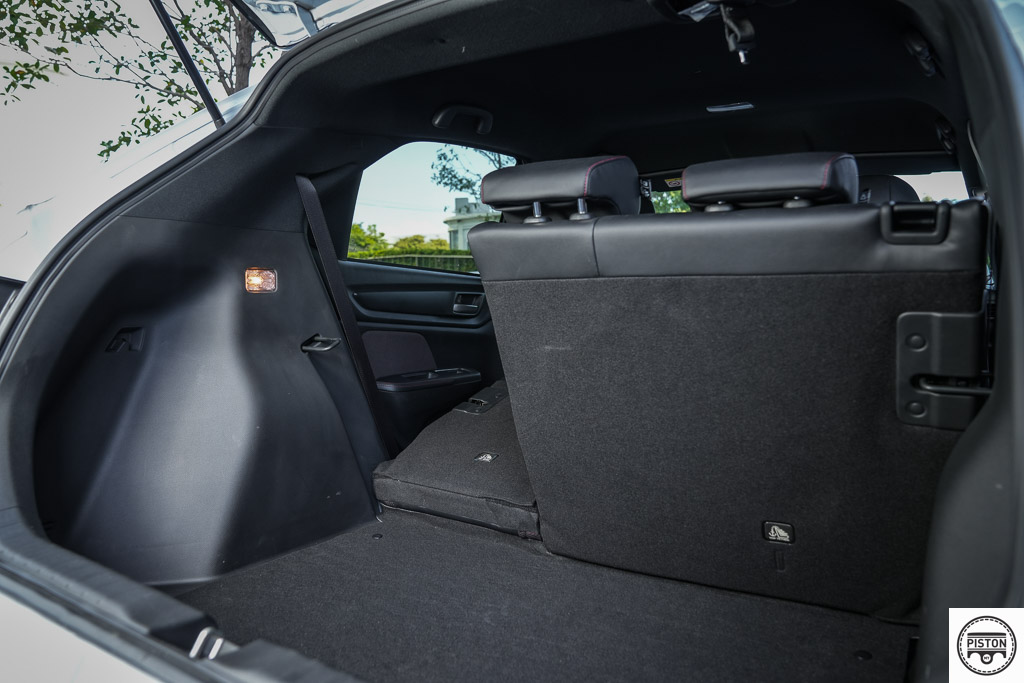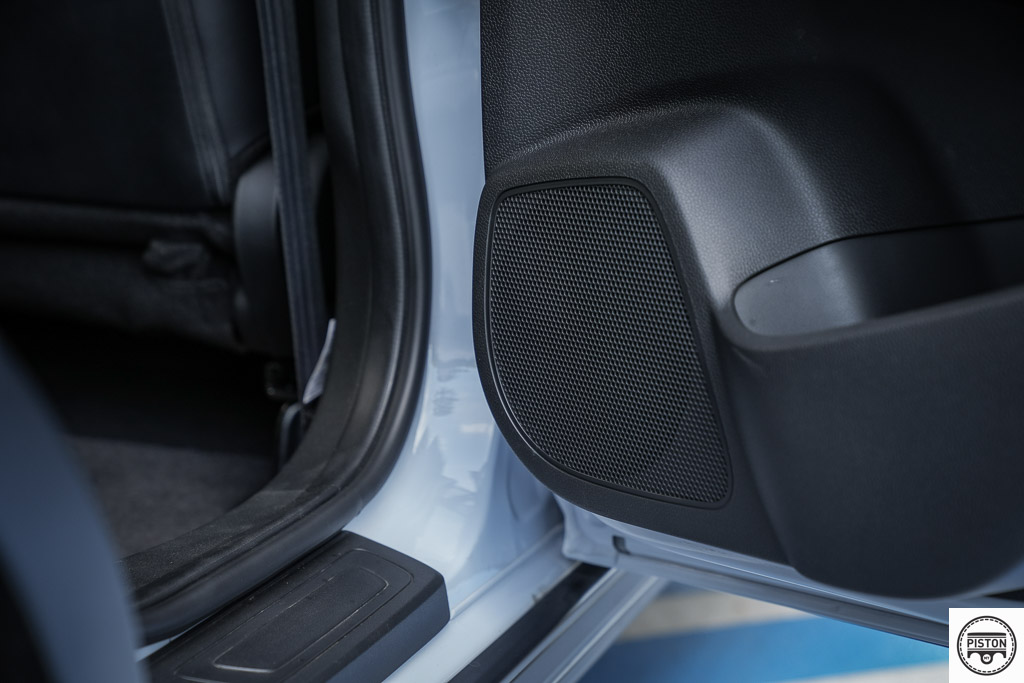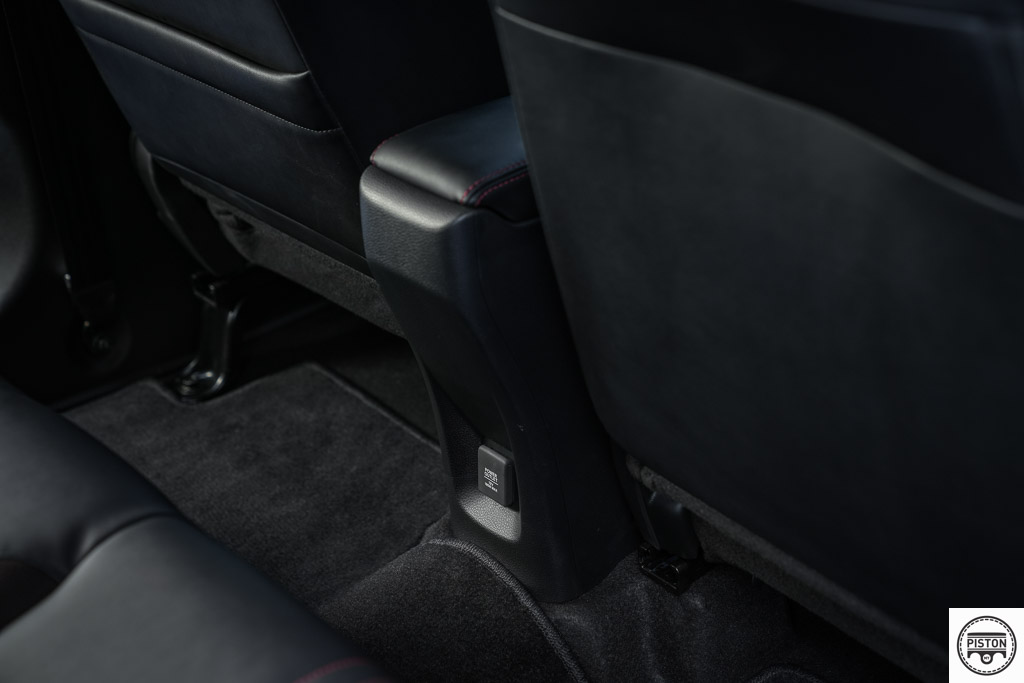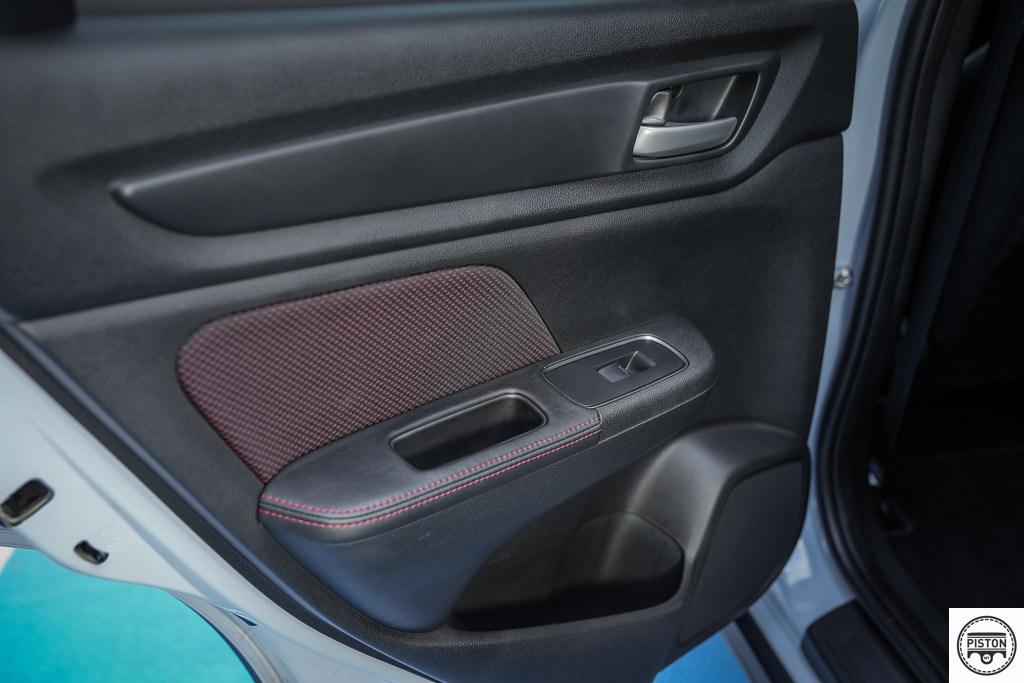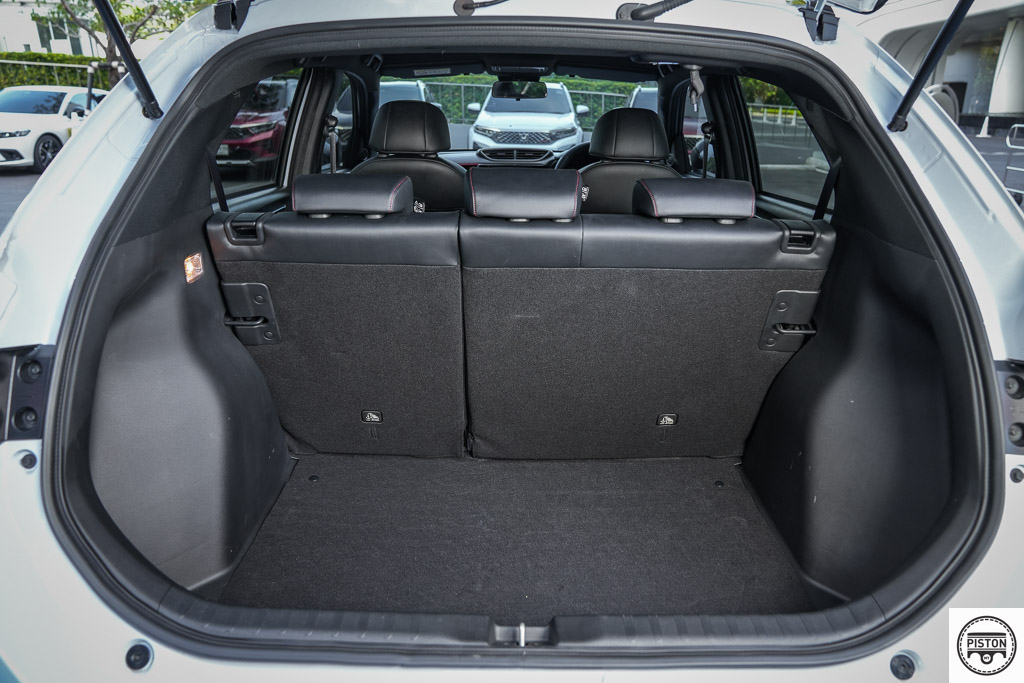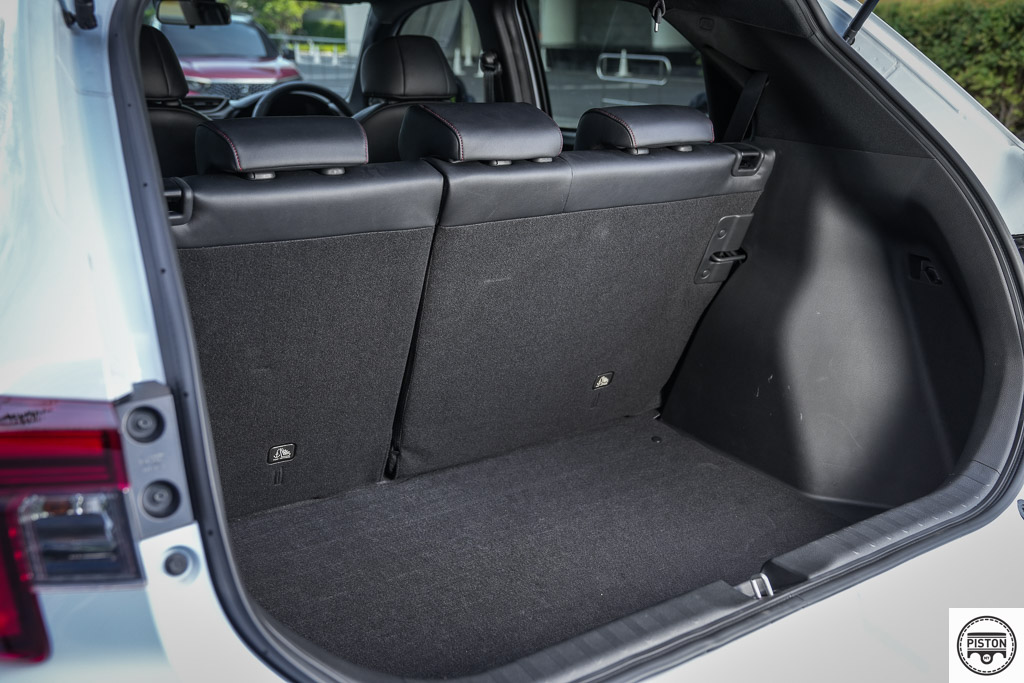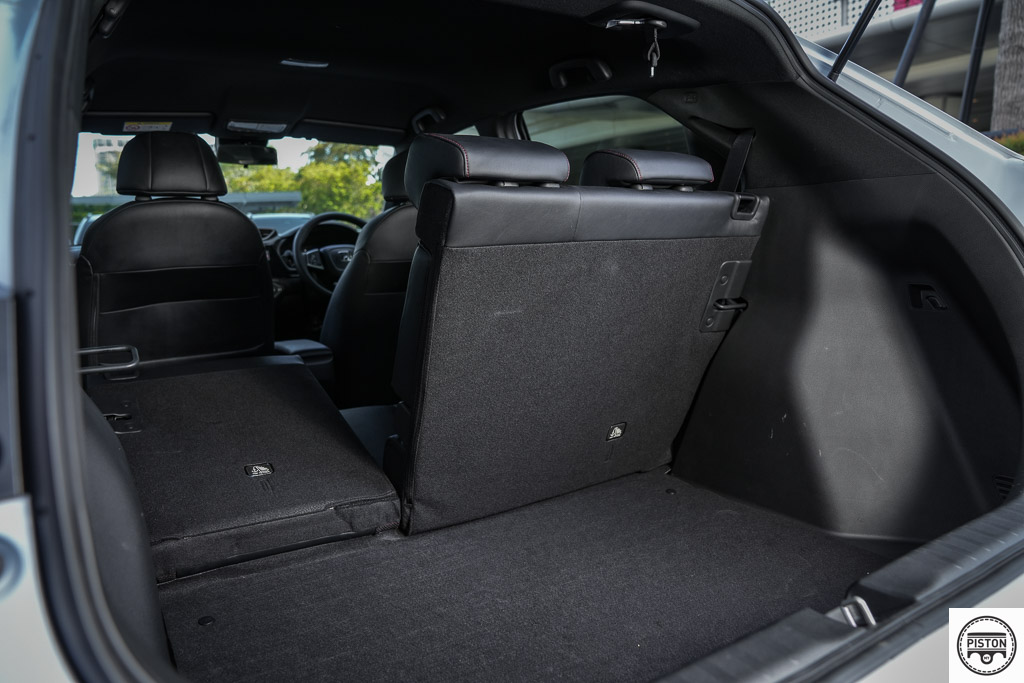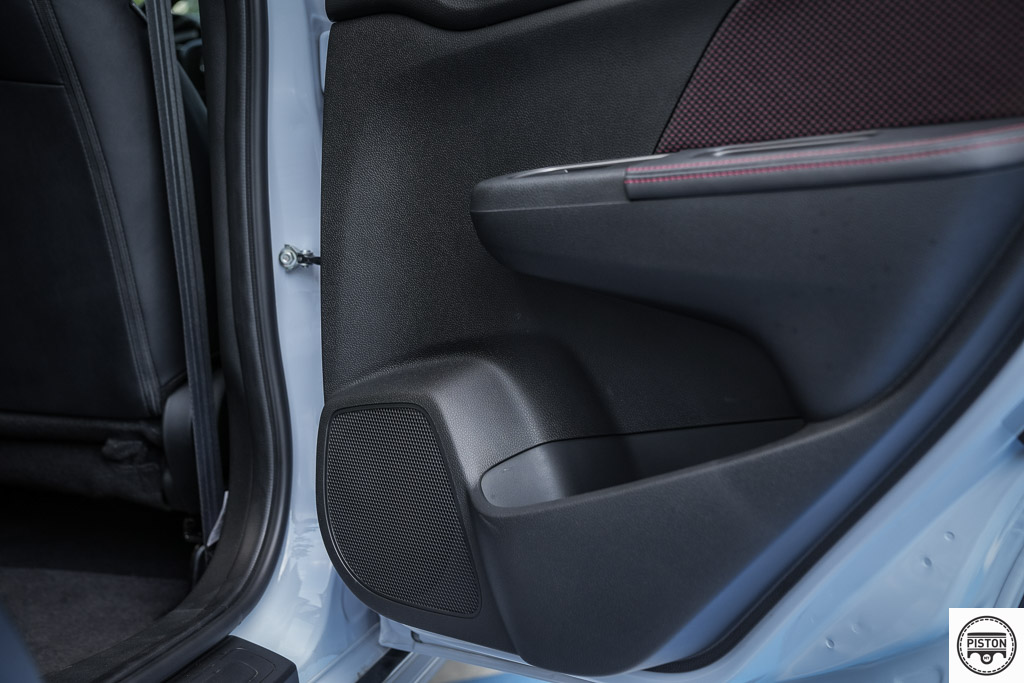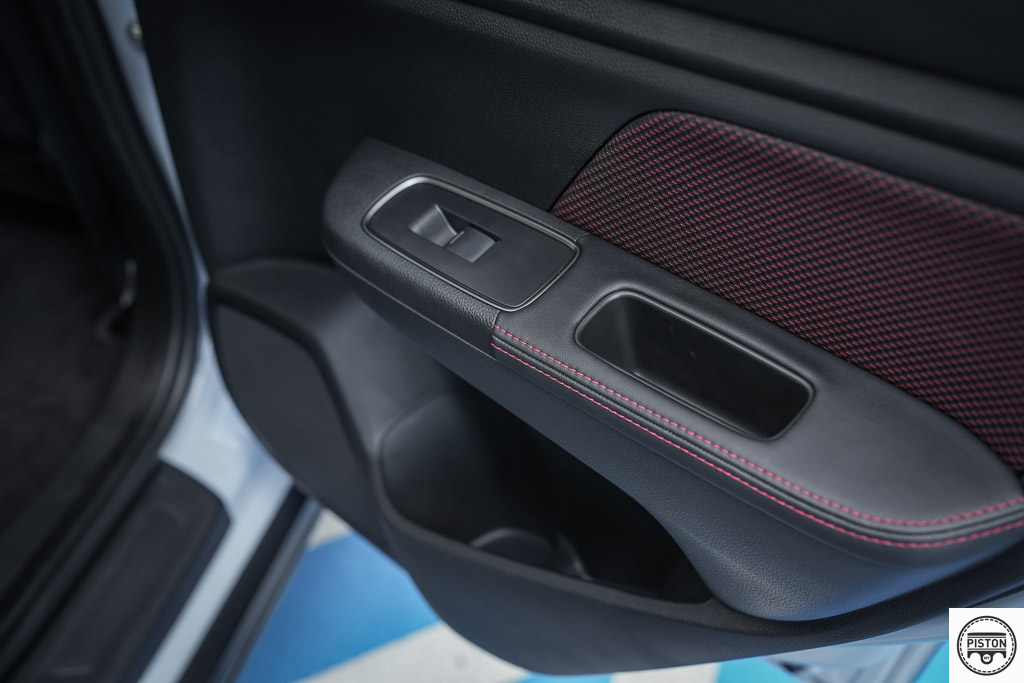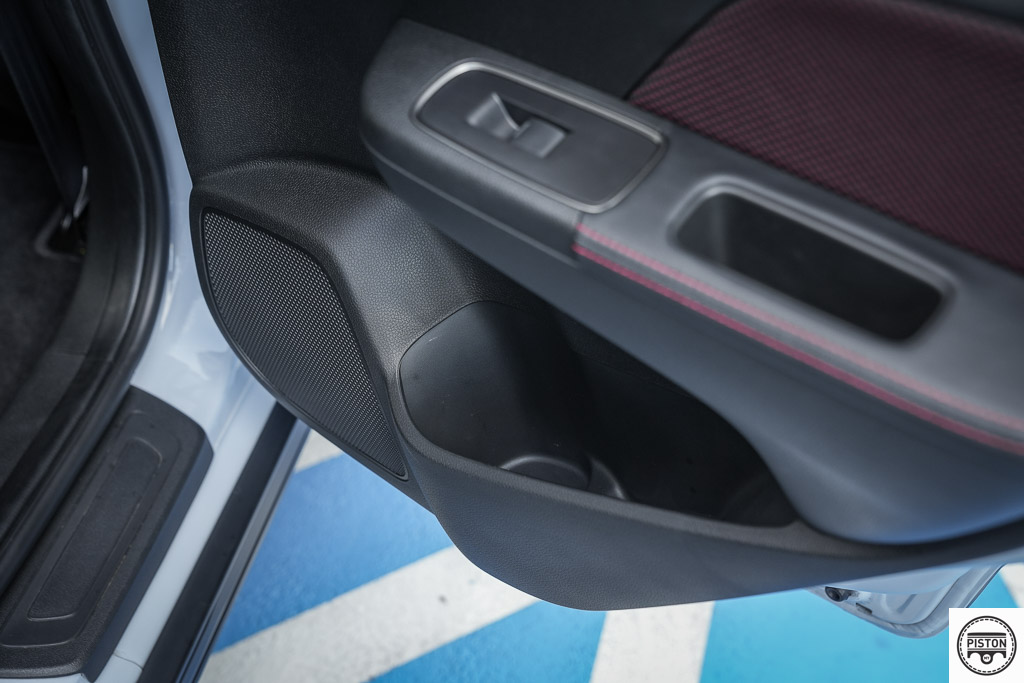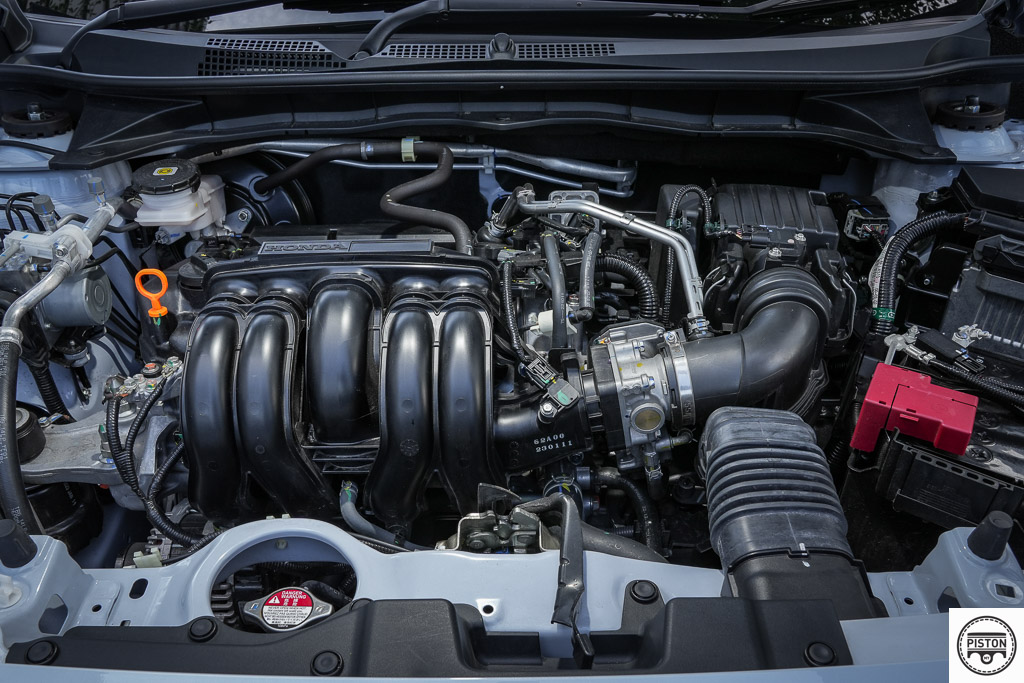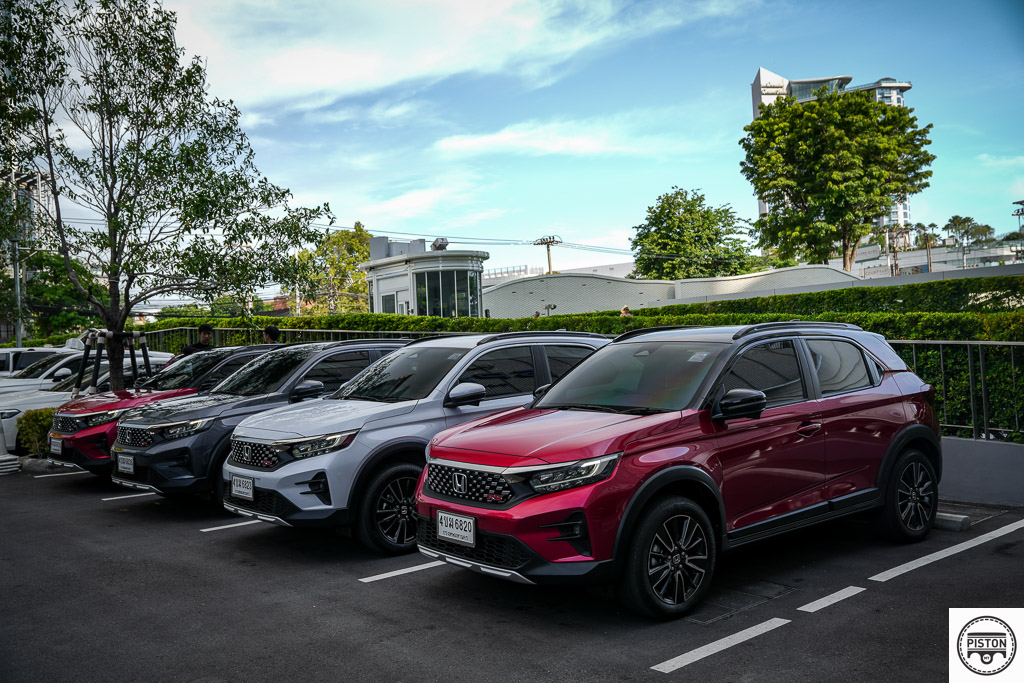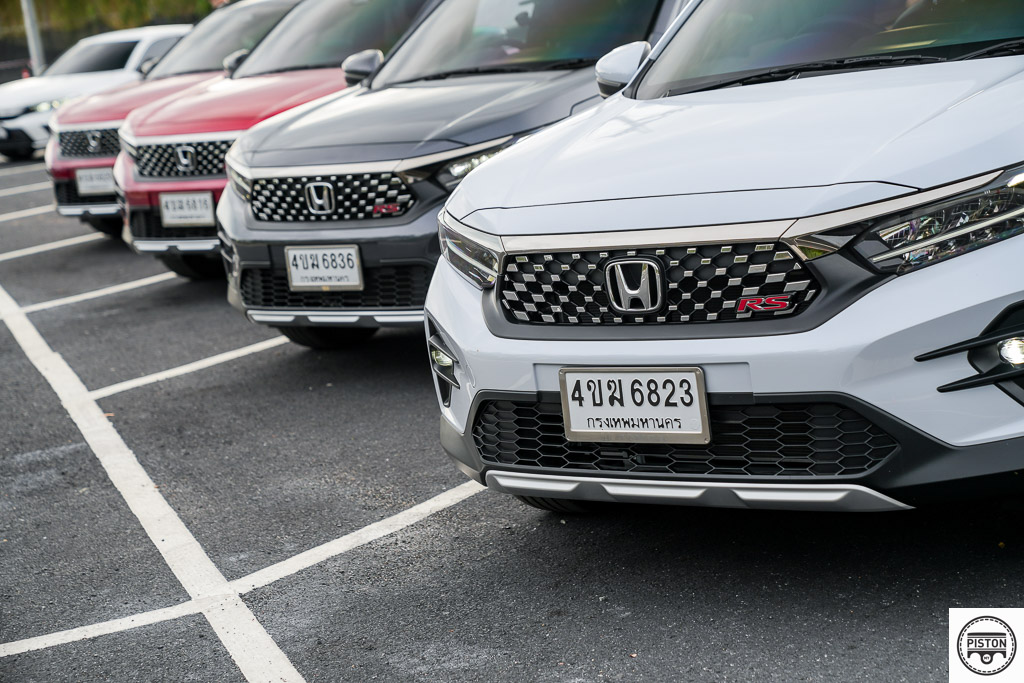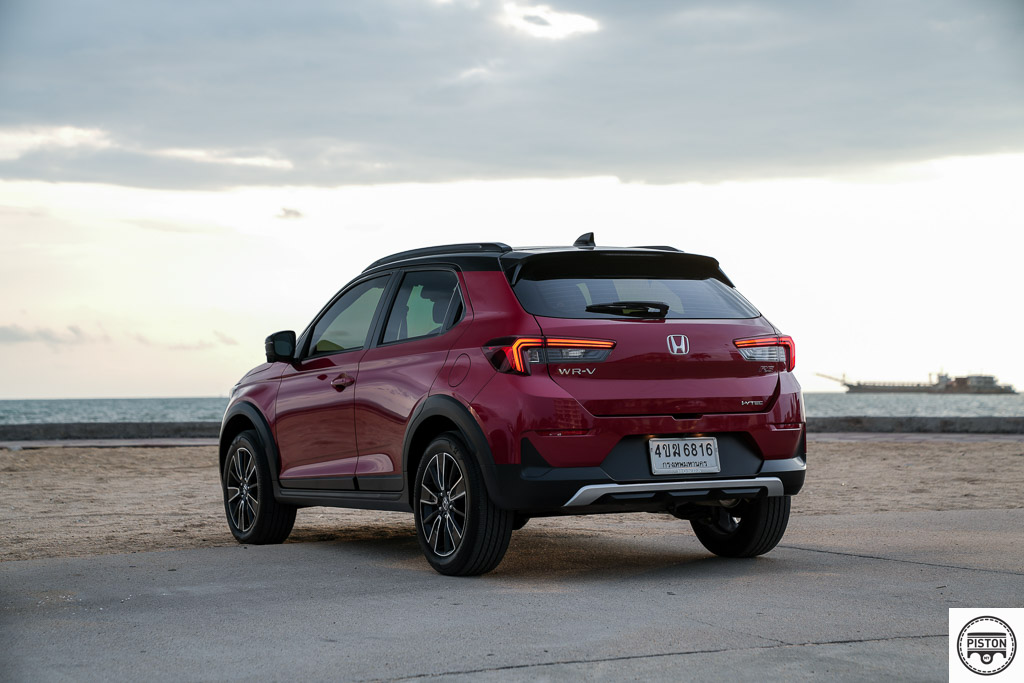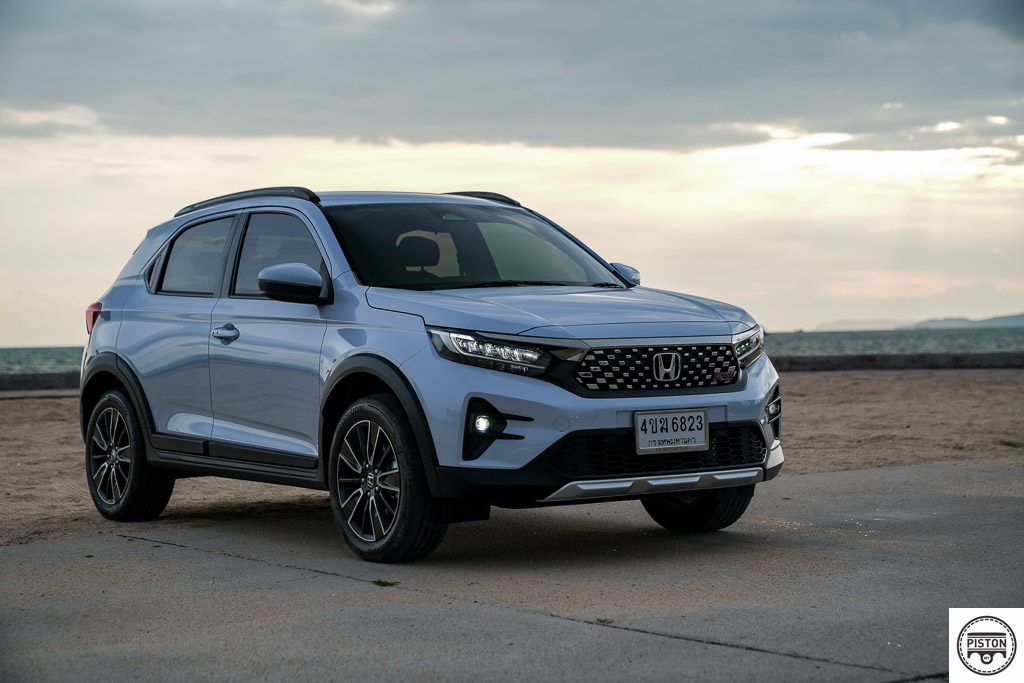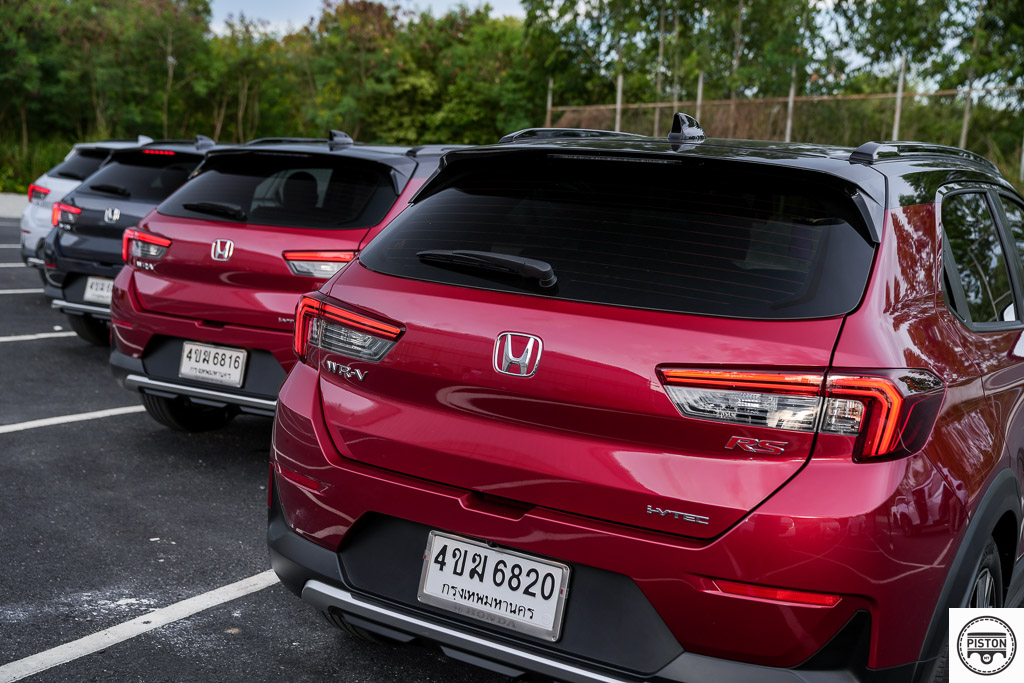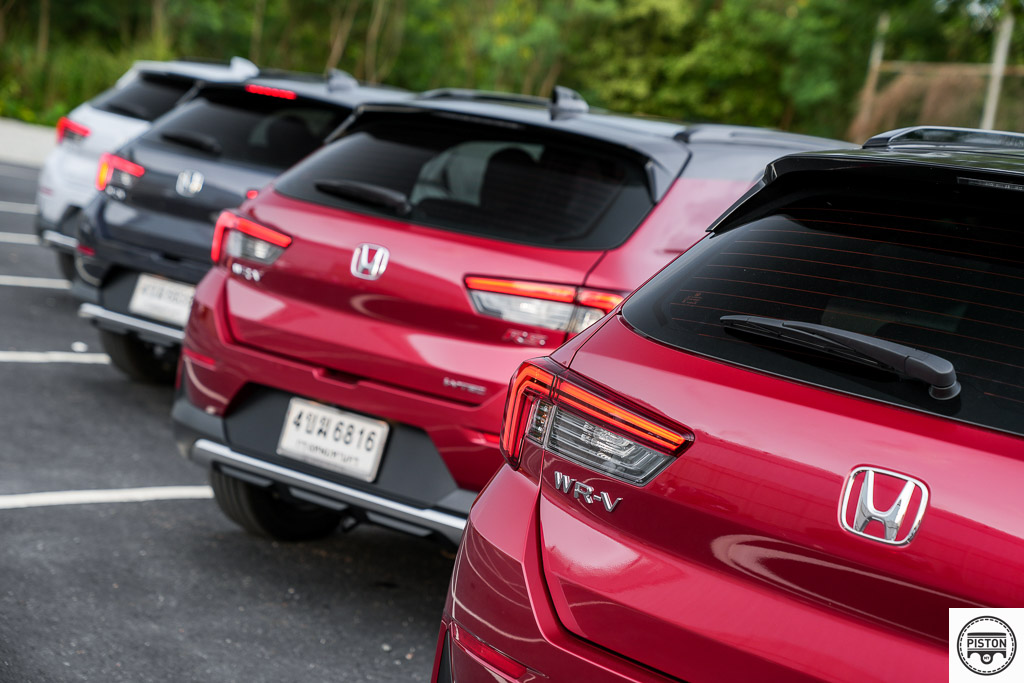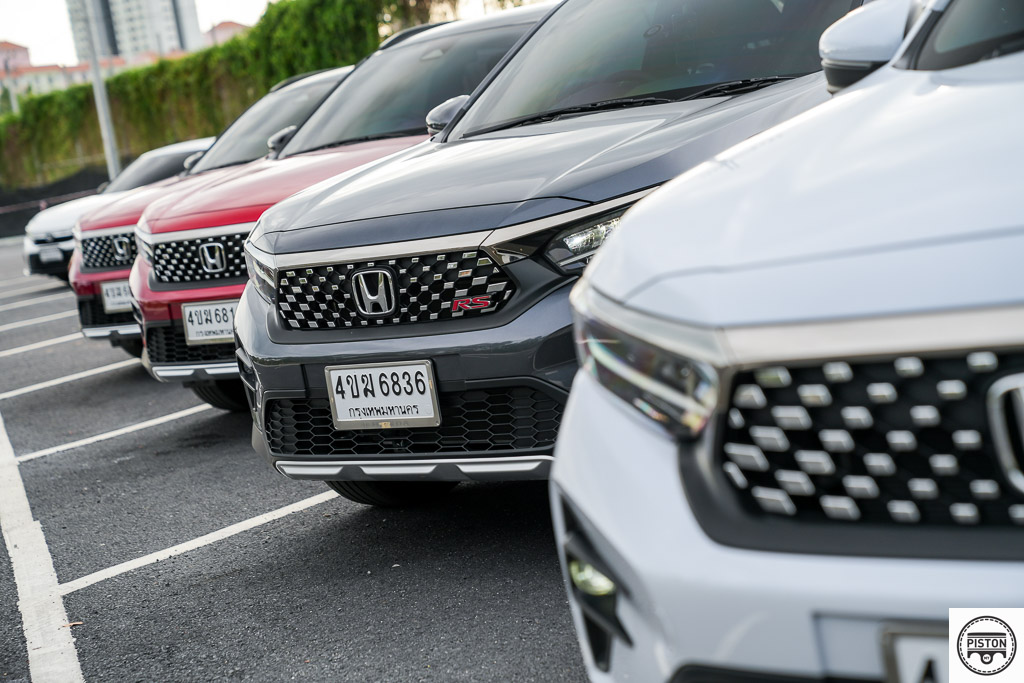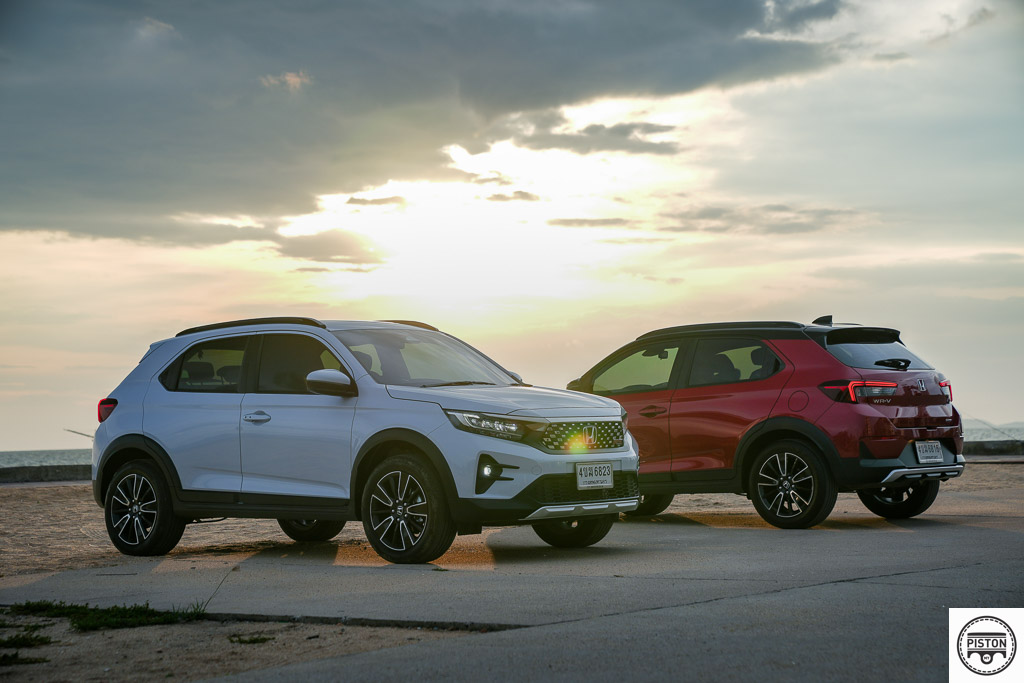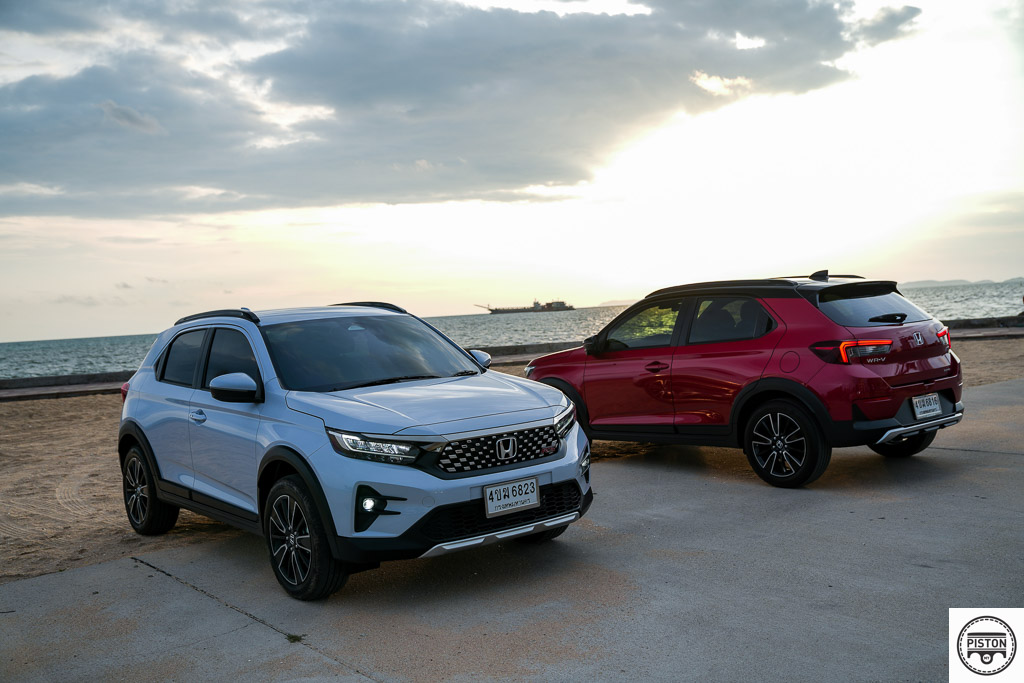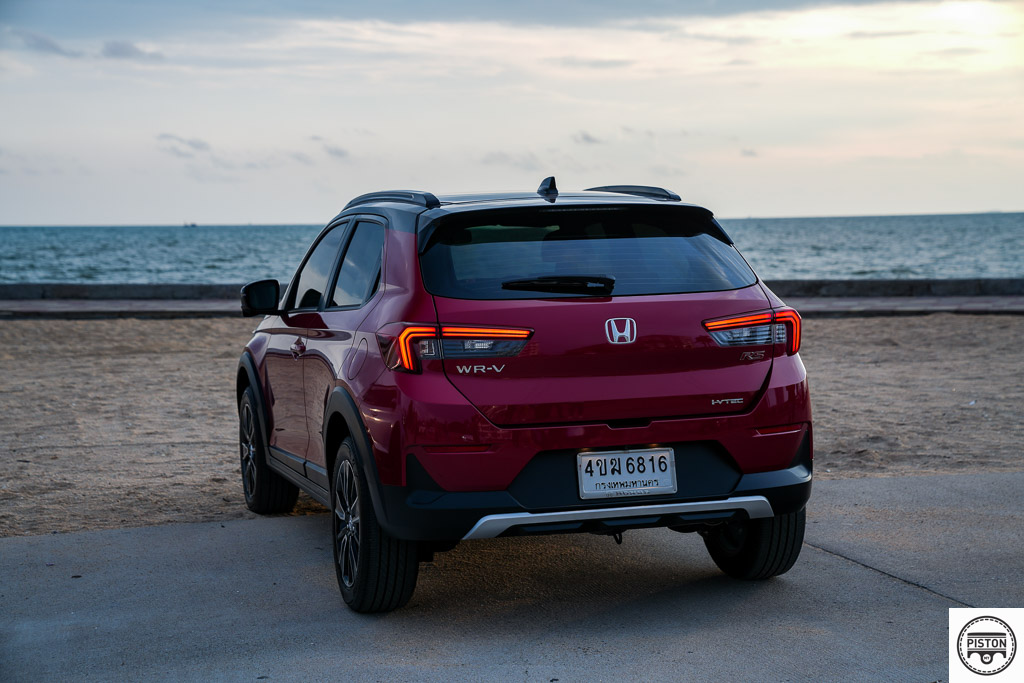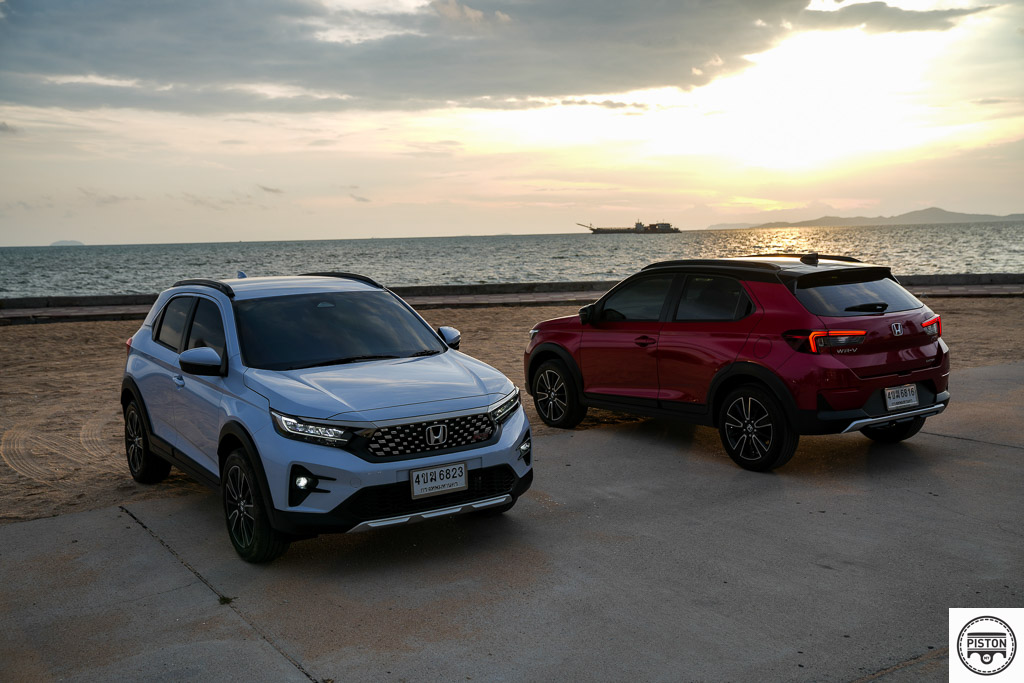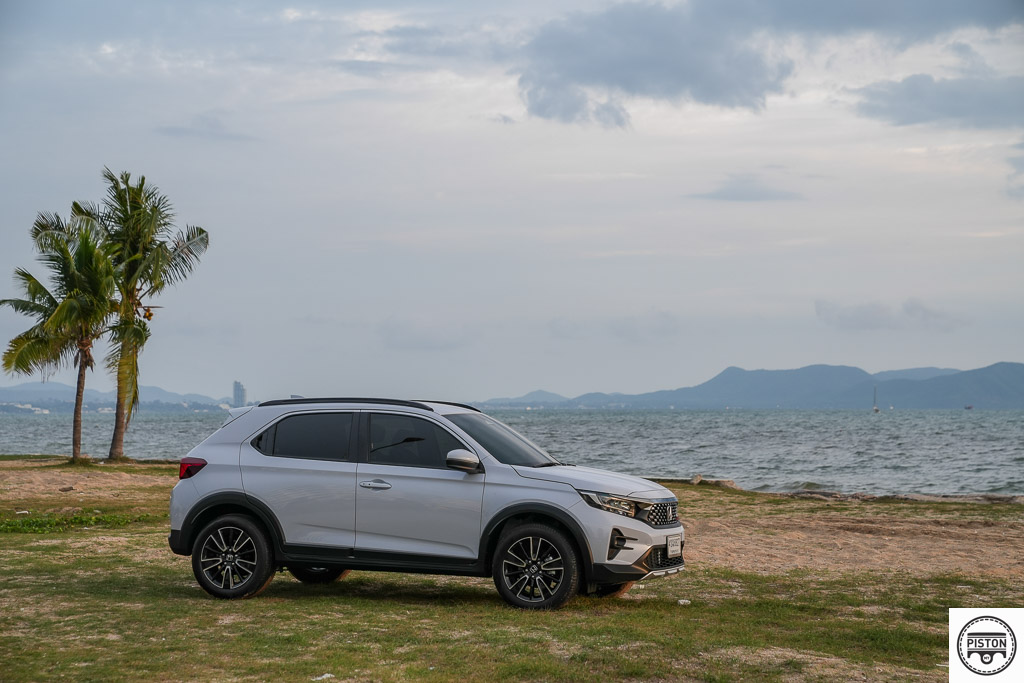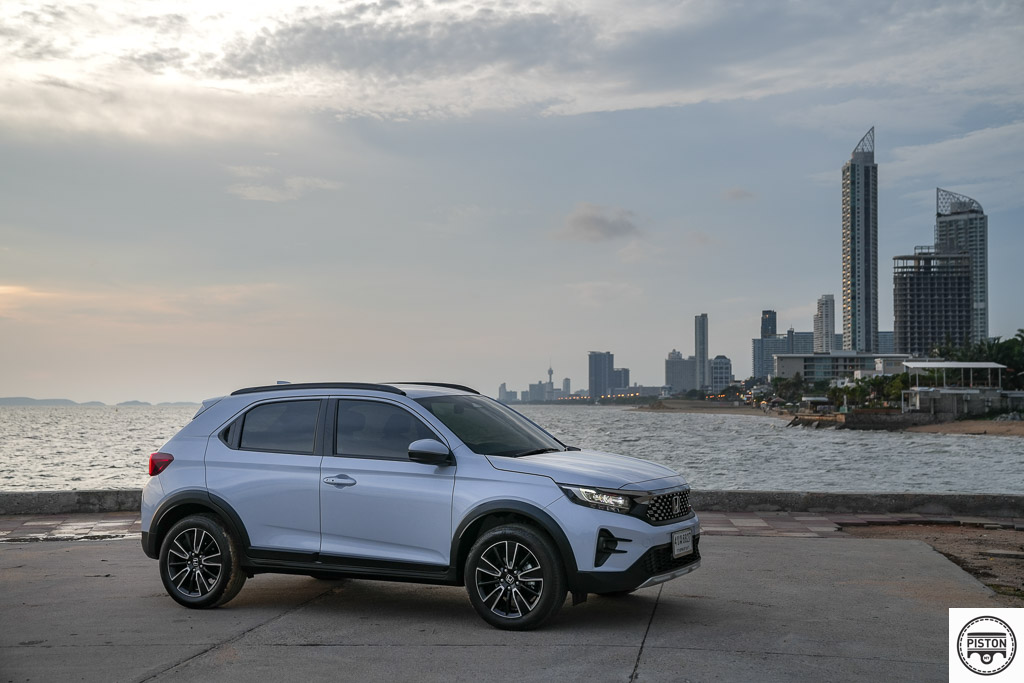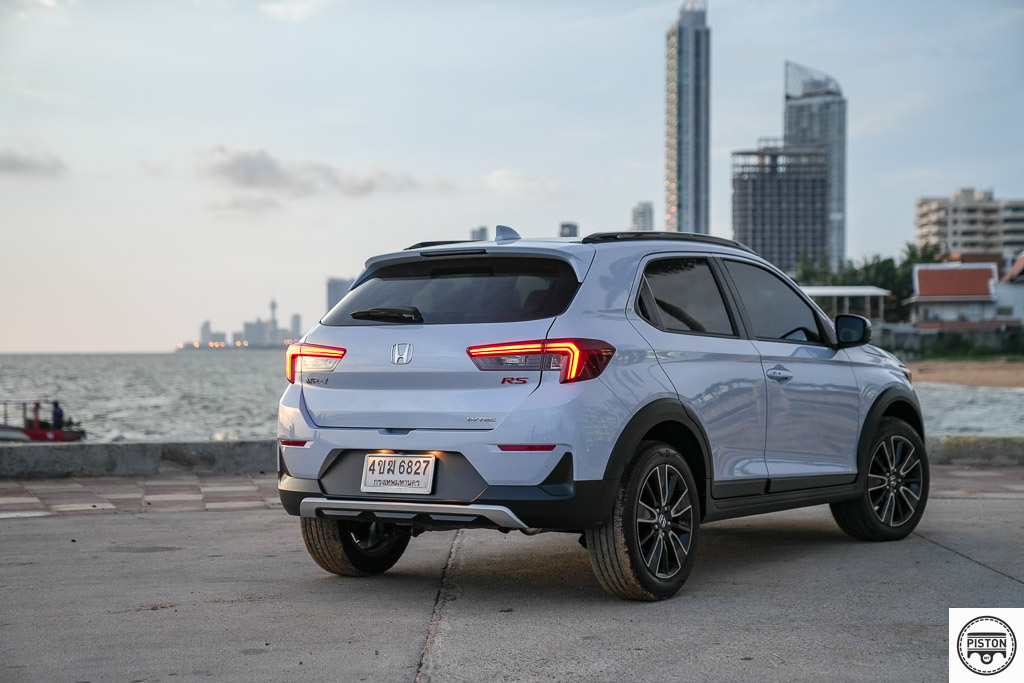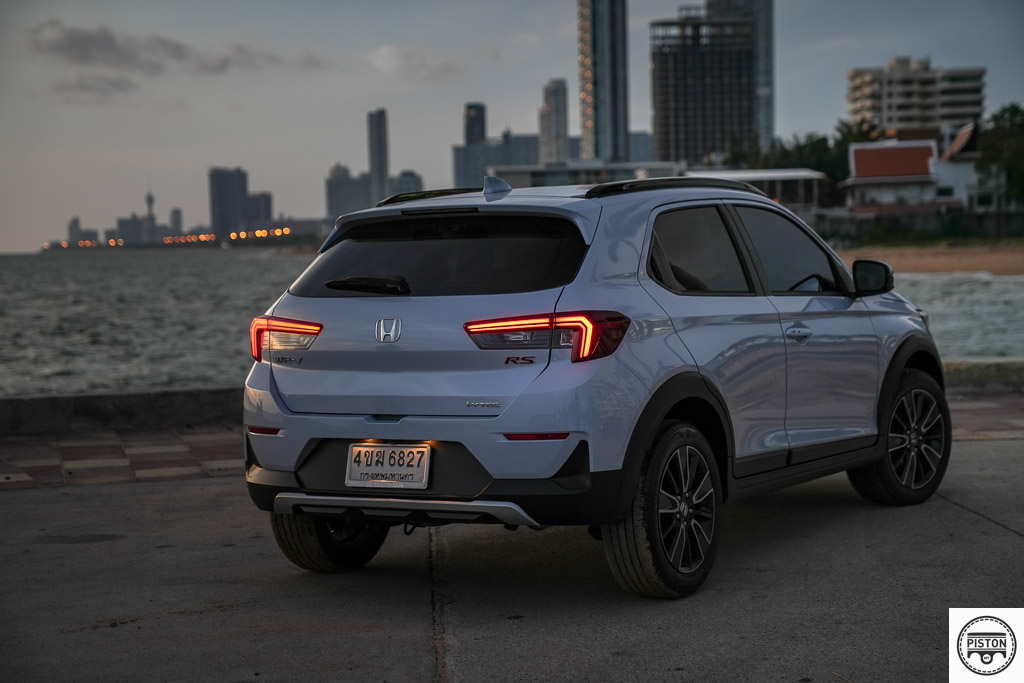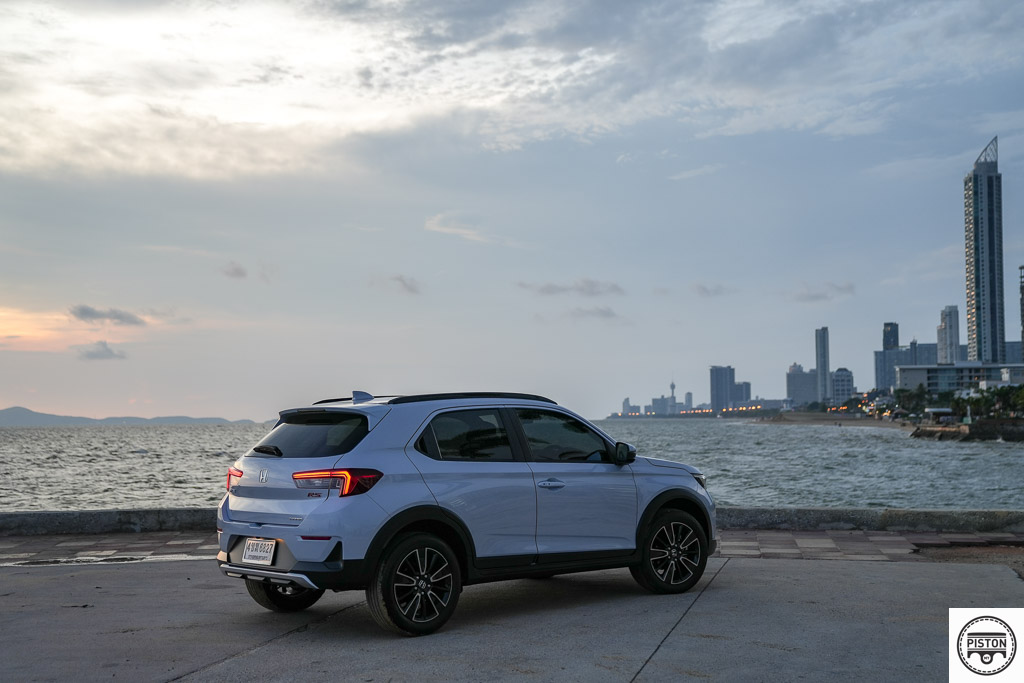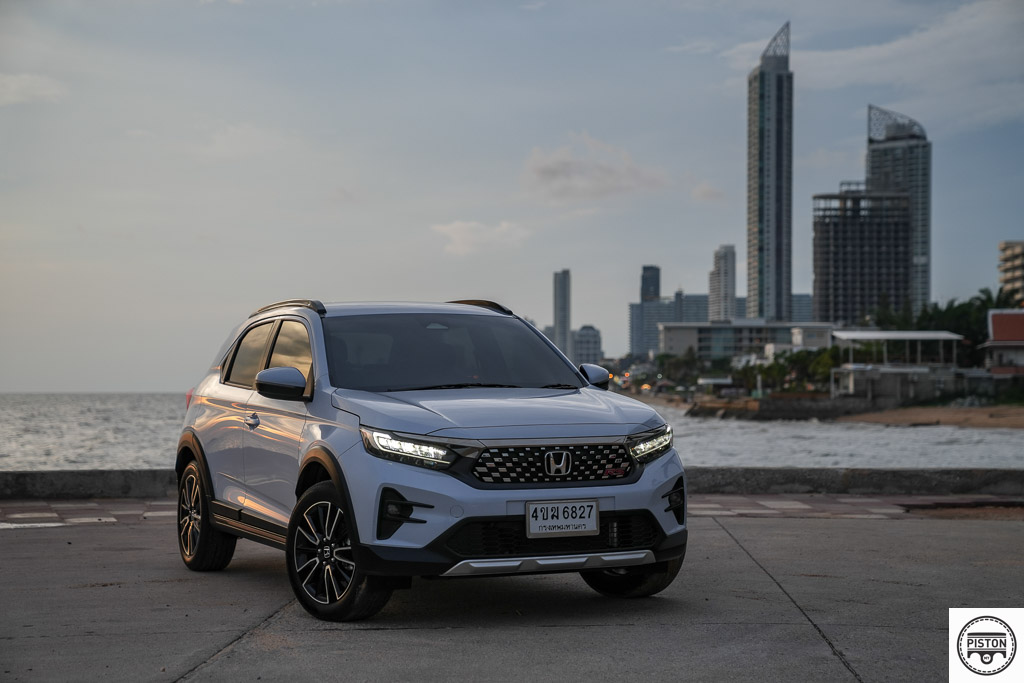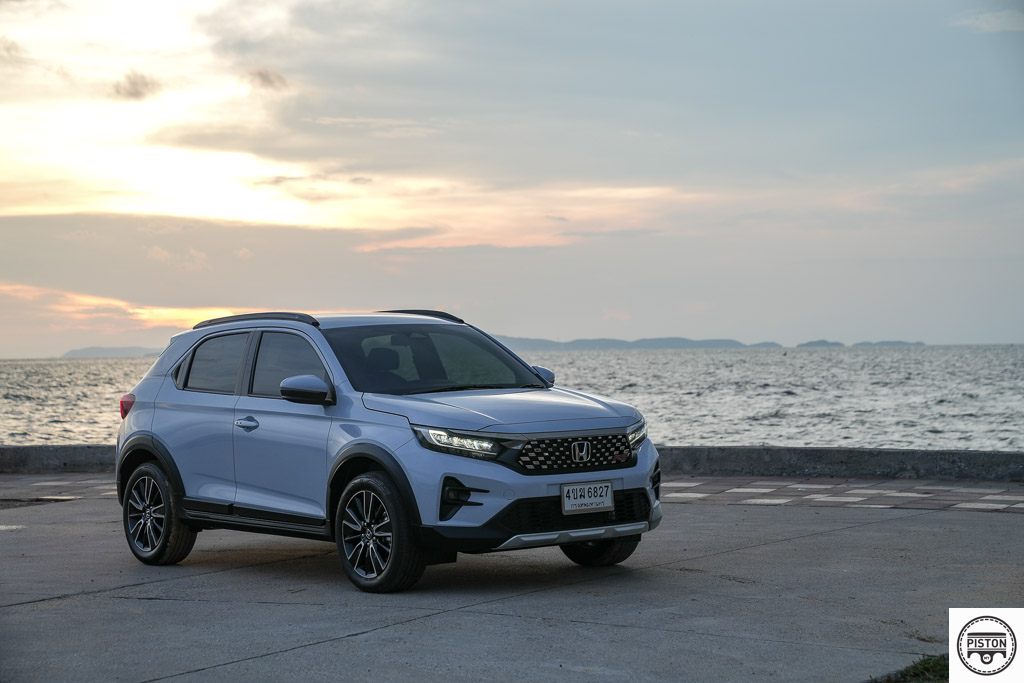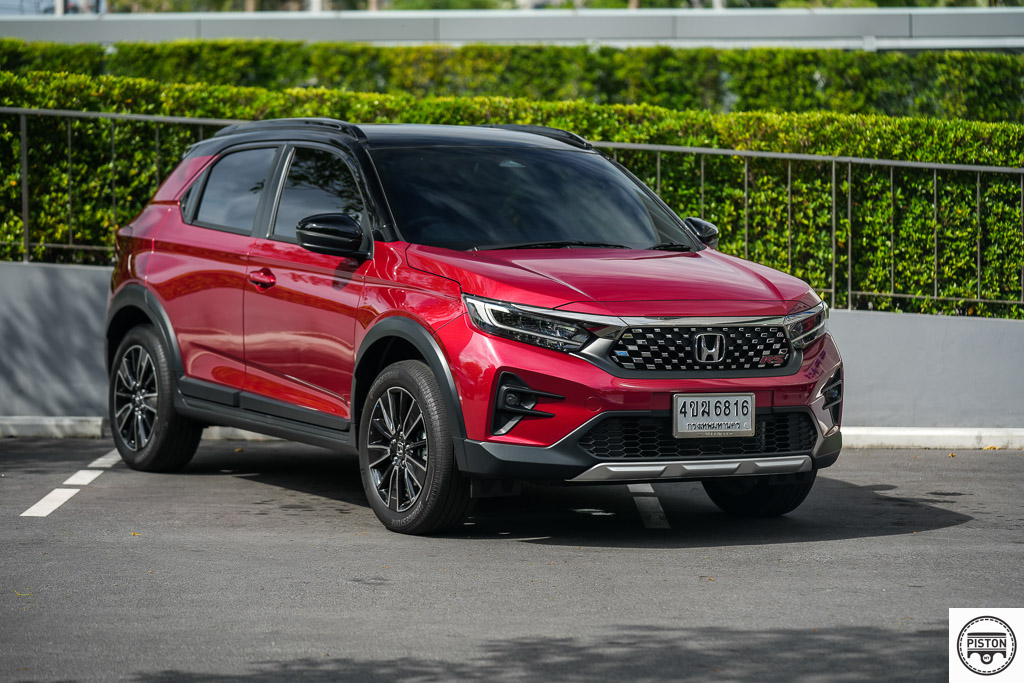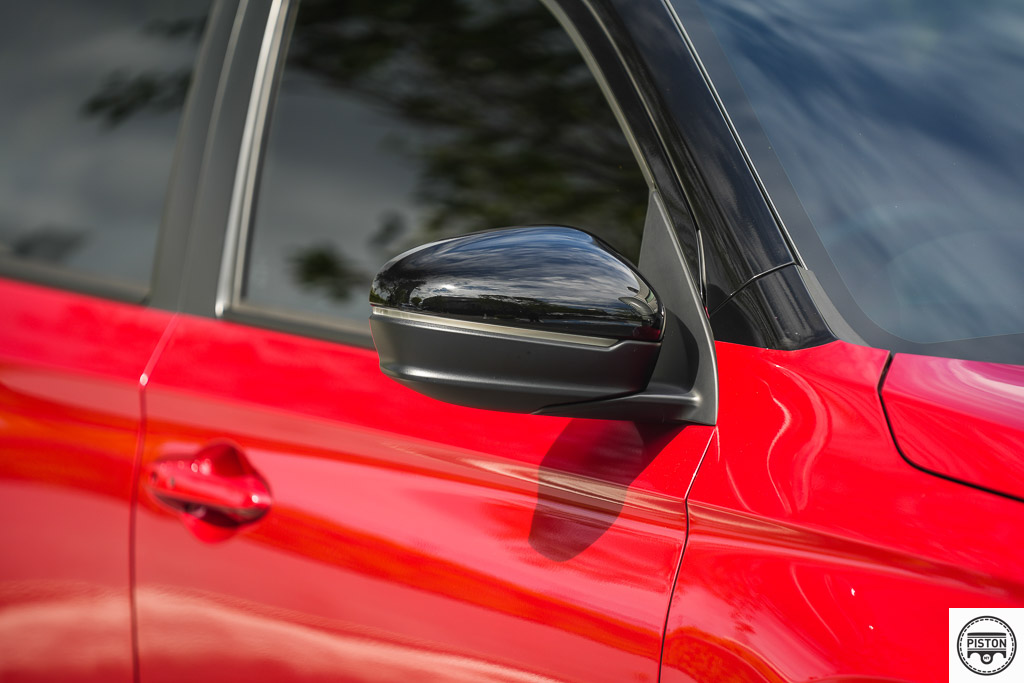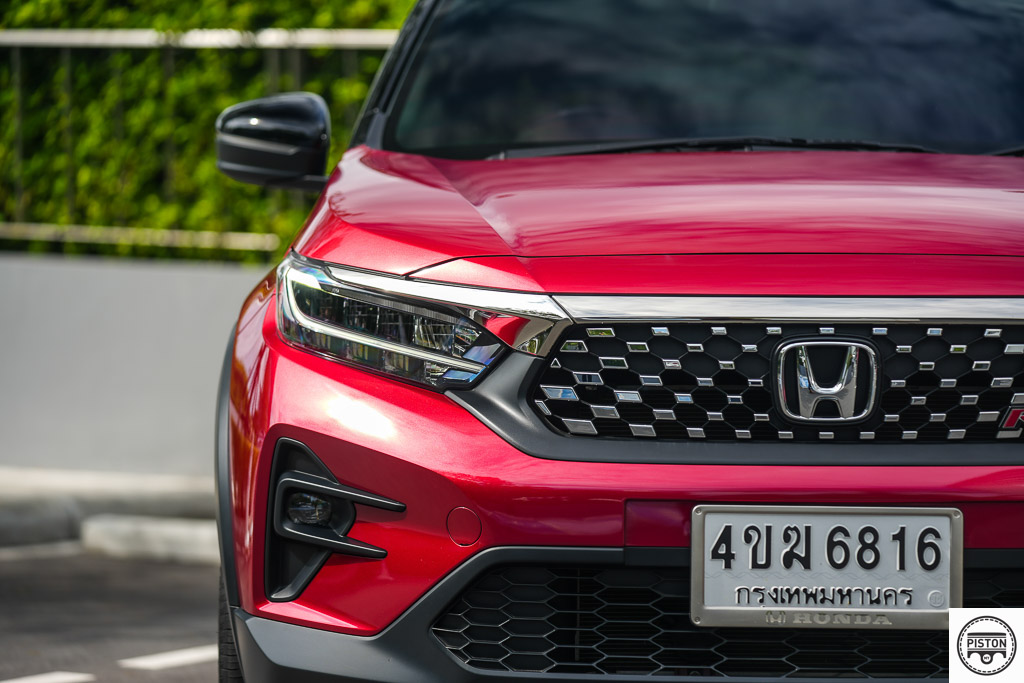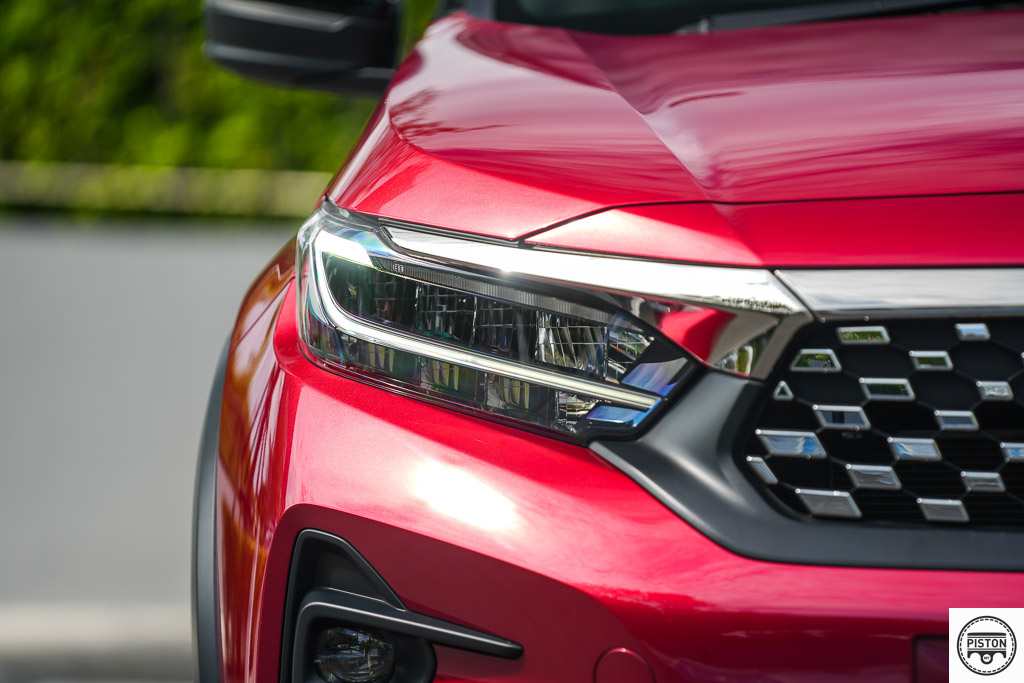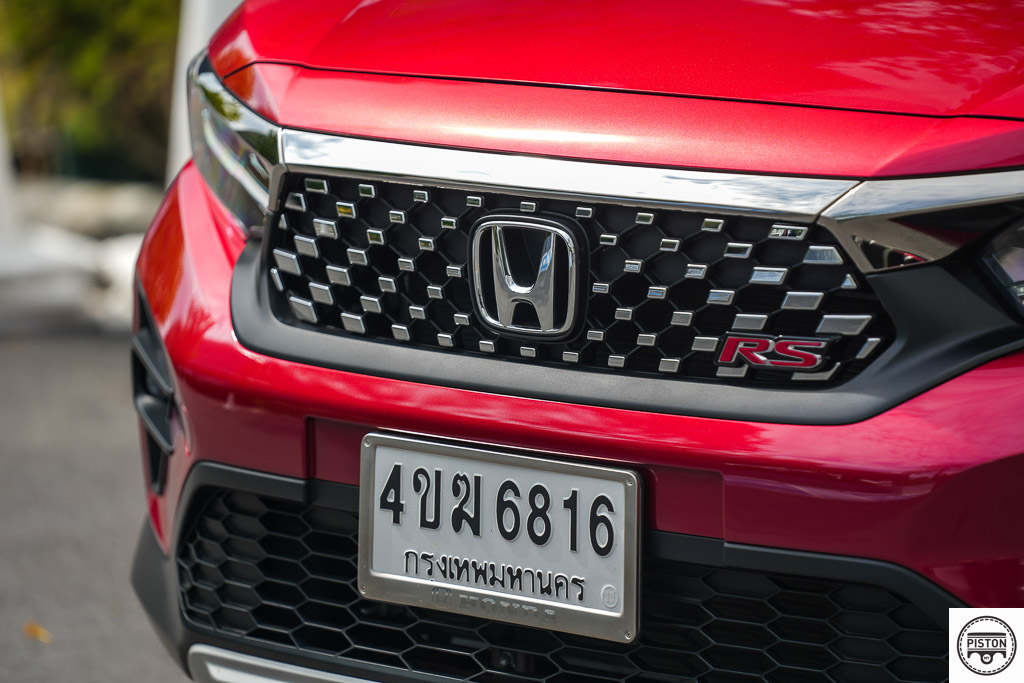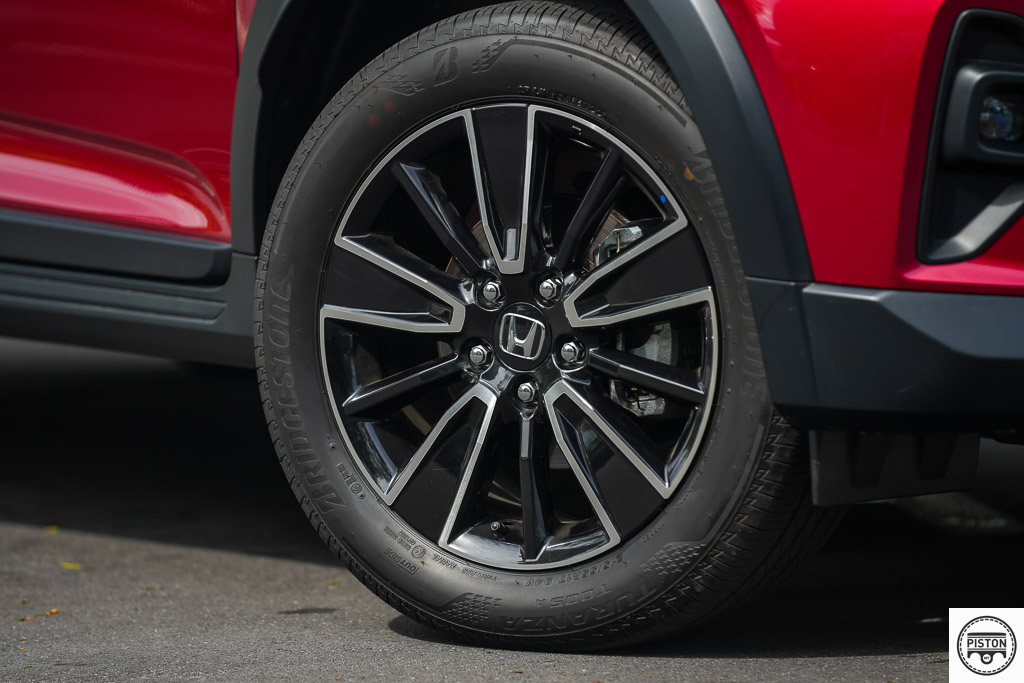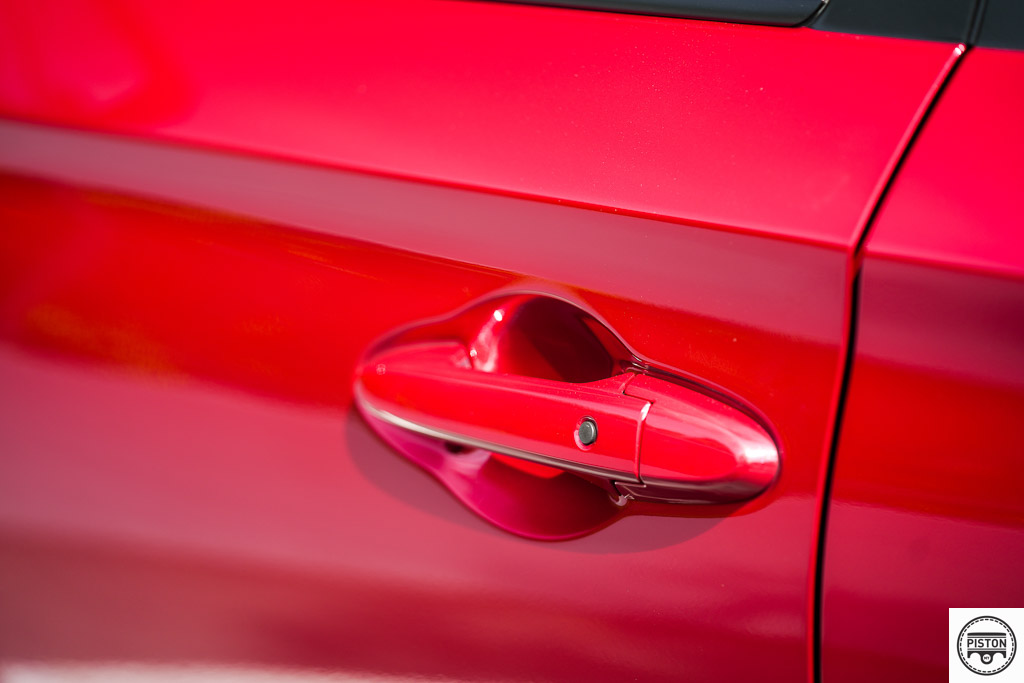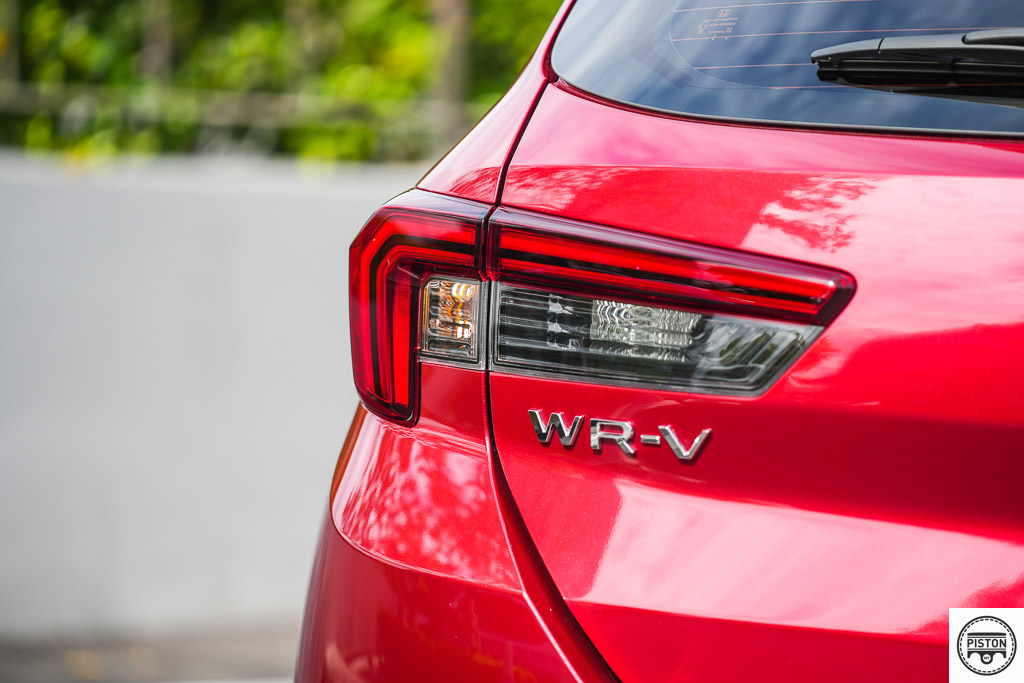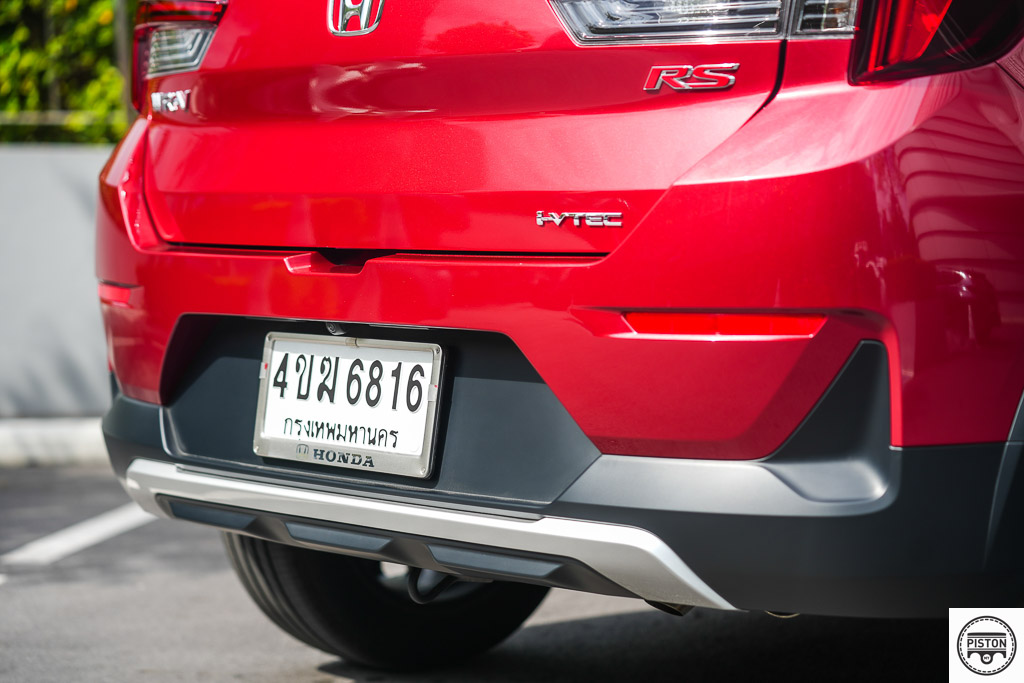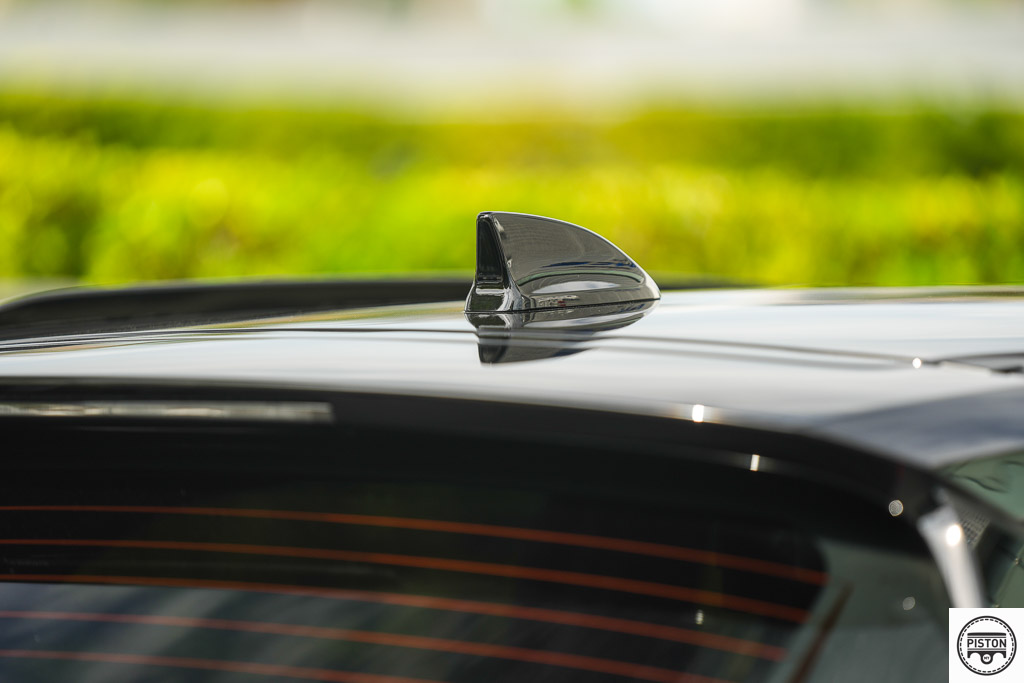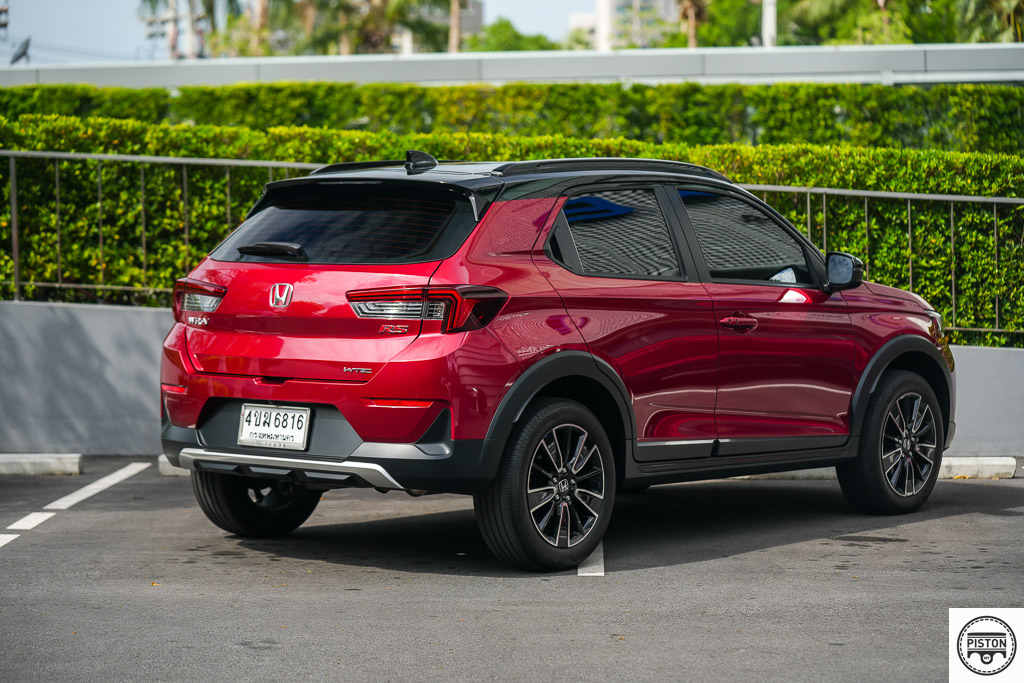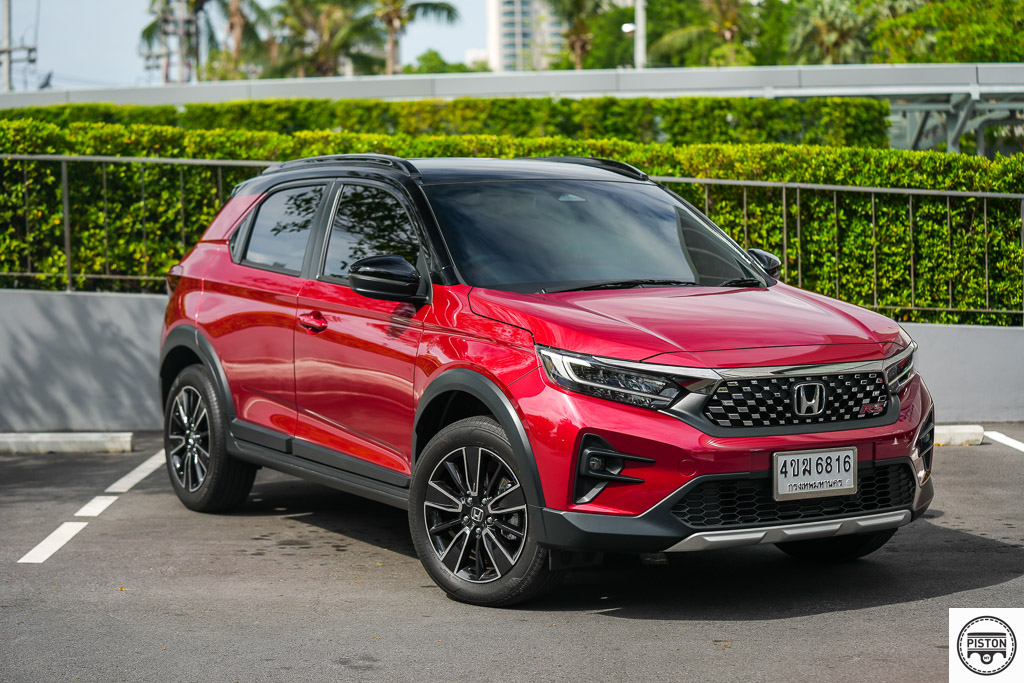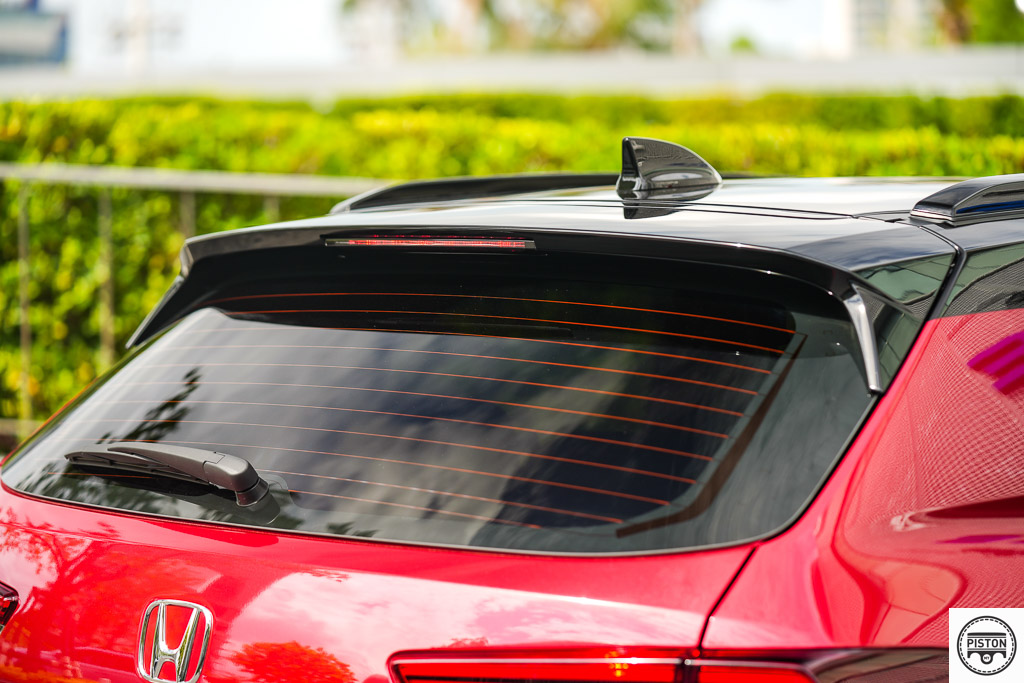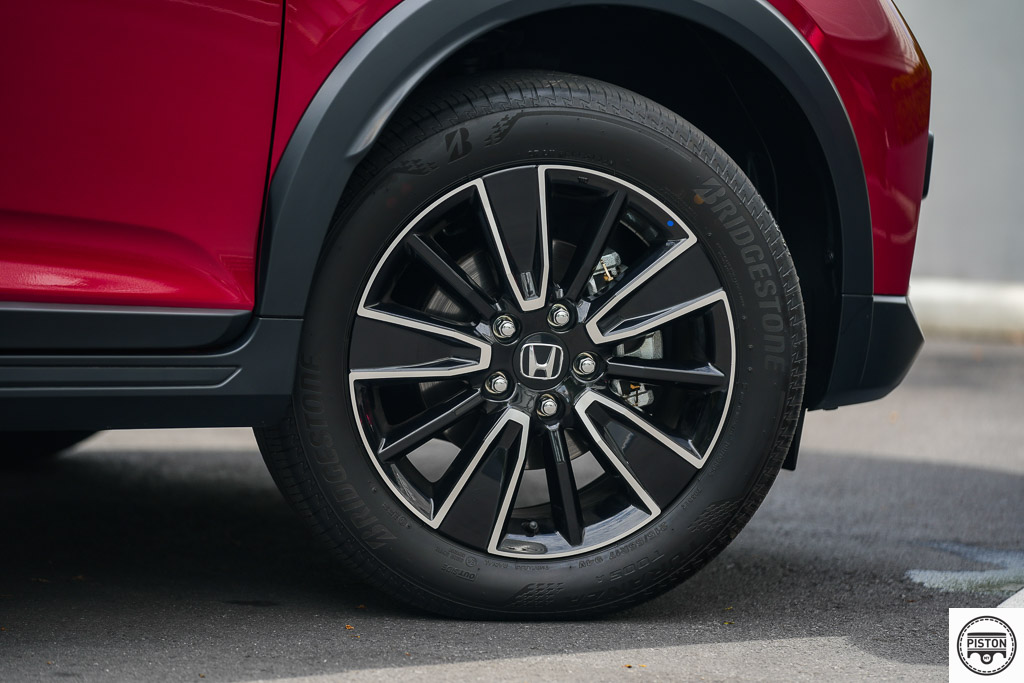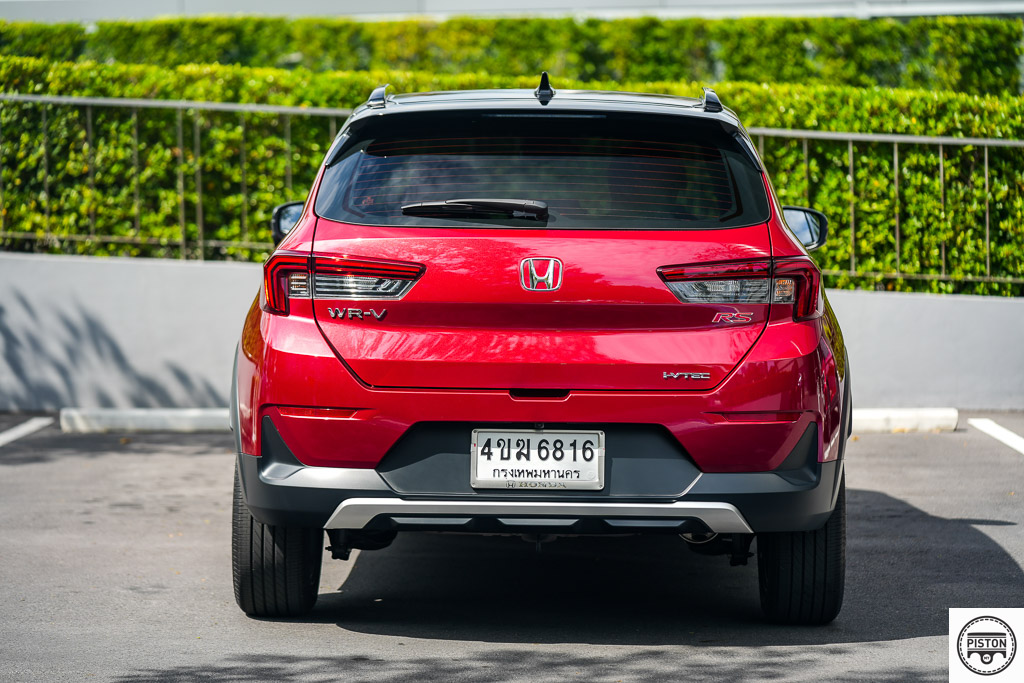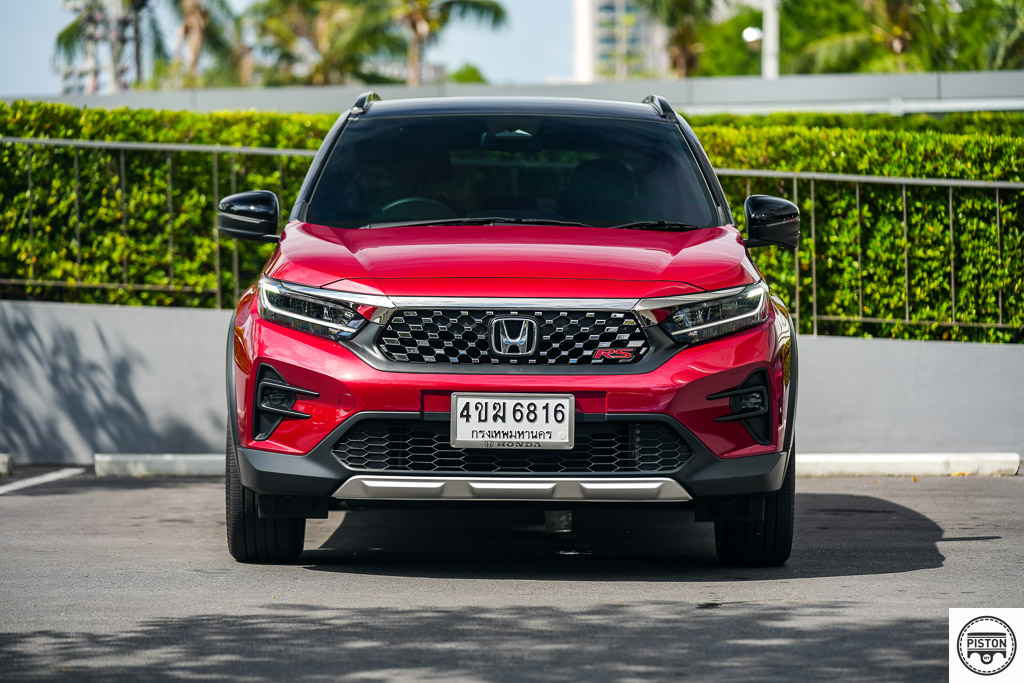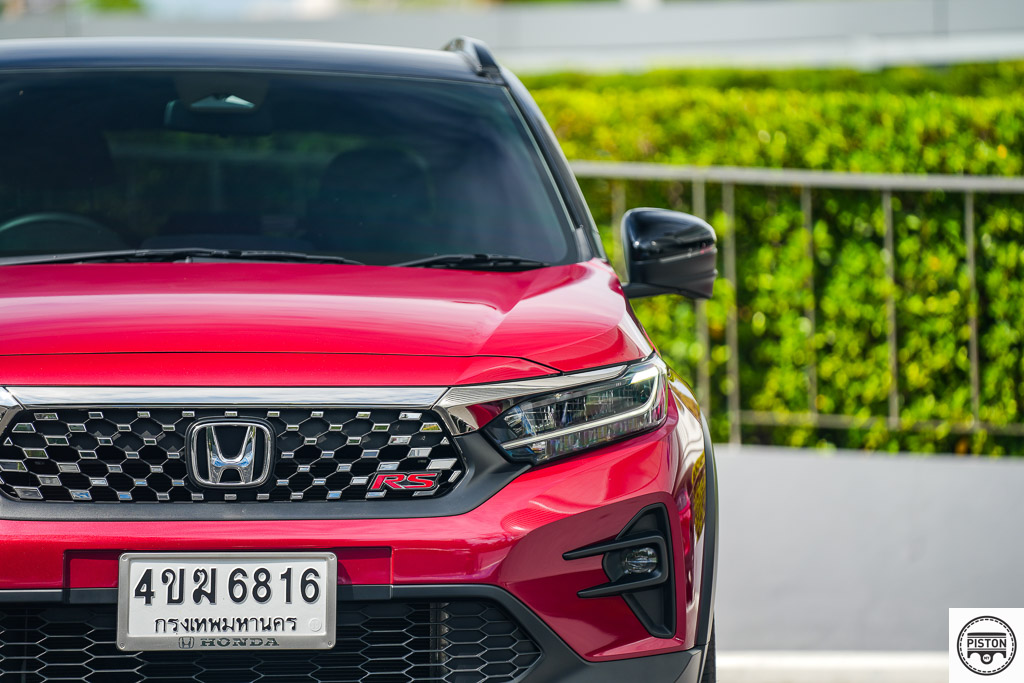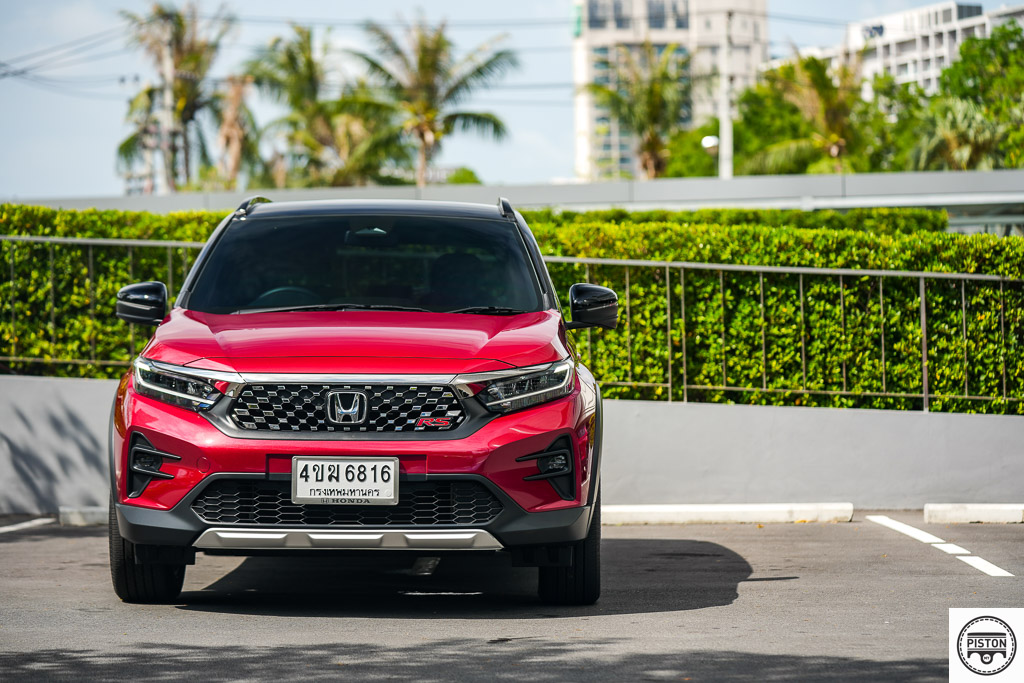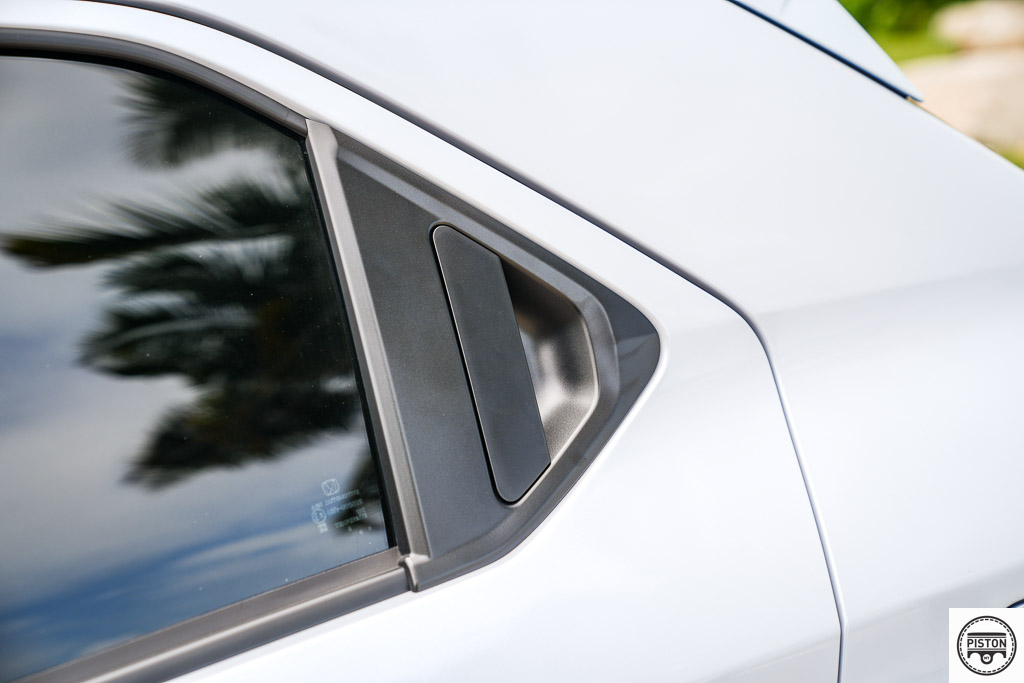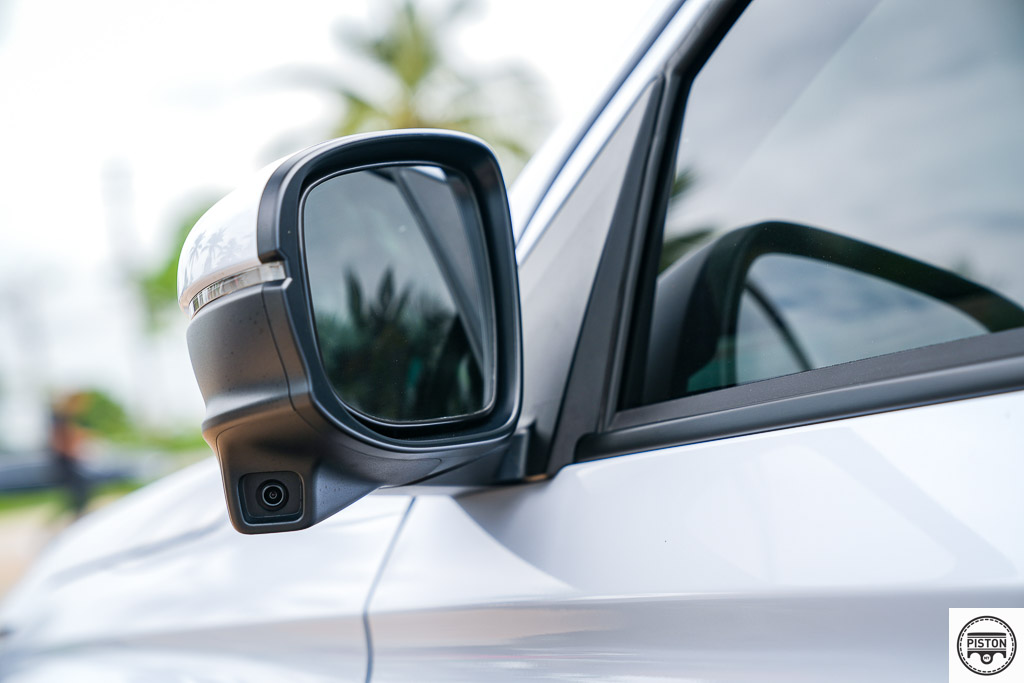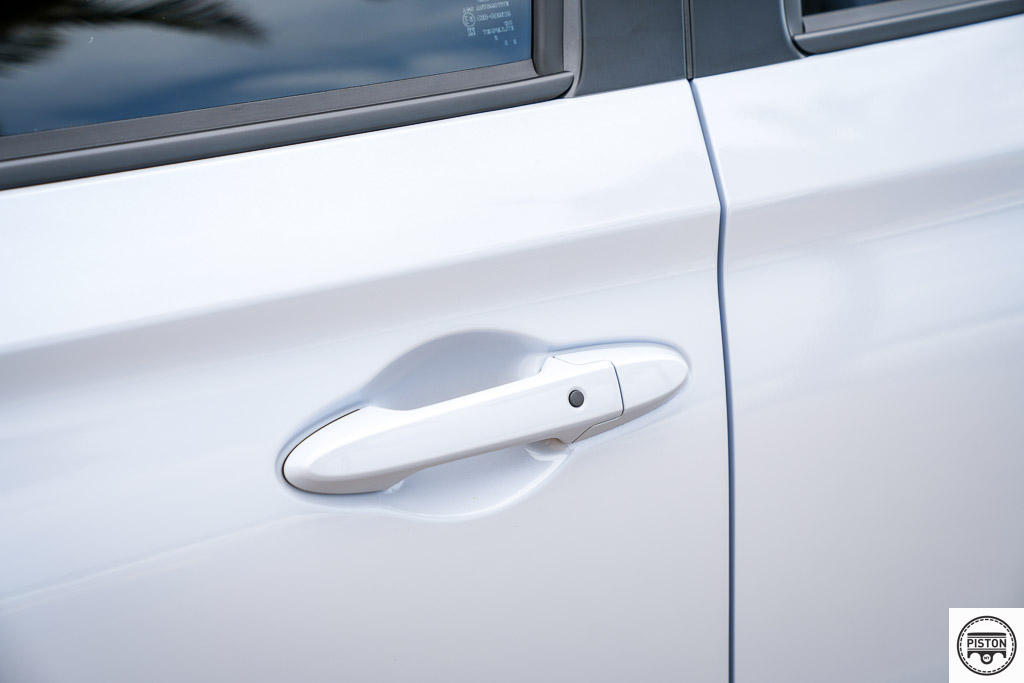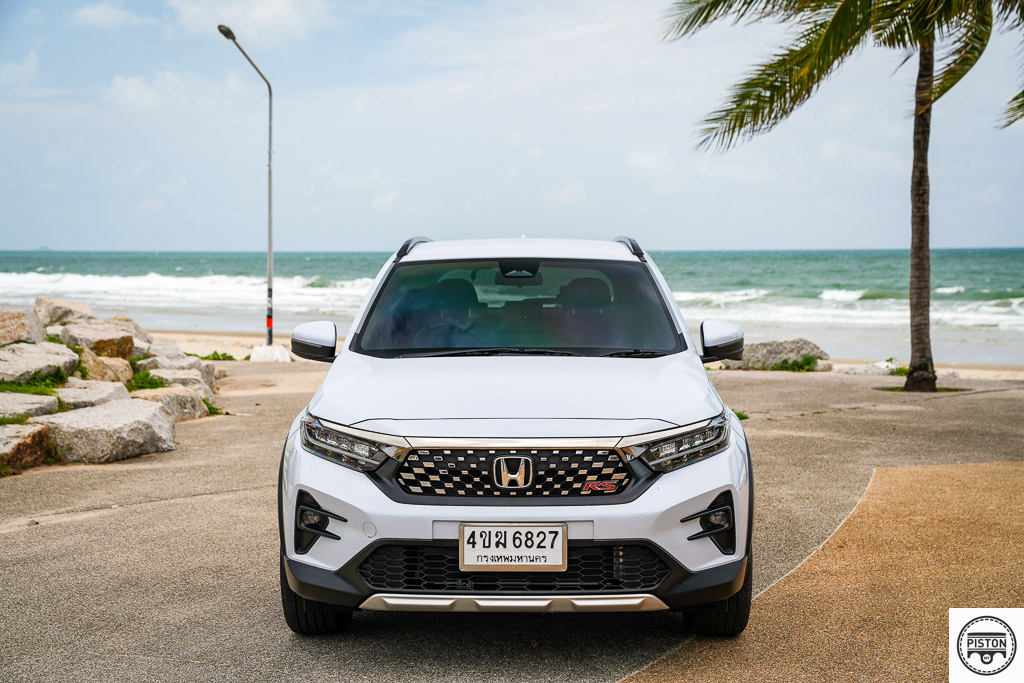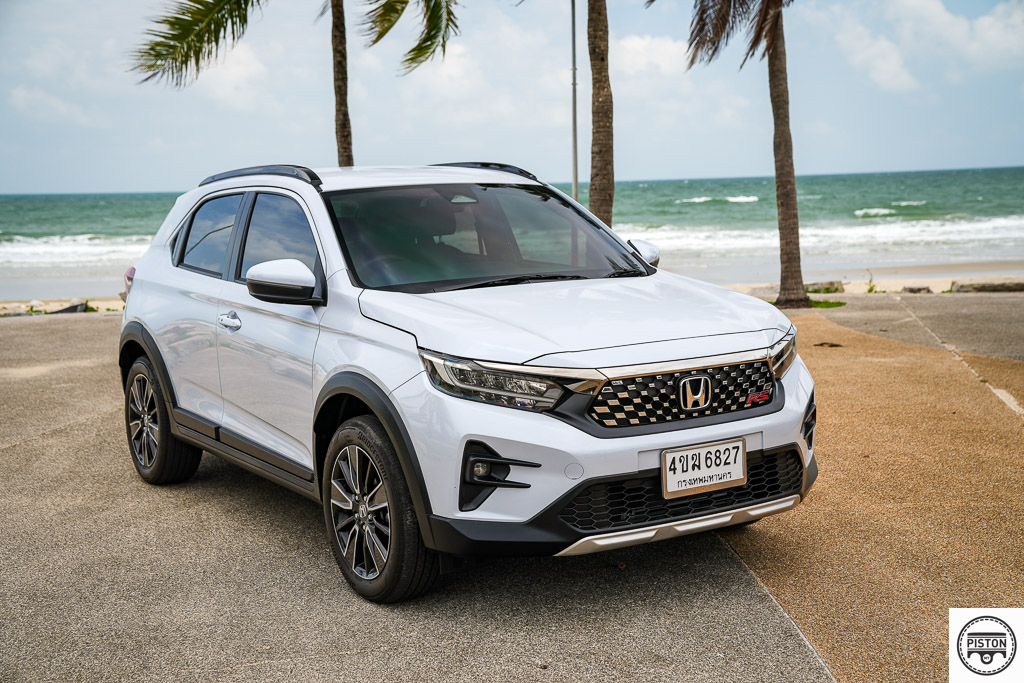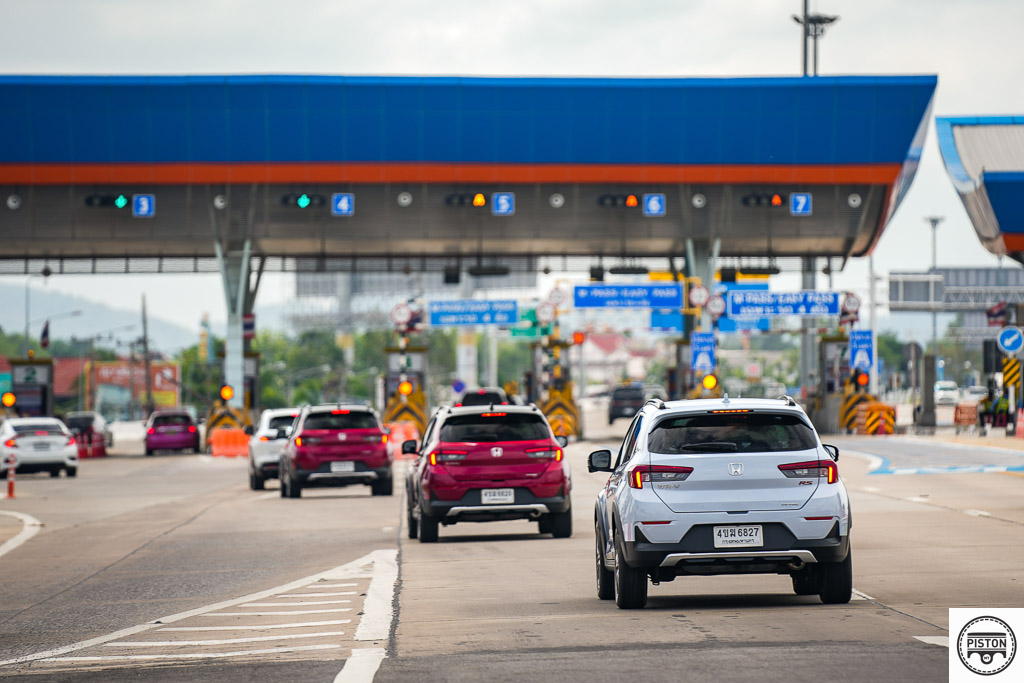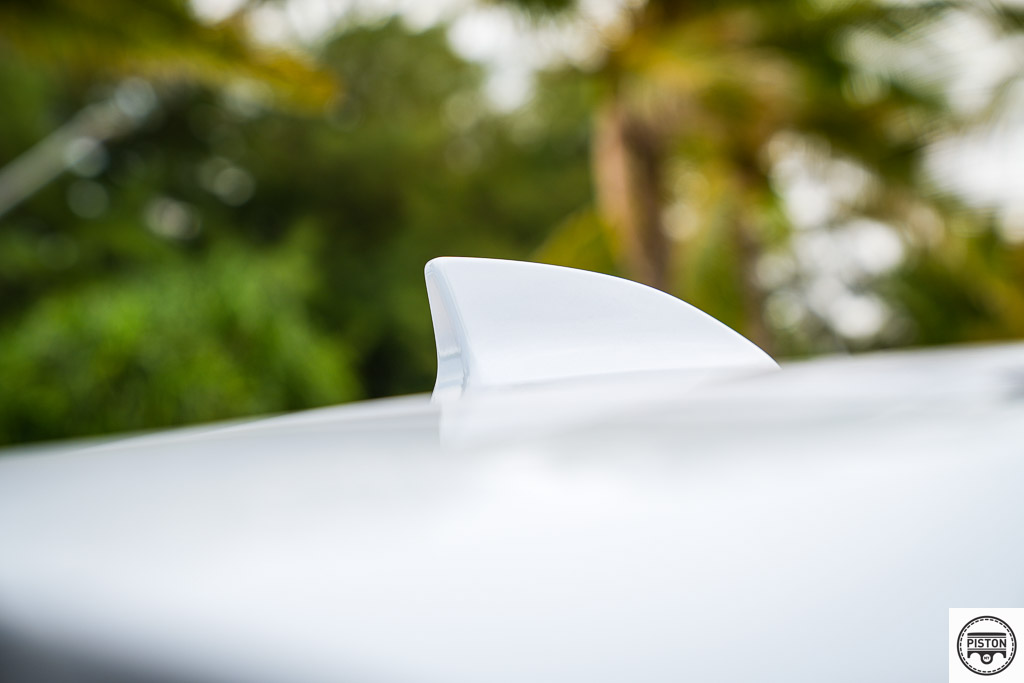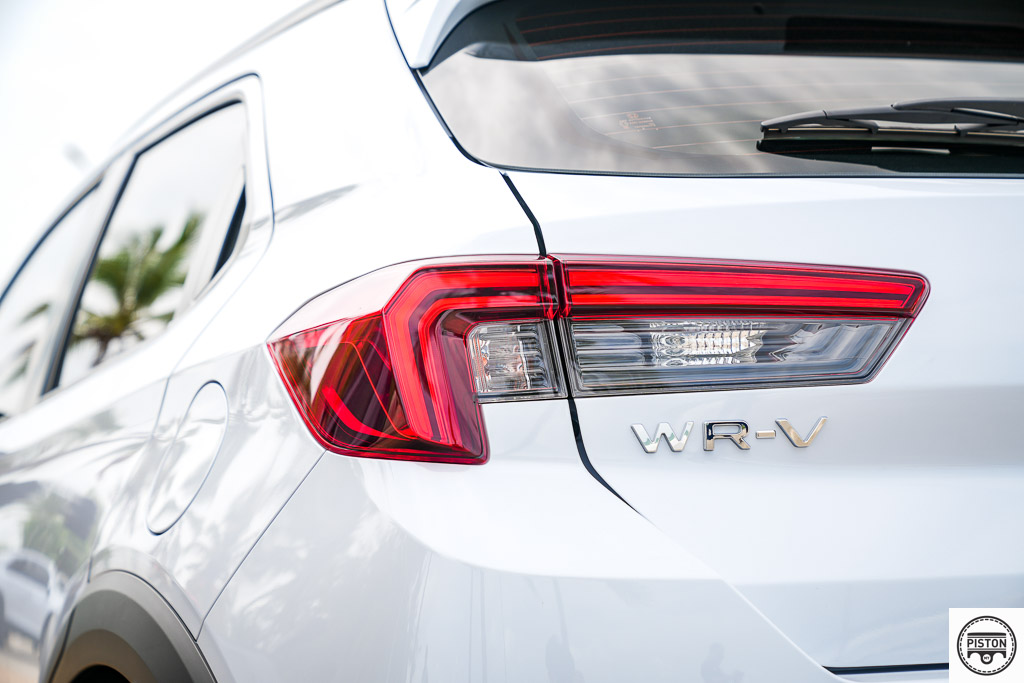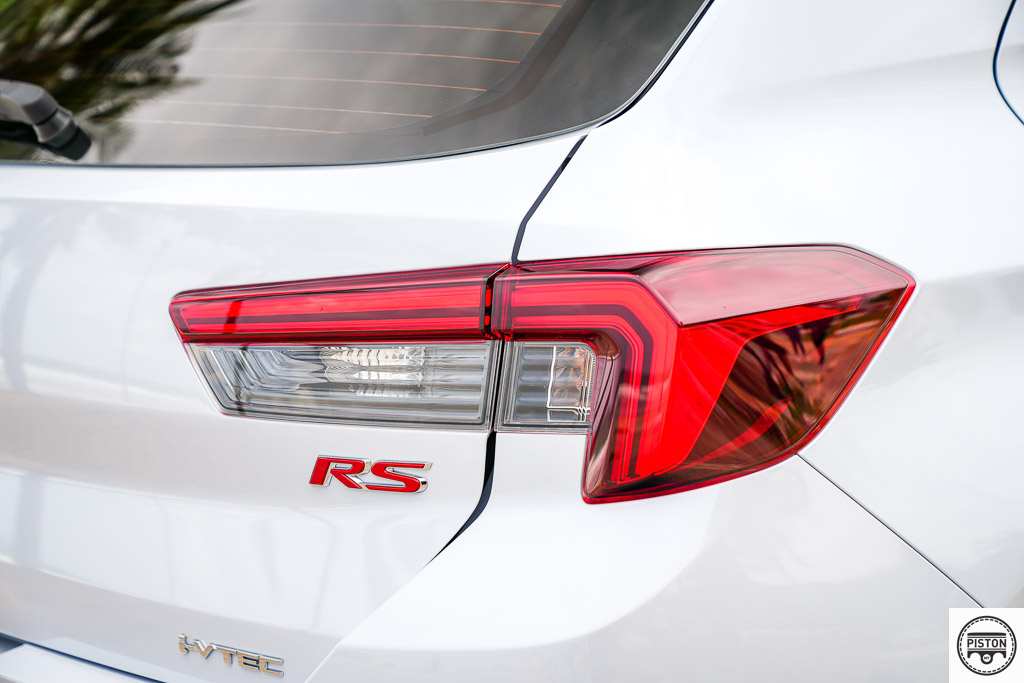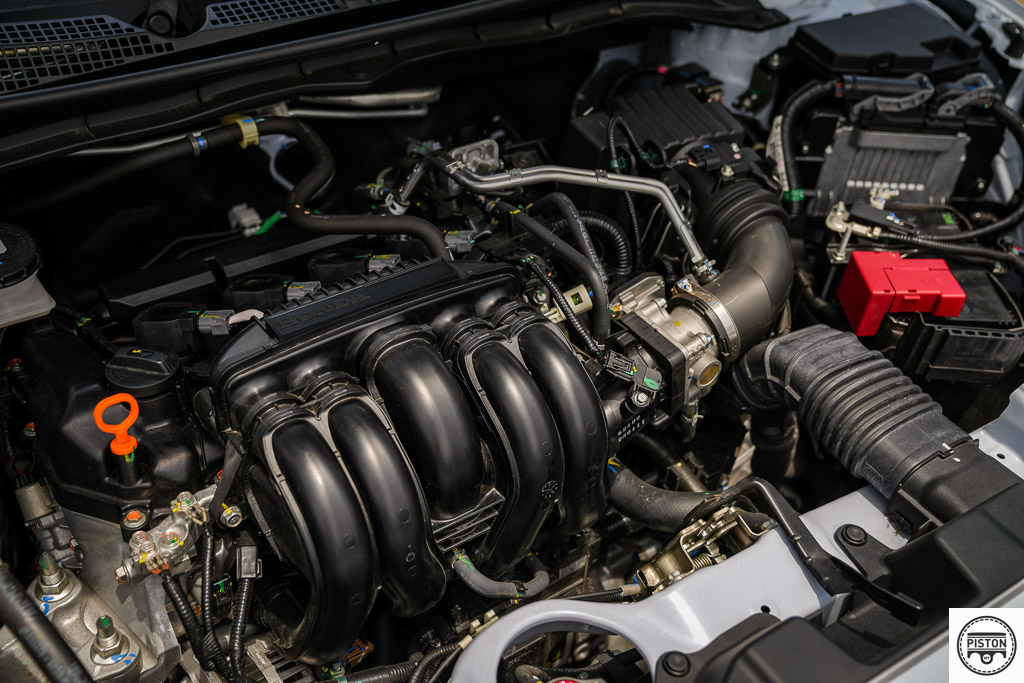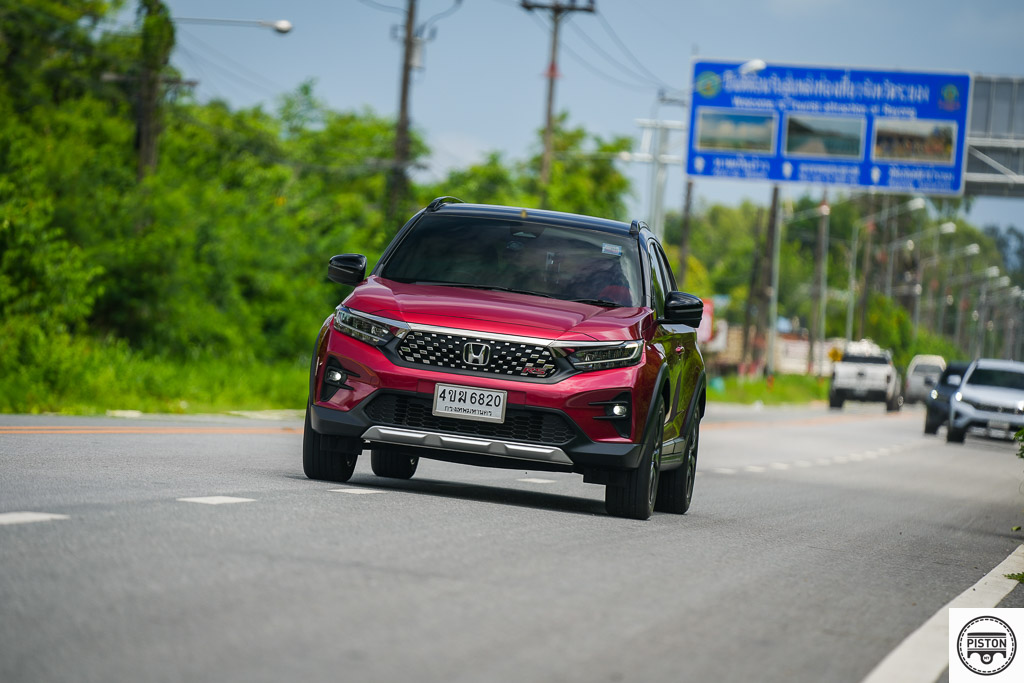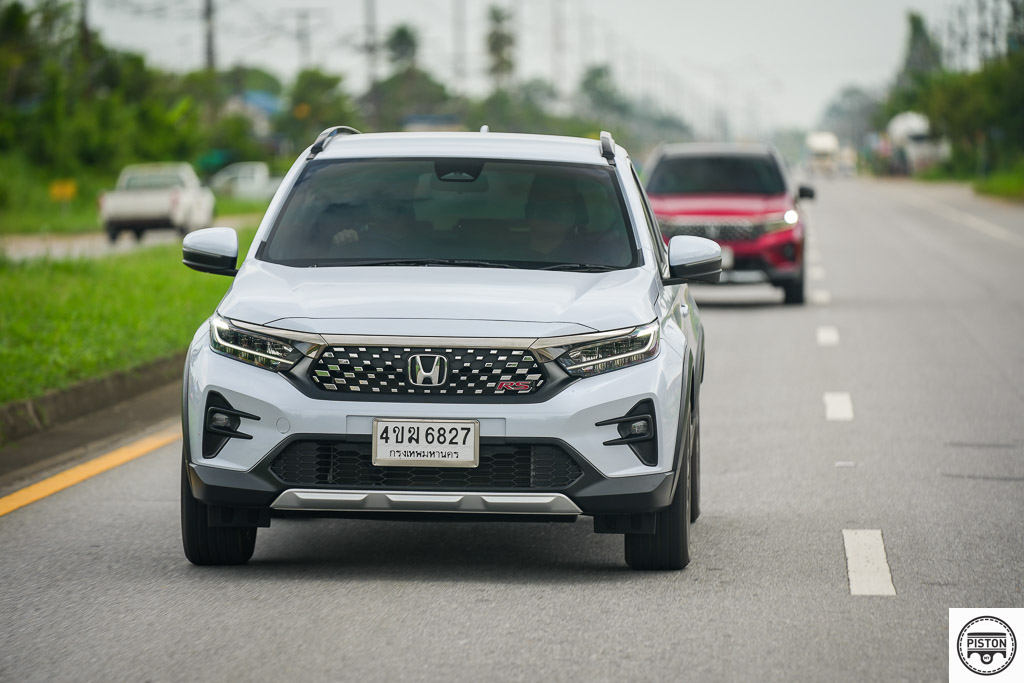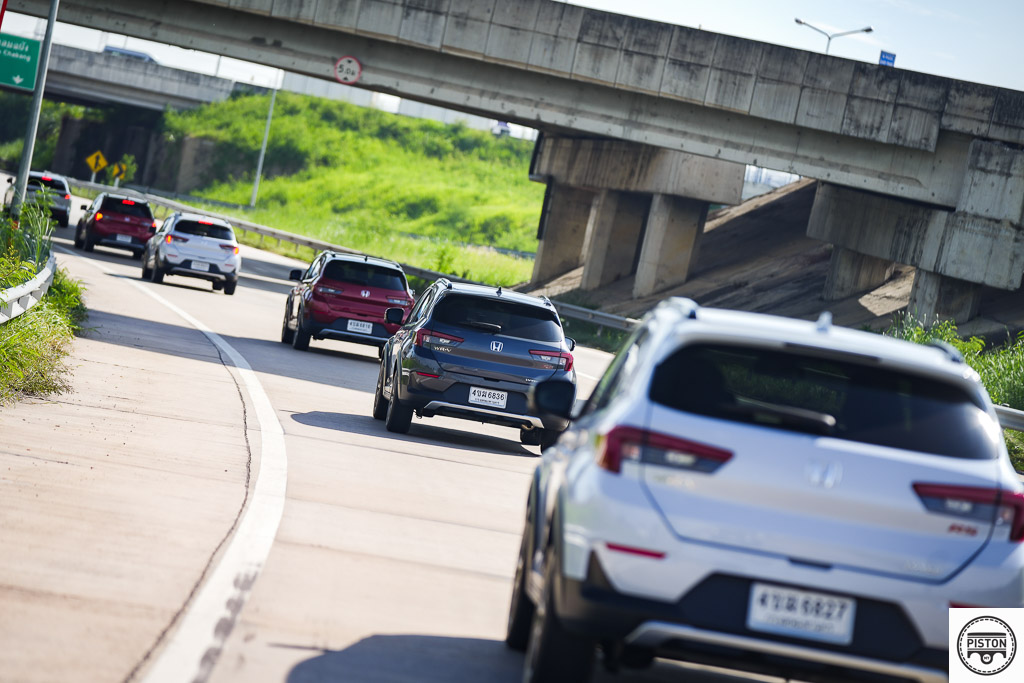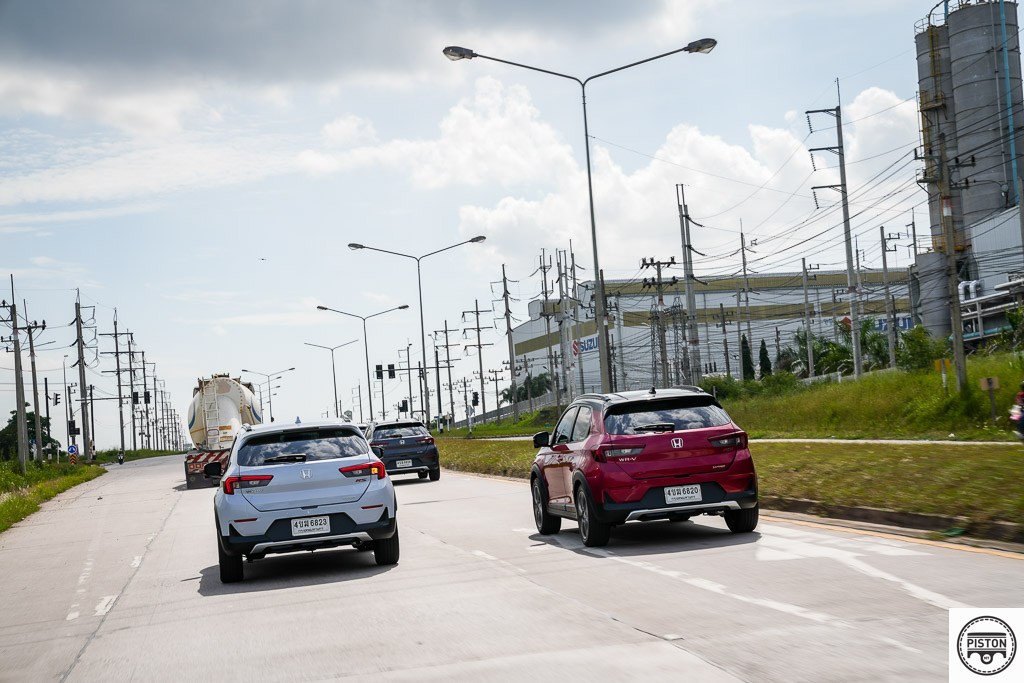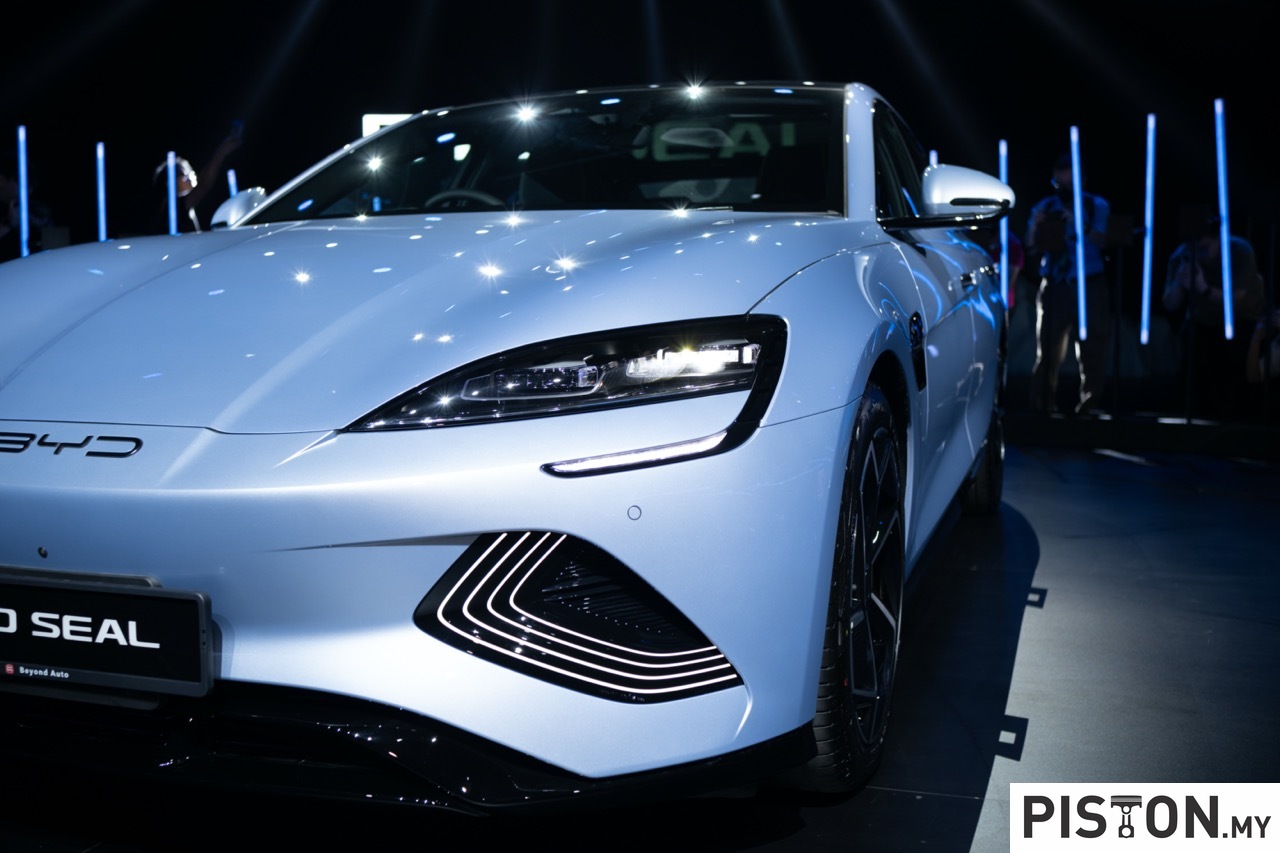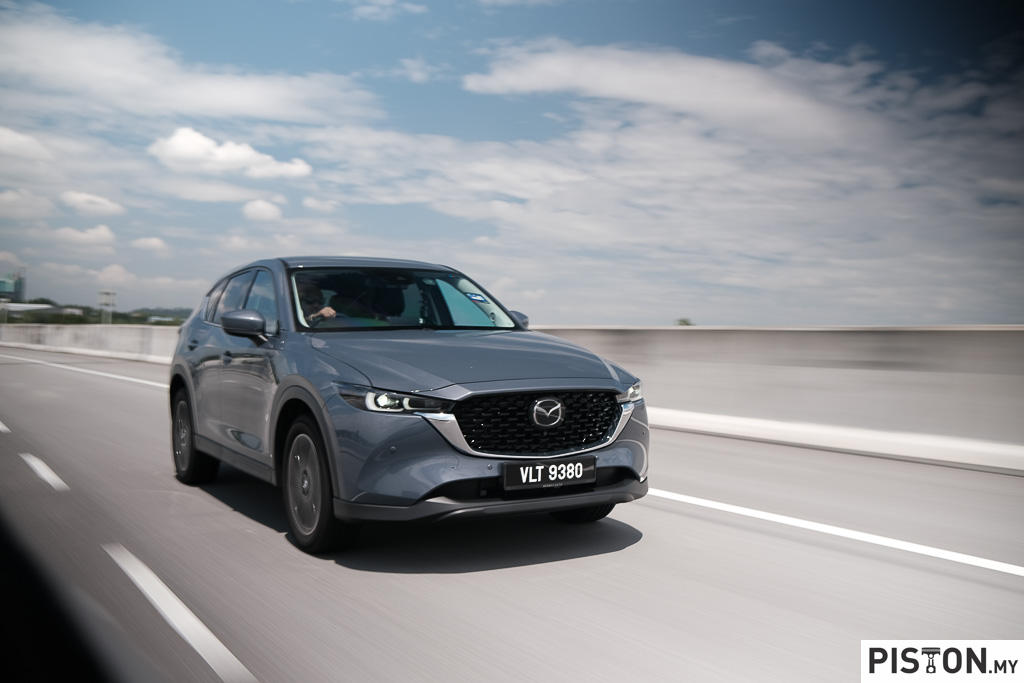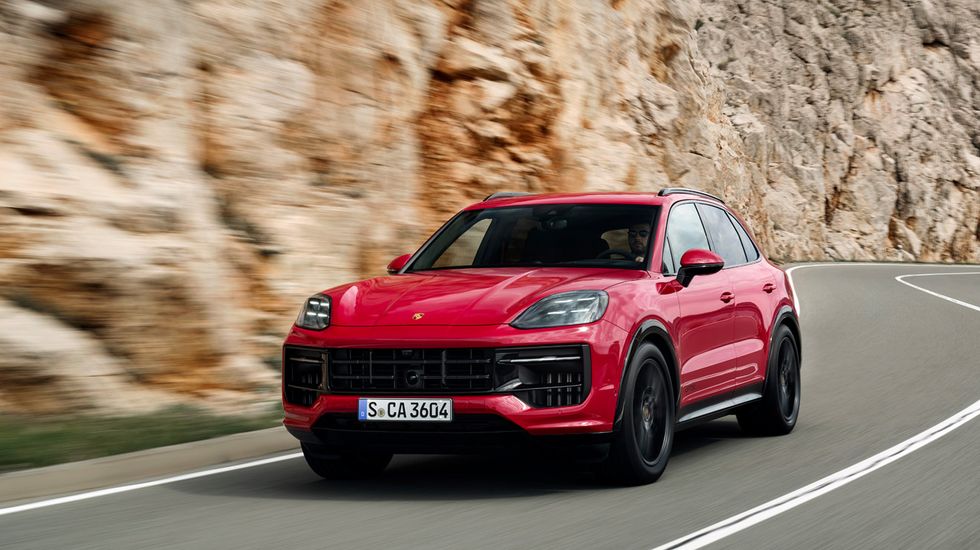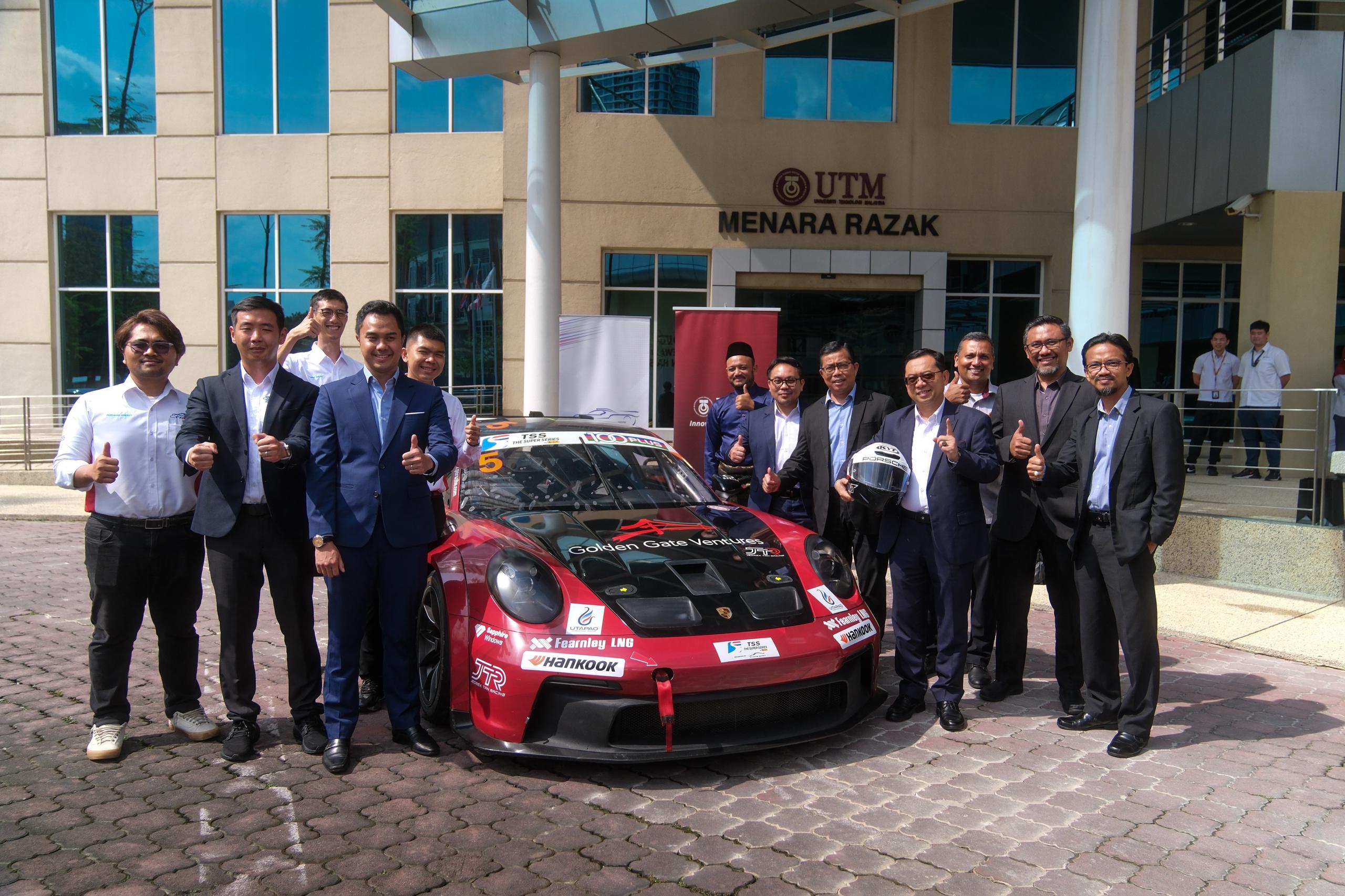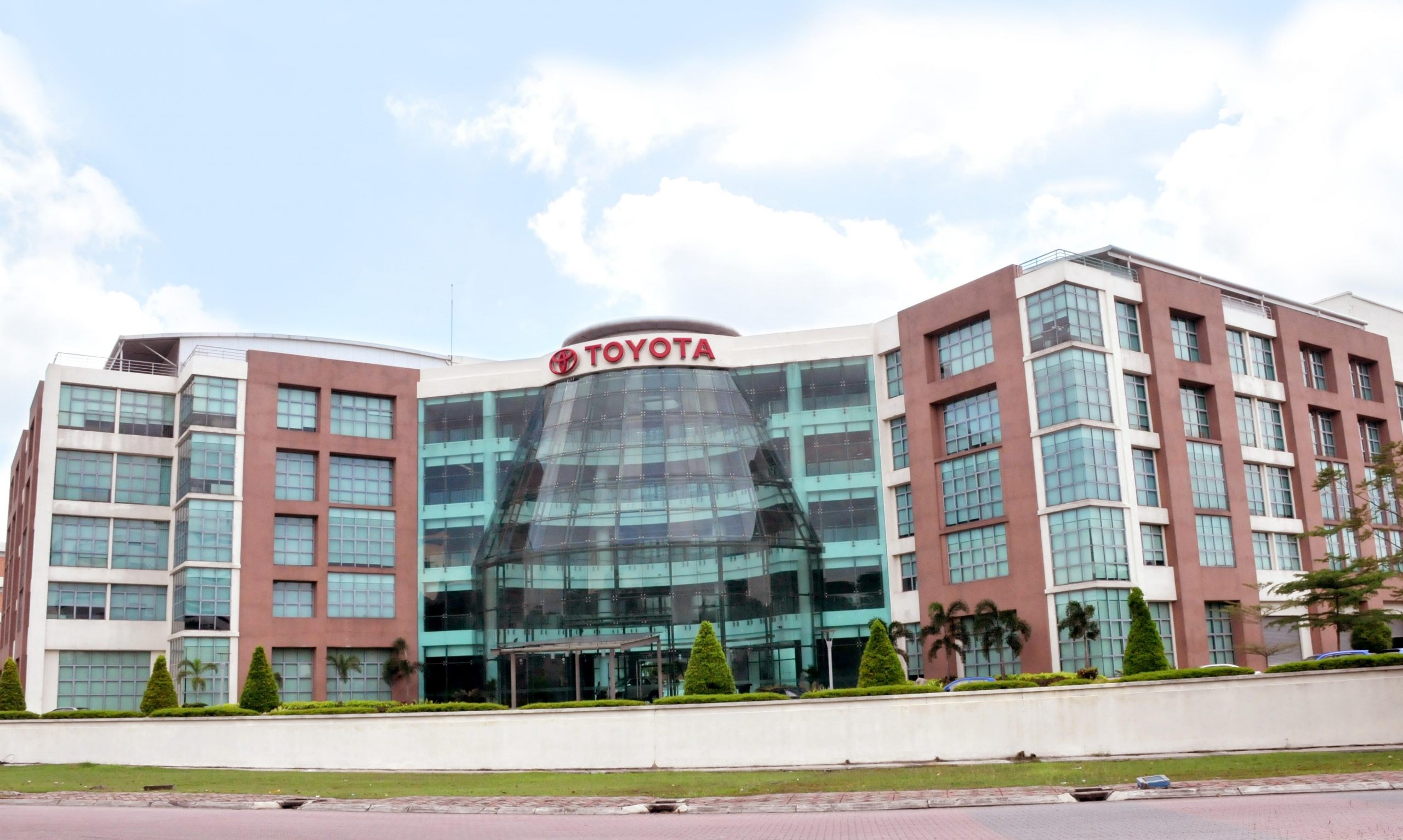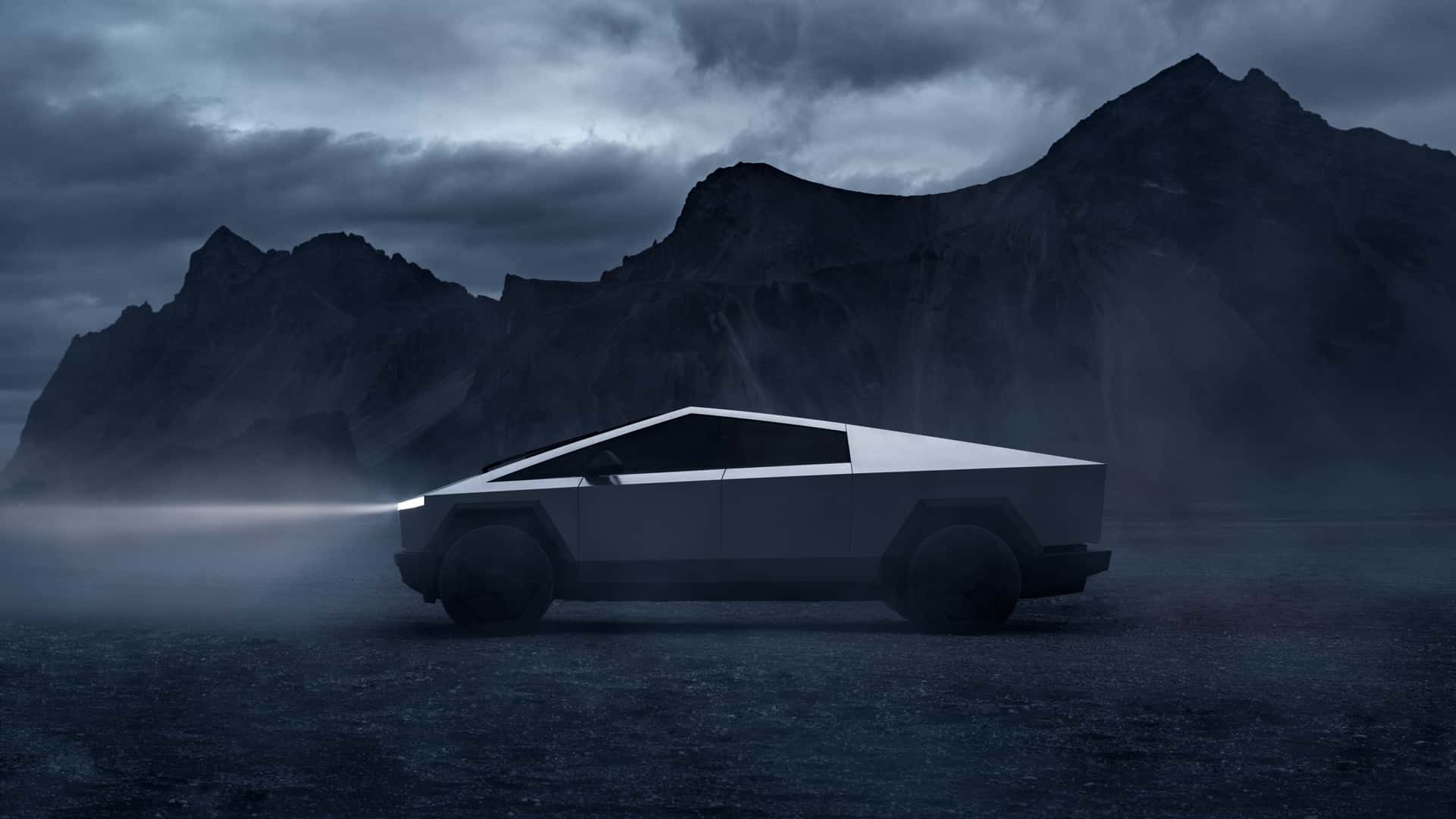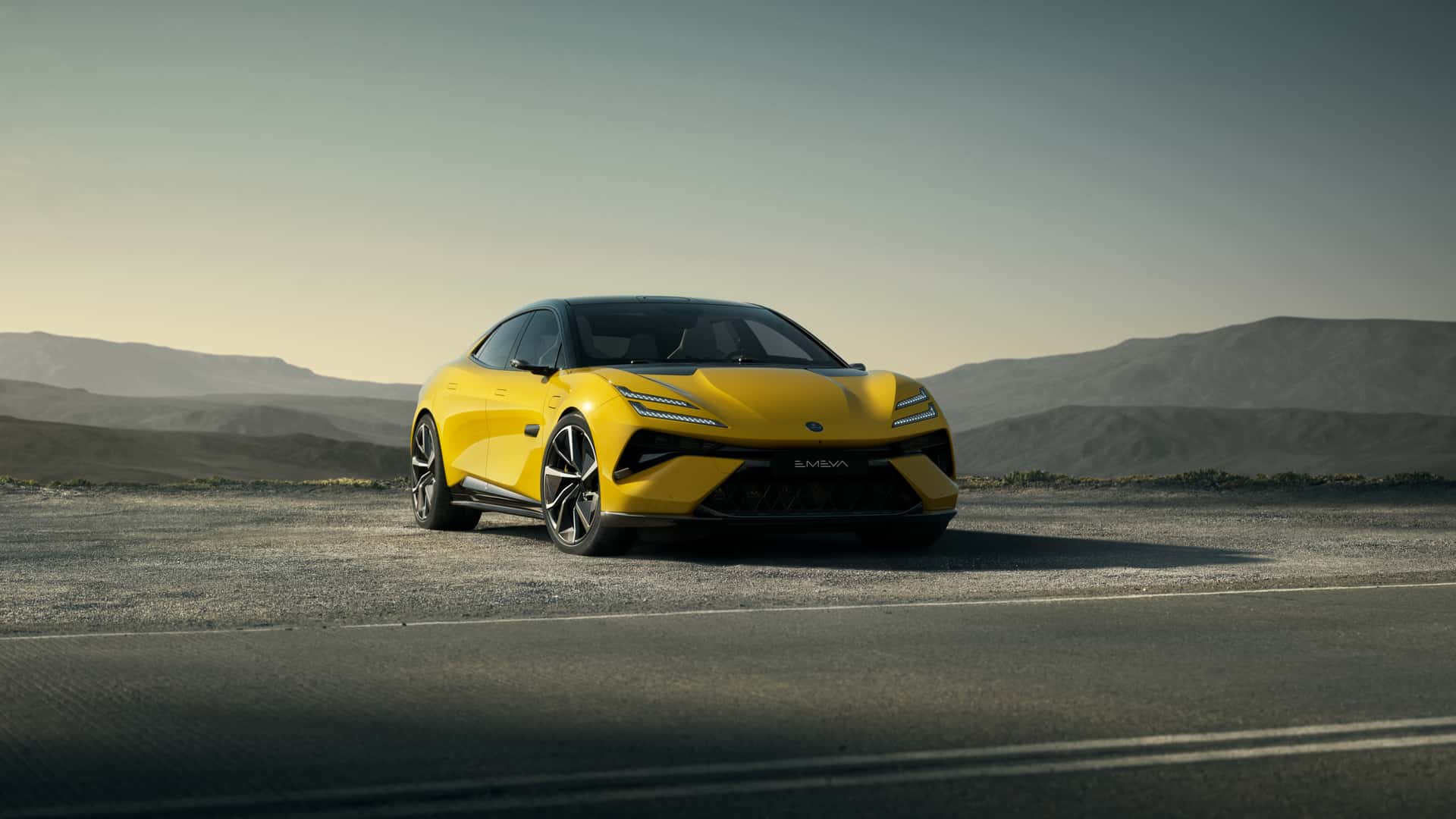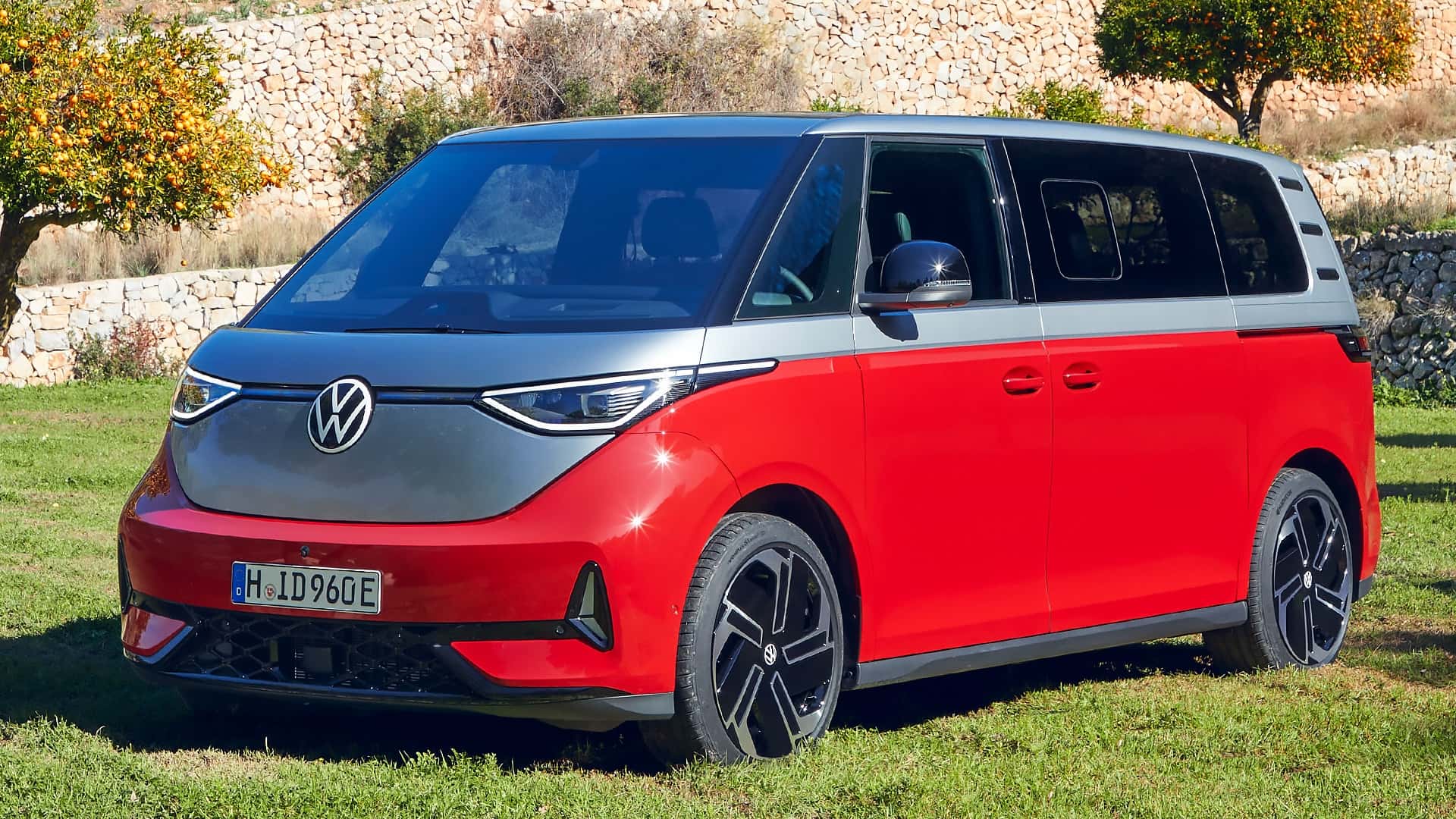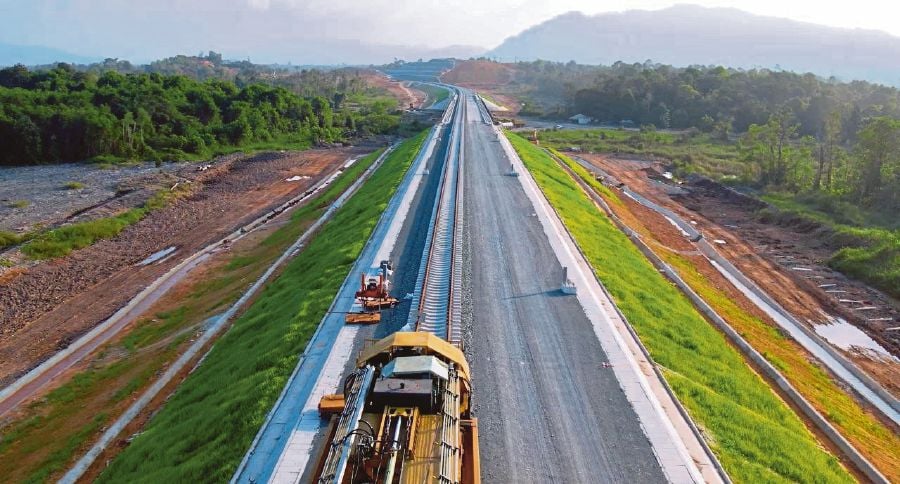Back in March of this year, Honda Malaysia announced that it was pulling the plug from its popular BRV model, to the dismay of some. But at the same time, it also announced that it was going to be introducing an array of new models in 2023, including a small SUV.
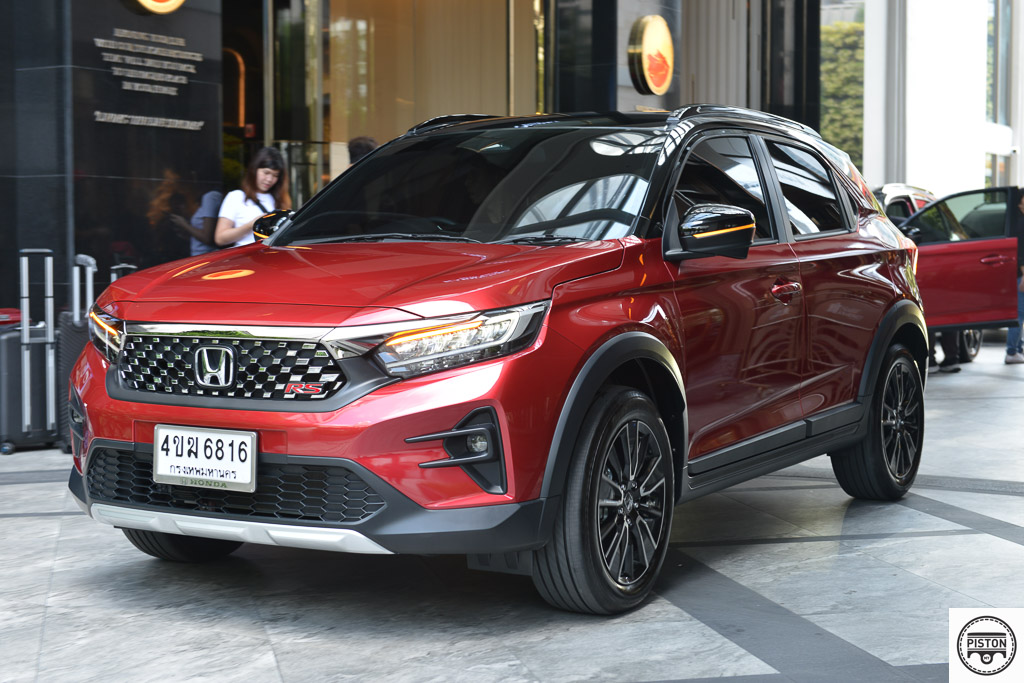
The company did not mention which model, but it was obvious that it was going to be the WRV, since it was already introduced for the Indonesian as well as the Thai markets. It was only a matter of time before it was introduced in Malaysia.
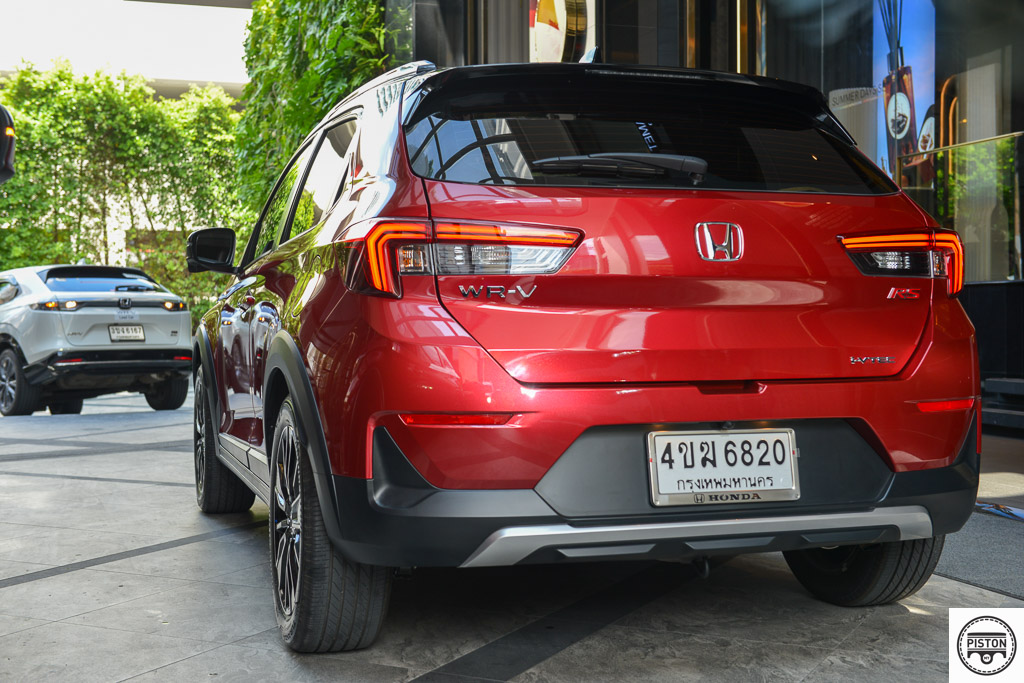
Besides, to date, Perodua’s Ativa is the sole contender in the small SUV segment. No other car maker, national or non, has a model for that segment. So why let Perodua have all the fun?
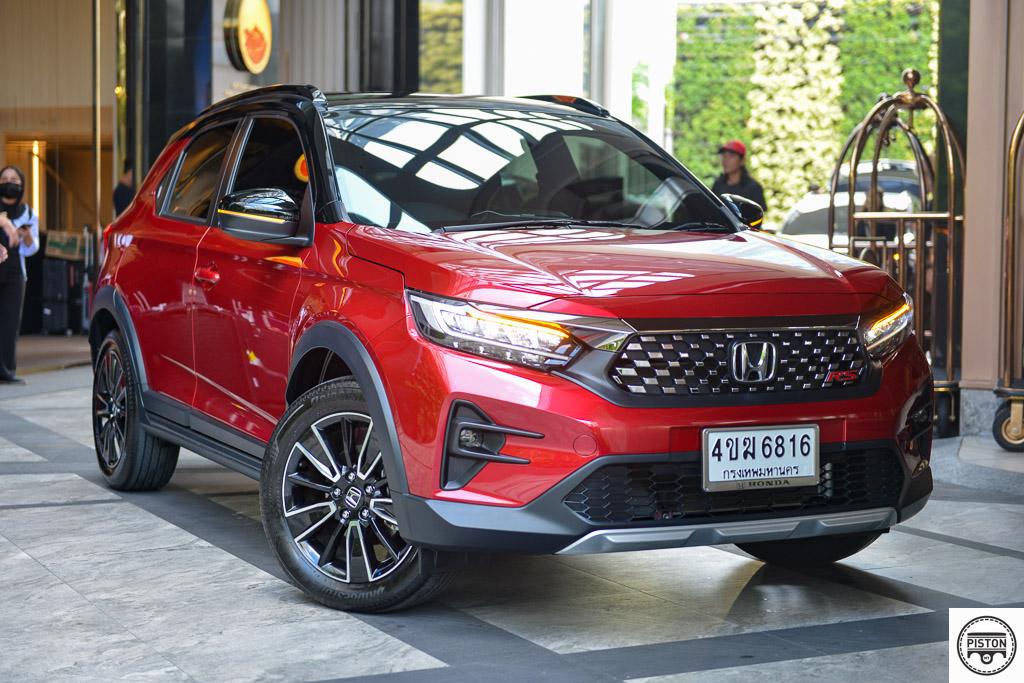

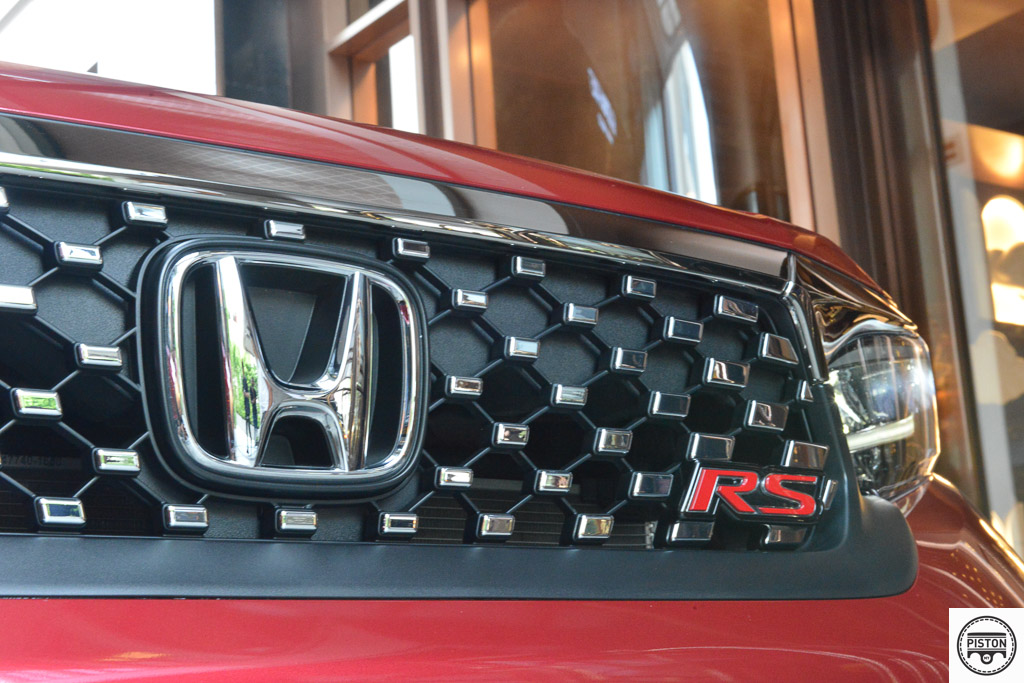
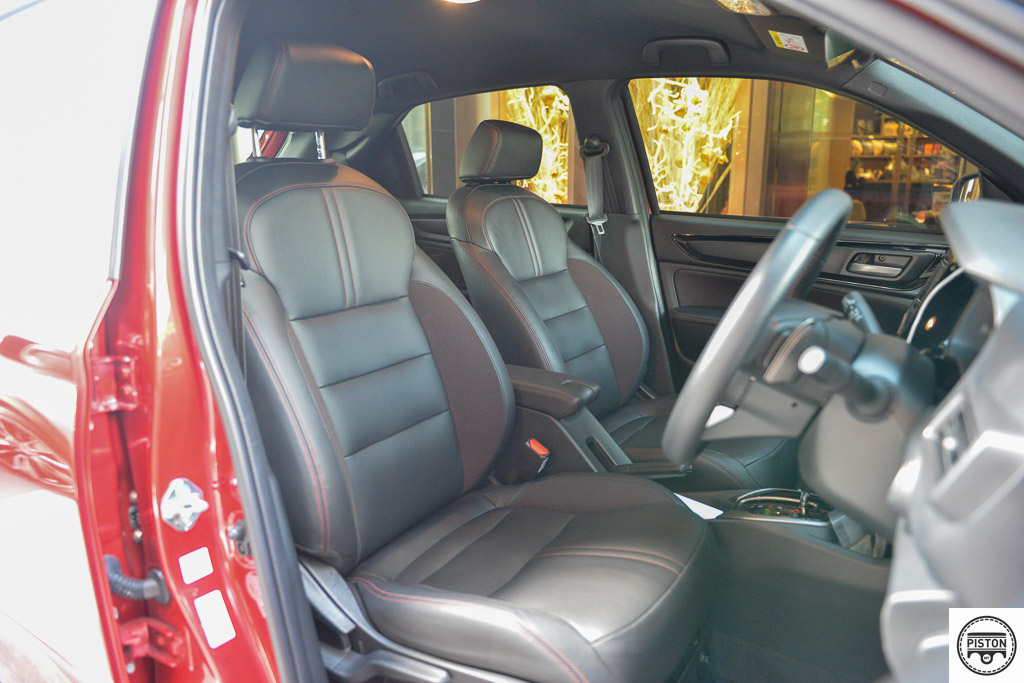
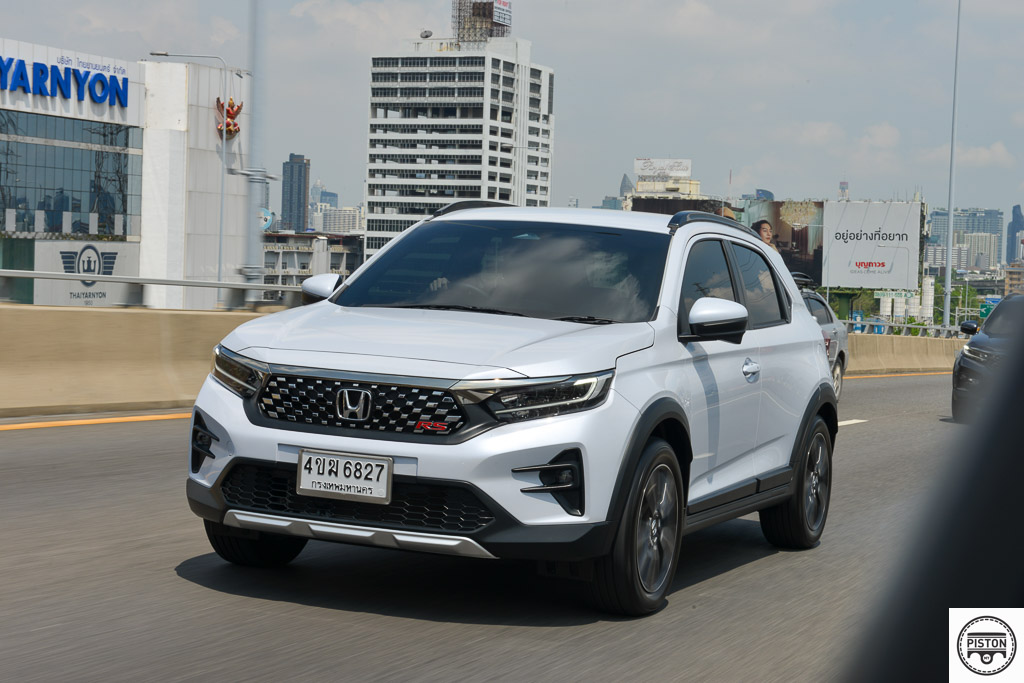
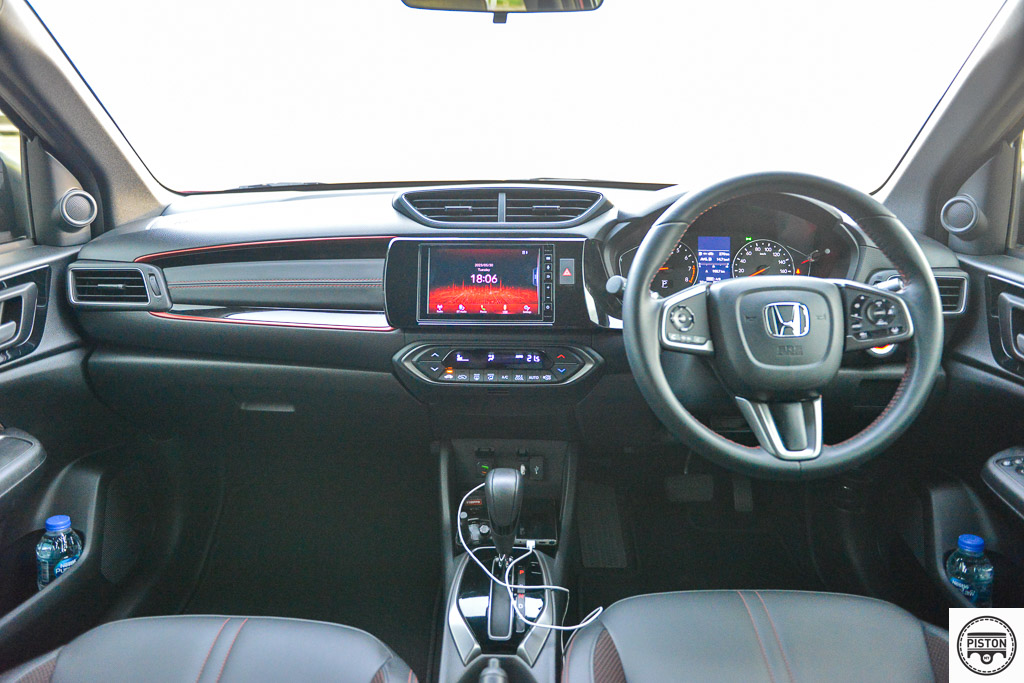

Honda has enjoyed fierce loyalty in Malaysia. There’s even a popular Malay term coined specifically for Honda fans, they’re called “Bangsa H”.
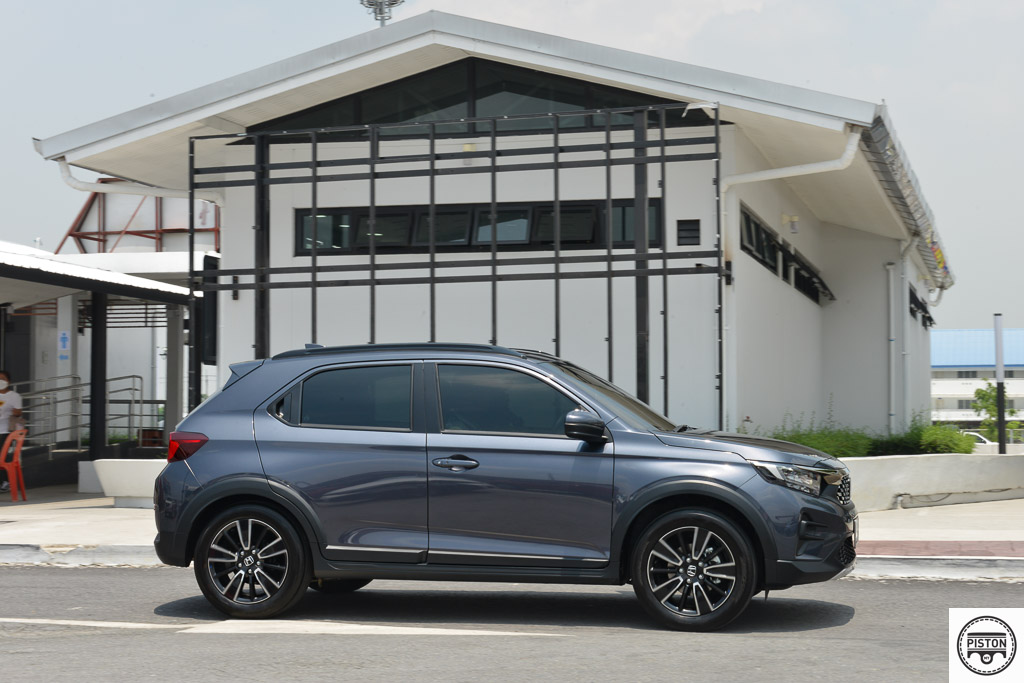
So, with that loyalty in mind, Honda is confident of nicking some sales off Perodua. And the WRV is well equipped to do so.
WRV stands for Winsome Runabout Vehicle, and it is the entry level model to Honda’s world of SUVs. As we found out during a recent first drive event, the name truly does match the character of the car.
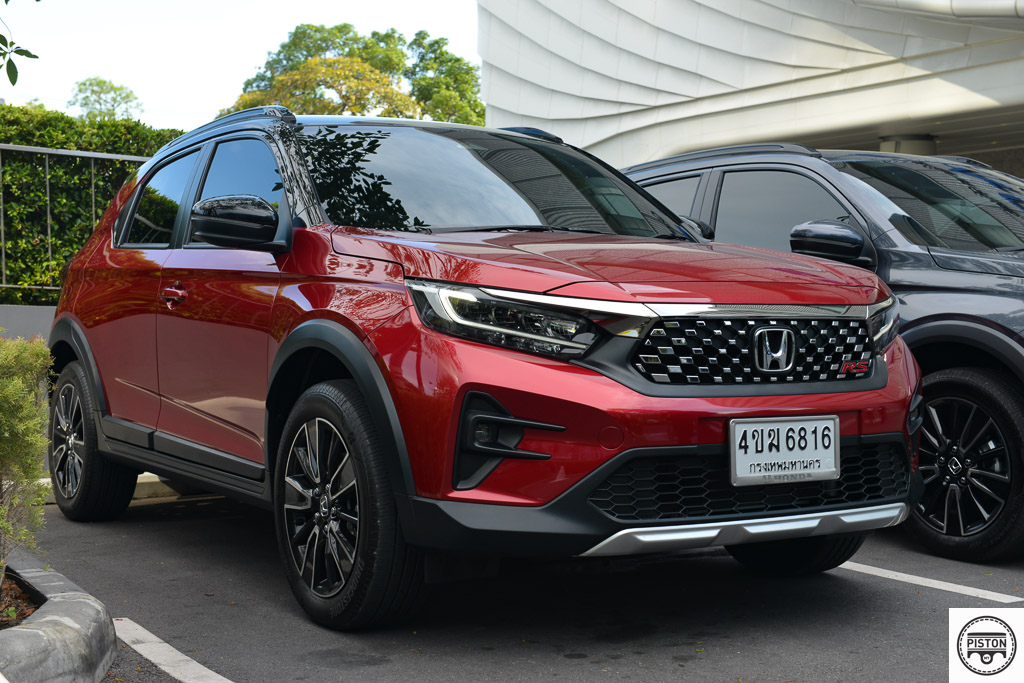
The first thing that you notice when you see the car is that it is not a very big car. In fact, it is slightly smaller albeit wider than the Perodua Ativa. As far as measurements go, the Ativa is longer than the WRV by 5mm, it is also 27mm taller, and has a wheelbase that is 40mm longer as well. But the WRV is 70mm wider, which translates to more shoulder room.
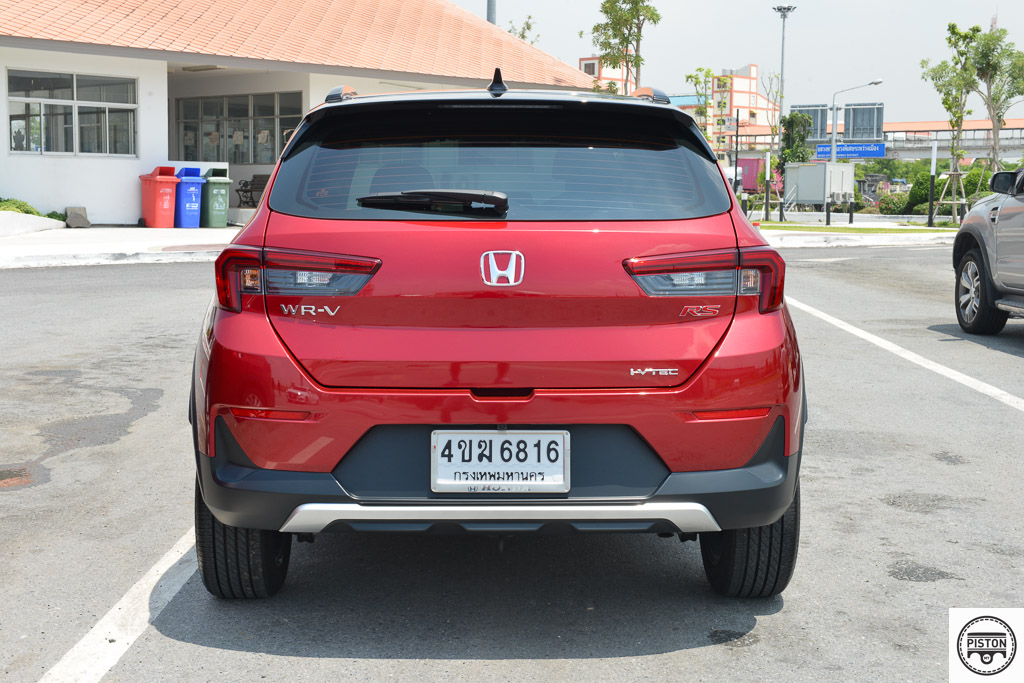
The numbers seem to suggest that the Ativa is the bigger car here, but that does not necessarily translate to more interior space. But that would be unfair to assume at this point without a wheel to wheel comparison, so that is a bridge we will cross later.
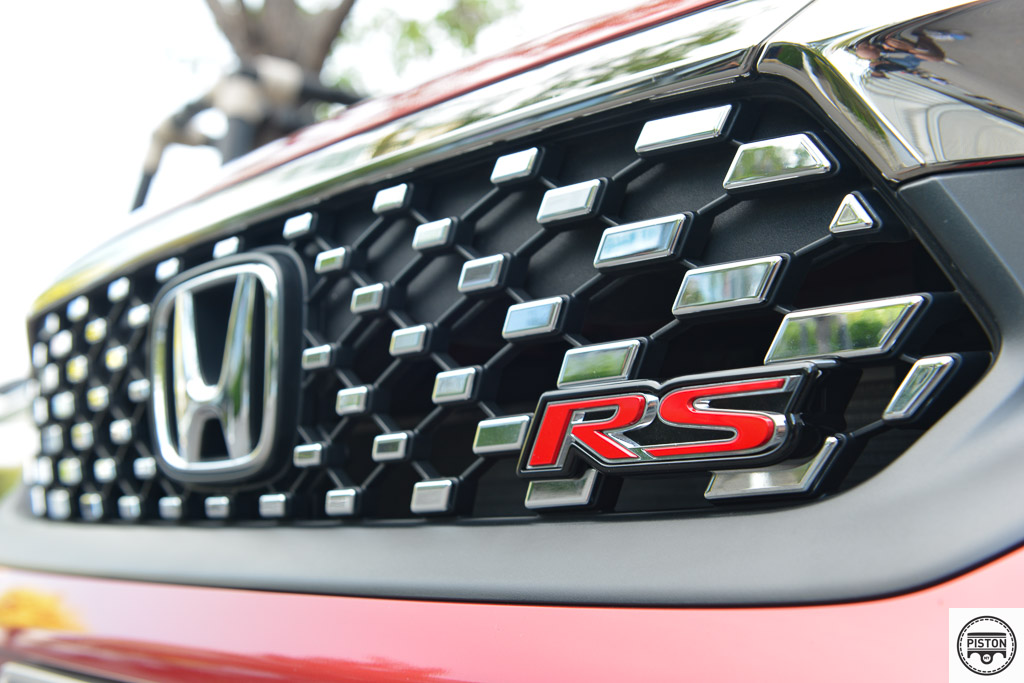
The WRV may be the smallest SUV in Honda’s stable, but it looks quite different from the likes of the HRV and CRV. It has its own design language but there are some similarities such as the grille and the positioning of the rear door handle which is similar to the HRV’s. Just like the latter, the rear door handle is positioned on the upper door frame rather than on the door panel.
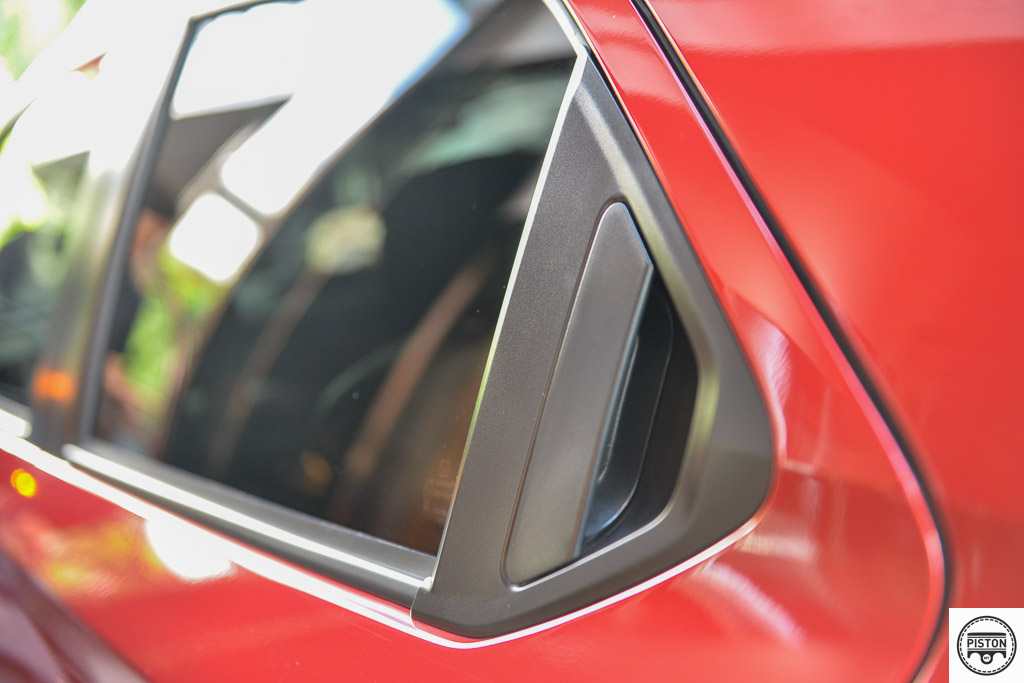
We only drove the RS version which came with the chrome grille, 17 inch wheels and a dual tone paint job, though that is only available if you opt for the red colour, which Honda calls the Ignite Red. However, having said that, it is important to note that the WRVs we drove were Thai spec cars. Since the WRV has not yet been launched in Malaysia, it remains to be seen if it will share the same specifications as the Thai model.

Inside, the WRV offers a practical and safe interior. It is not particularly spacious if you’re on the taller edge of the height spectrum. But some of the vertically challenged writers found the interior to be just fine. This writer’s six-foot frame though would have liked more legroom when behind the wheel. However, space was just fine in the front passenger seat, and the back seat space was decent and comfortable too, as we found out during a three-hour drive.
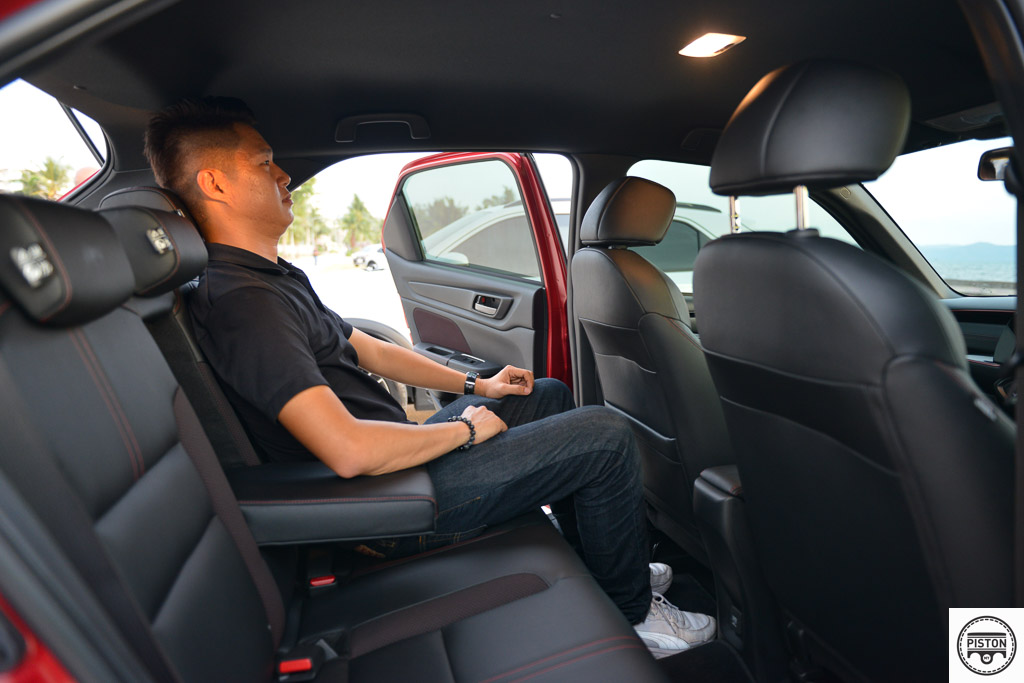
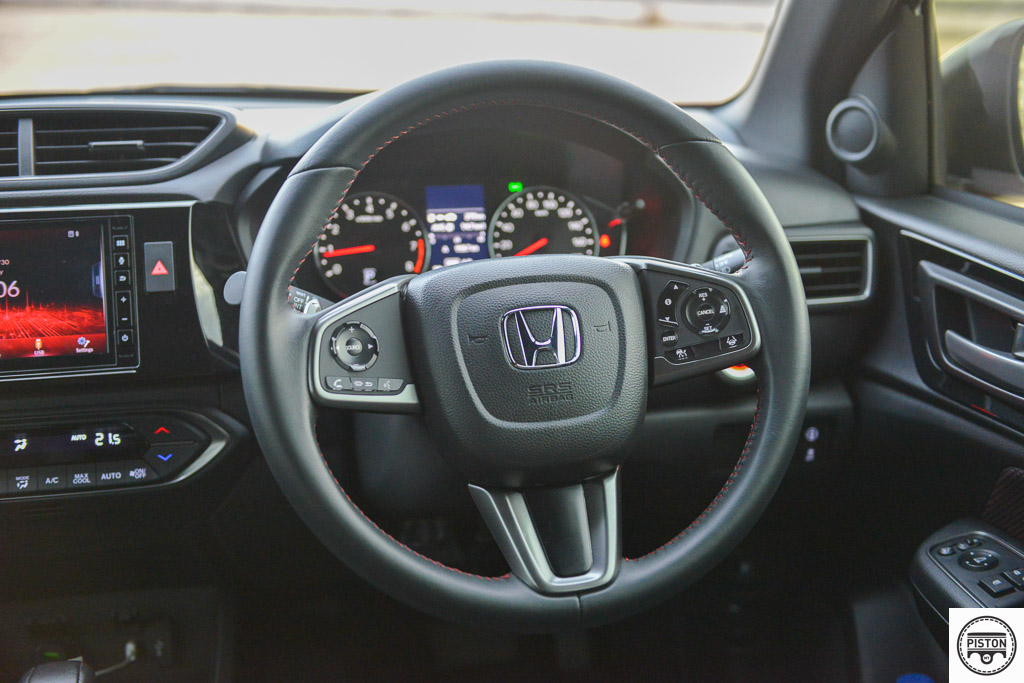
We also found the interior to be well thought out and put together. There’s faux leather on the passenger side of the dashboard while the door panels are made up of regular hard plastics. The seats of the RS variant are wrapped in a combination of synthetic leather and fabric and there’s a generous use of red stitching all over the interior, a feature that is exclusively reserved for all Honda RS models.
On the topic of seats, we do think that the seats could be a little wider at the shoulders, but understandably, that would have meant sacrificing interior space.

Booth space measures in at 380 litres, which is decent and more than enough for four medium sized travel bags or a stroller and some bags for a weekend’s getaway. The WRV does not come with Honda’s super practical Ultra seats, at least not in the Thai spec model. However, the seats can be split 60:40 for added convenience.
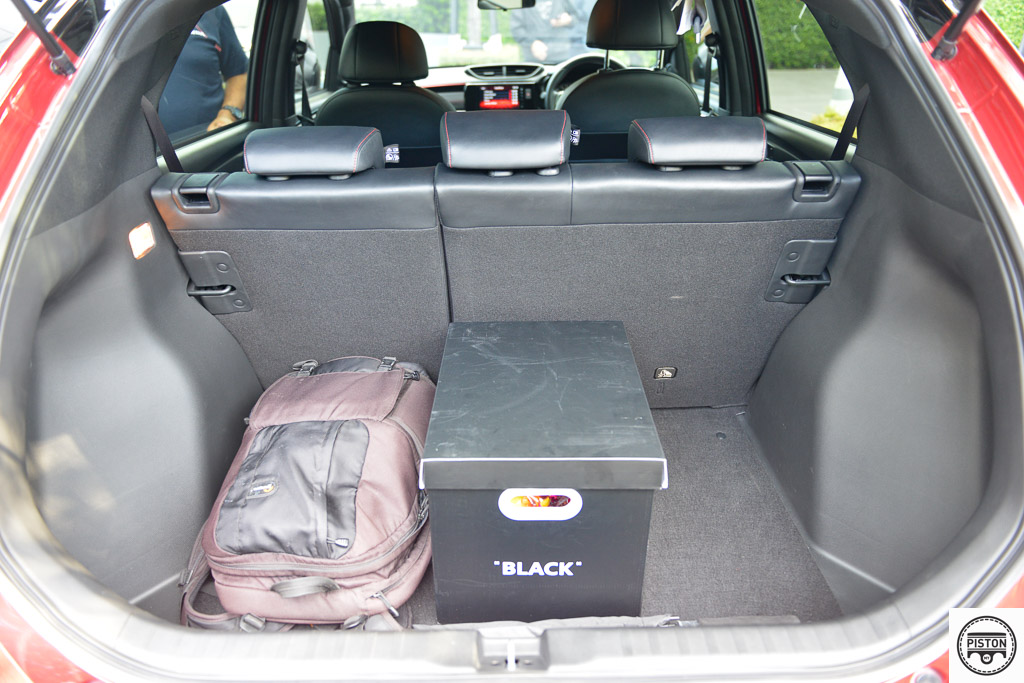
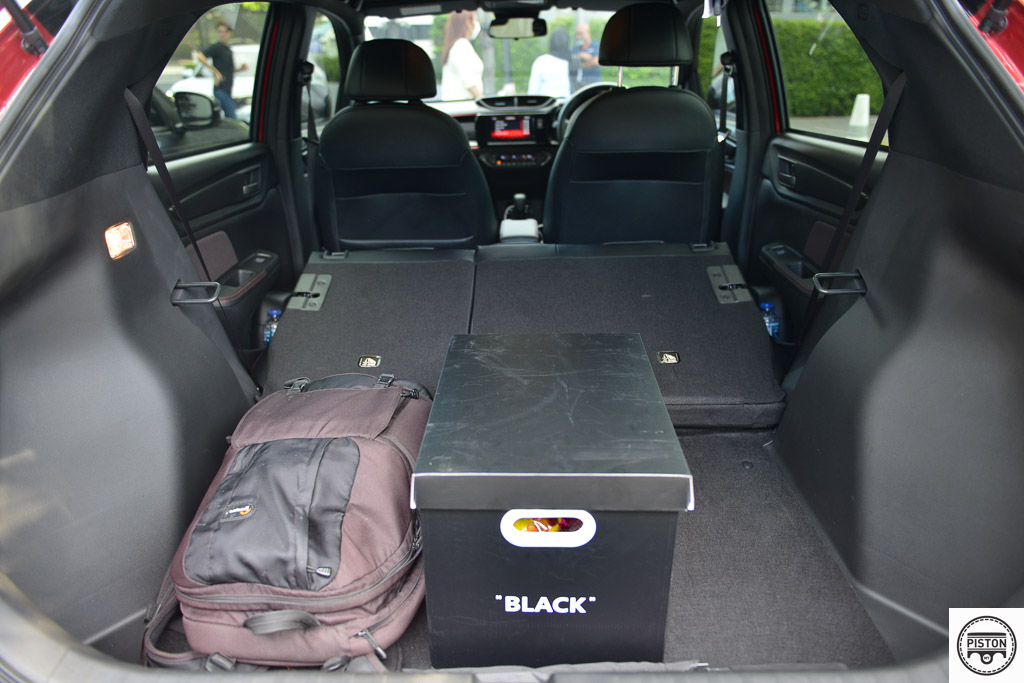
On the features front, the WRV offers a seven-inch touchscreen infotainment system with Apple CarPlay and Android Auto. There are twin Type A USB ports up front but none at the back. Back seat passengers will have to make do with a regular 12-volt auxiliary power unit. There is also another auxiliary power unit up front which can be used to power dash cams and such.
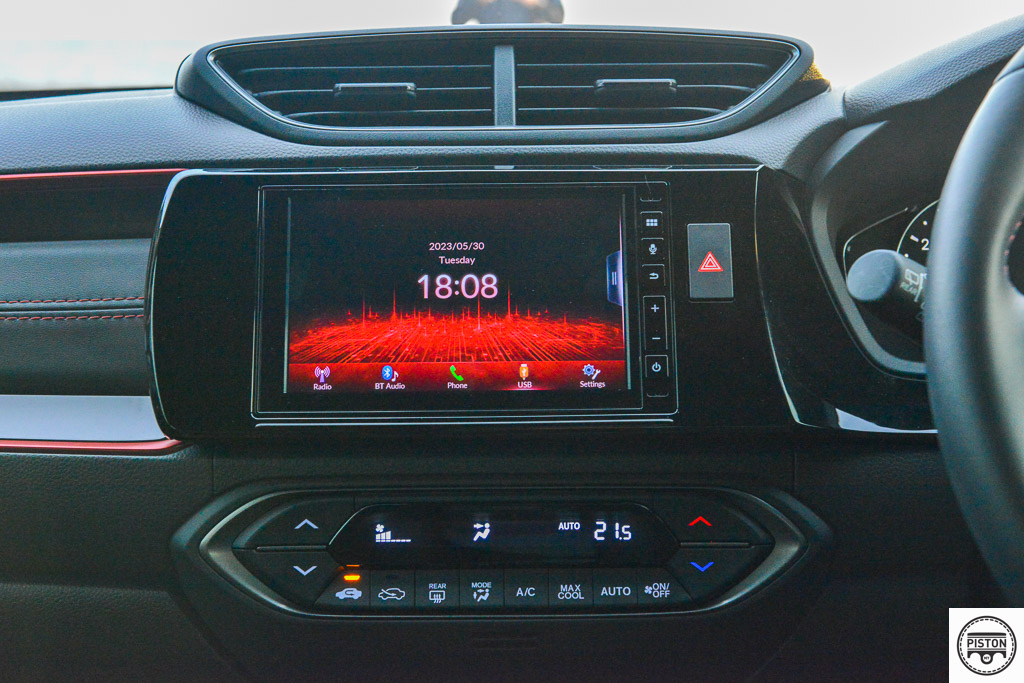
The meter panel is an analogue unit which flank a 4.2-inch TFT screen that provides all the usual data such as the fuel gauge, fuel consumption figures and trip computer.
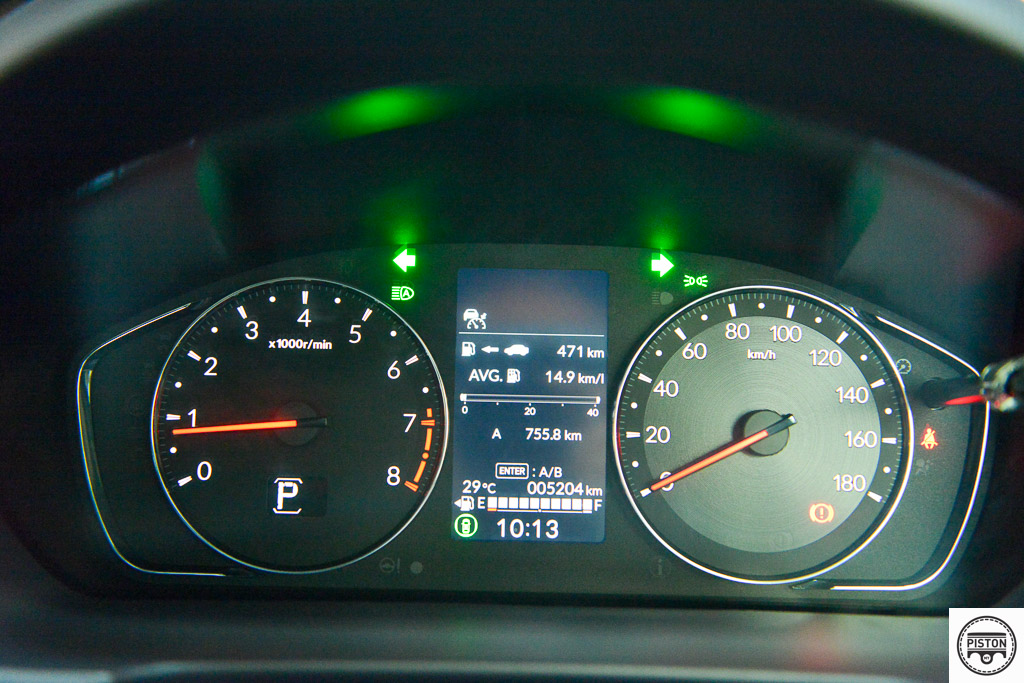
Besides CarPlay and Android Auto, the entertainment system consists of six speakers placed all around the cabin. But that’s only for RS models, non-RS models only have four speakers.
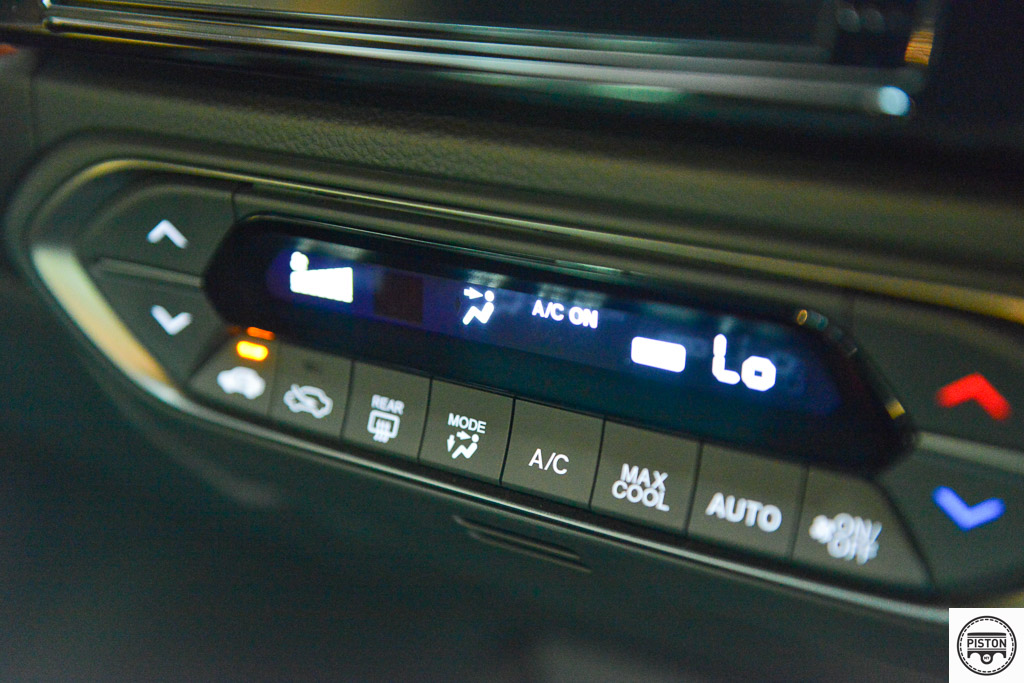
And in usual Honda fashion, the RS model comes packed with driving features designed for safety and practicality. It comes with the Honda Lane Watch system and the Honda Sensing safety suite that includes tech like Lane Keep Assist, Road Departure Mitigation system with Lane Departure Warning, Auto High Beam, Adaptive Cruise Control (ACC) and our personal favourite besides ACC – Lead Car Departure Notification System.
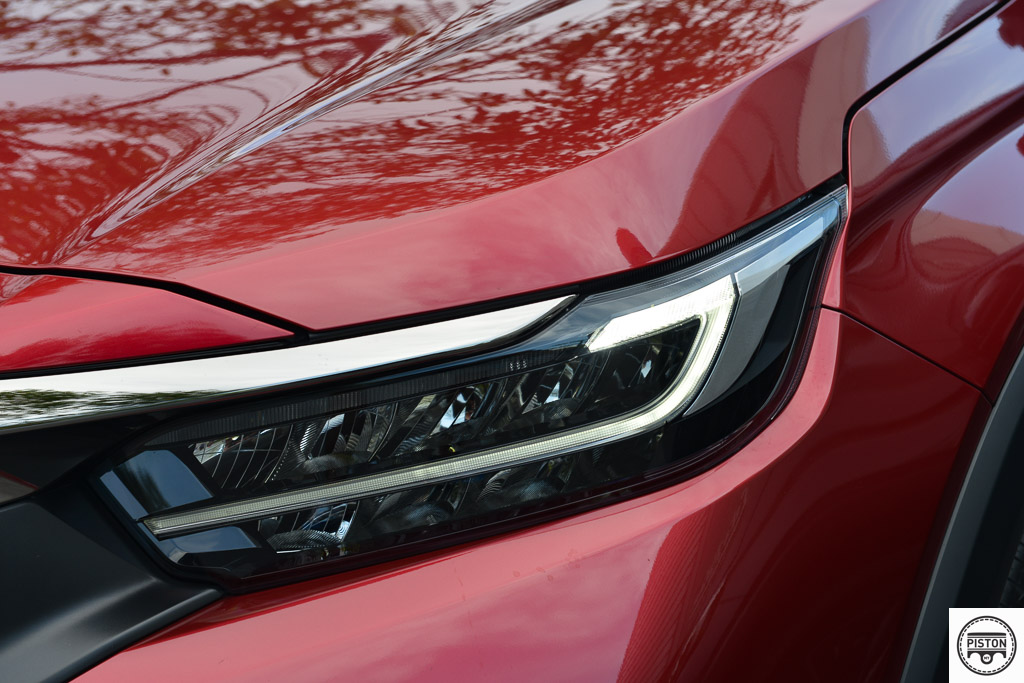
As for passive safety, the WRV gets six airbags, ABS with Electronic Brakeforce Distribution, Vehicle Stability Assist, auto door lock and ISOFIX anchors, among others.
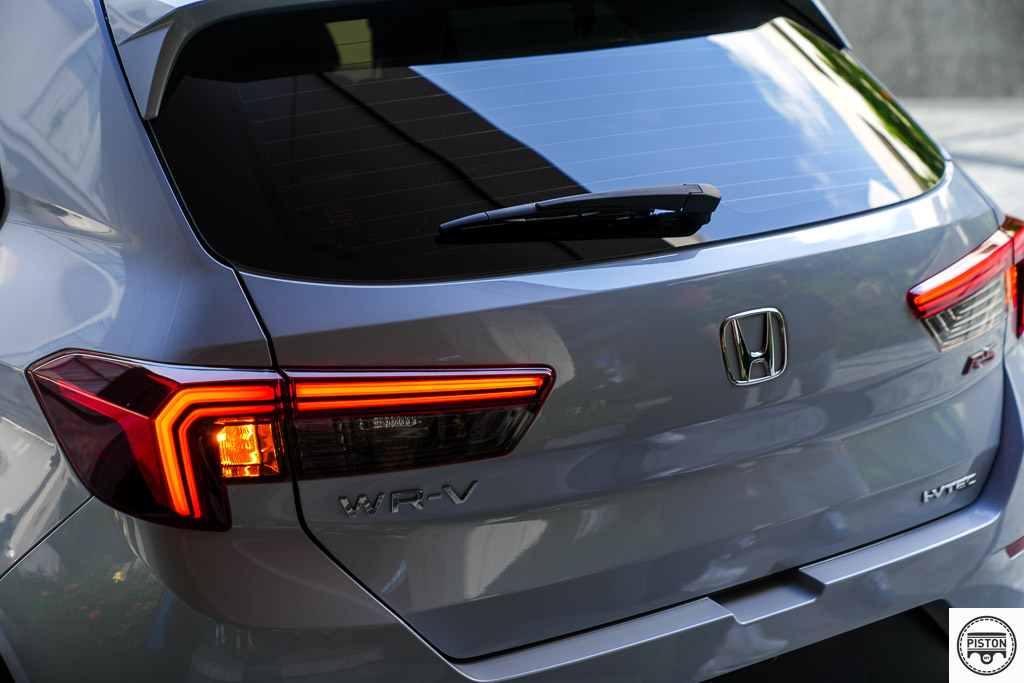
On the move, the WRV offers a drama free driving experience. It has a five meter turning radius which makes it easy to maneuver in tight parking lots or during u-turns. Its 220mm ground clearance makes it perfectly adapted to handling potholes and minor floods. And for those who like a quiet interior, we found the interior to be quite serene except at speeds above 140km/h.
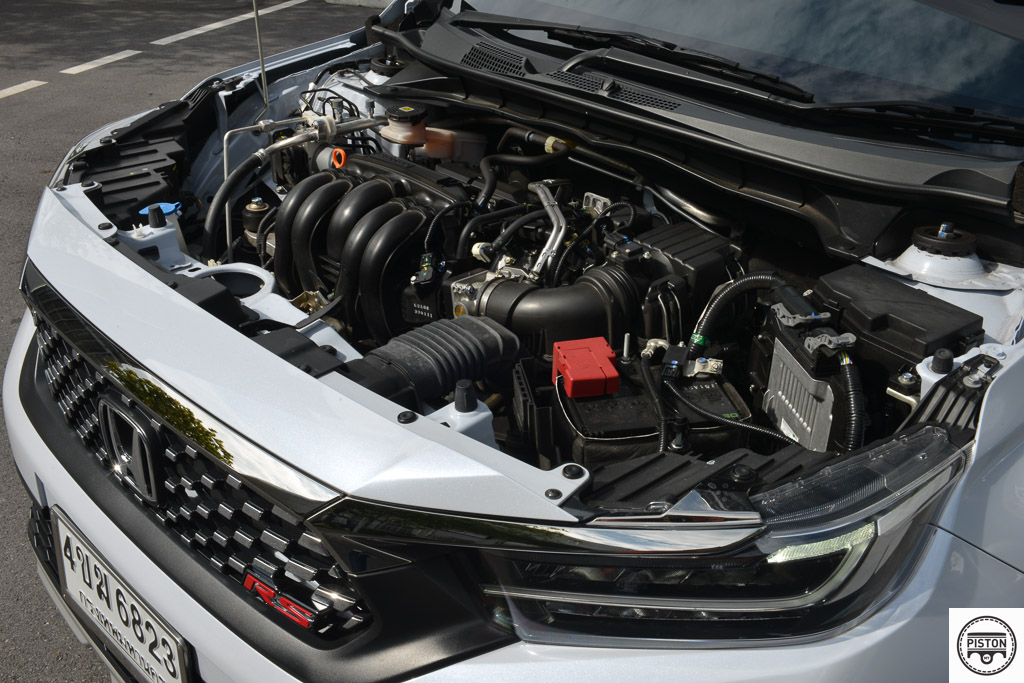
However, we did find the CVT gearbox to be quite noisy during acceleration. Power is provided by the same engine that is in the Honda City – a 1.5-litre naturally-aspirated unit making 121PS and 145Nm of torque. In terms of power, the WRV isn’t exactly all that powerful but it is definitely better than the 98PS and 140Nm of the Ativa.
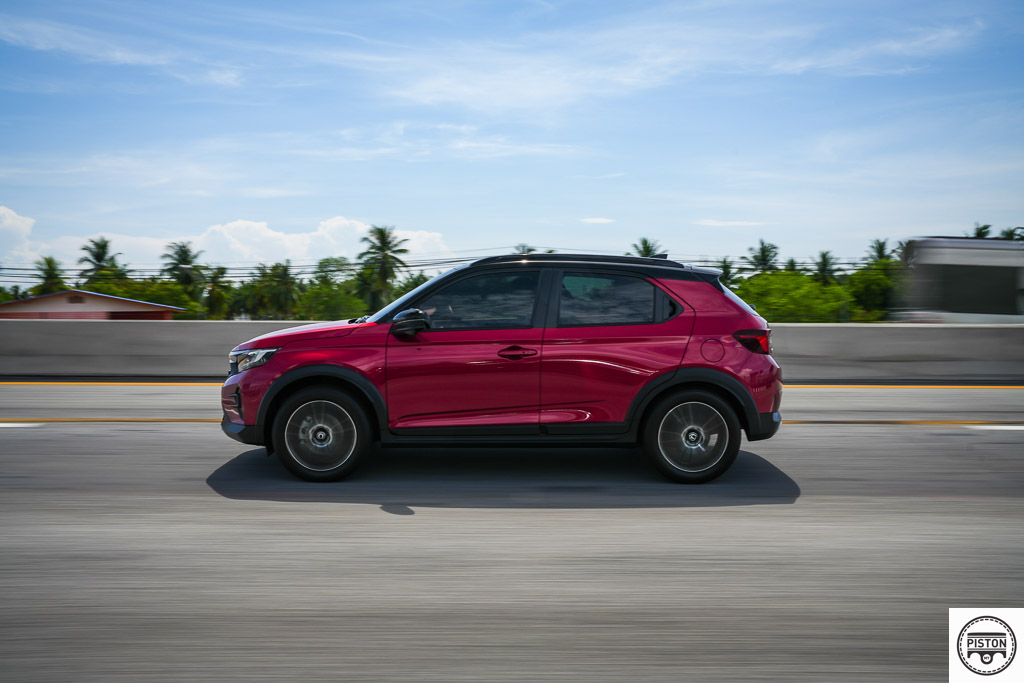
But the one area where the Ativa excels at is efficiency. Even though it has a smallish 35 litre fuel tank, but it is capable of an impressive 14.6km per litre. That gives it a theoretical range of about 510km, which is impressive in any book.
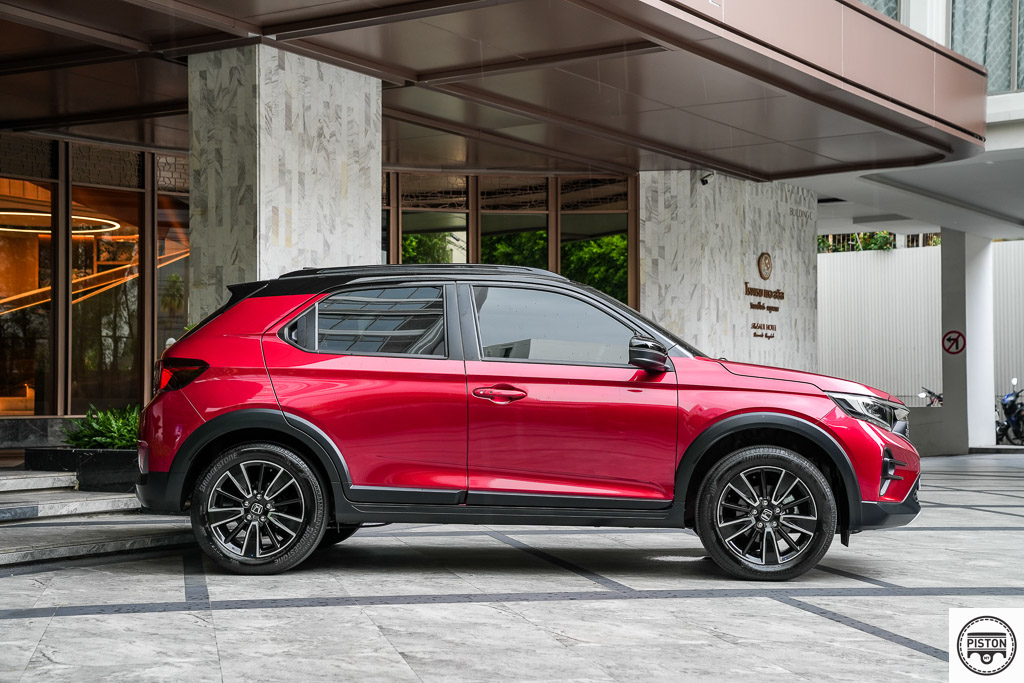
And finally, the pricing. Honda Malaysia is already accepting orders the WRV, but it has not officially announced the price. But the Malaysian automotive media are estimating a price that starts at about RM78,000 for the base model and about RM98,000 for the top of the line RS variant.
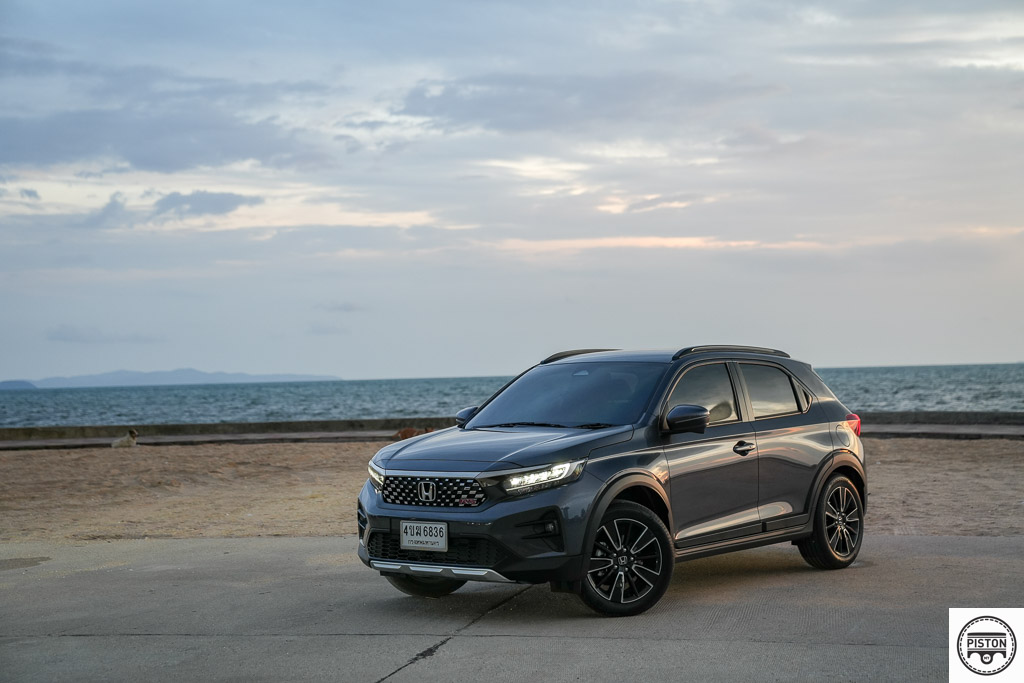
Considering that the Ativa is priced at RM72,000 for the top spec model, it is unlikely that Honda Malaysia would be able to get anywhere close to that price. So we are guessing that a price that starts from RM88,000 for the entry level and about RM105,000 for the top spec.
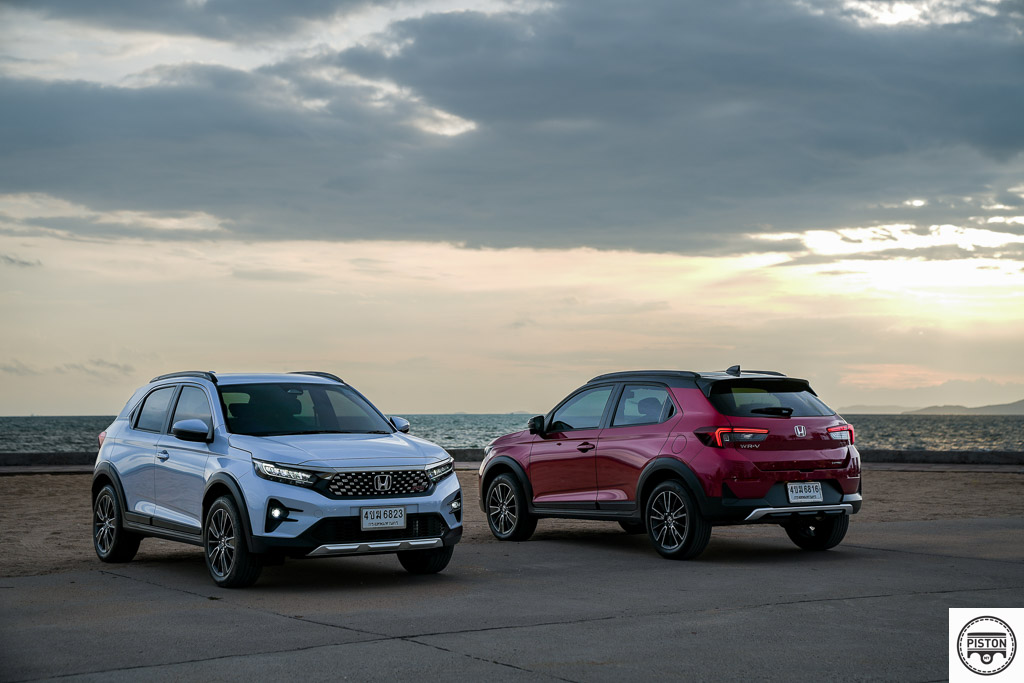
We have little doubt that the Honda WRV will be a success for Honda Malaysia, it offers a level of practicality that makes it perfectly suited for city life and perhaps even long distance journeys such as during the Balik Kampung drives. Now all that remains to be seen though is the price, get that right and Honda Malaysia has a definite winner that will keep them busy for a while.
If you’re interested in viewing the Honda WRV, Honda Malaysia is organising a nationwide roadshow where the WRV will be available for anyone to get up close with. Below is the schedule.
